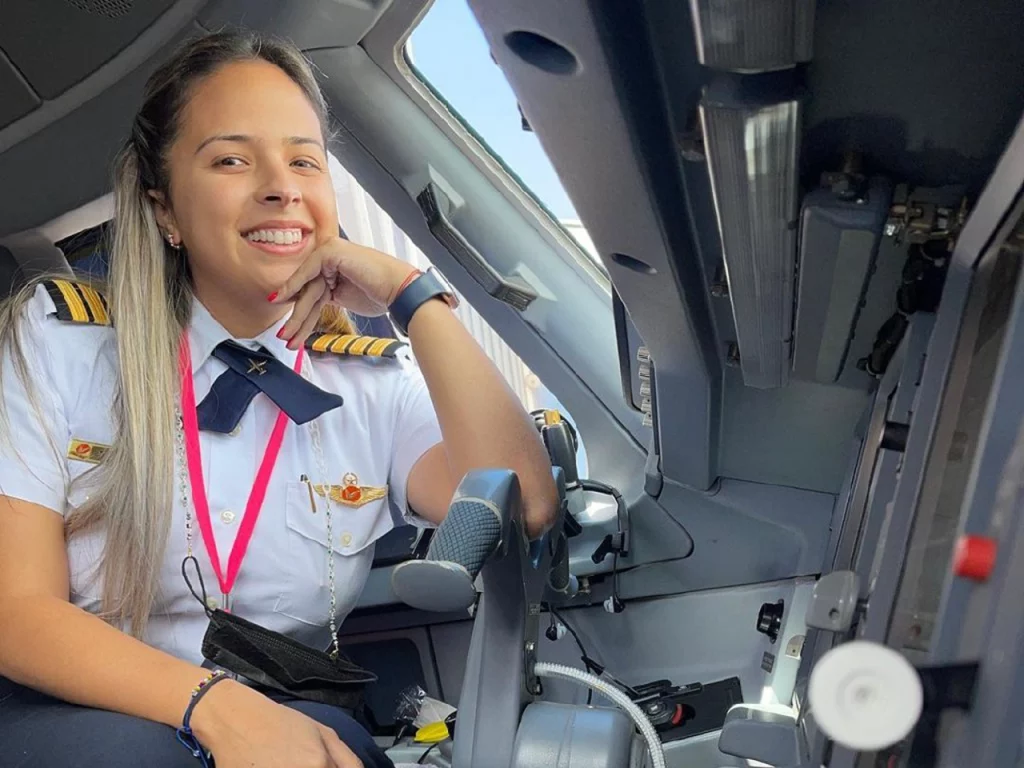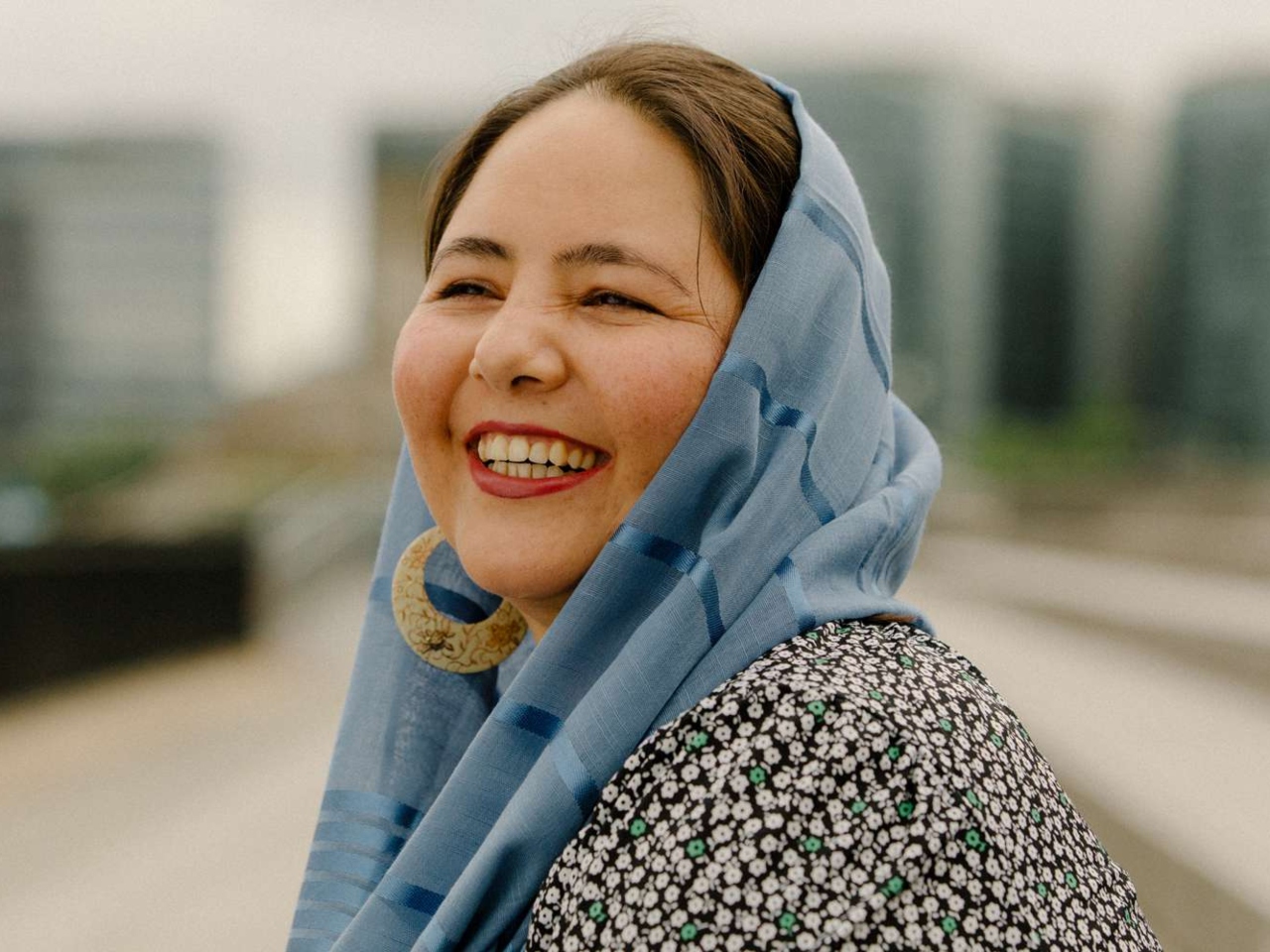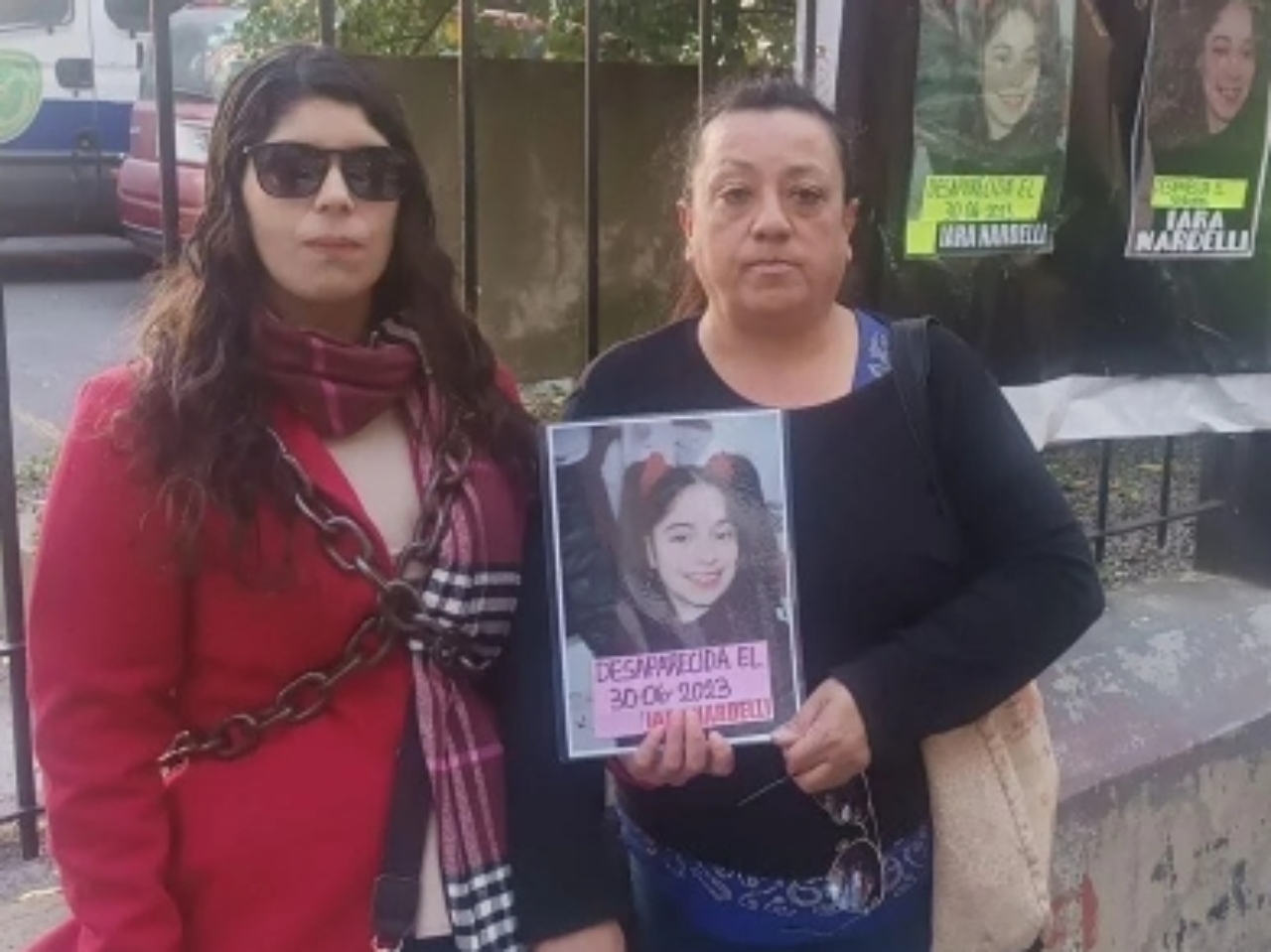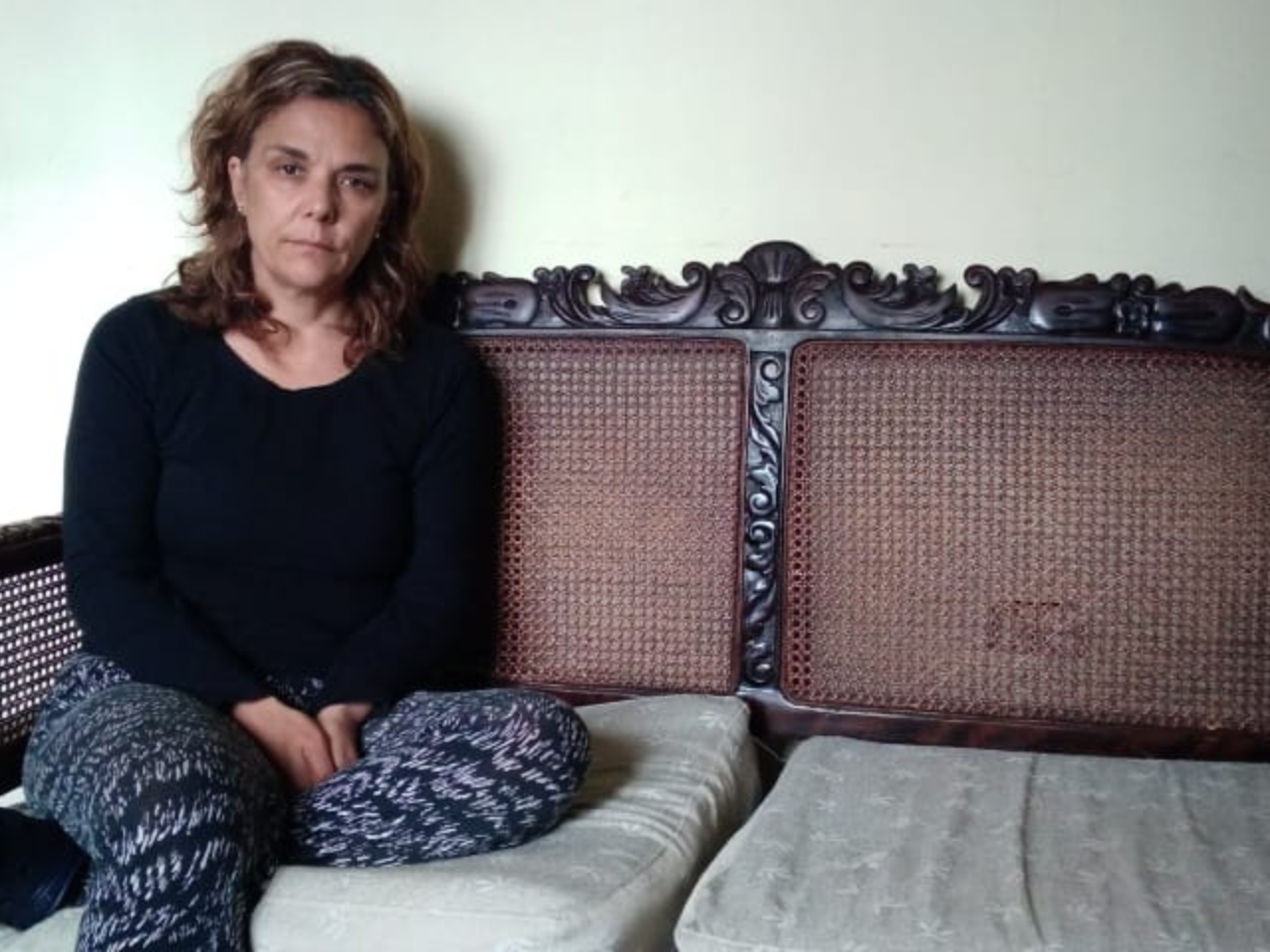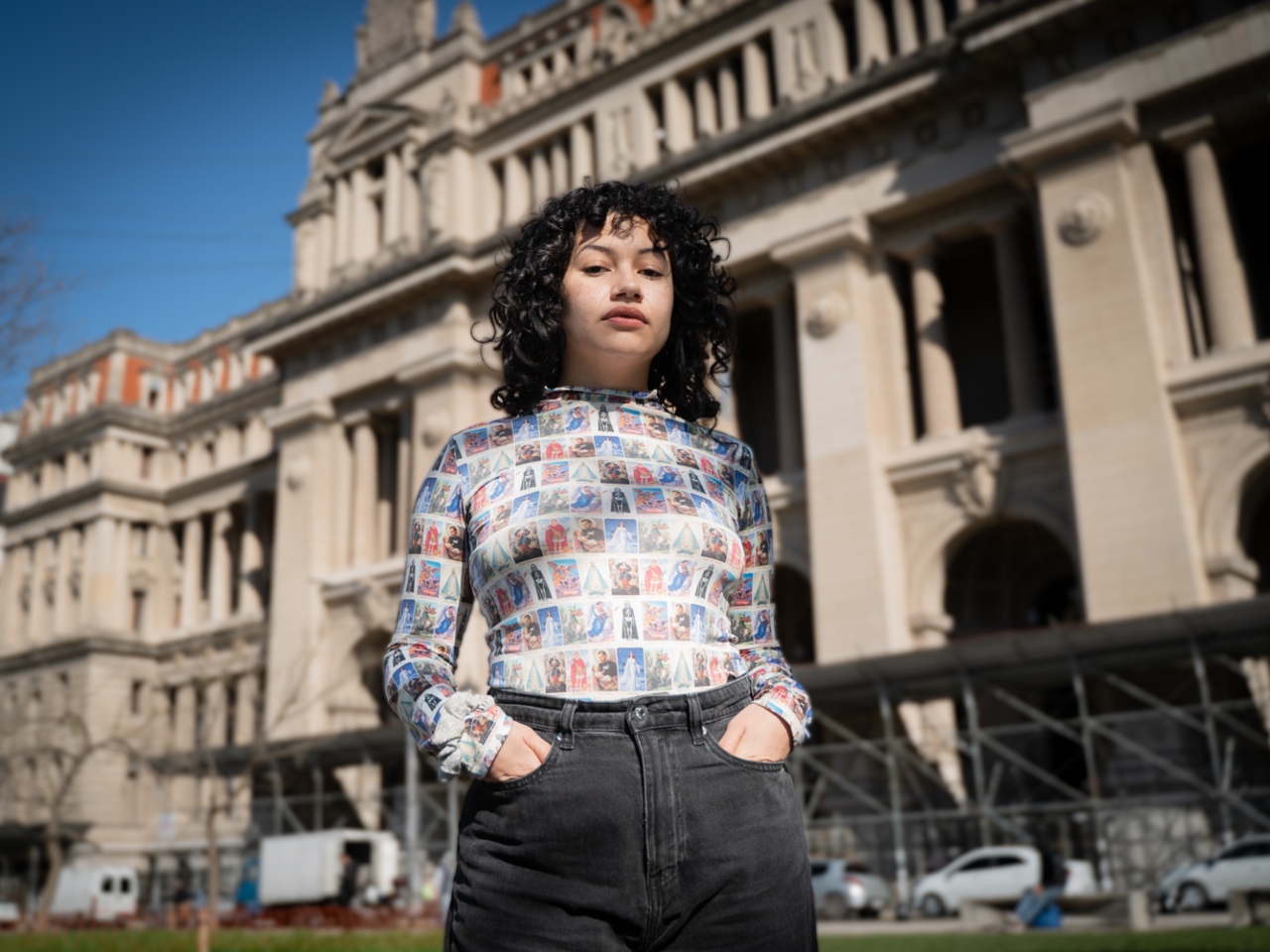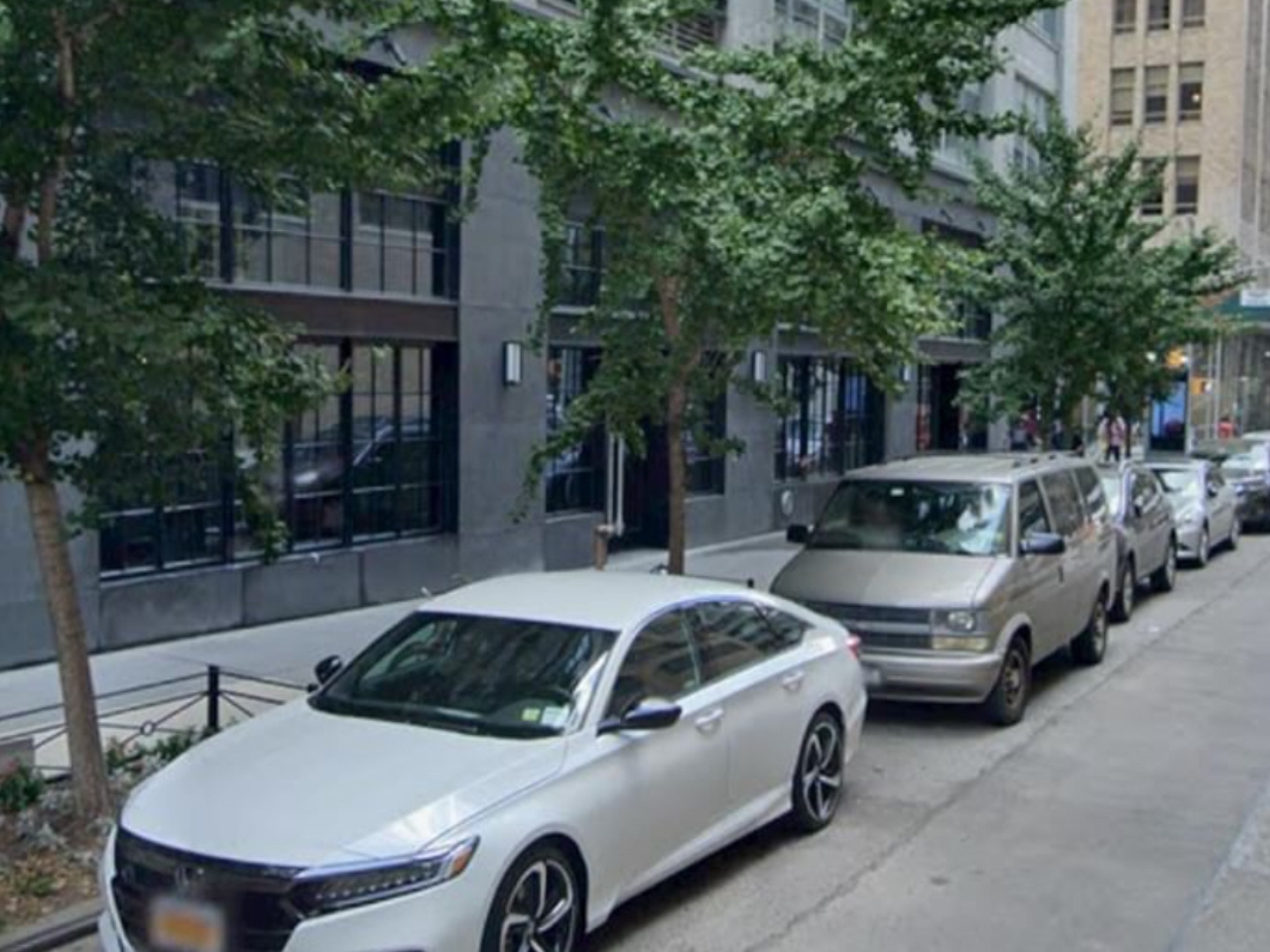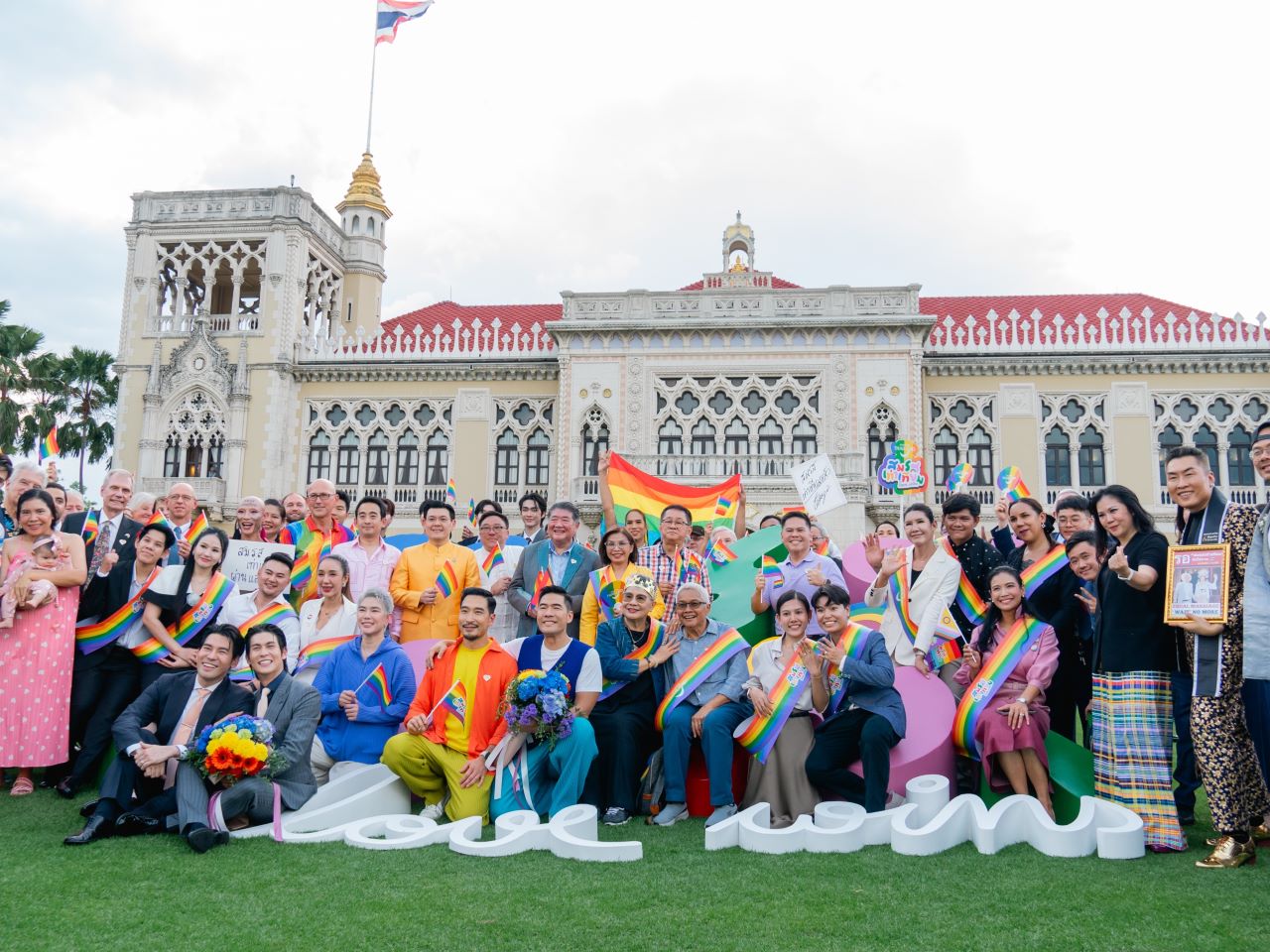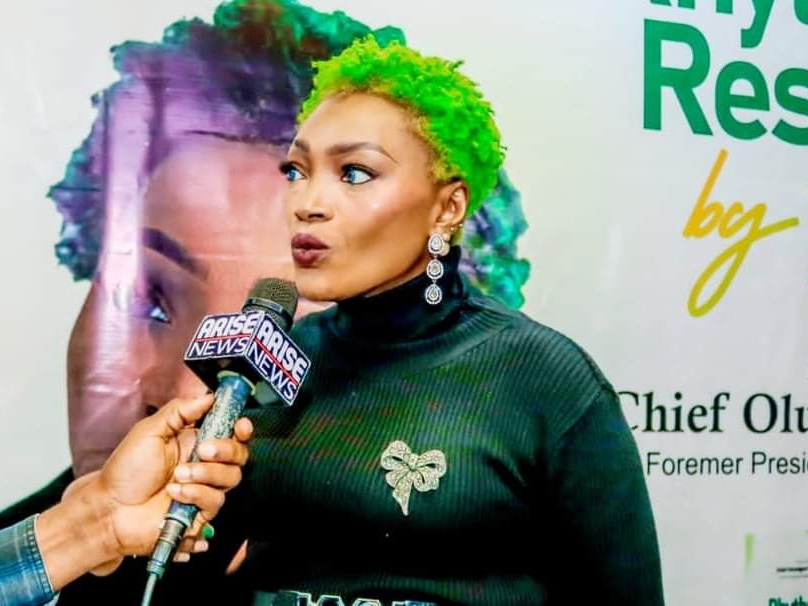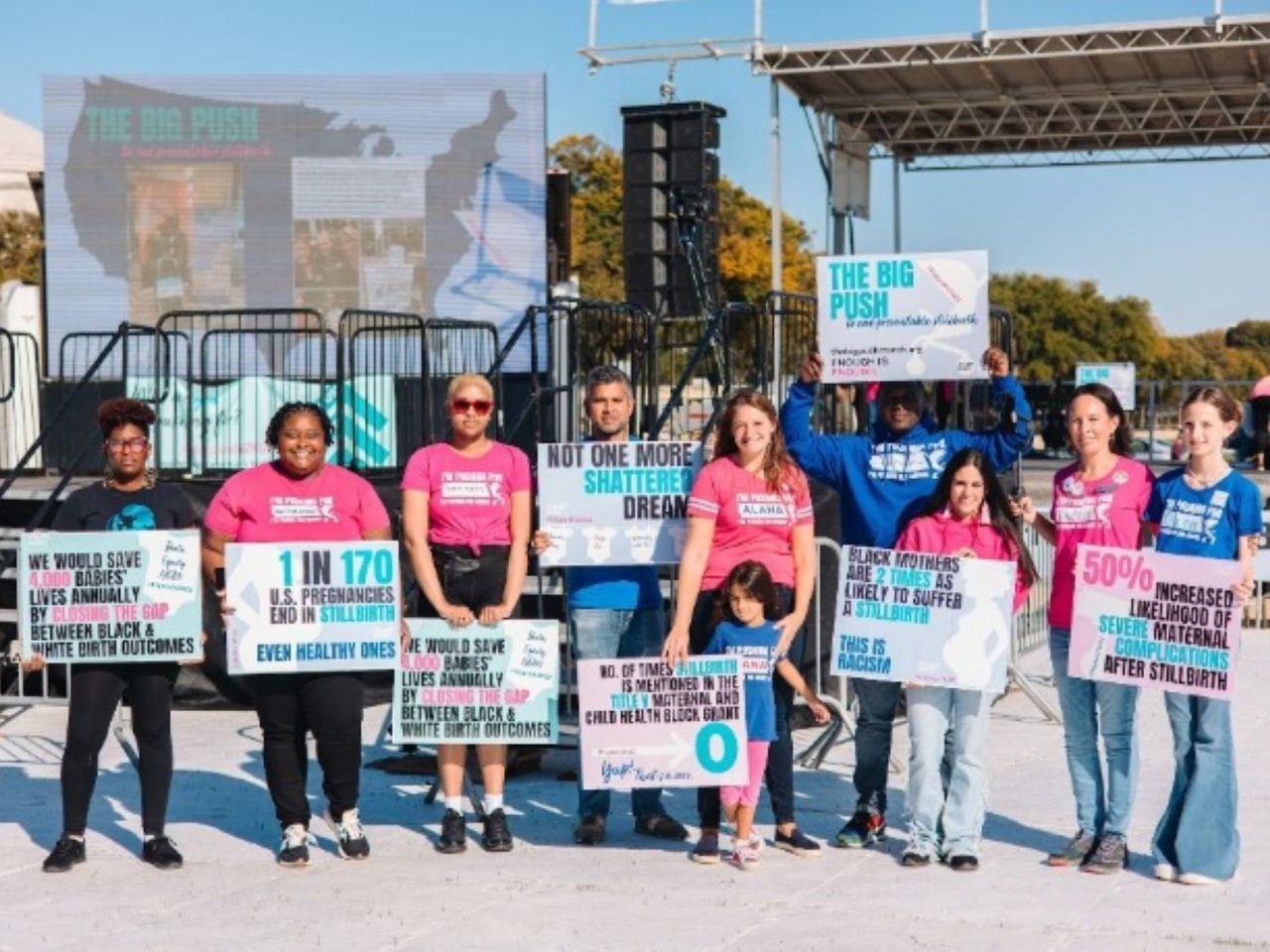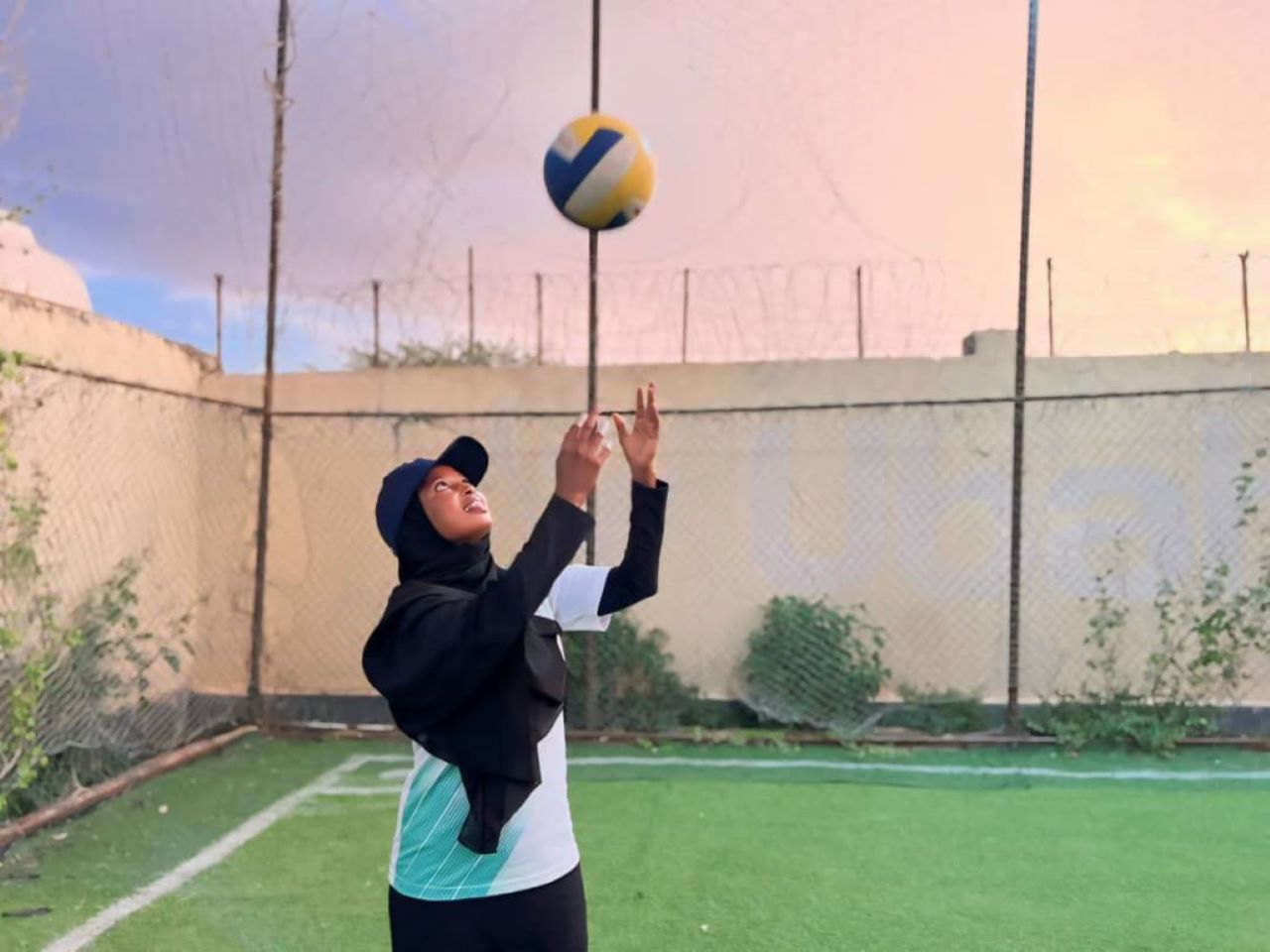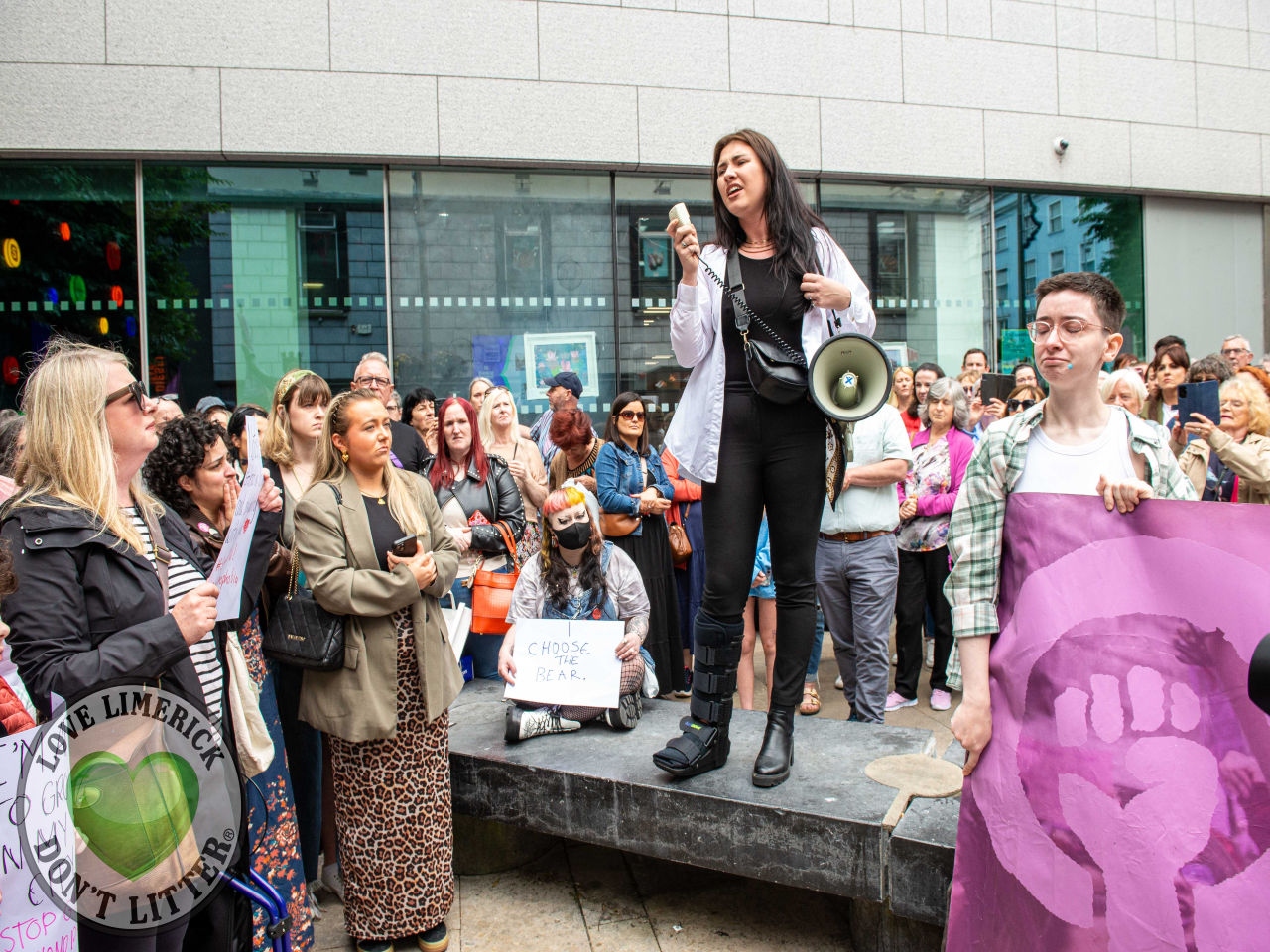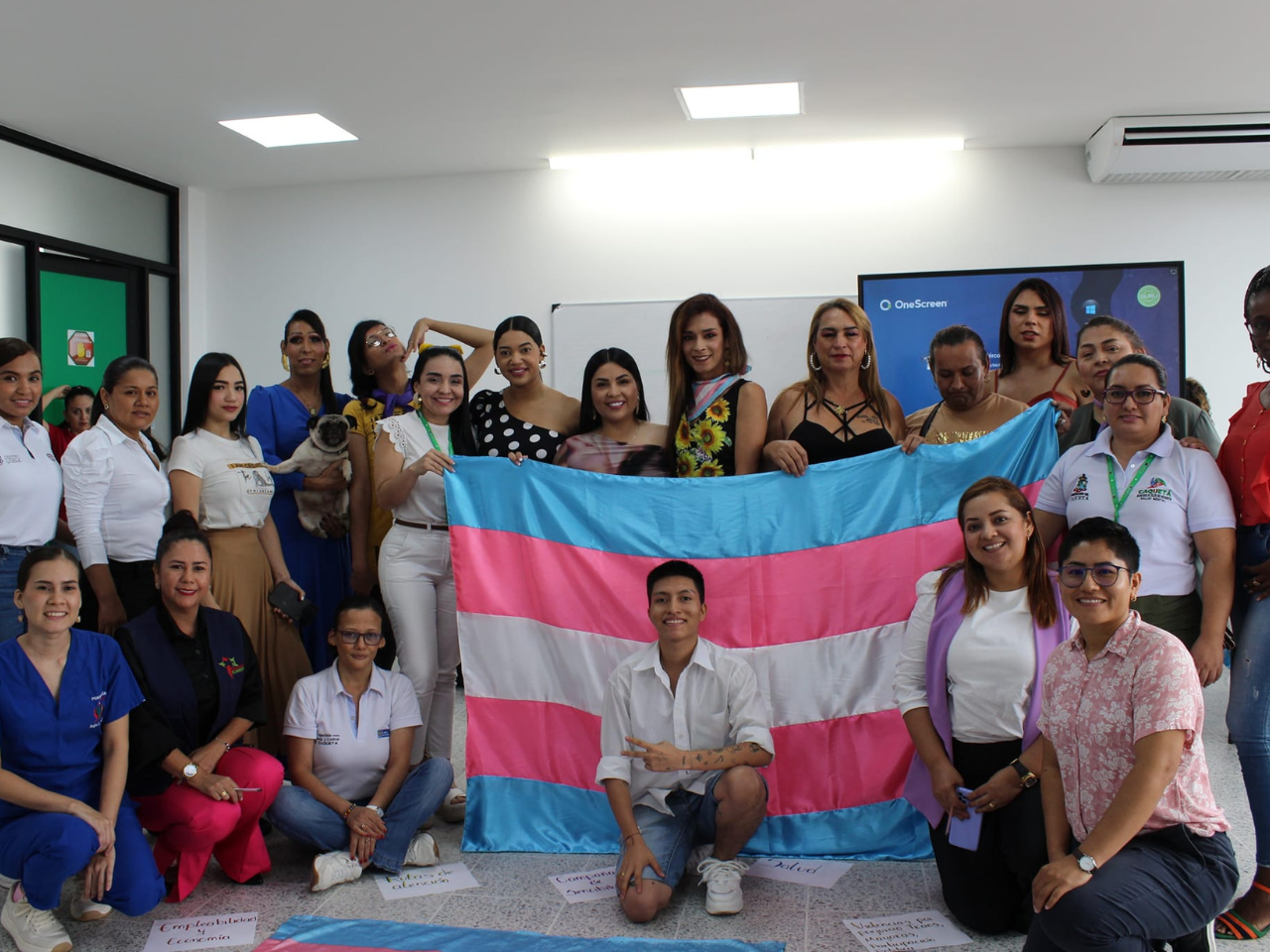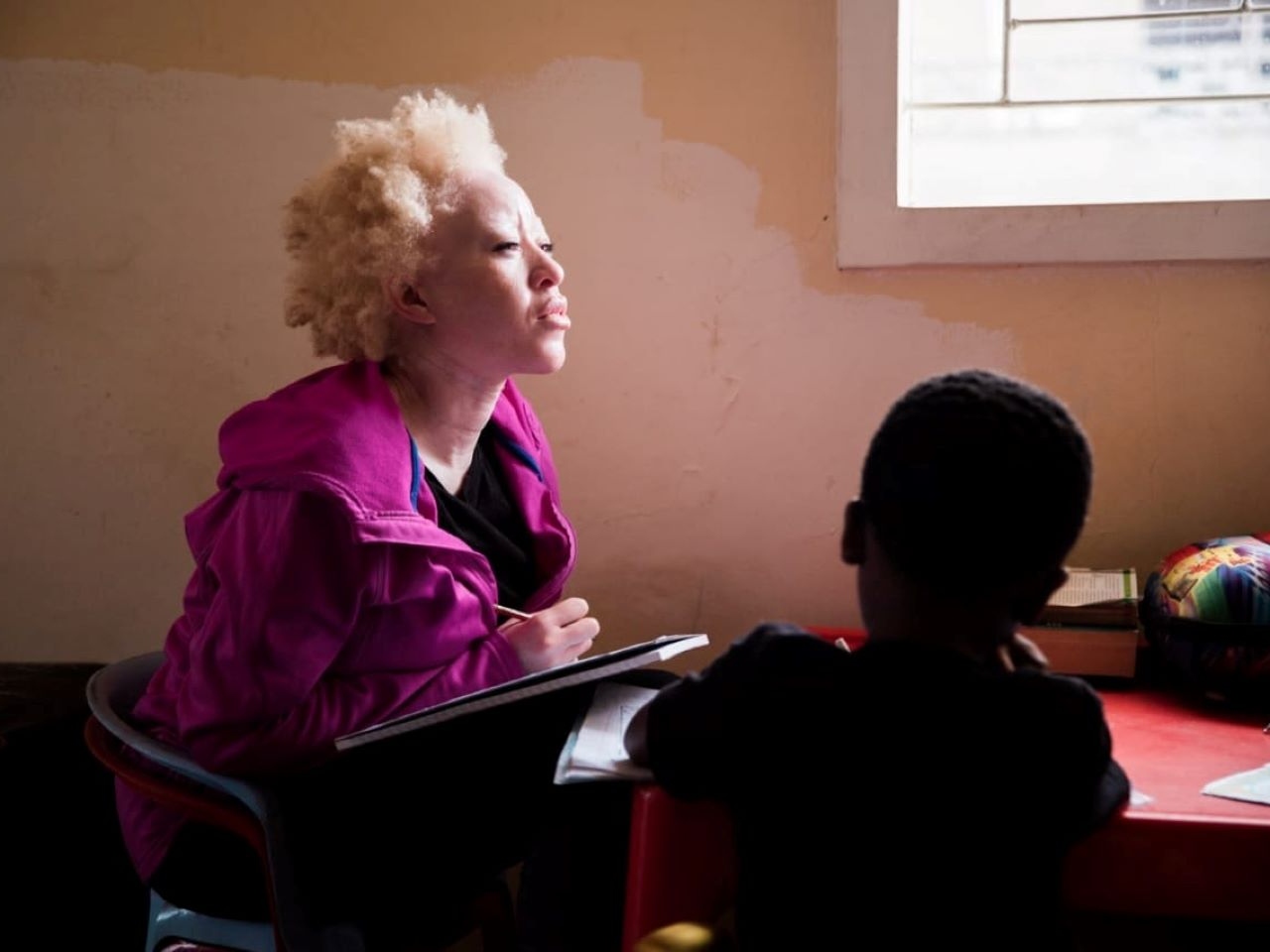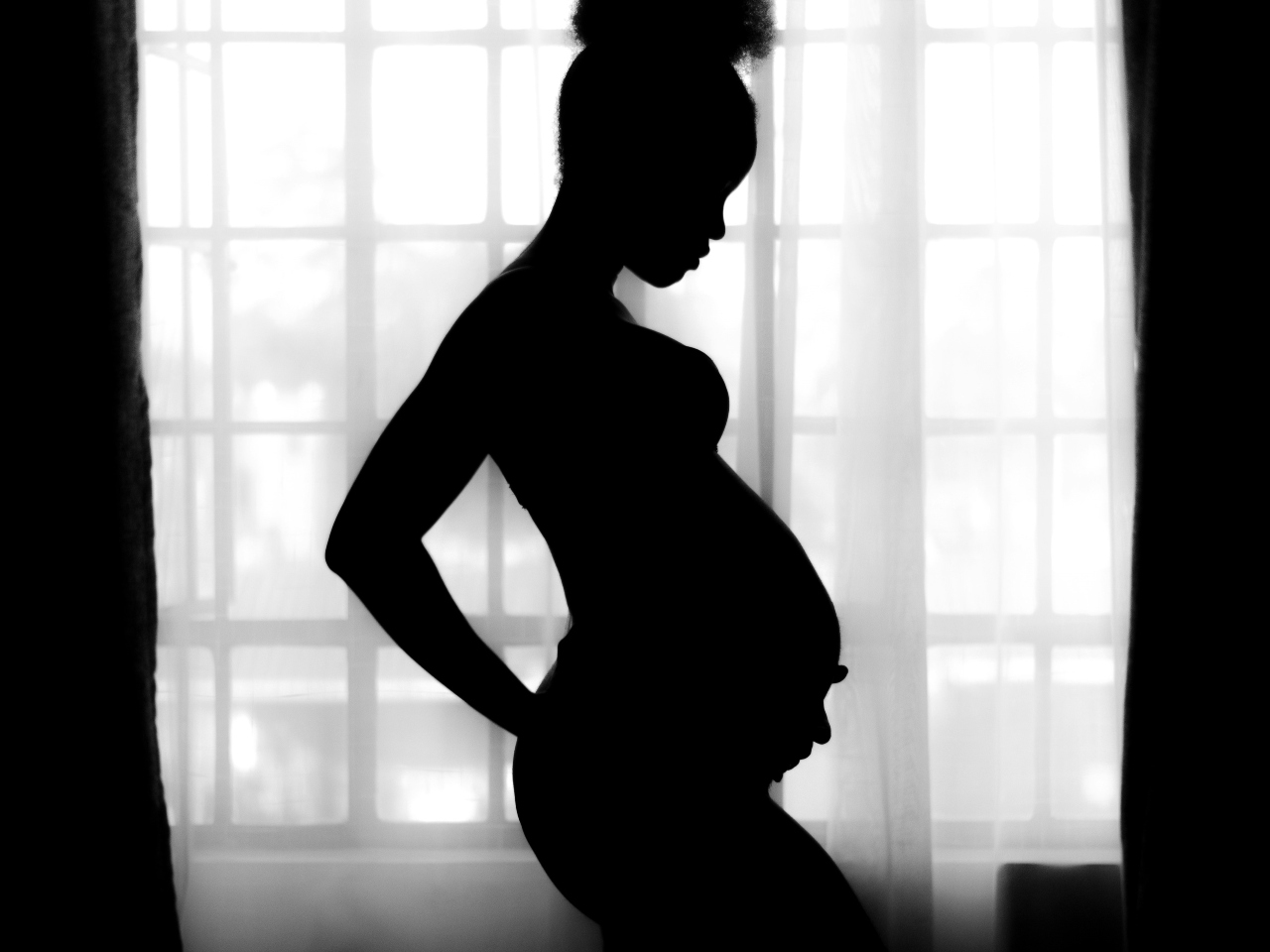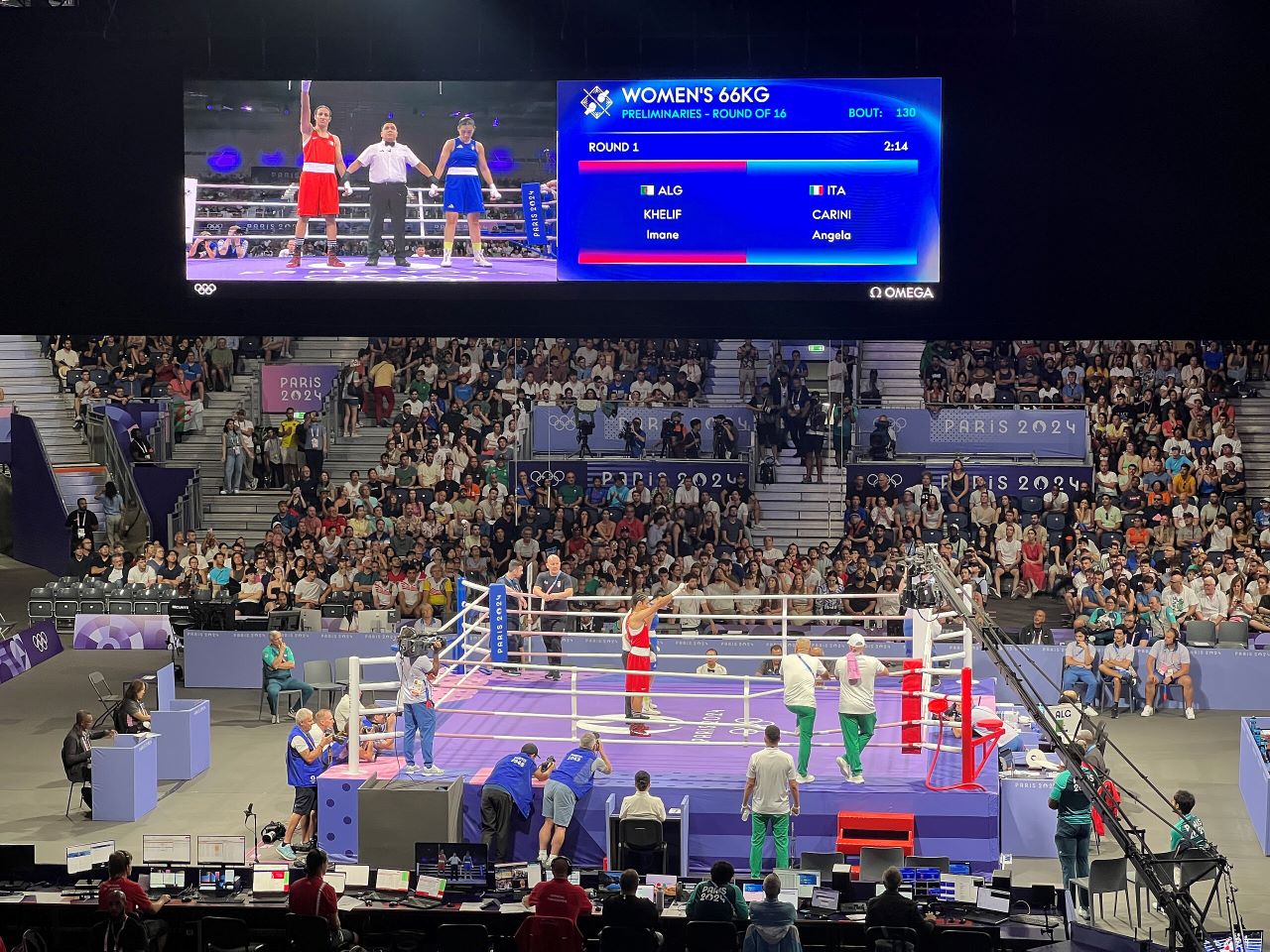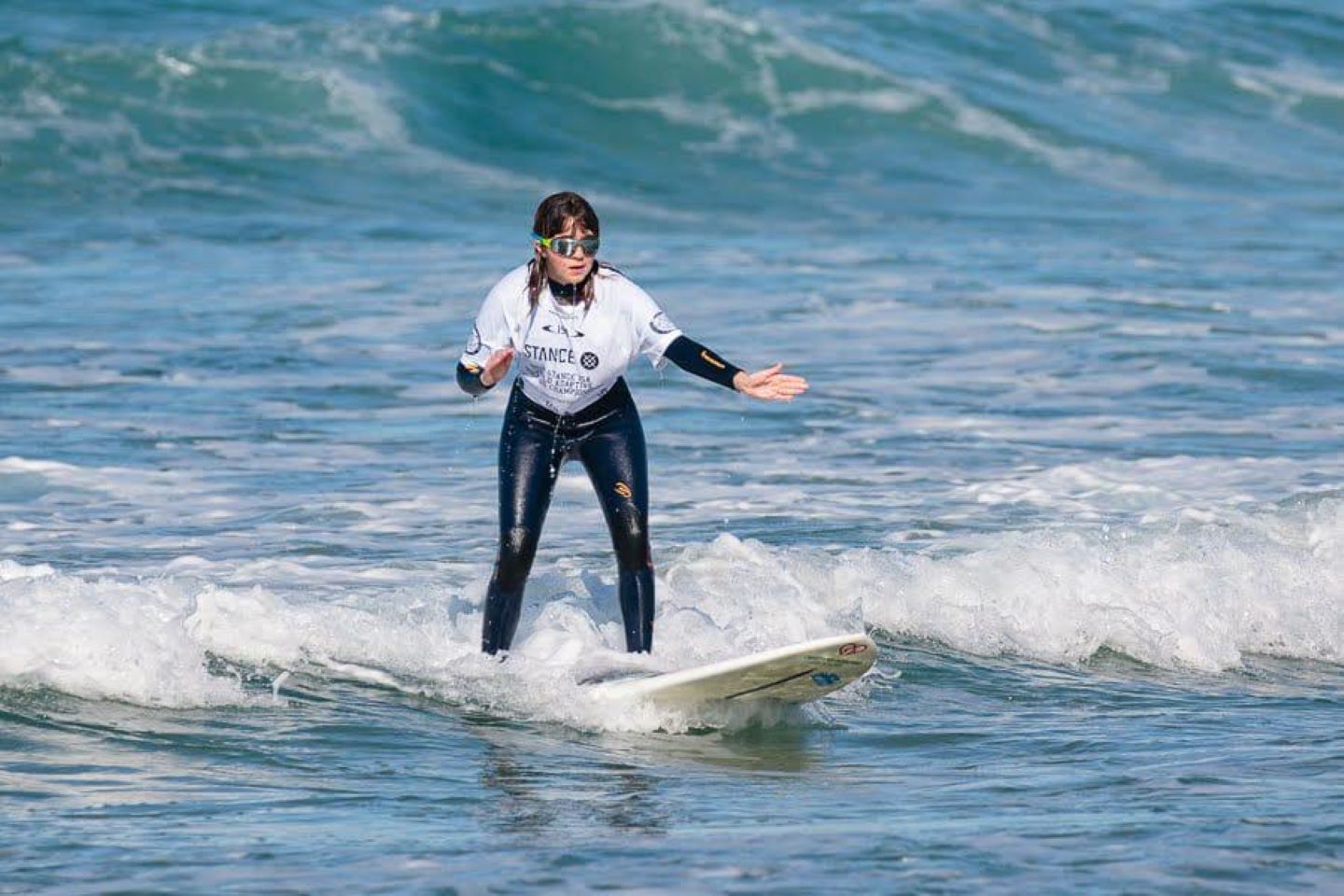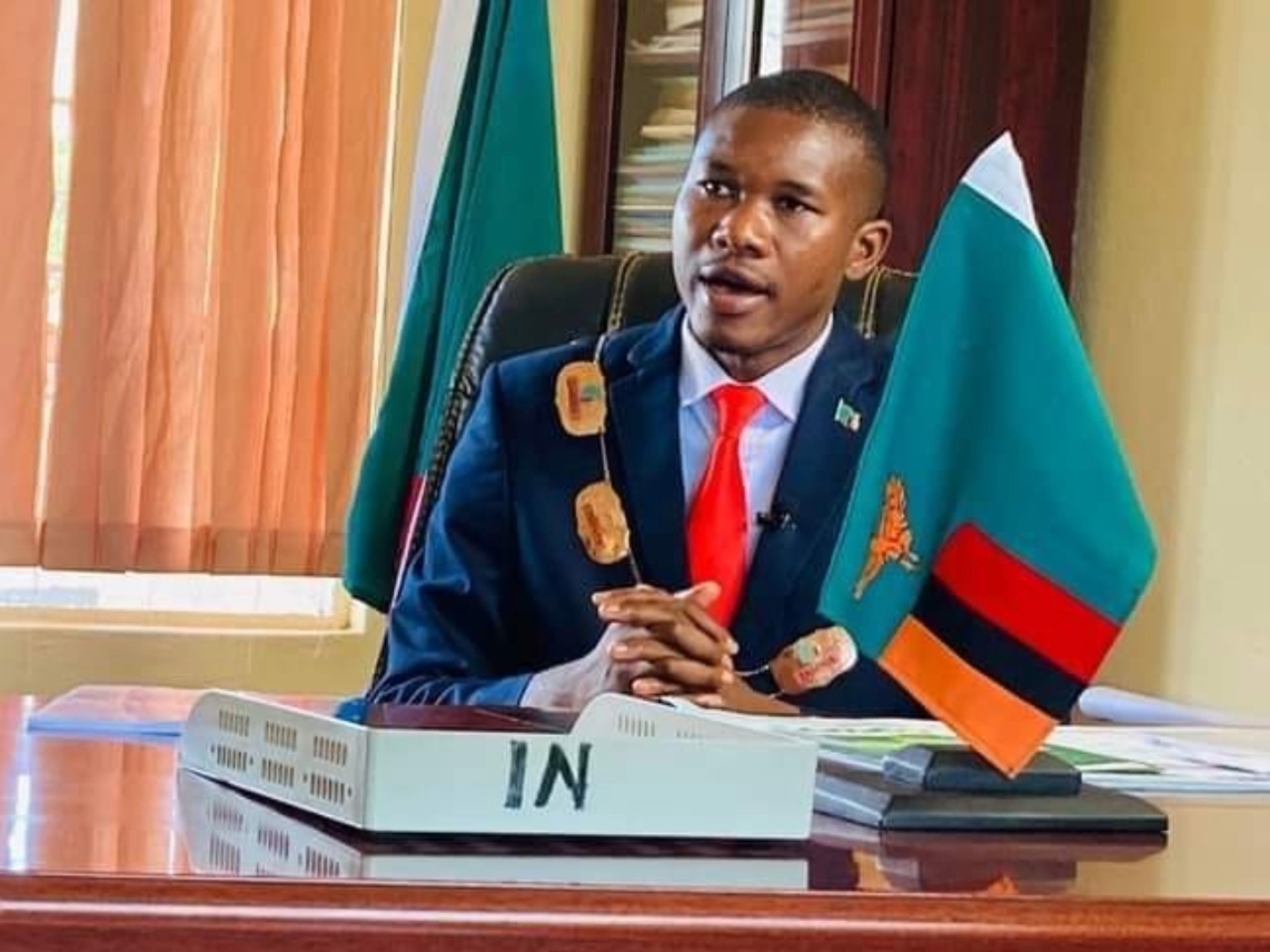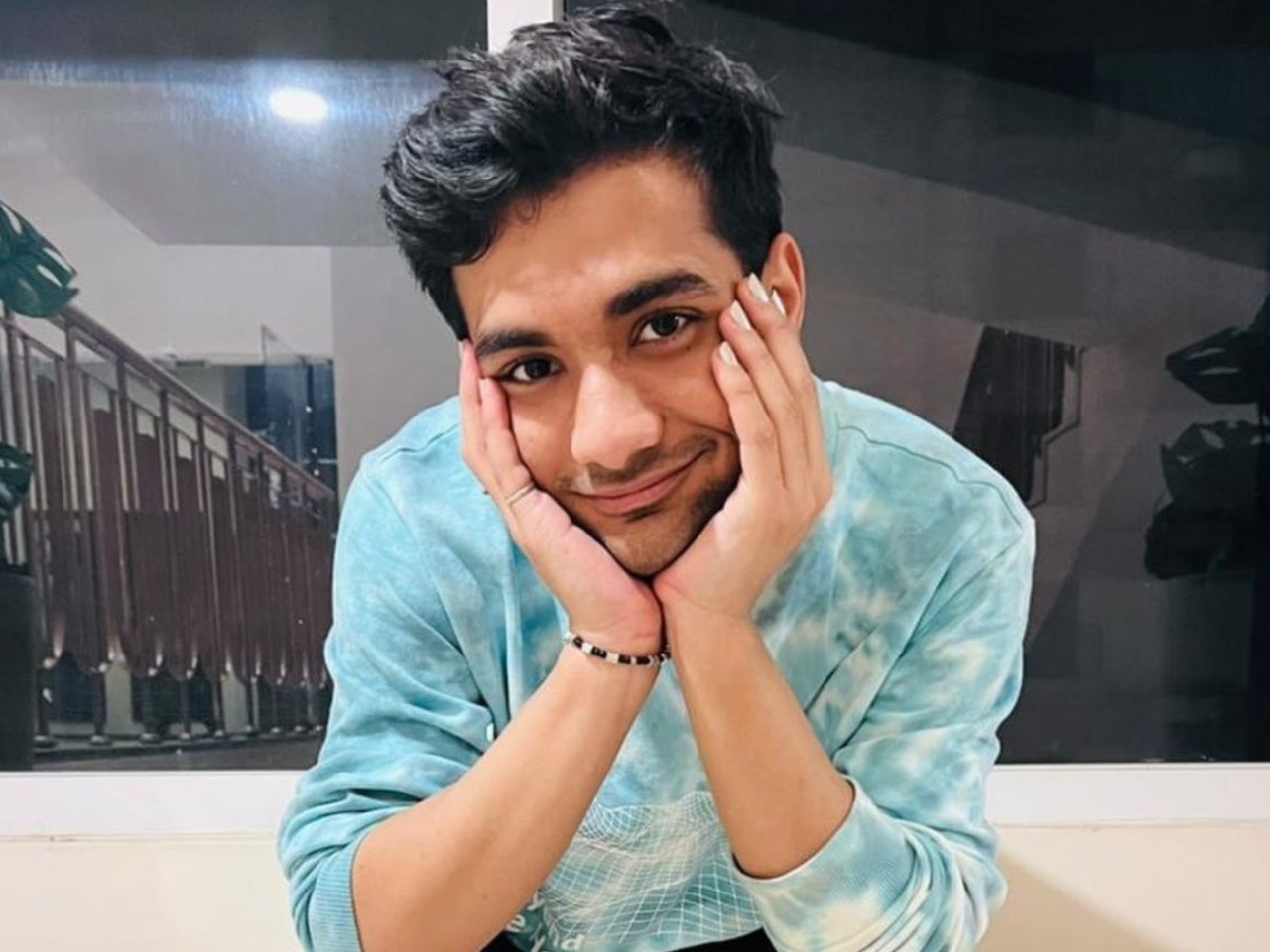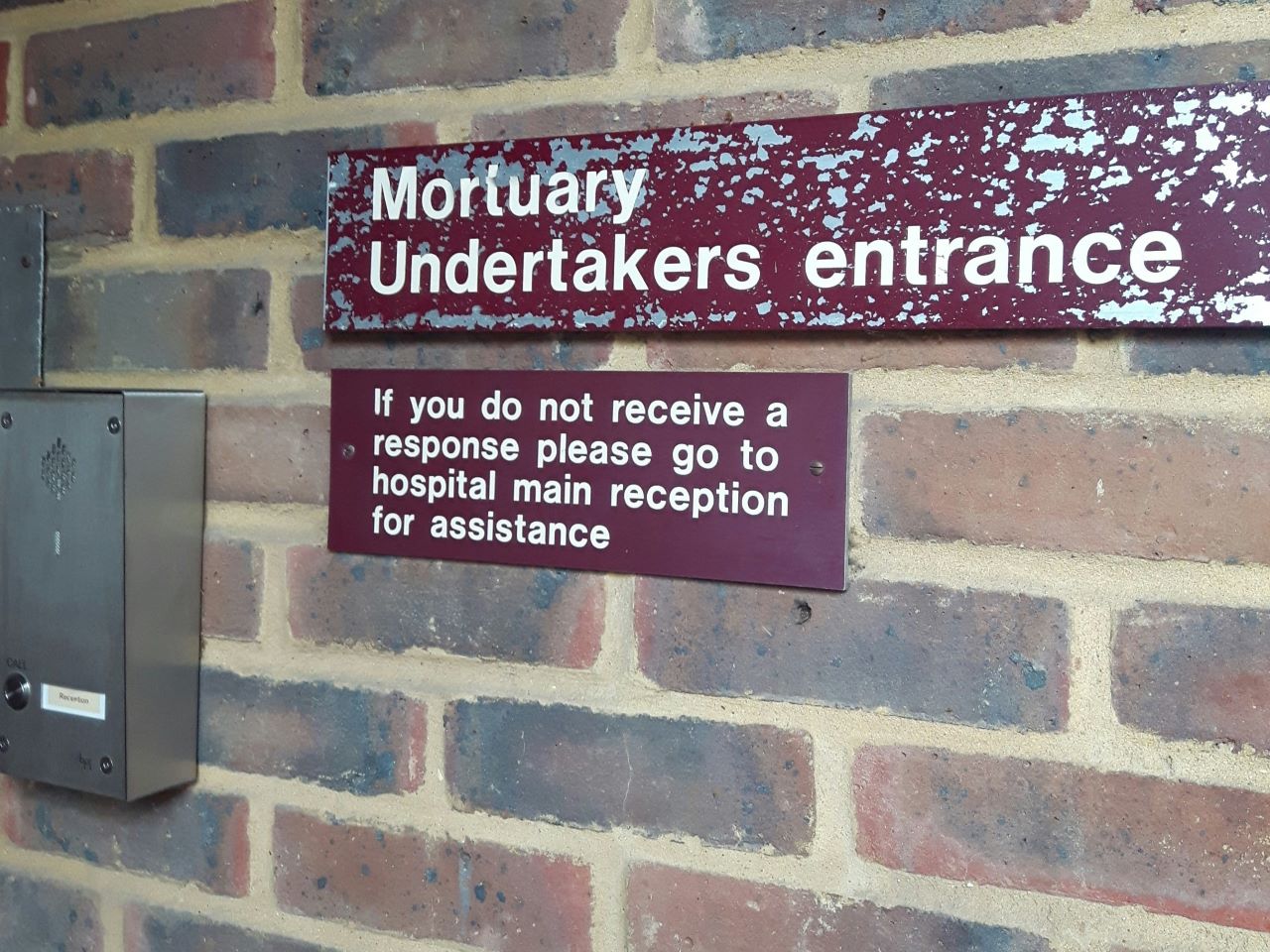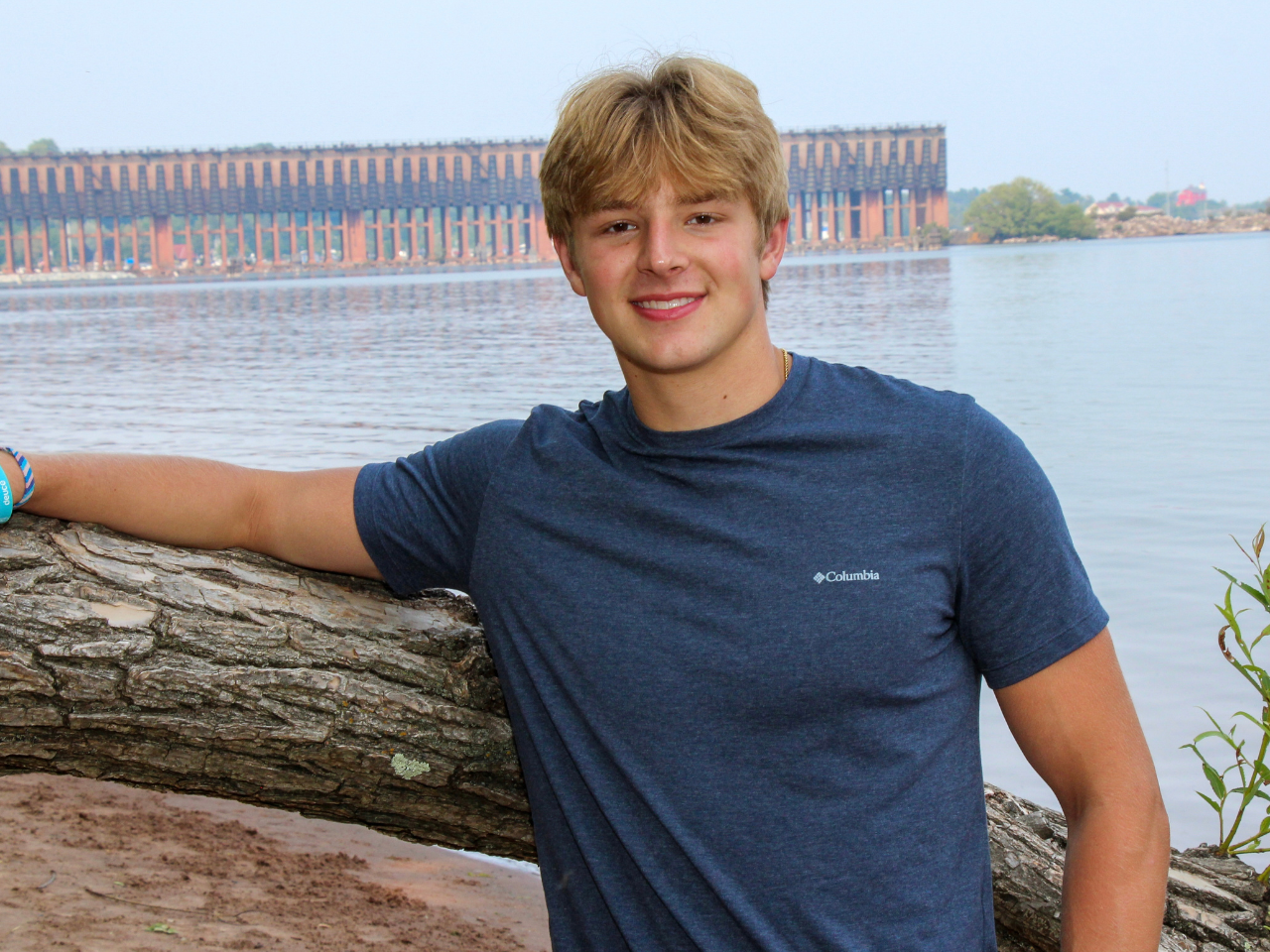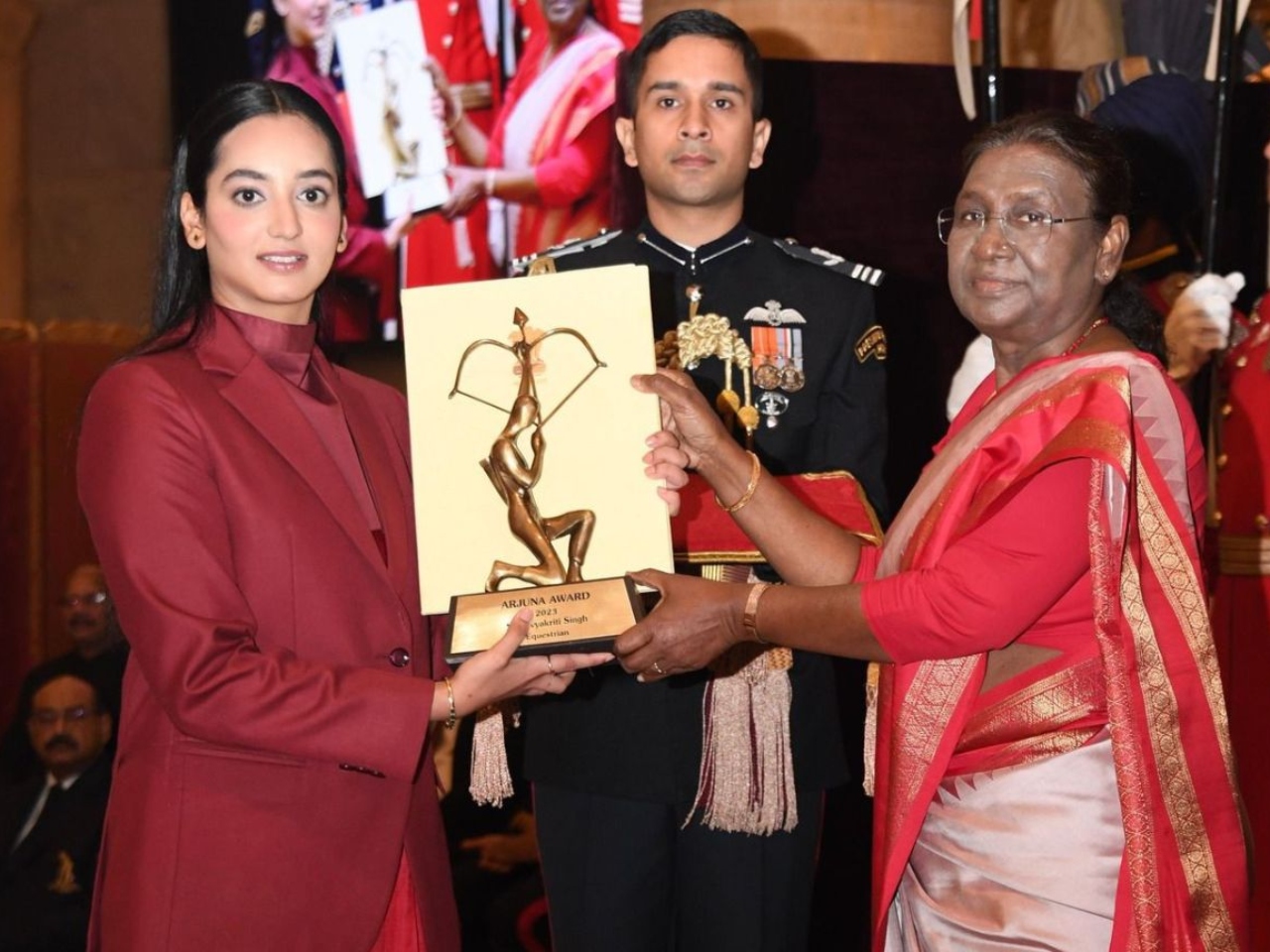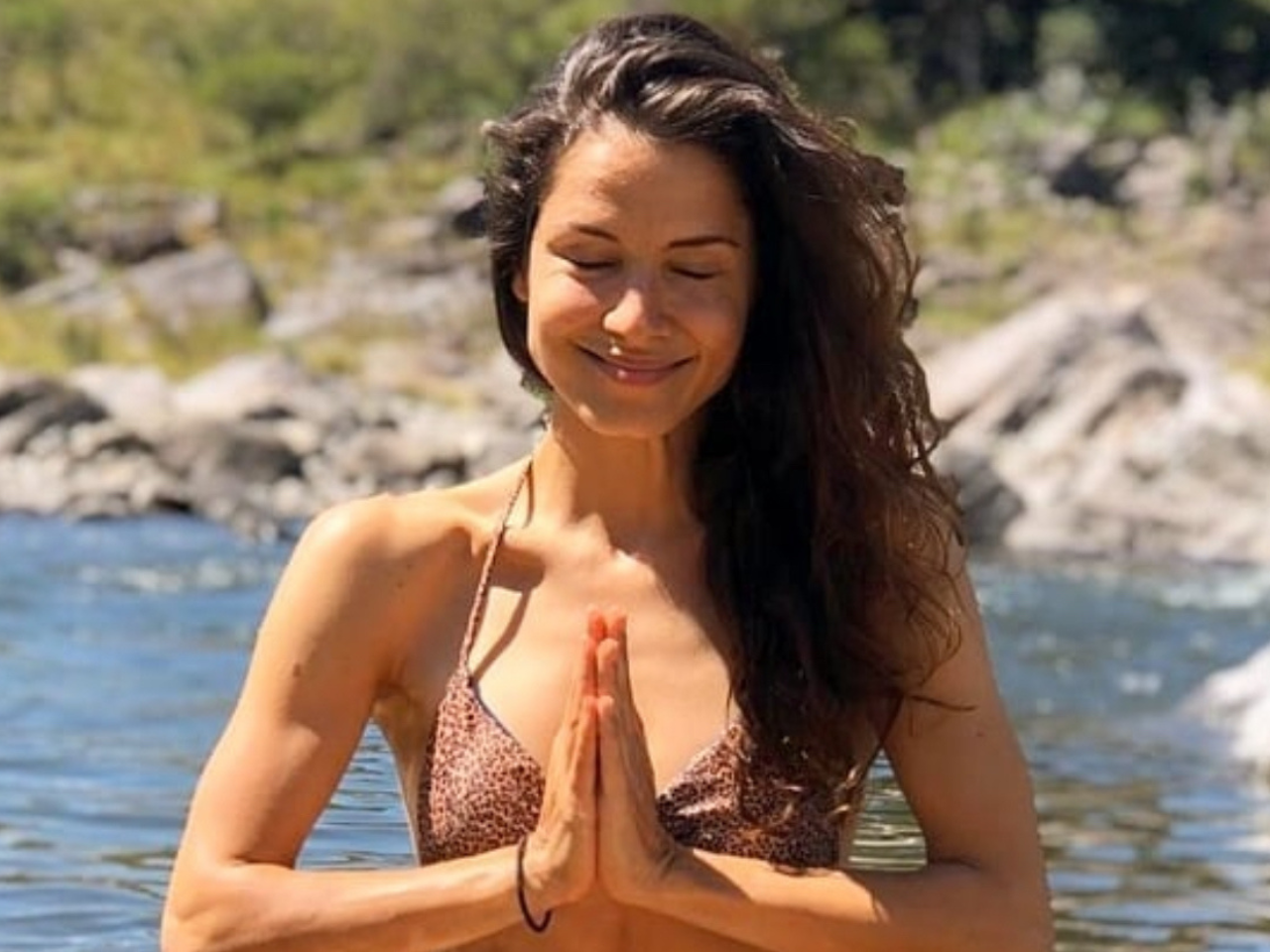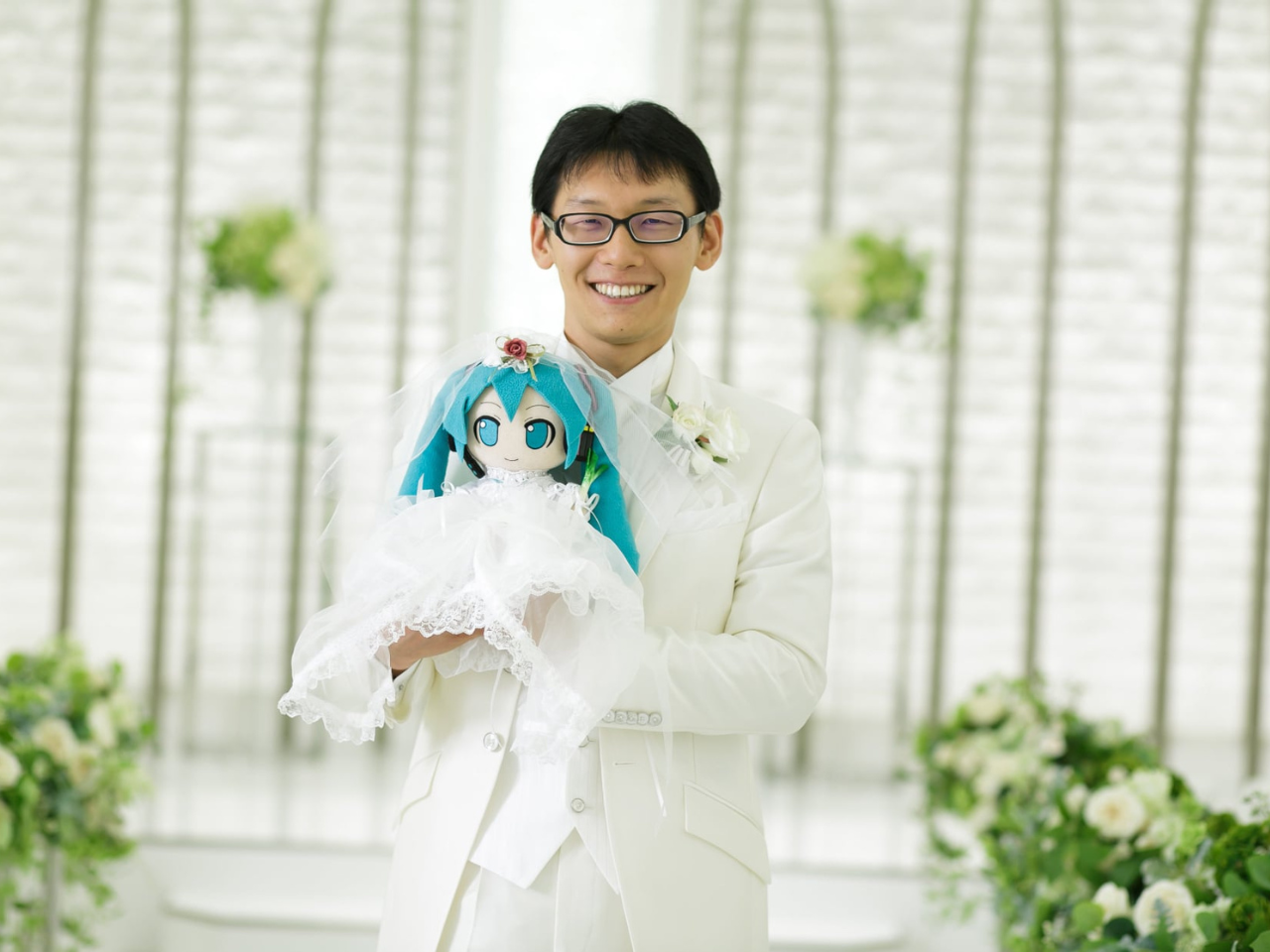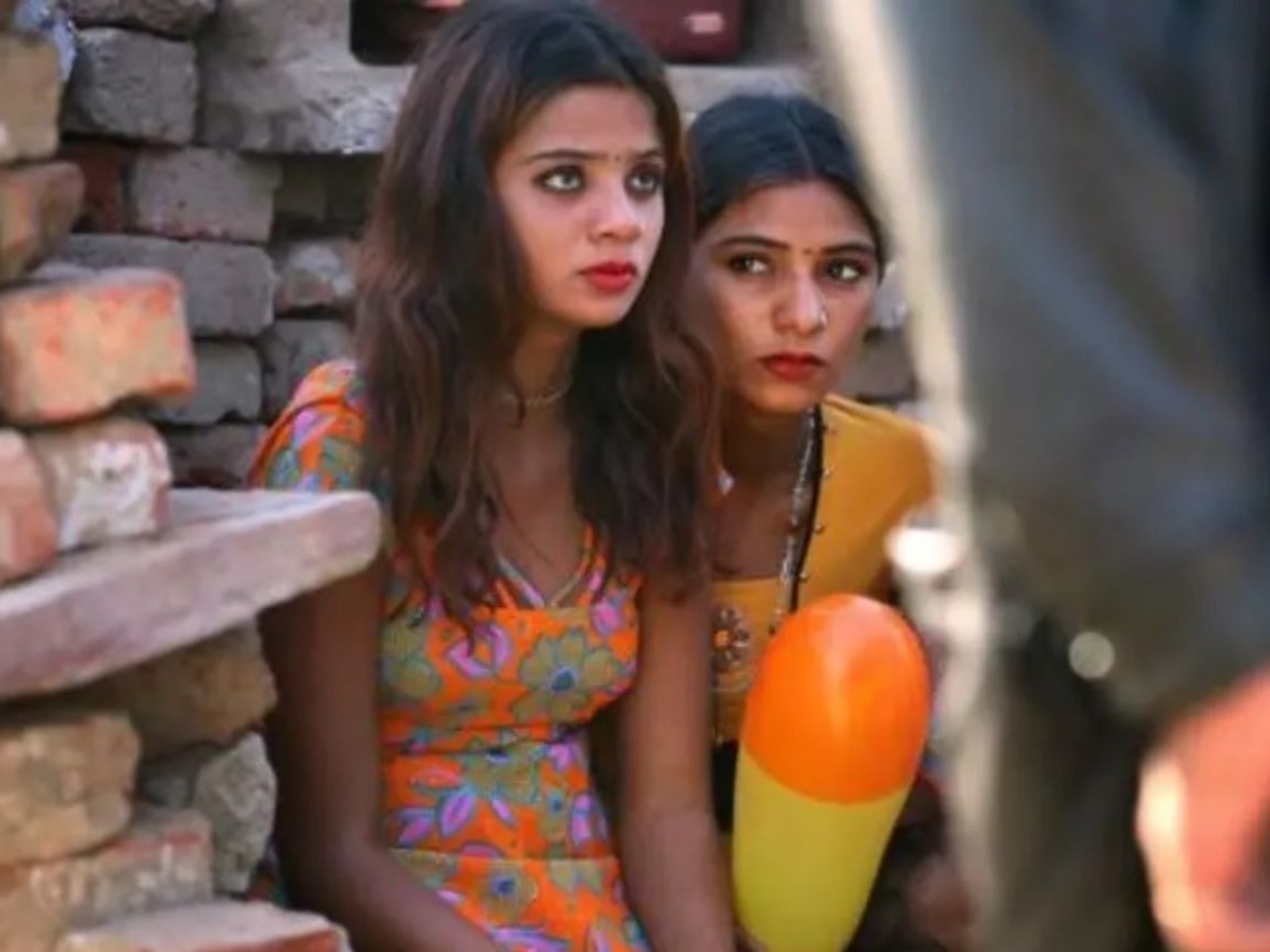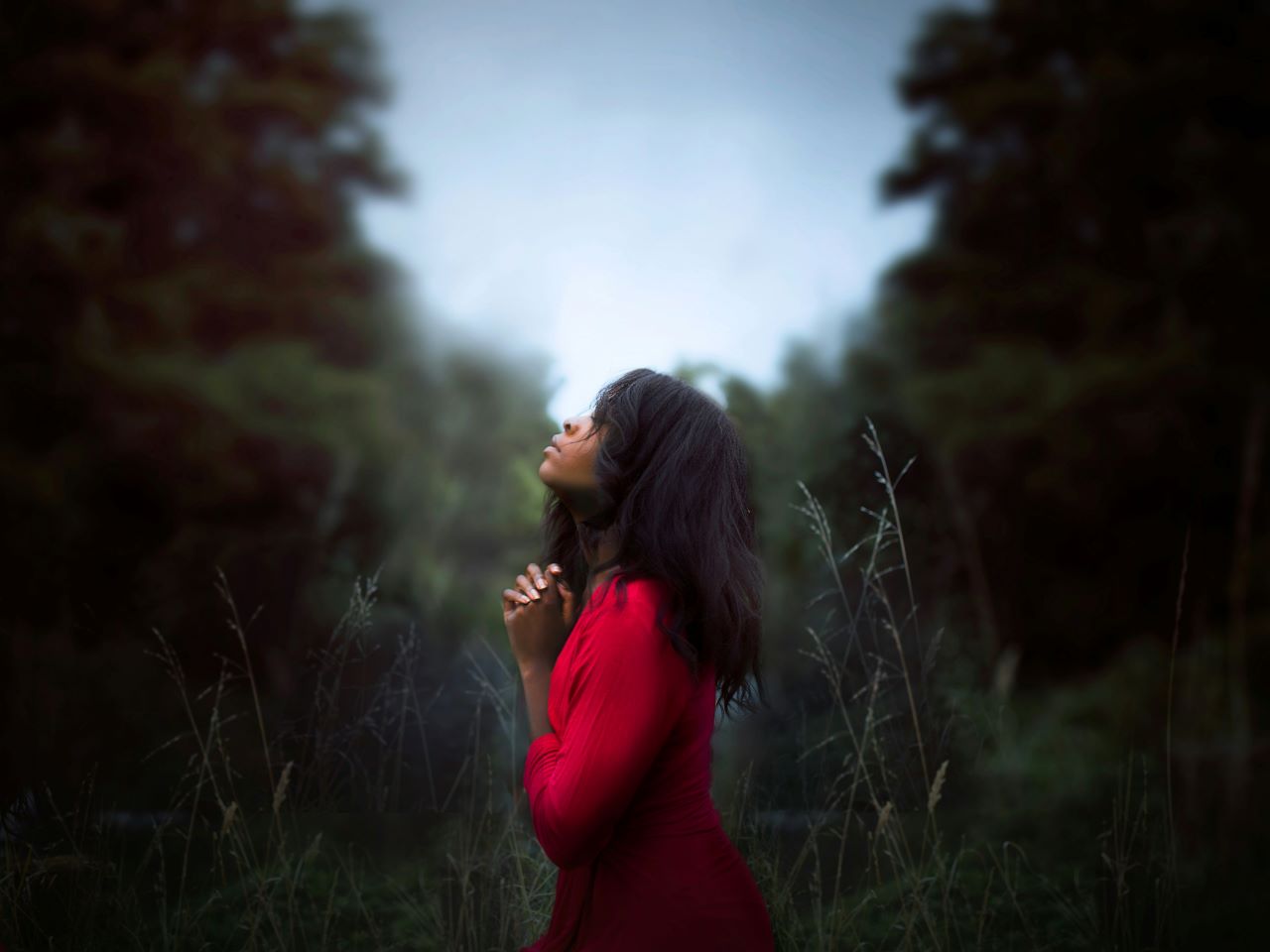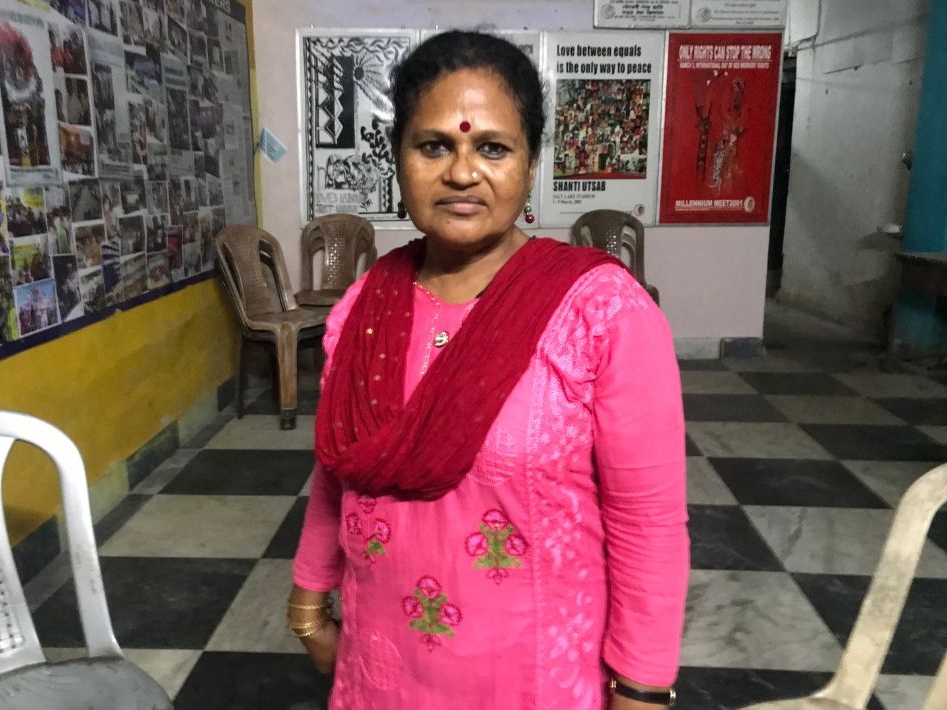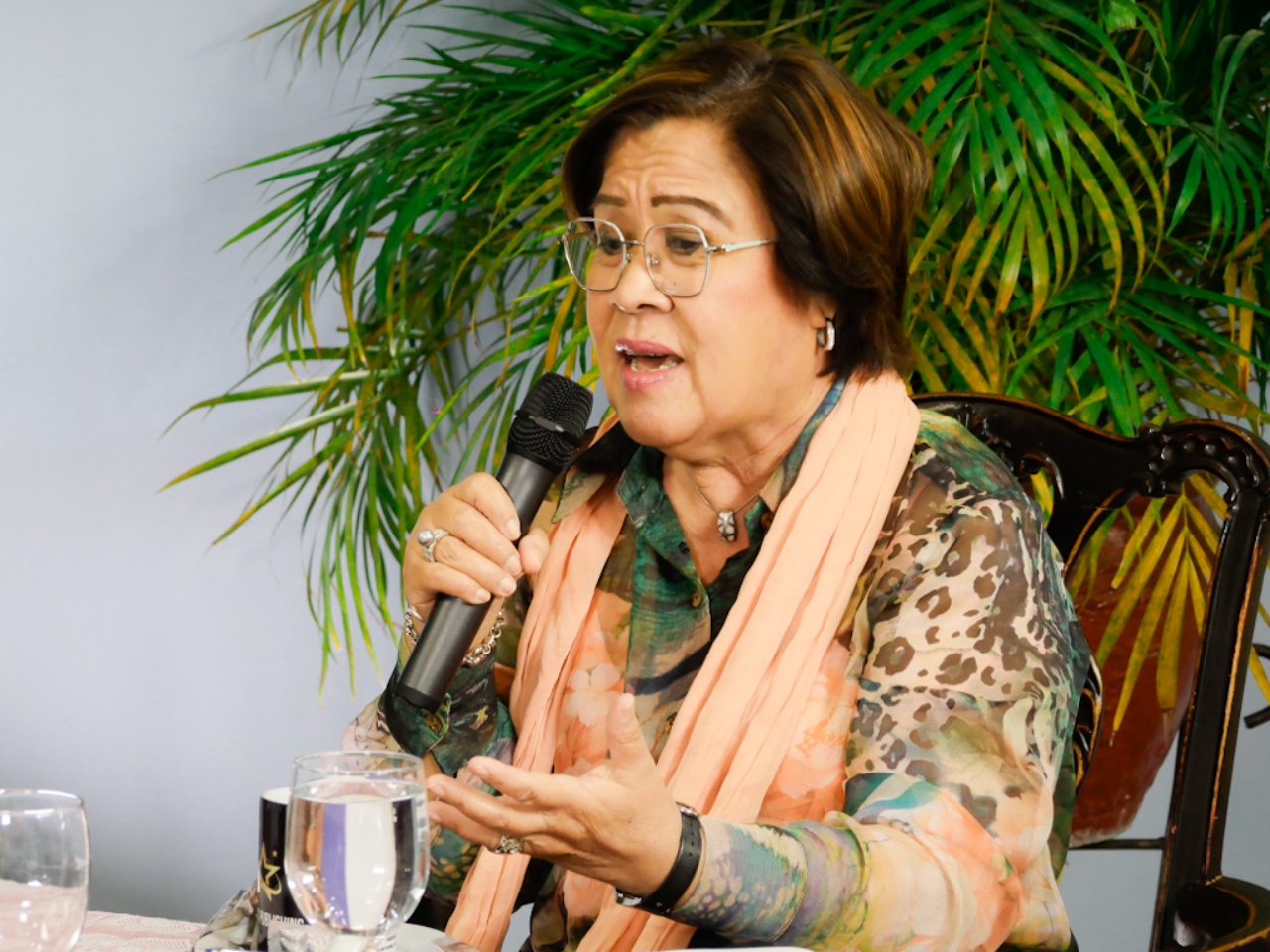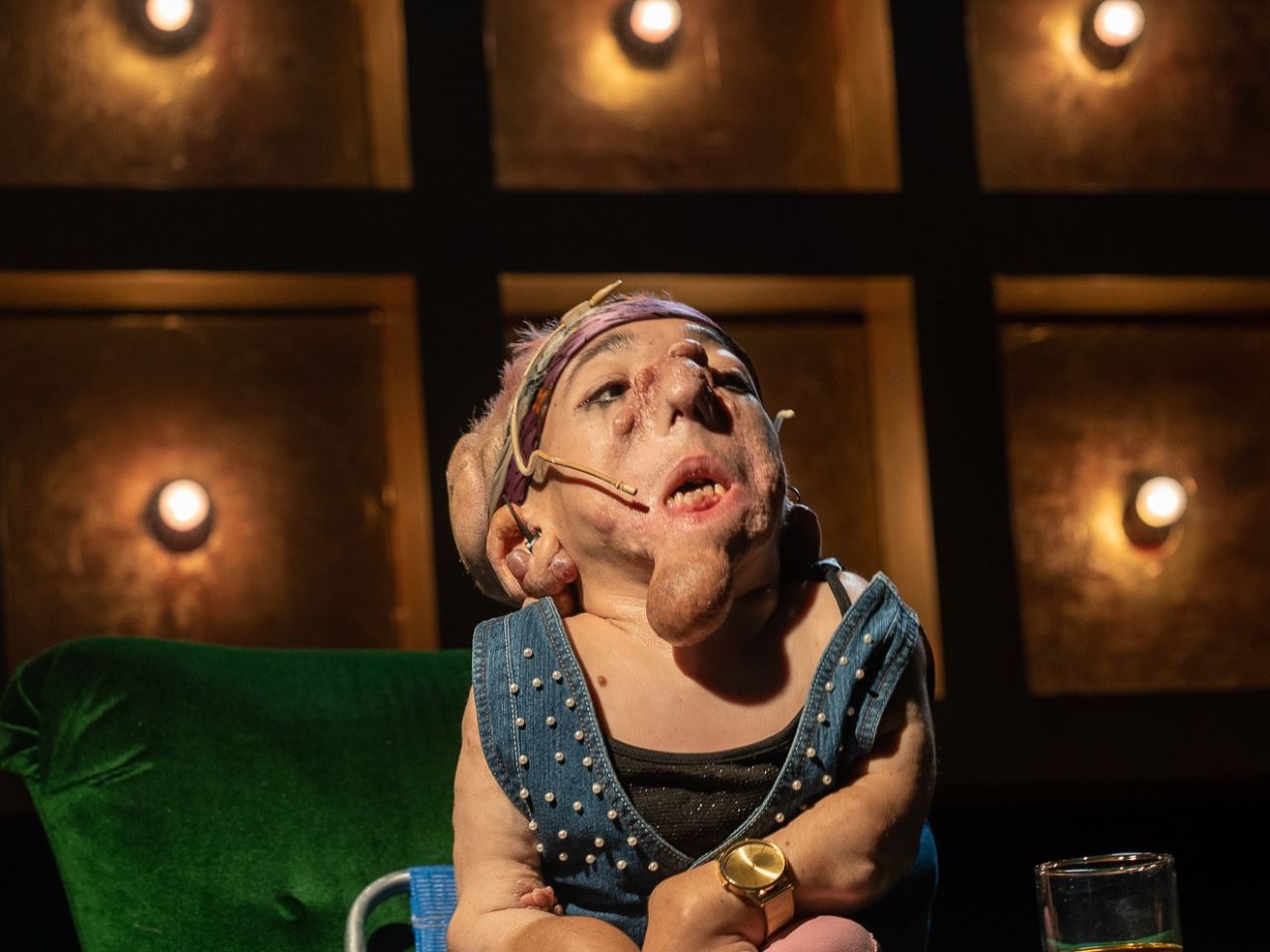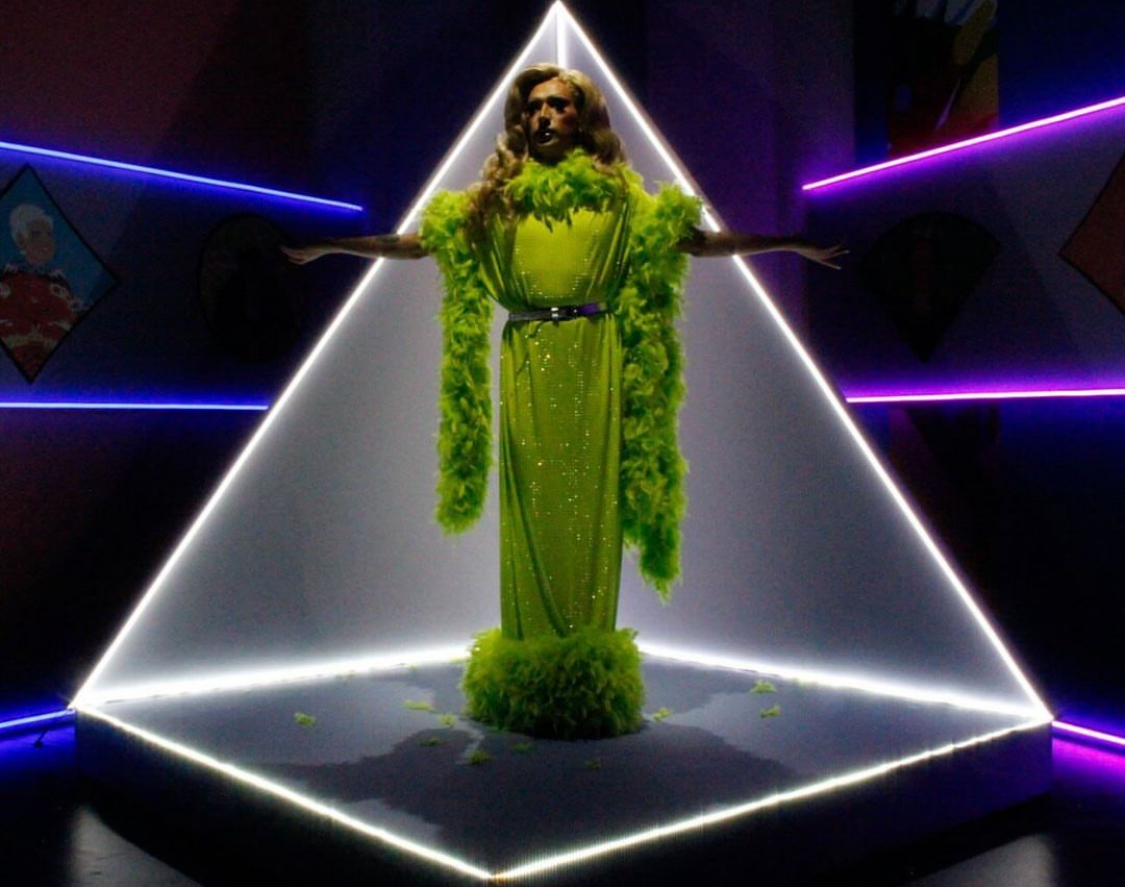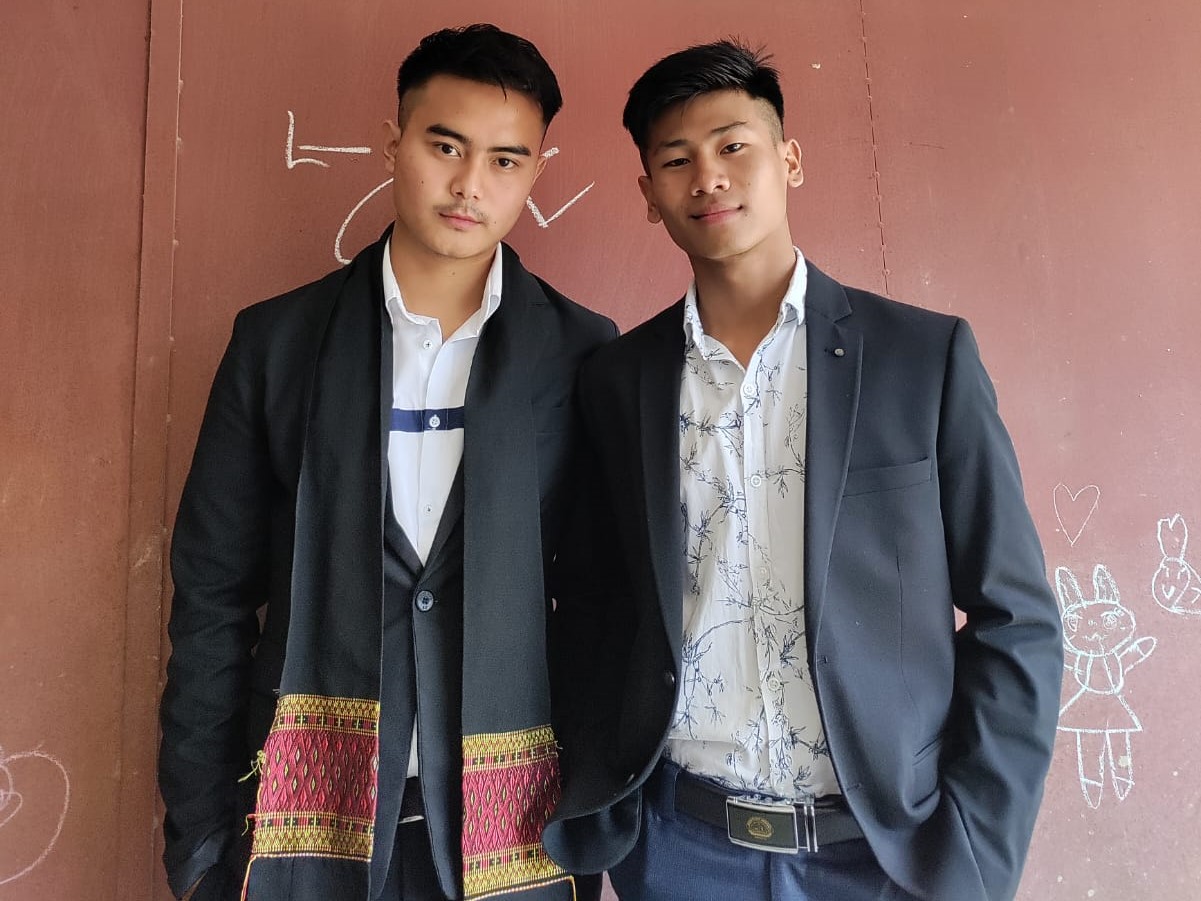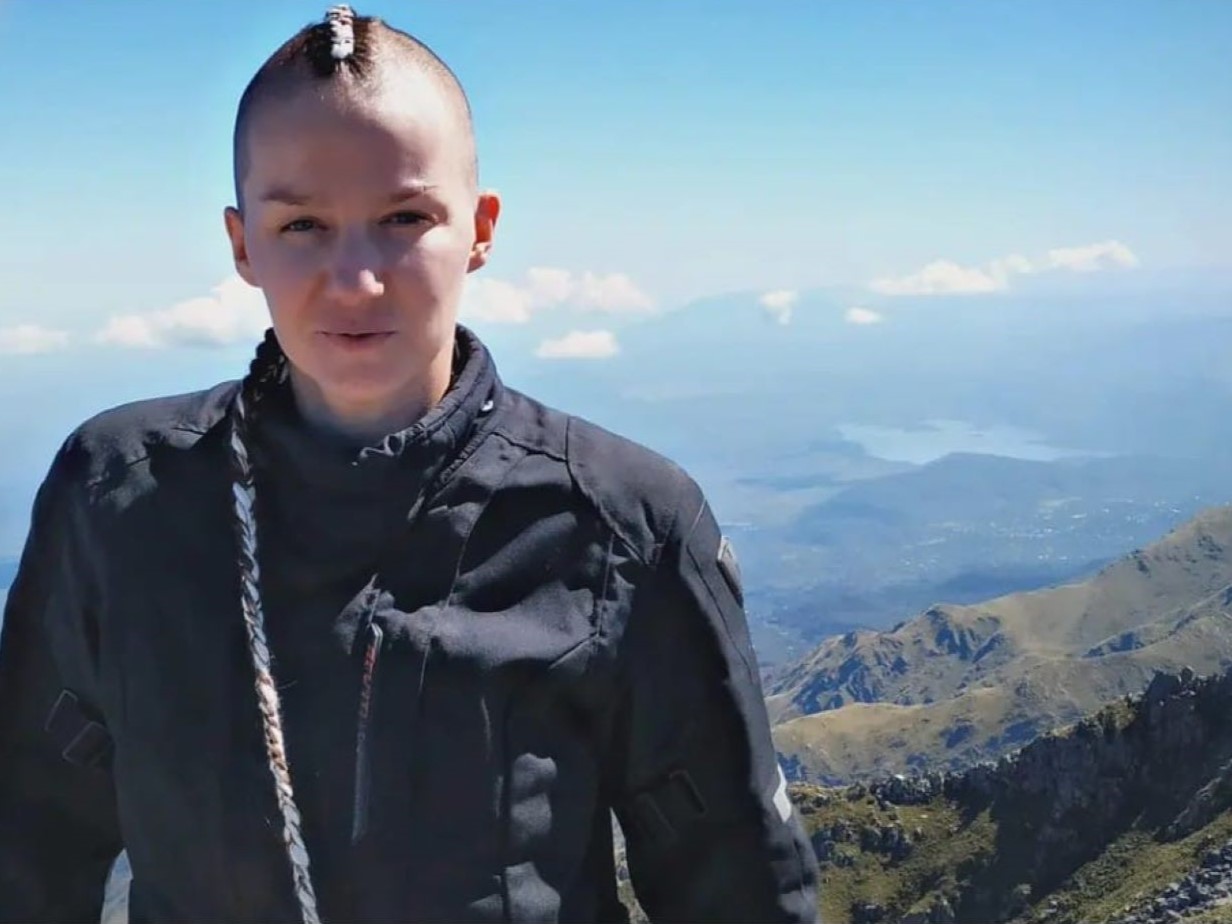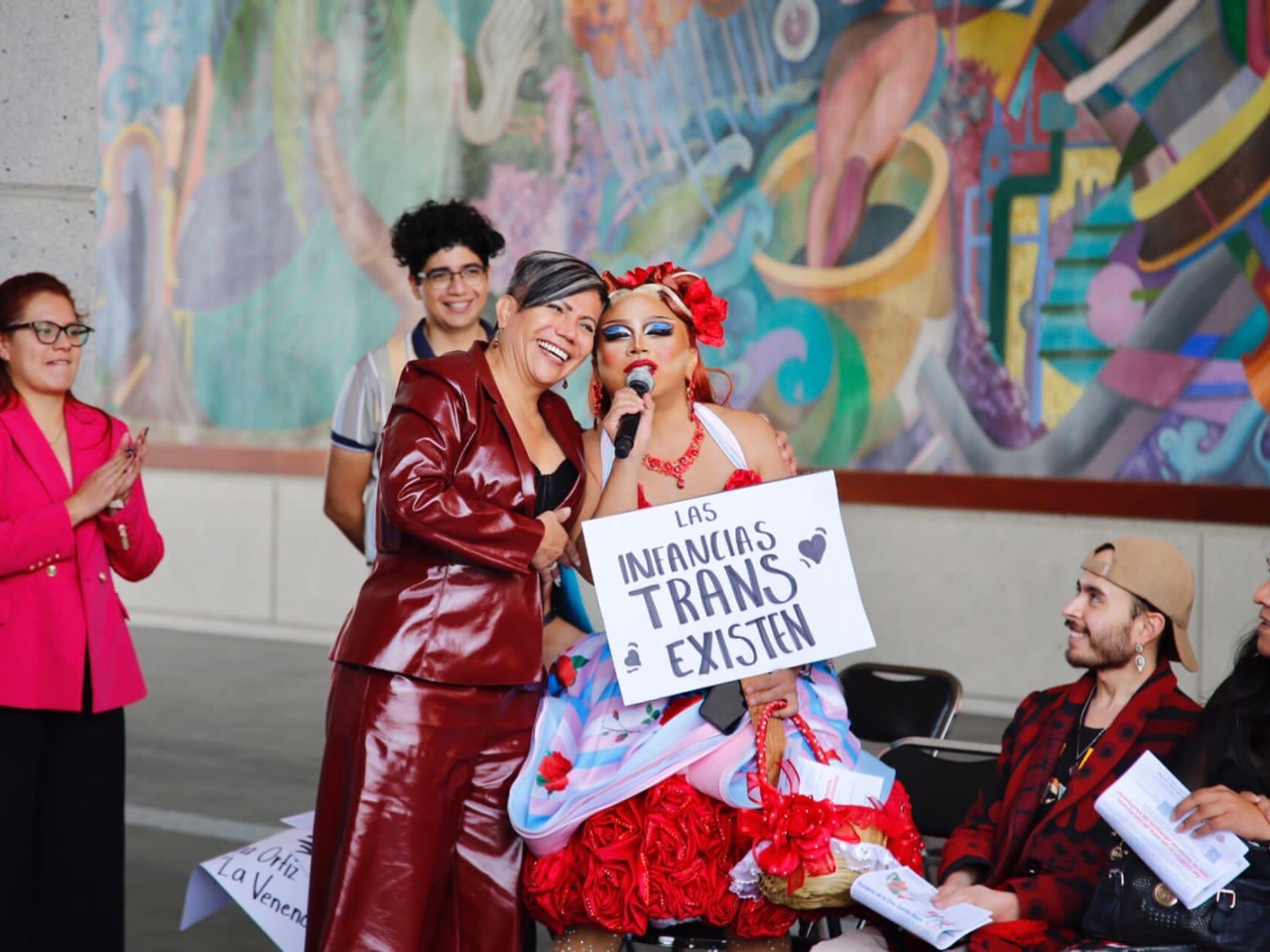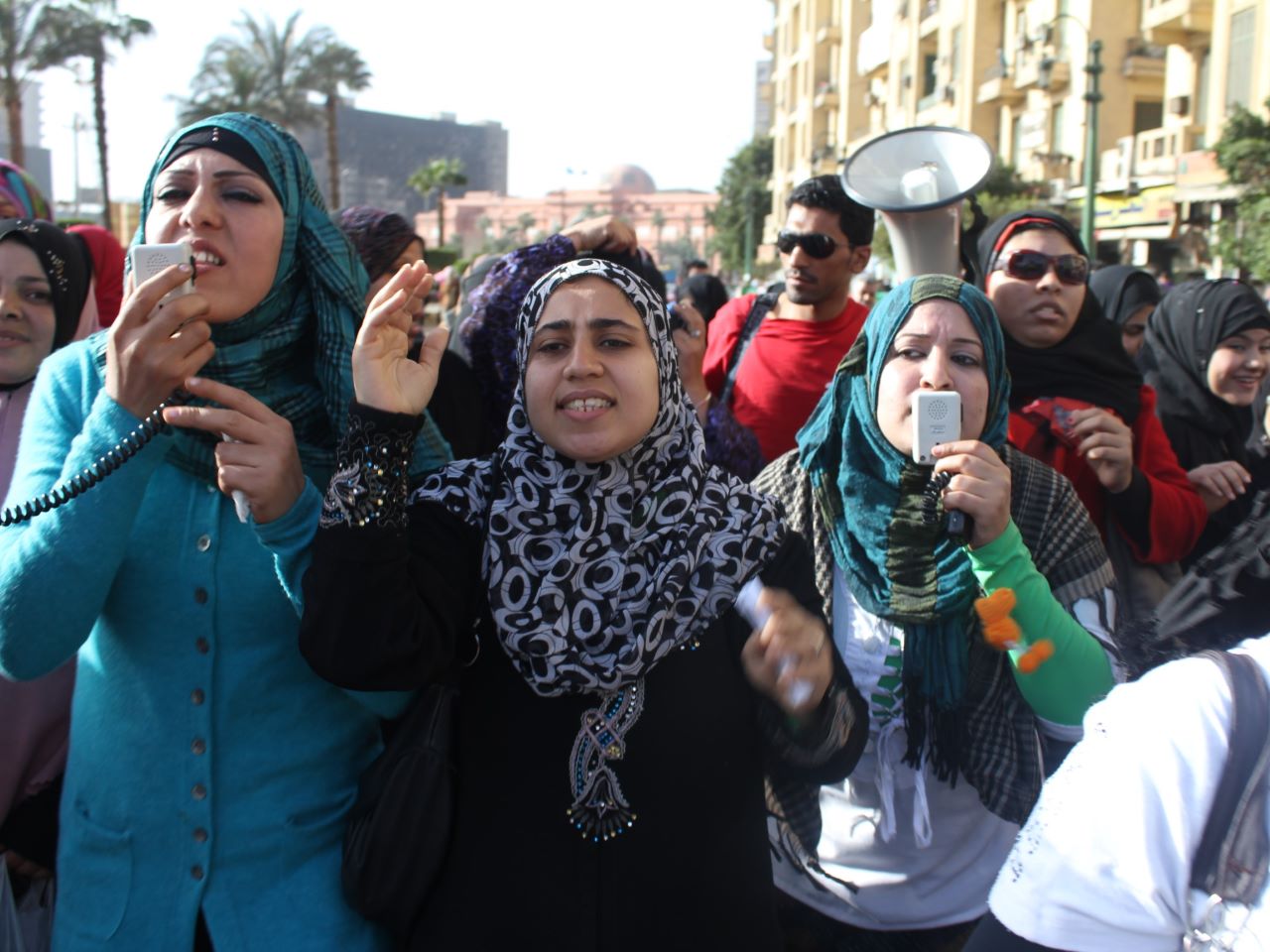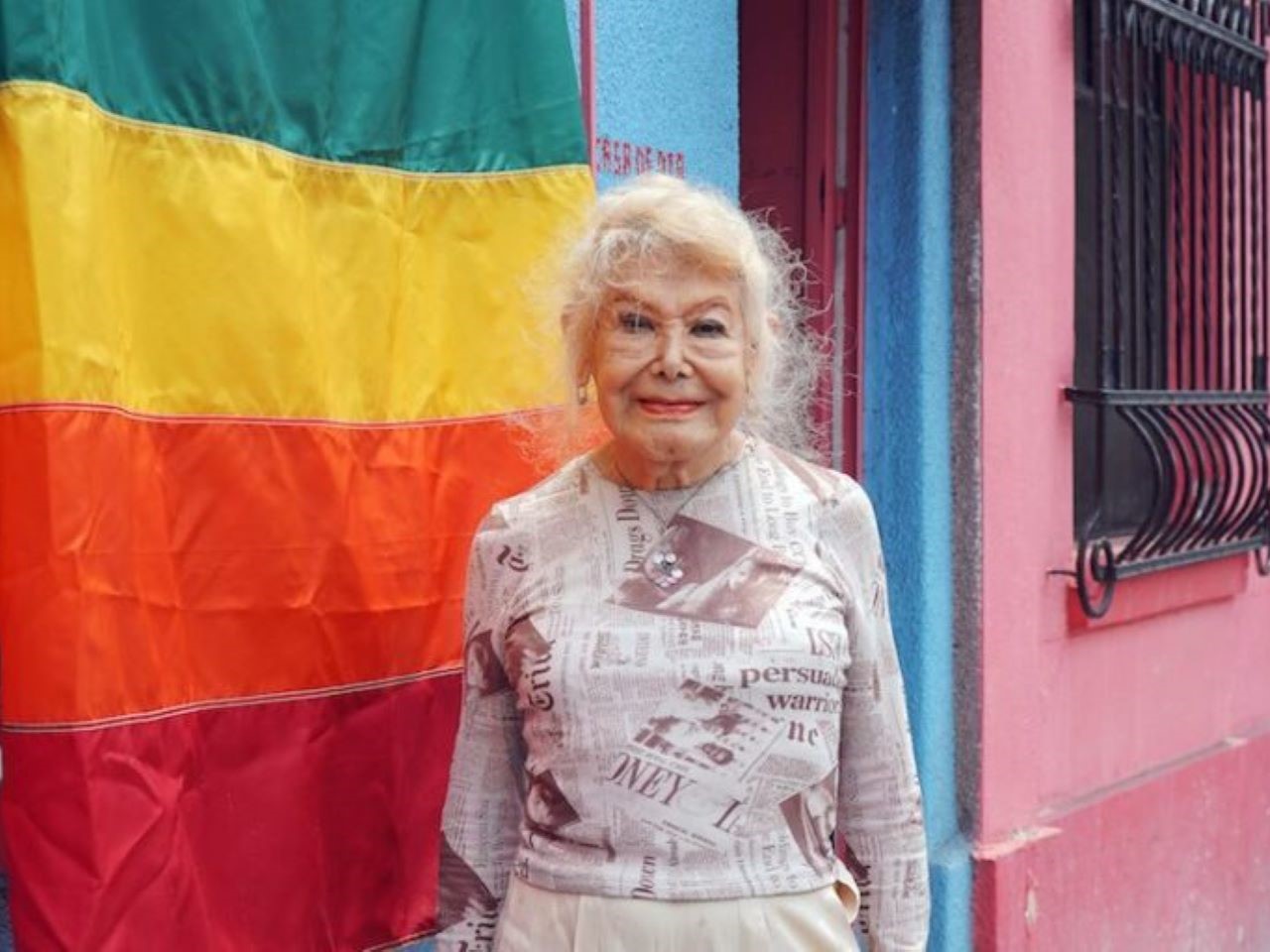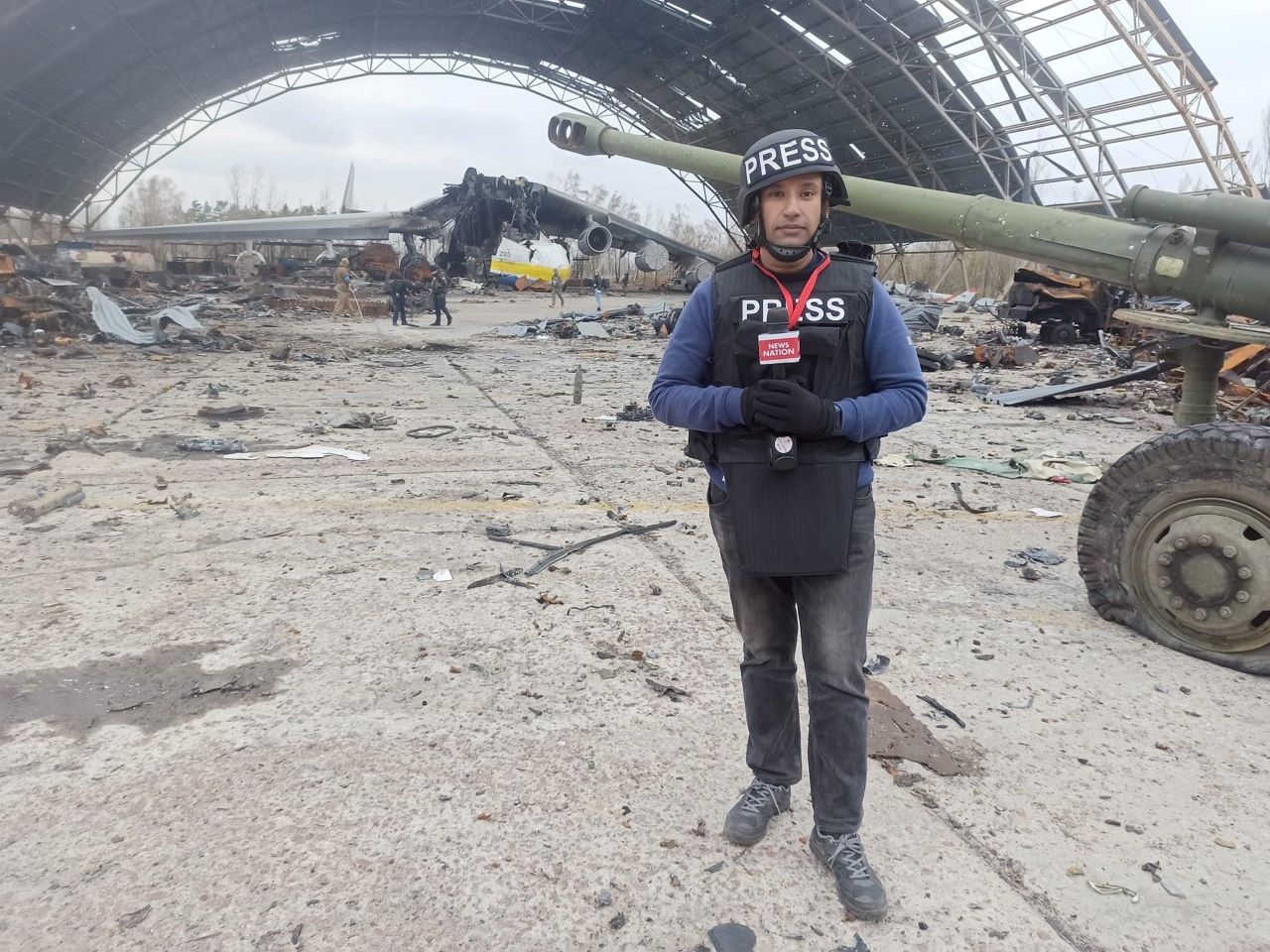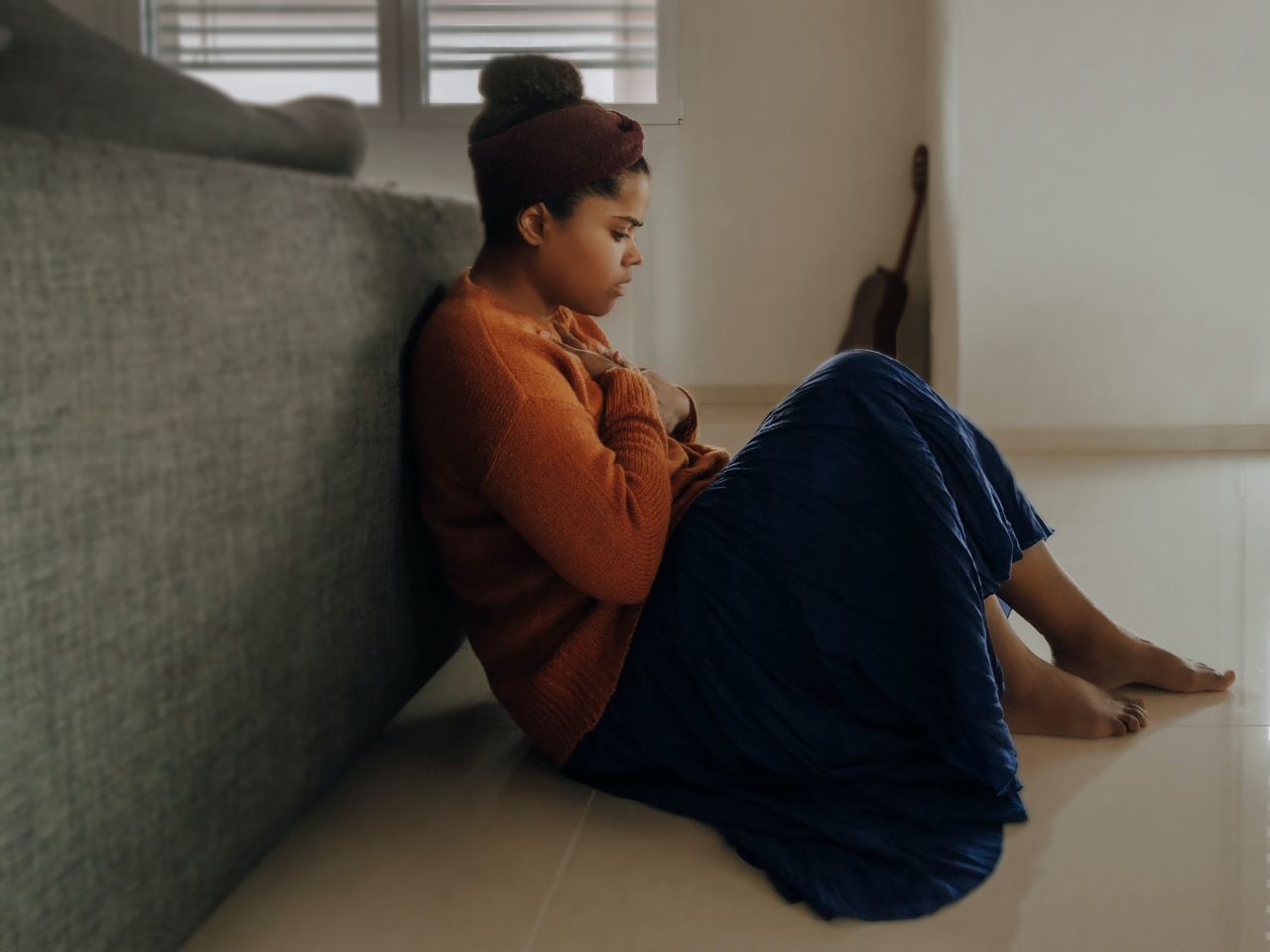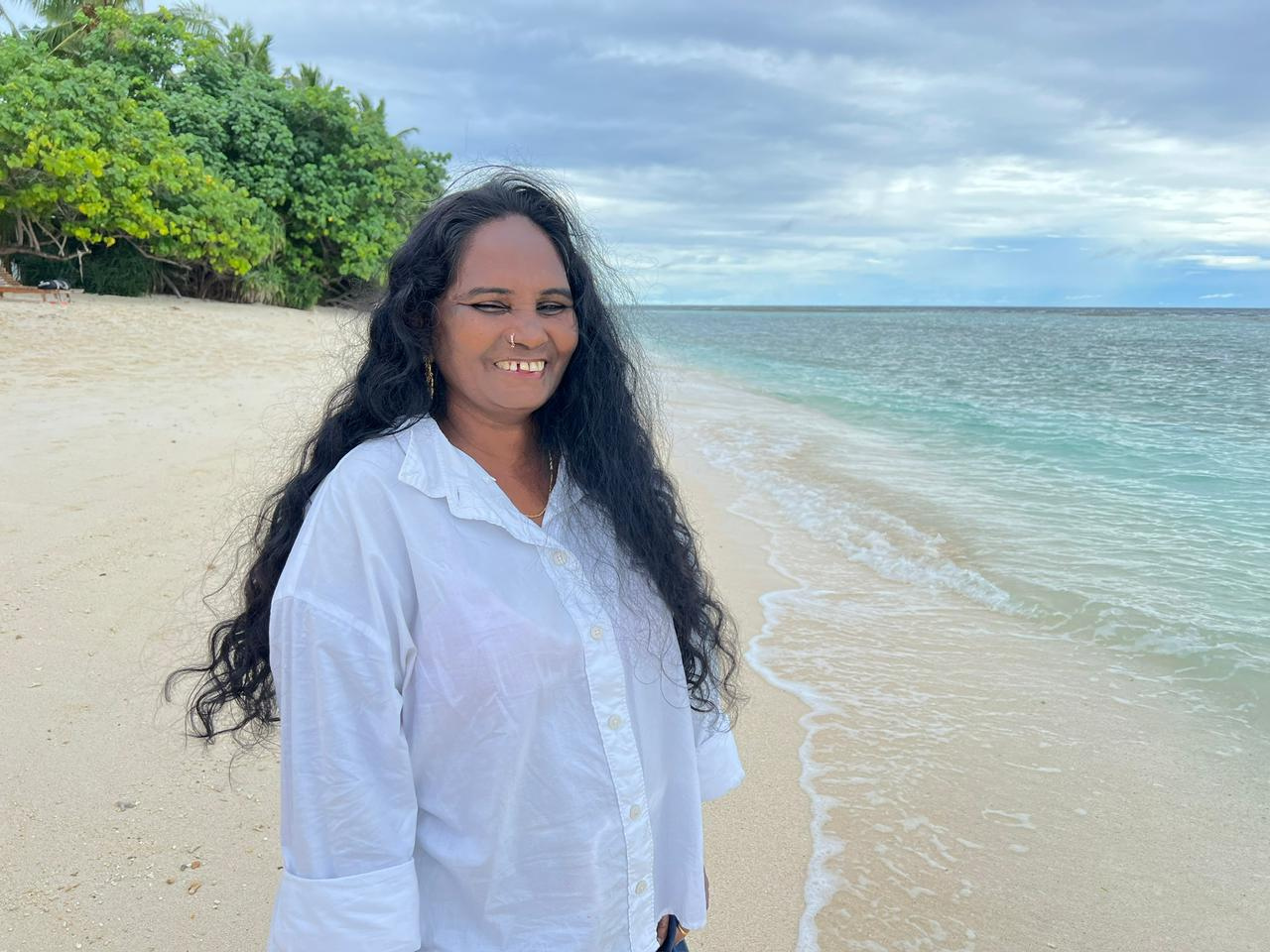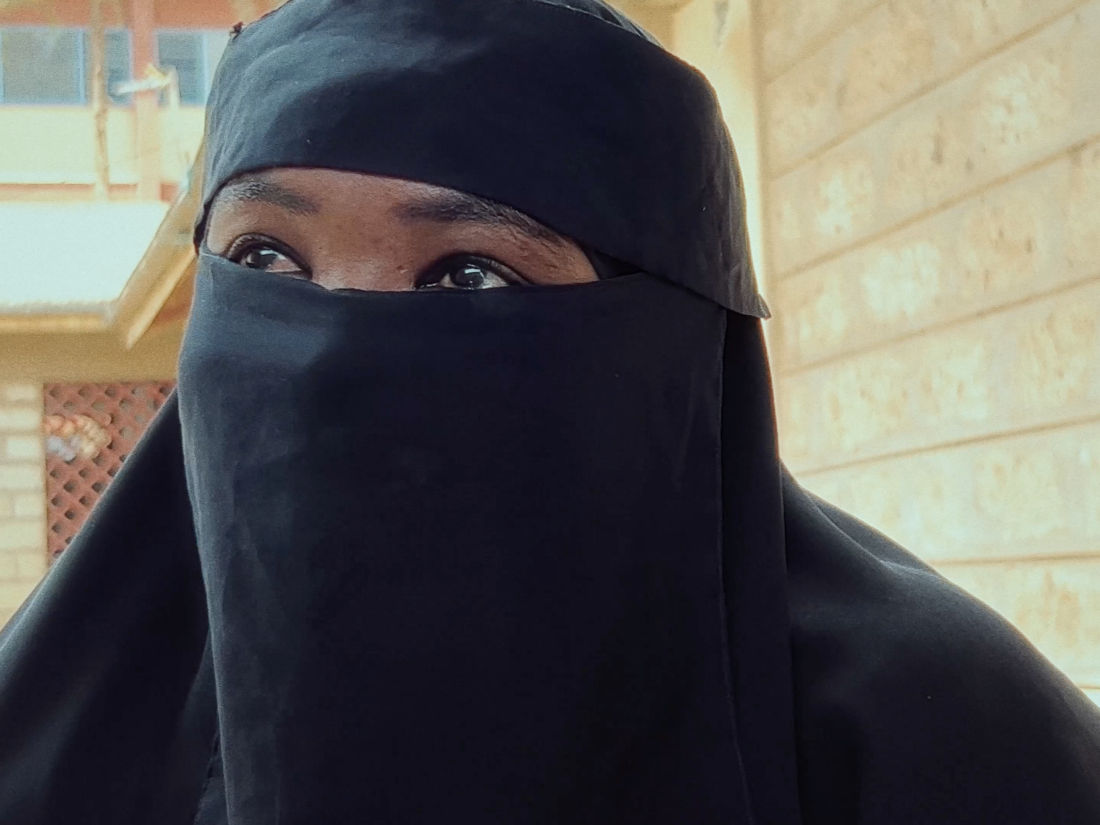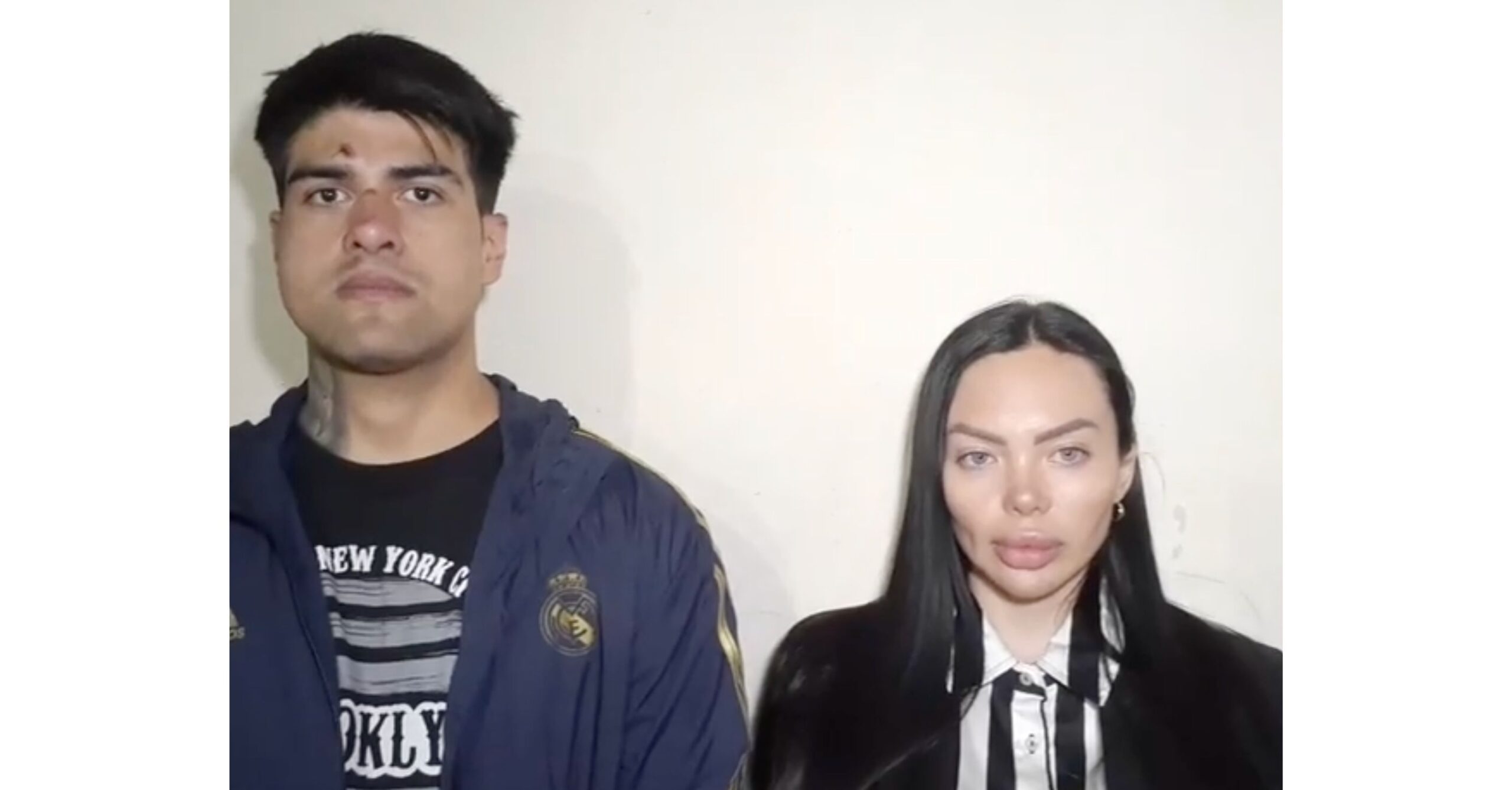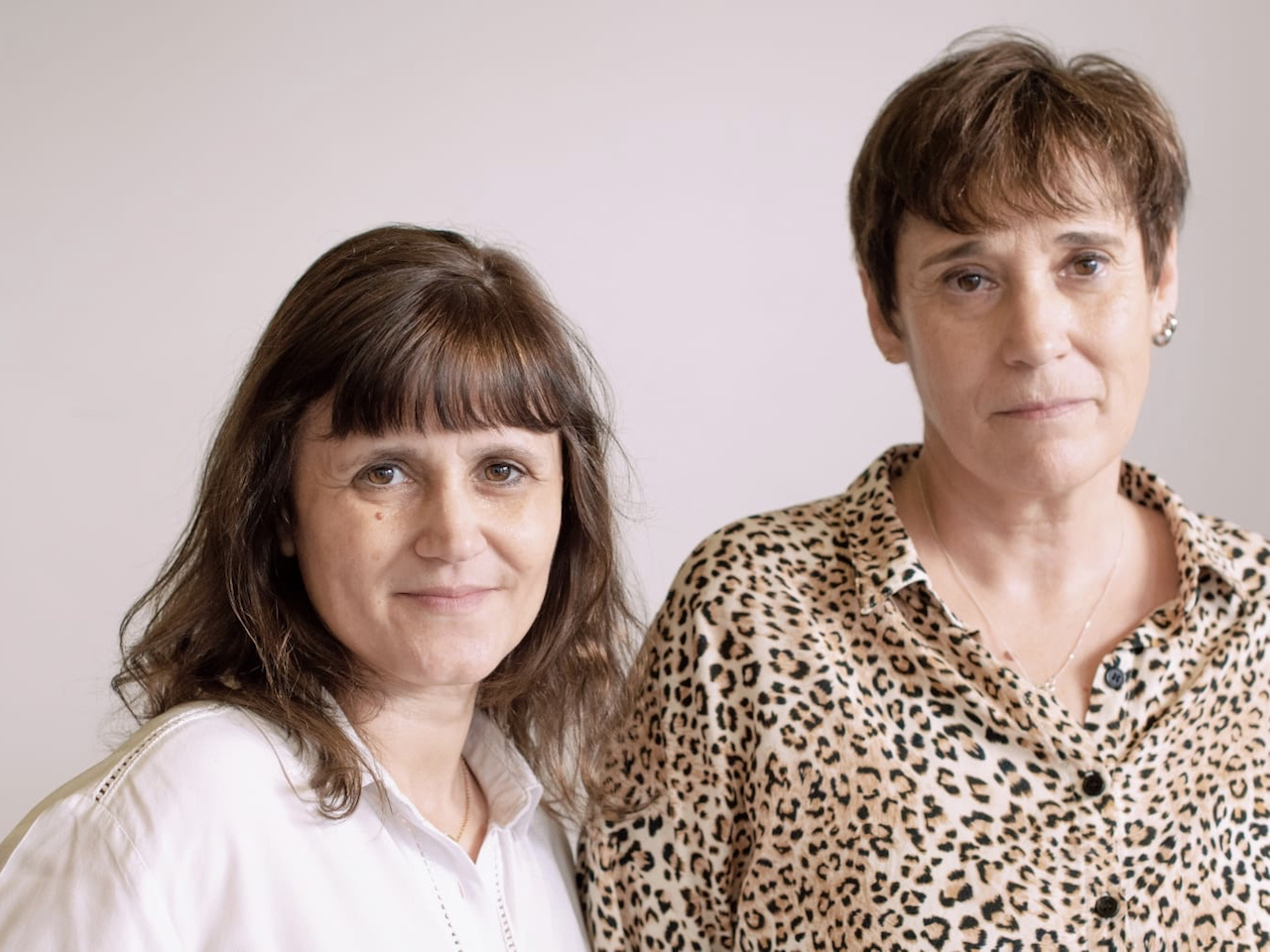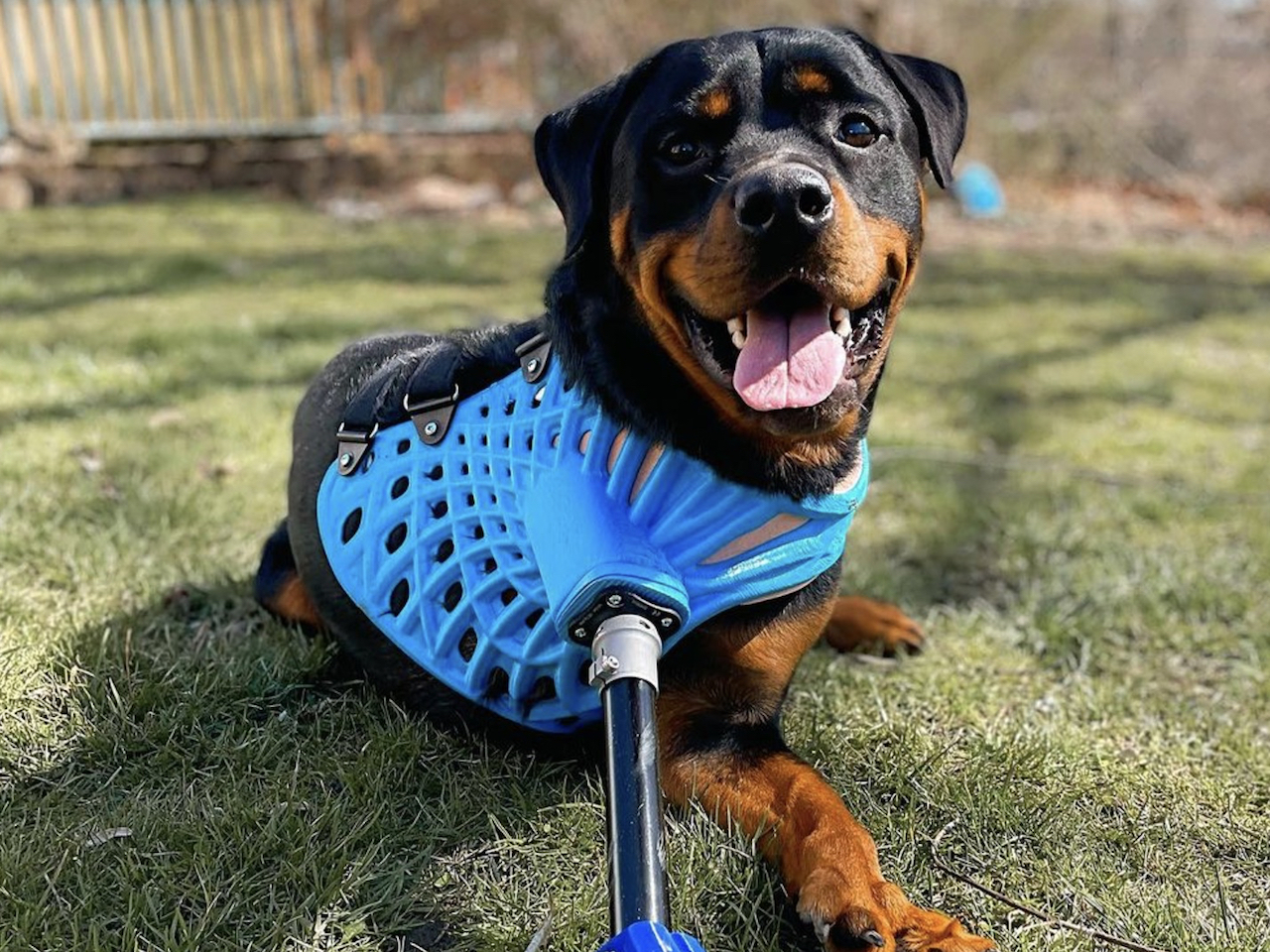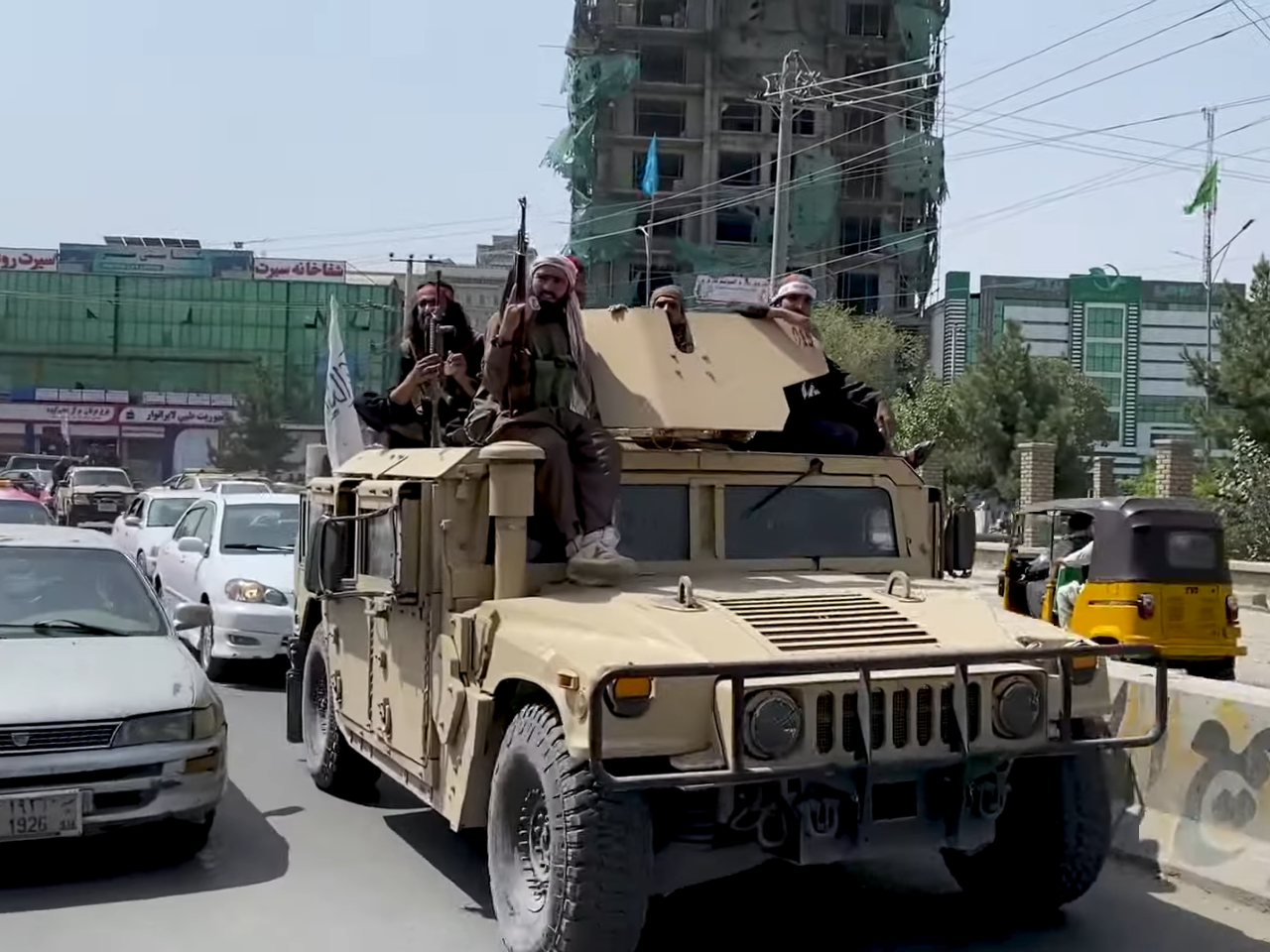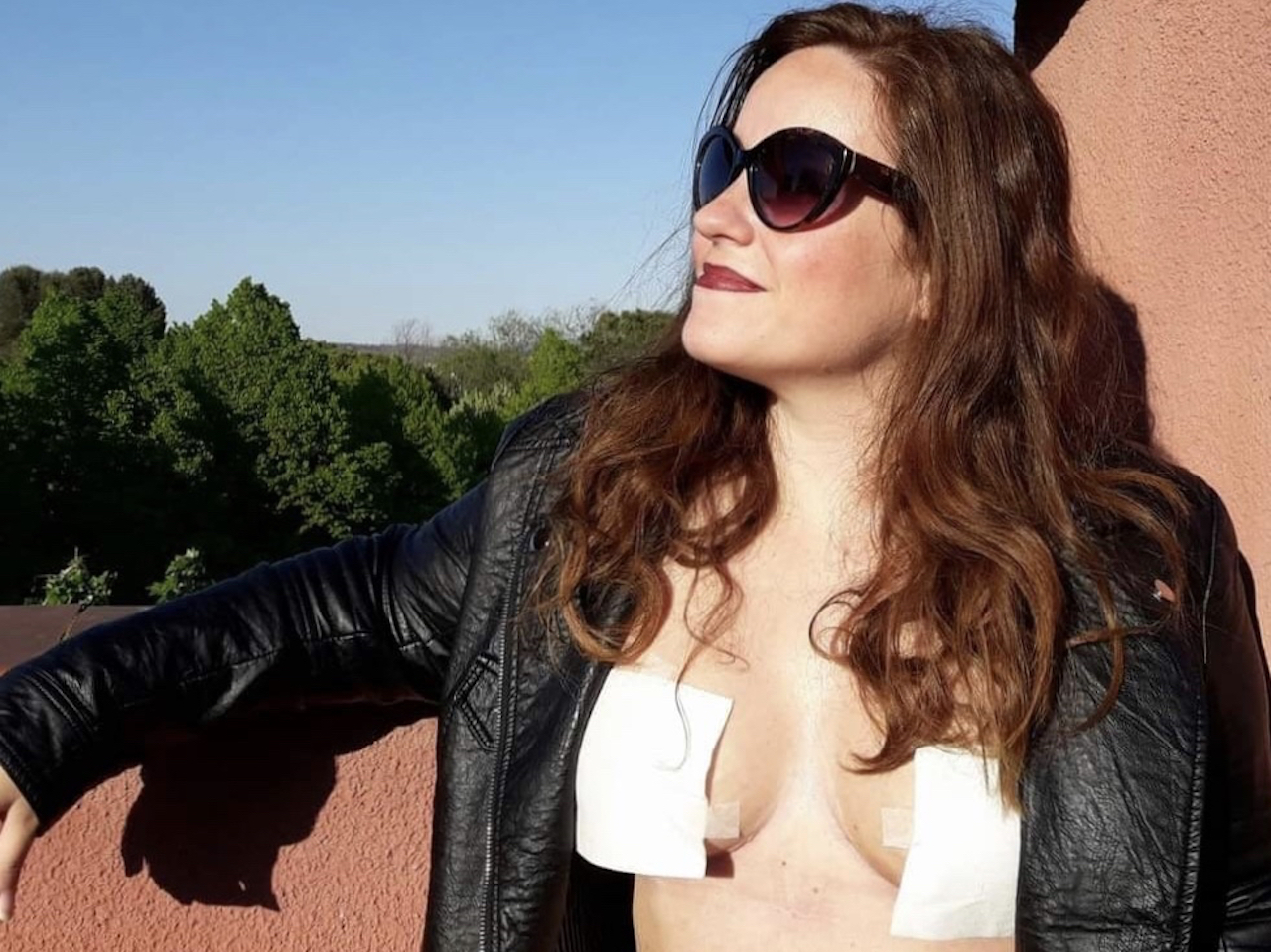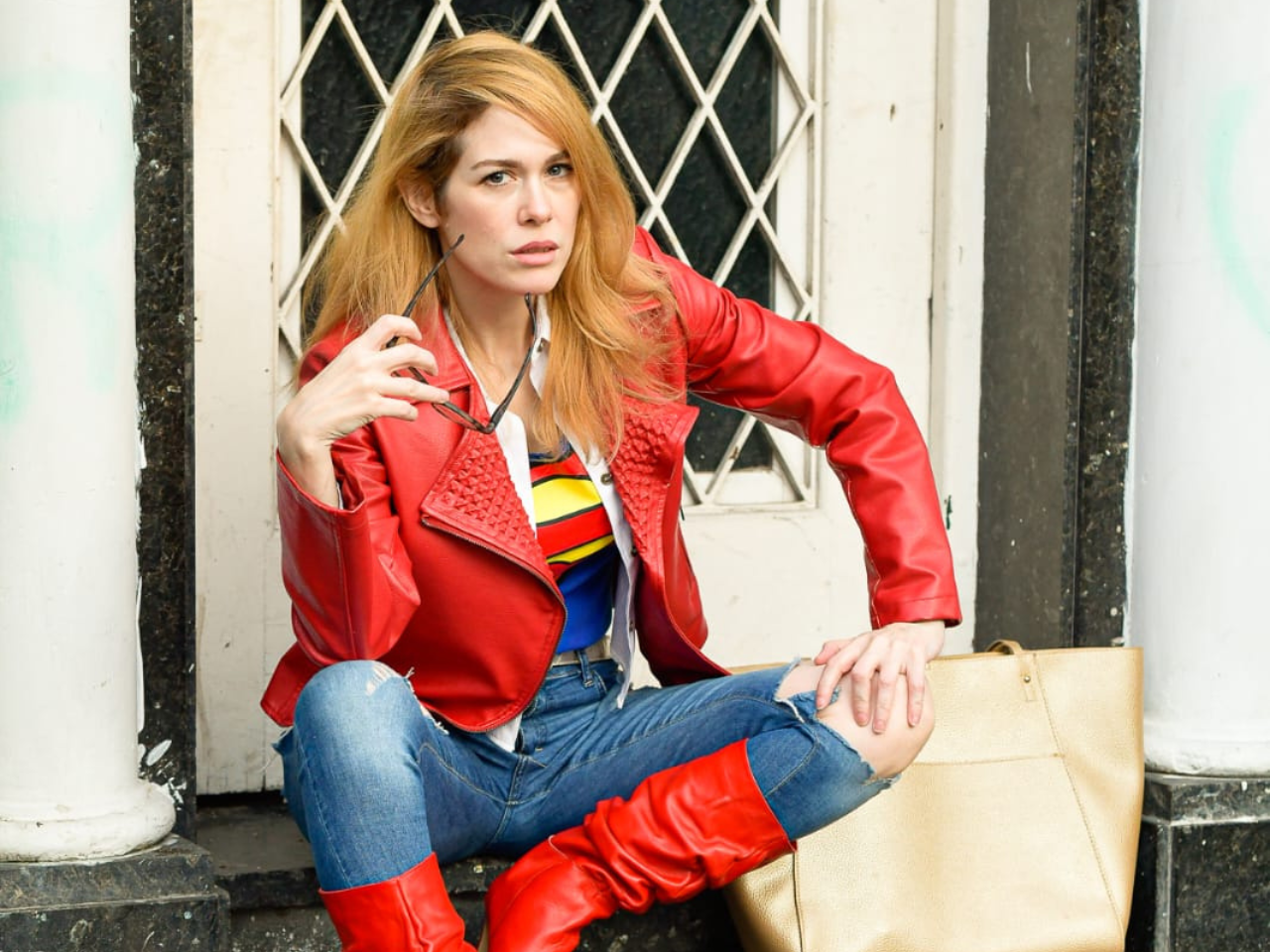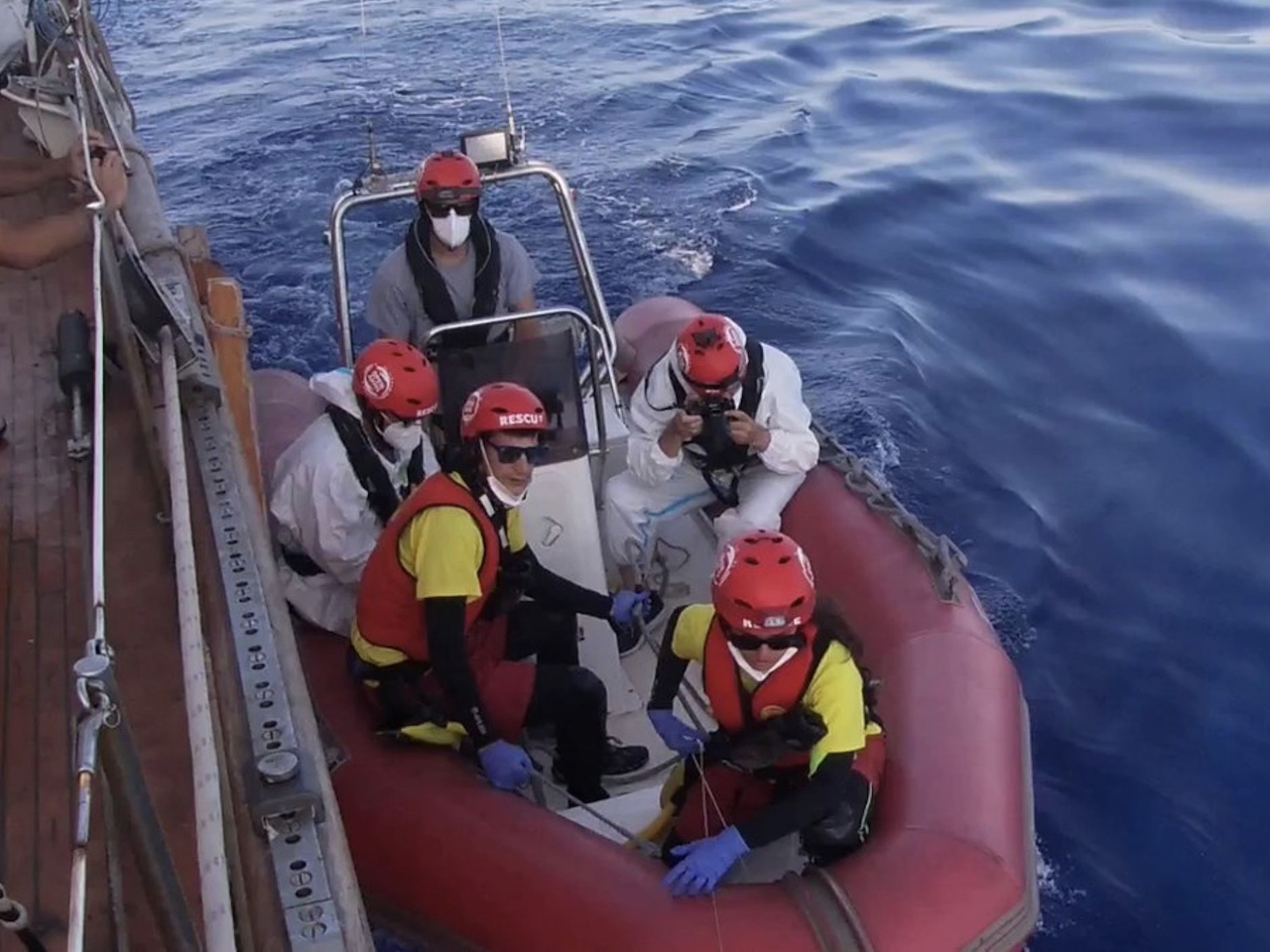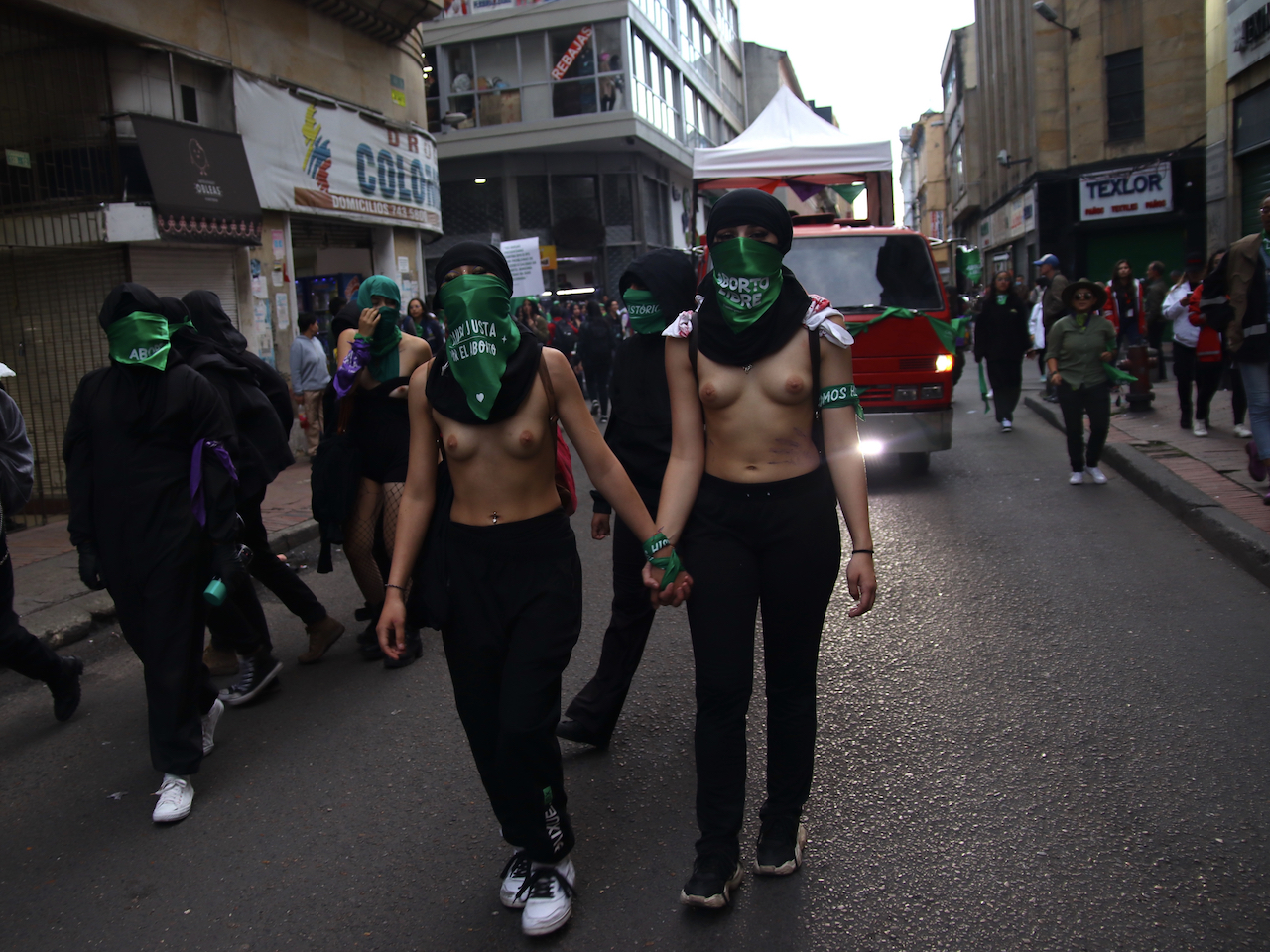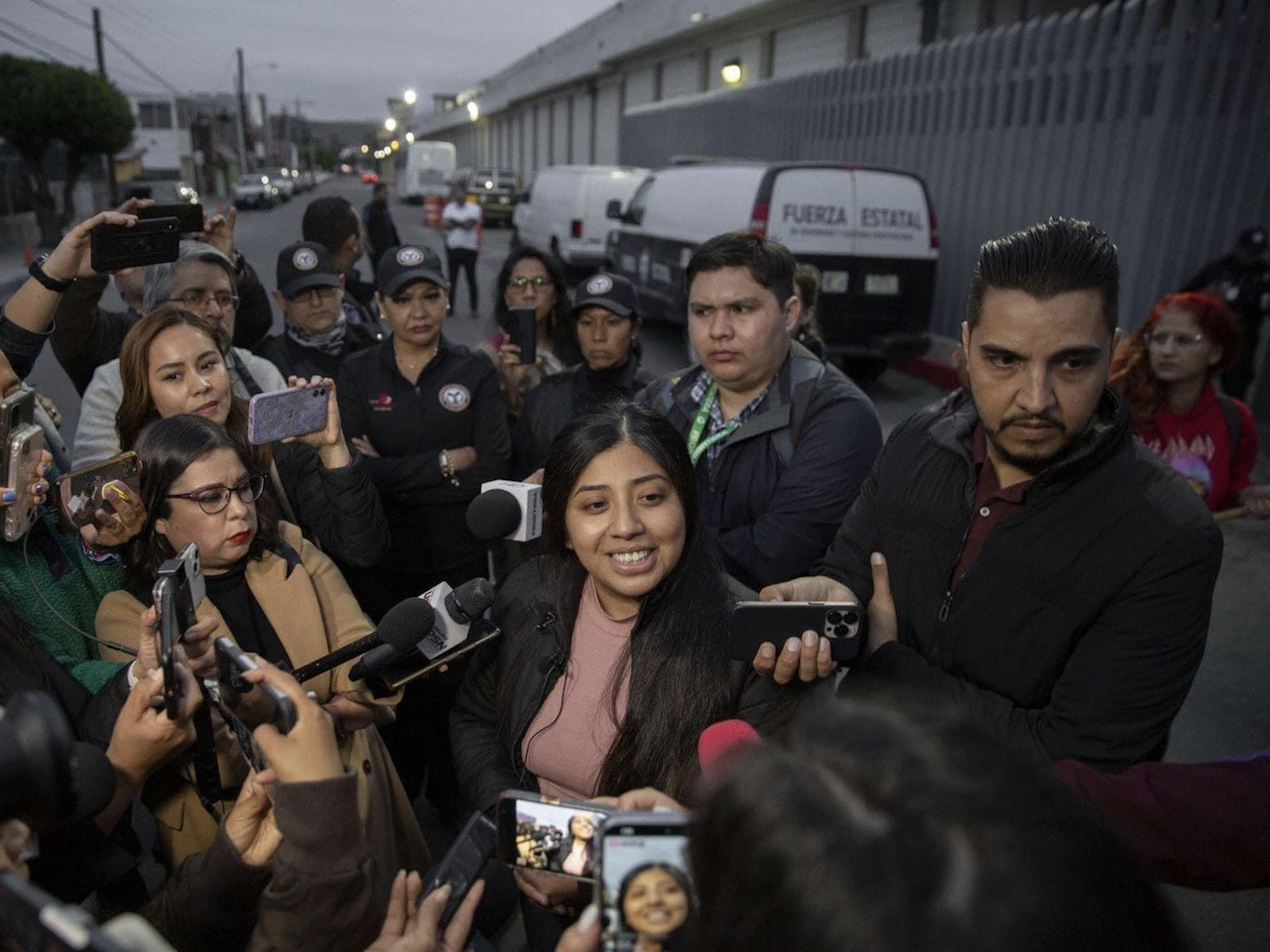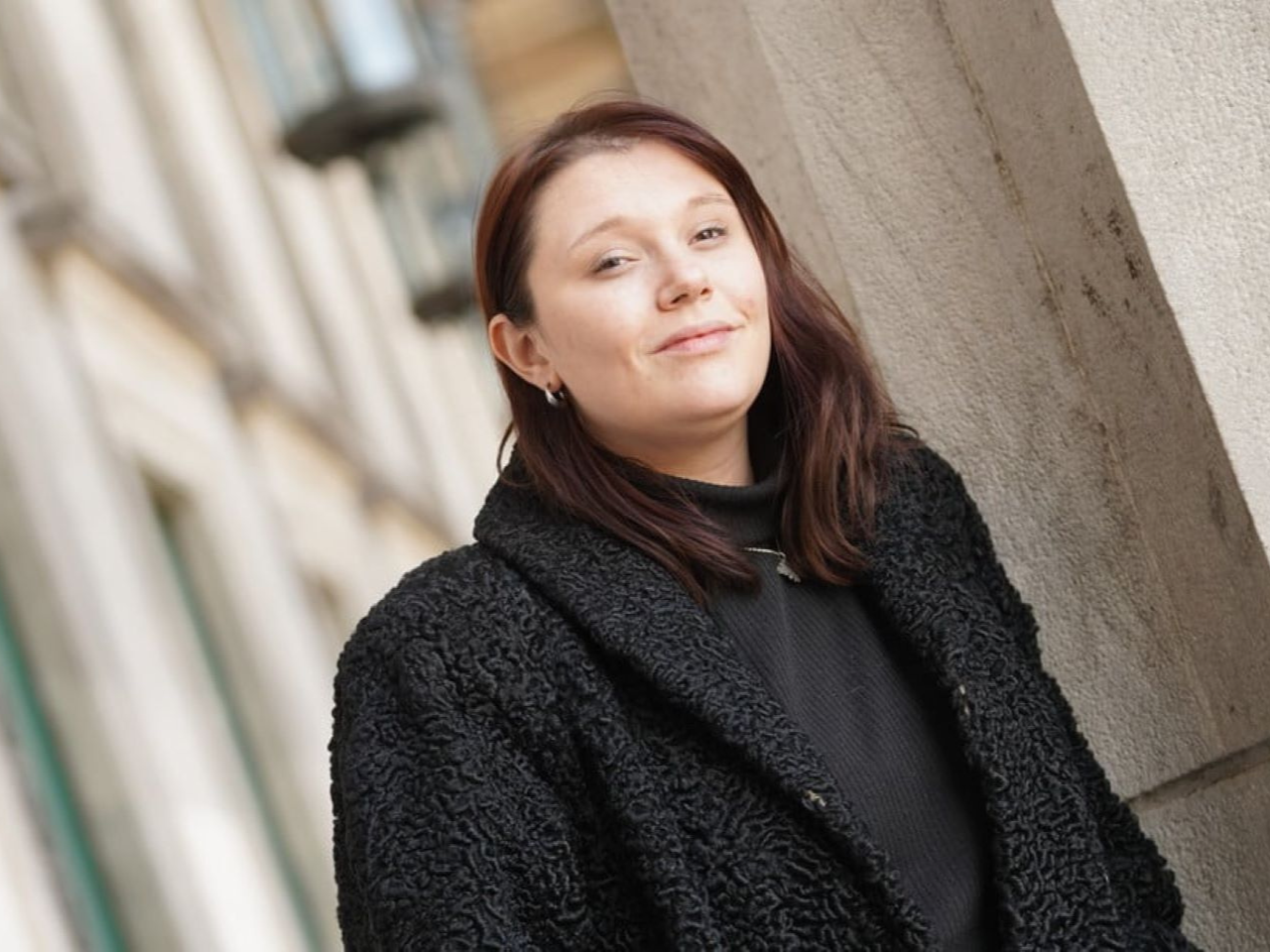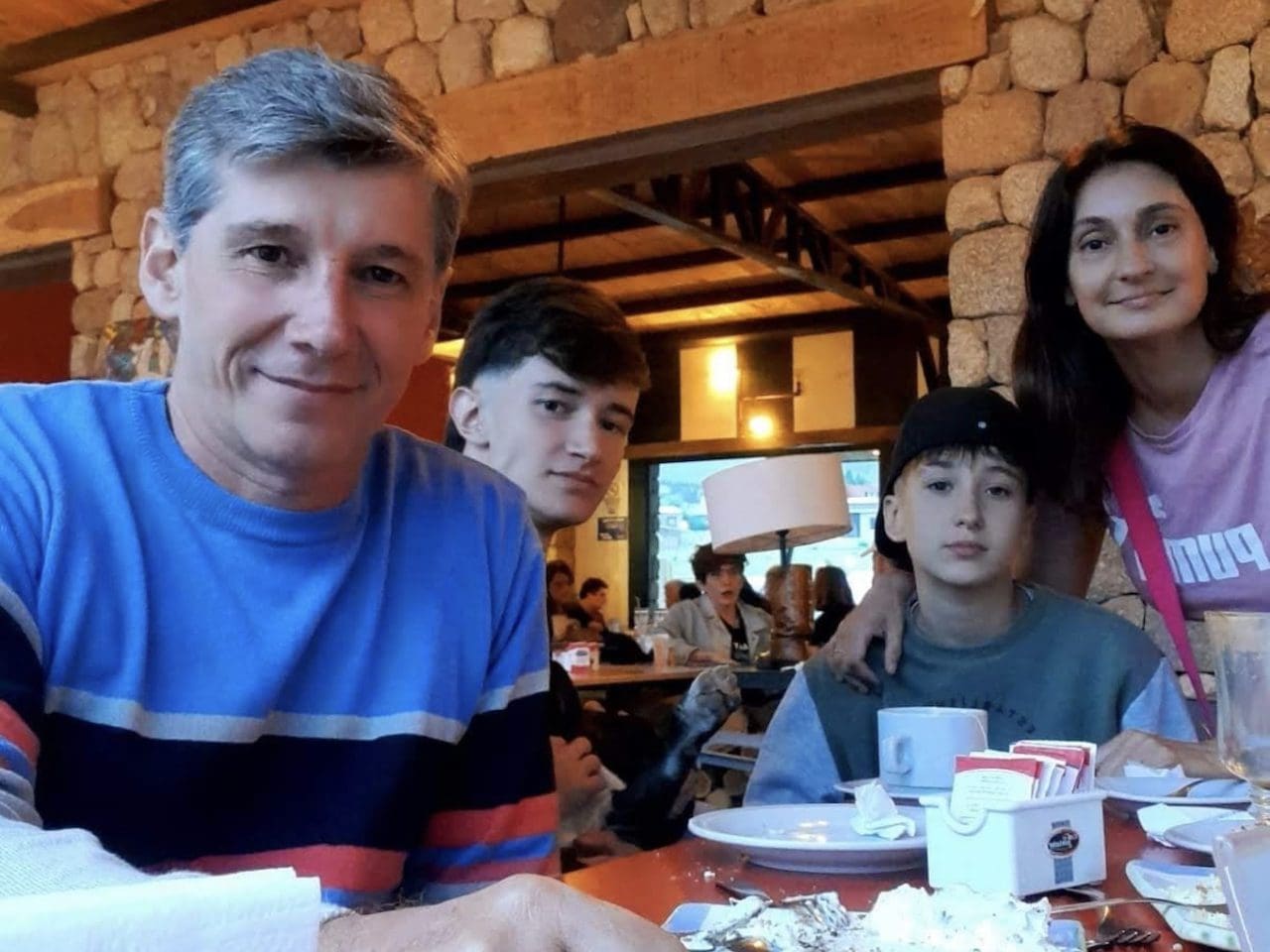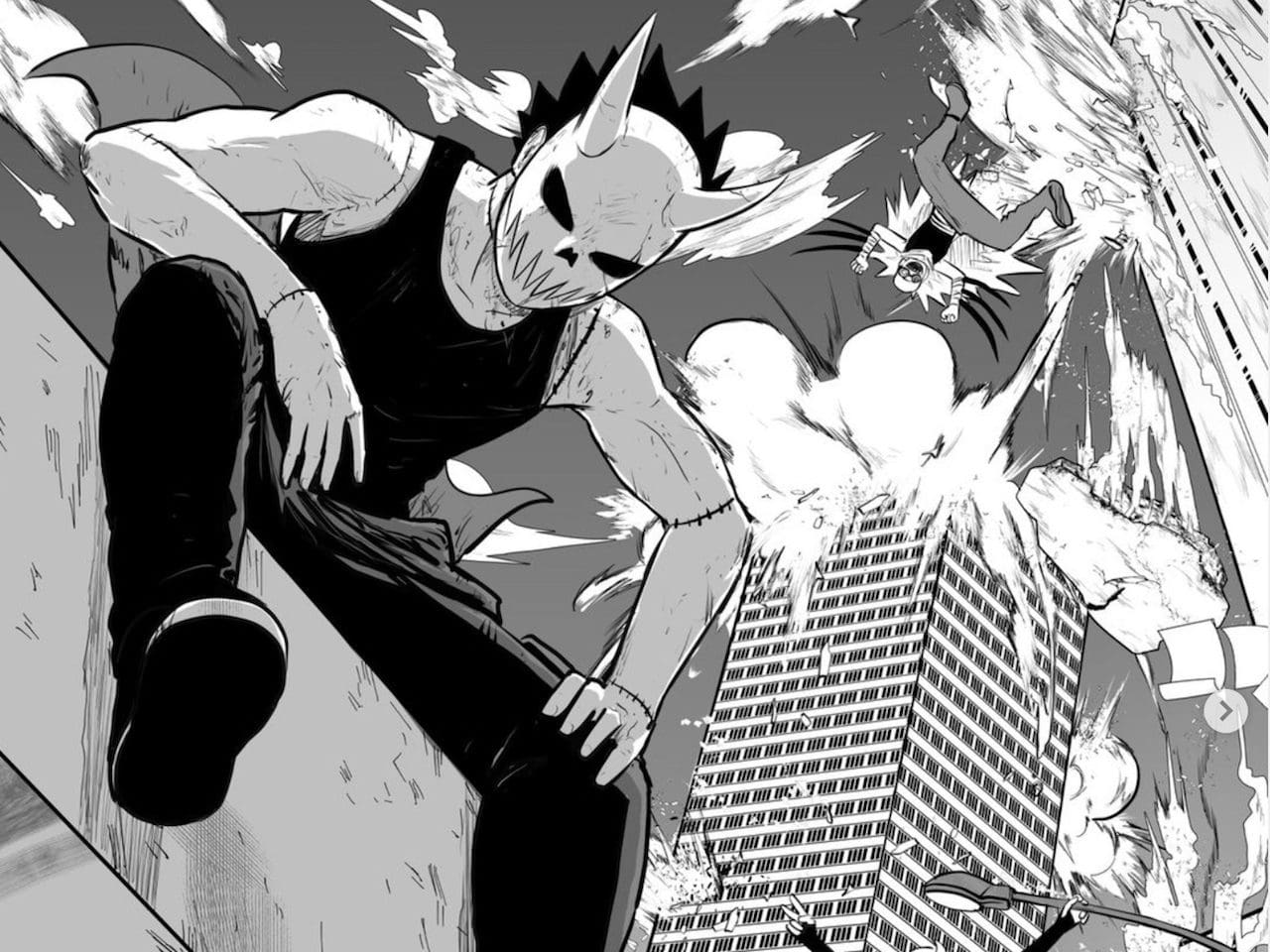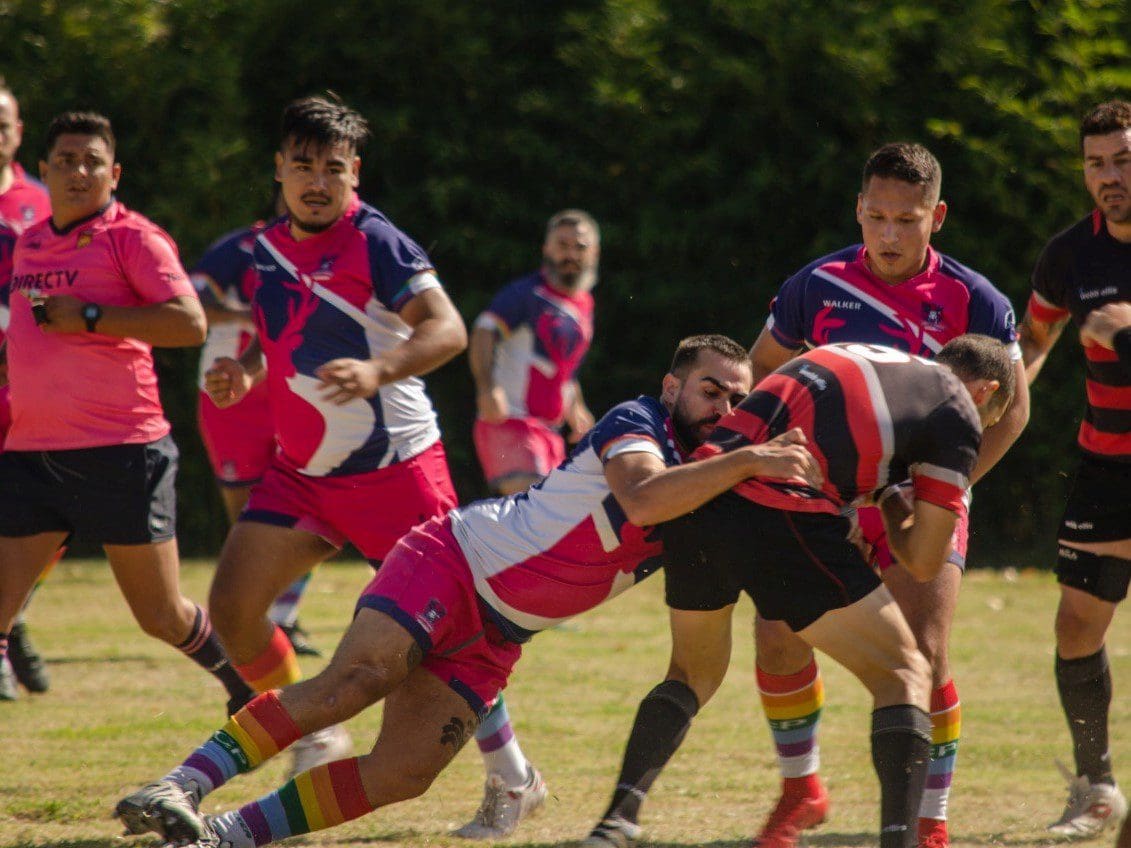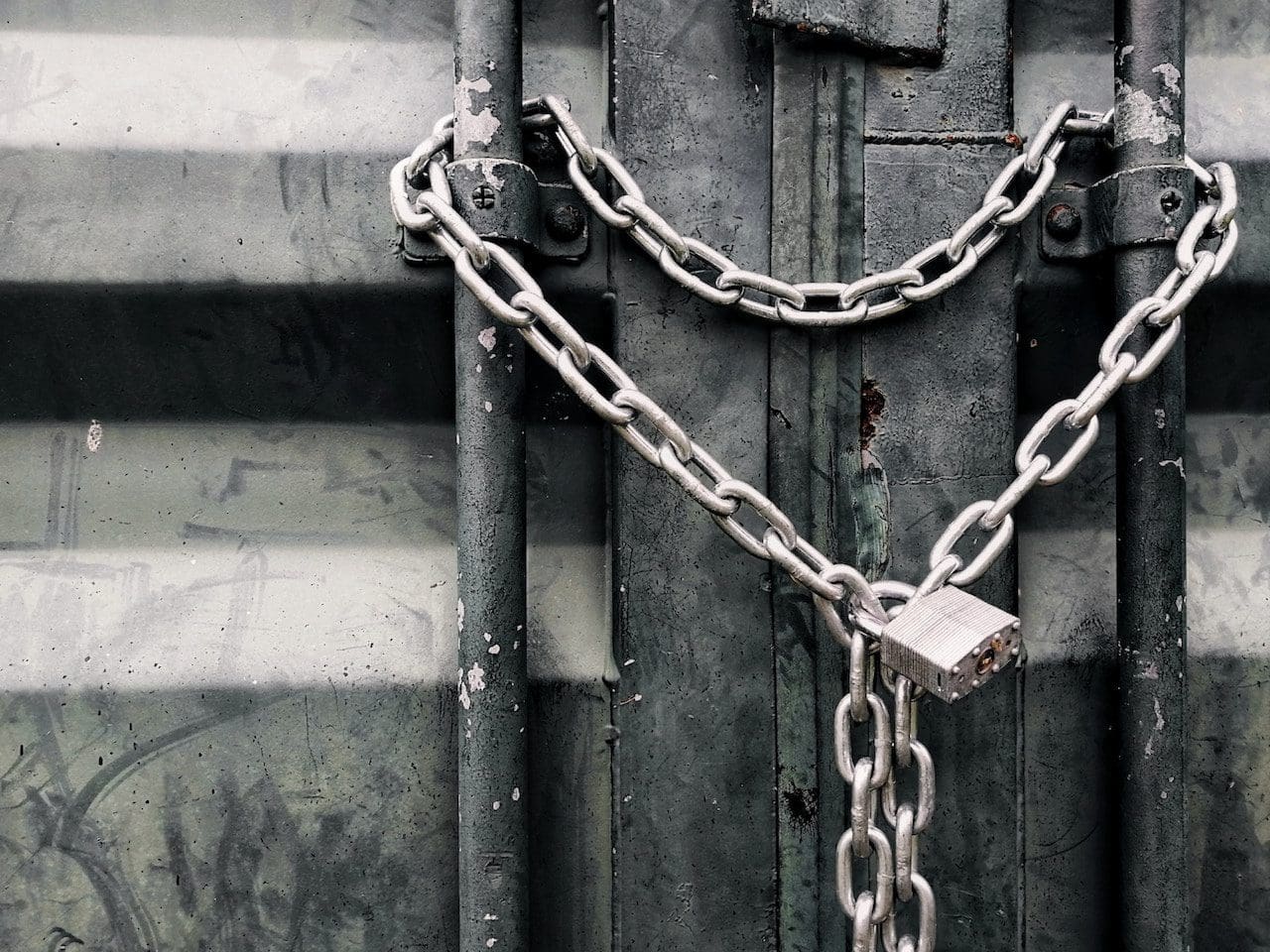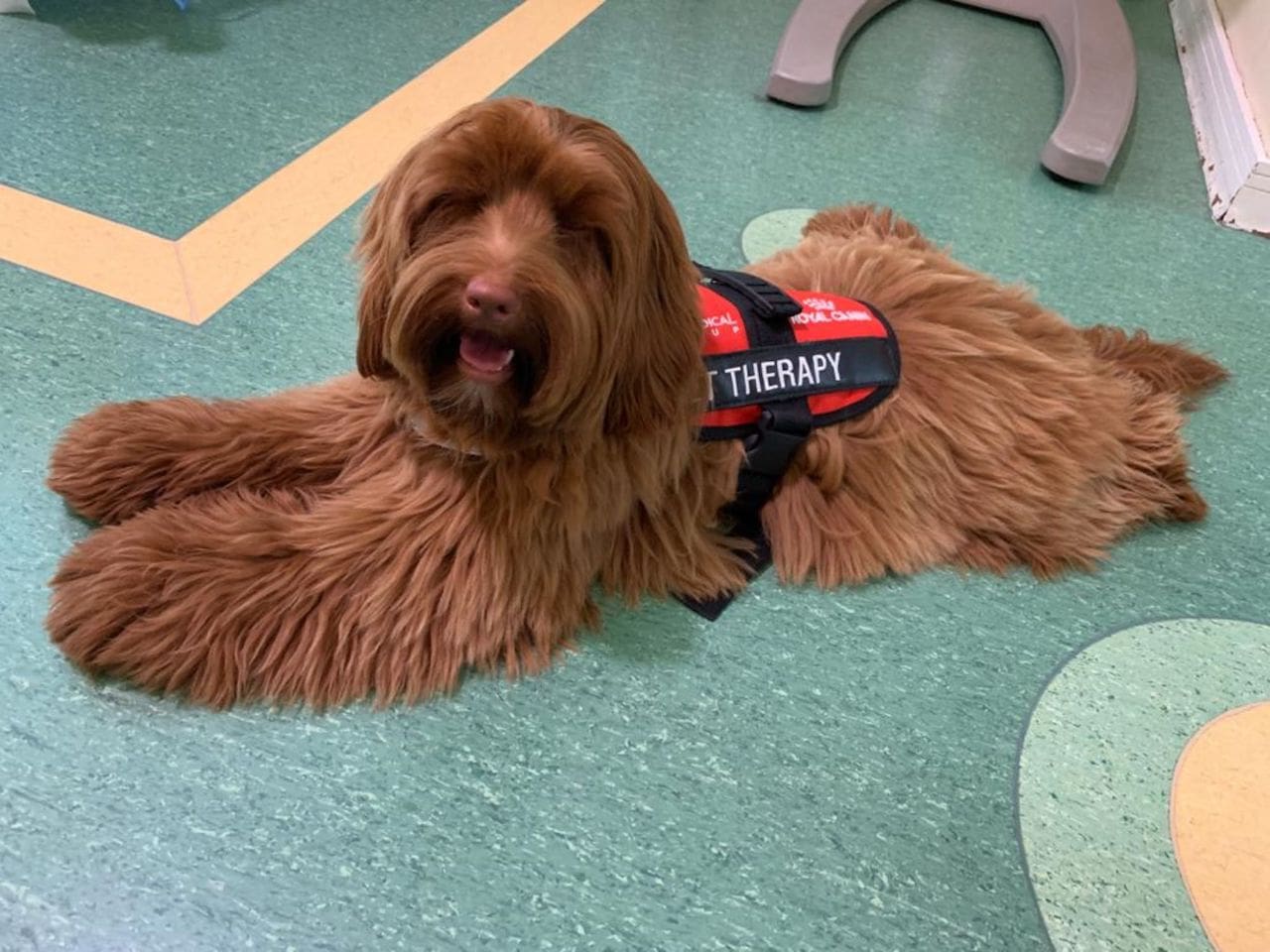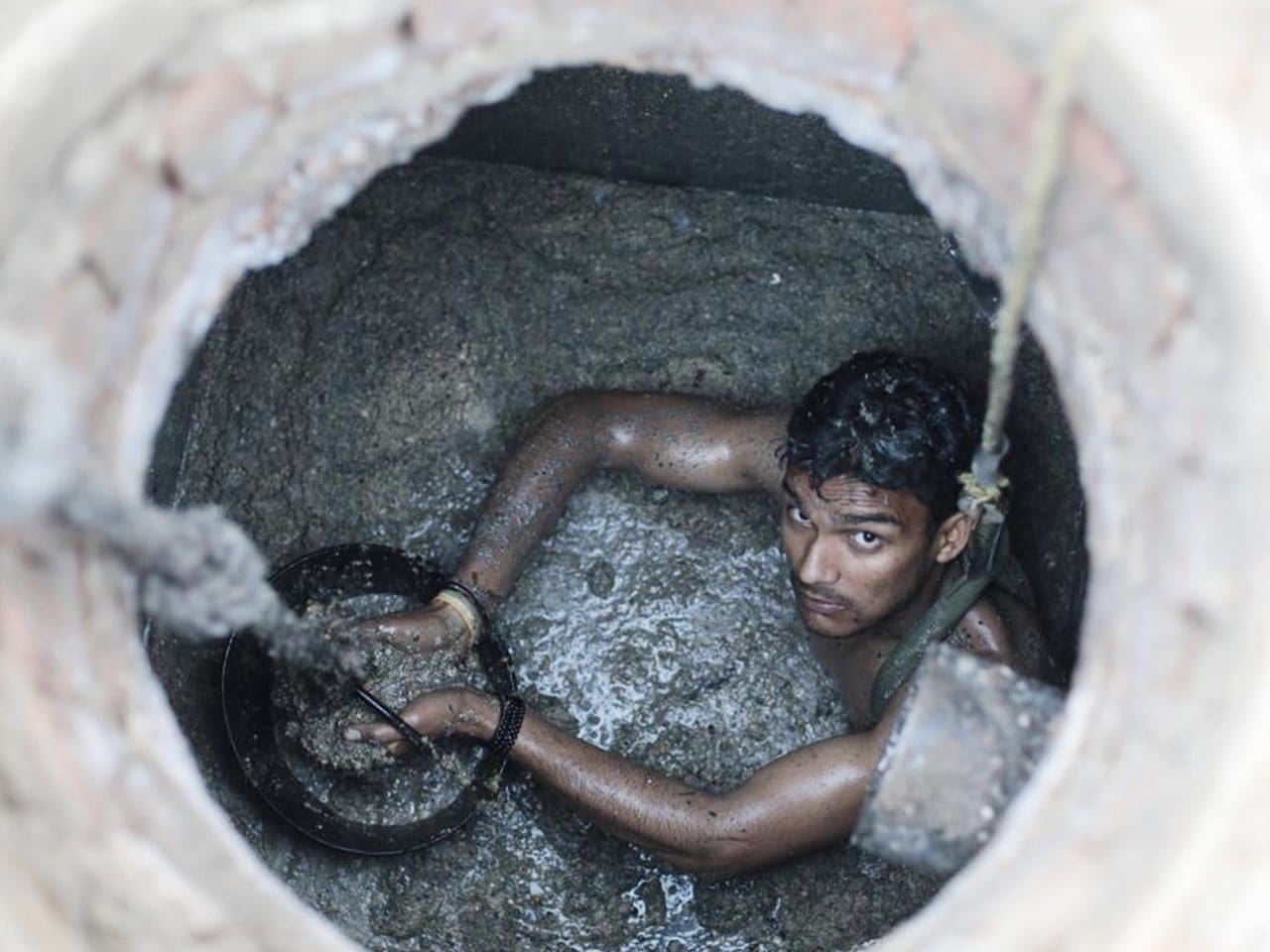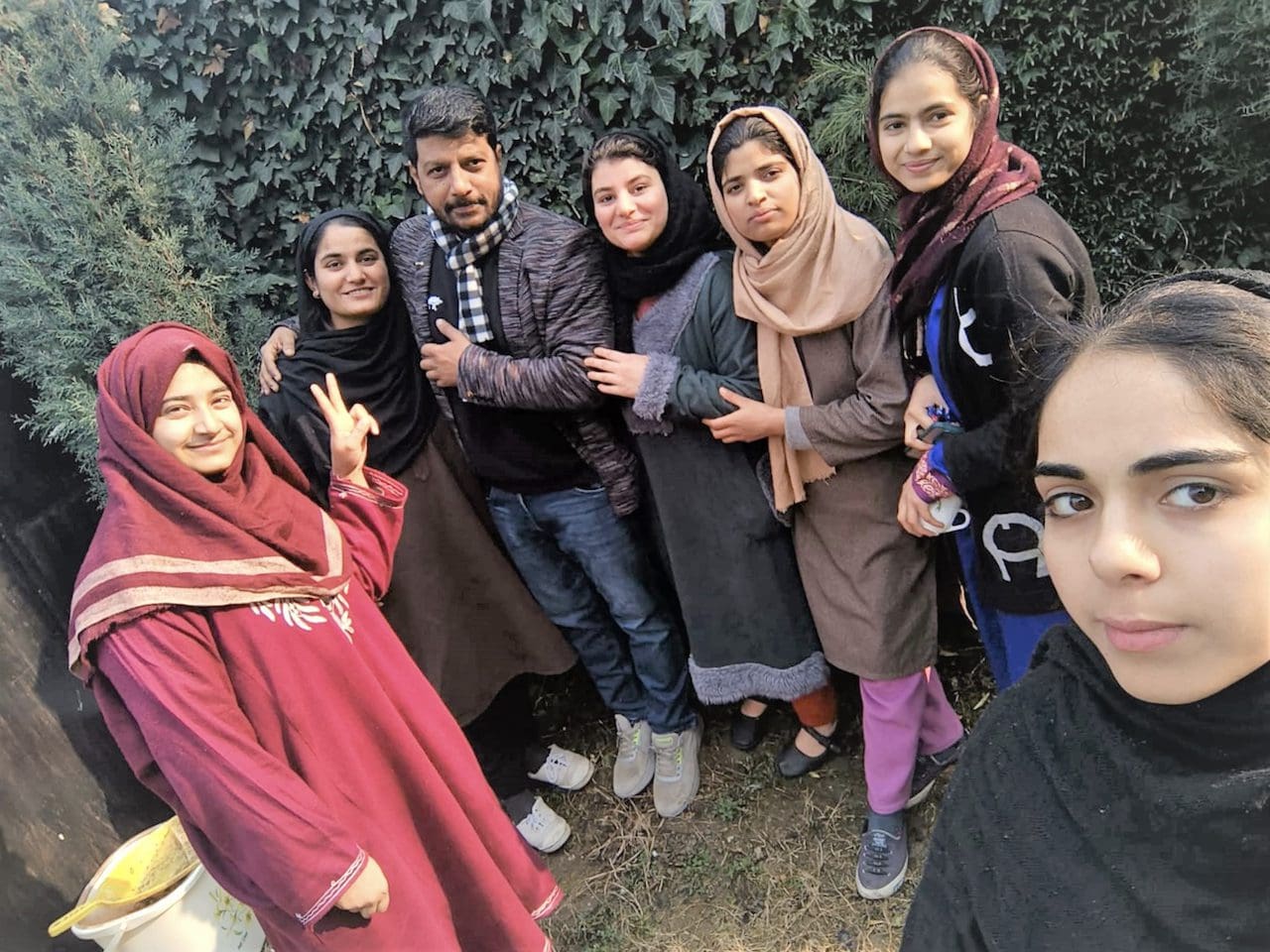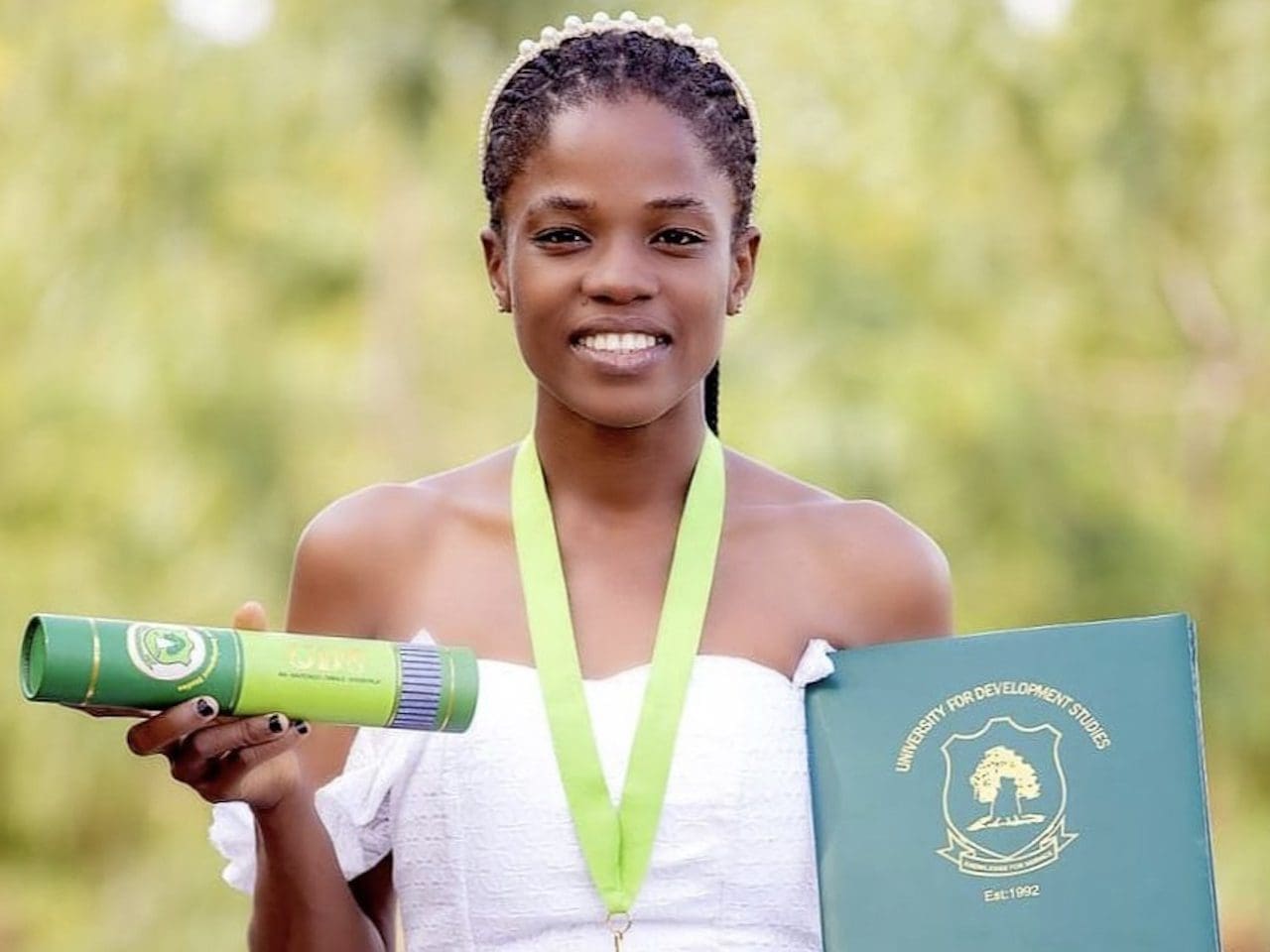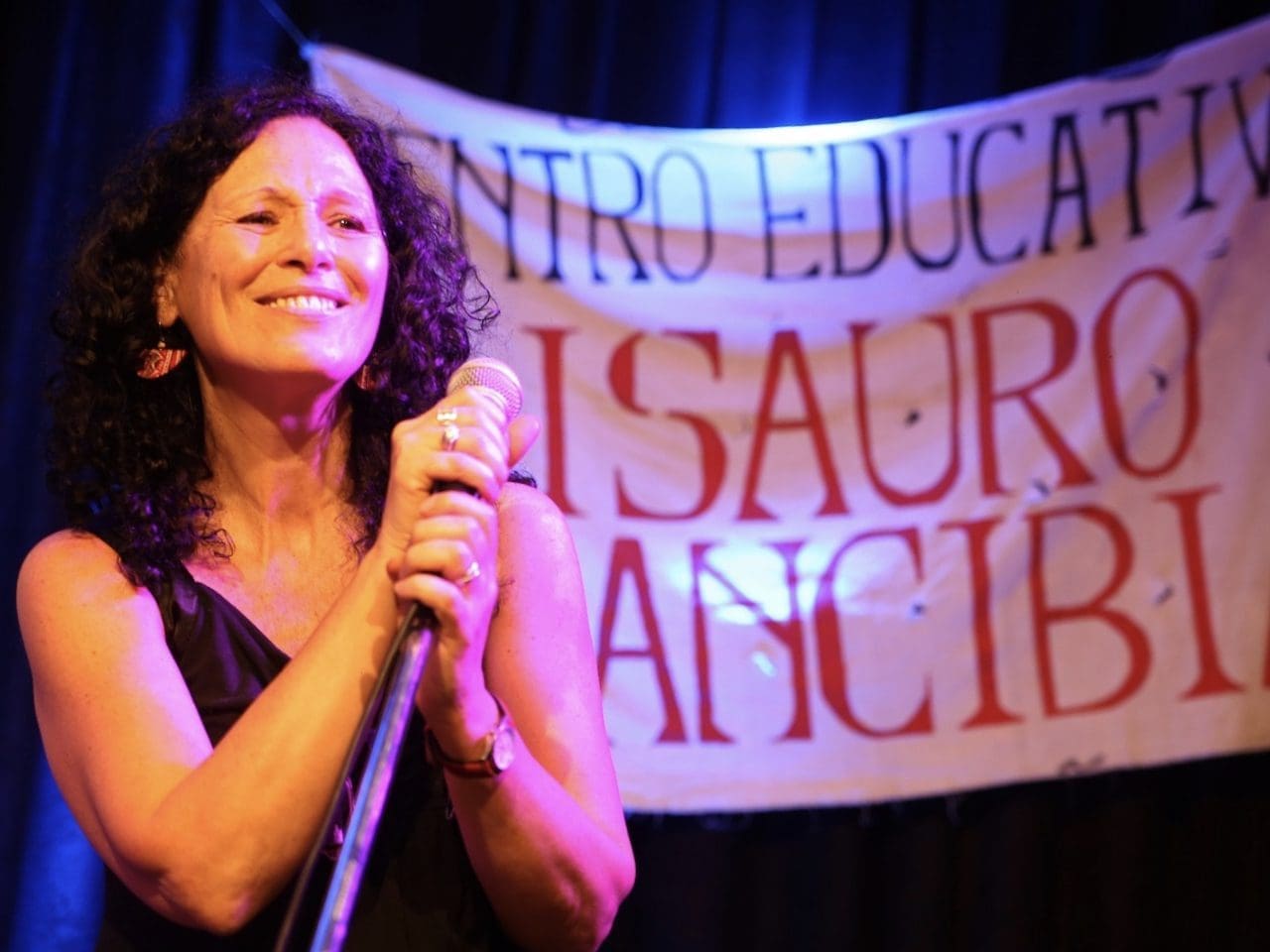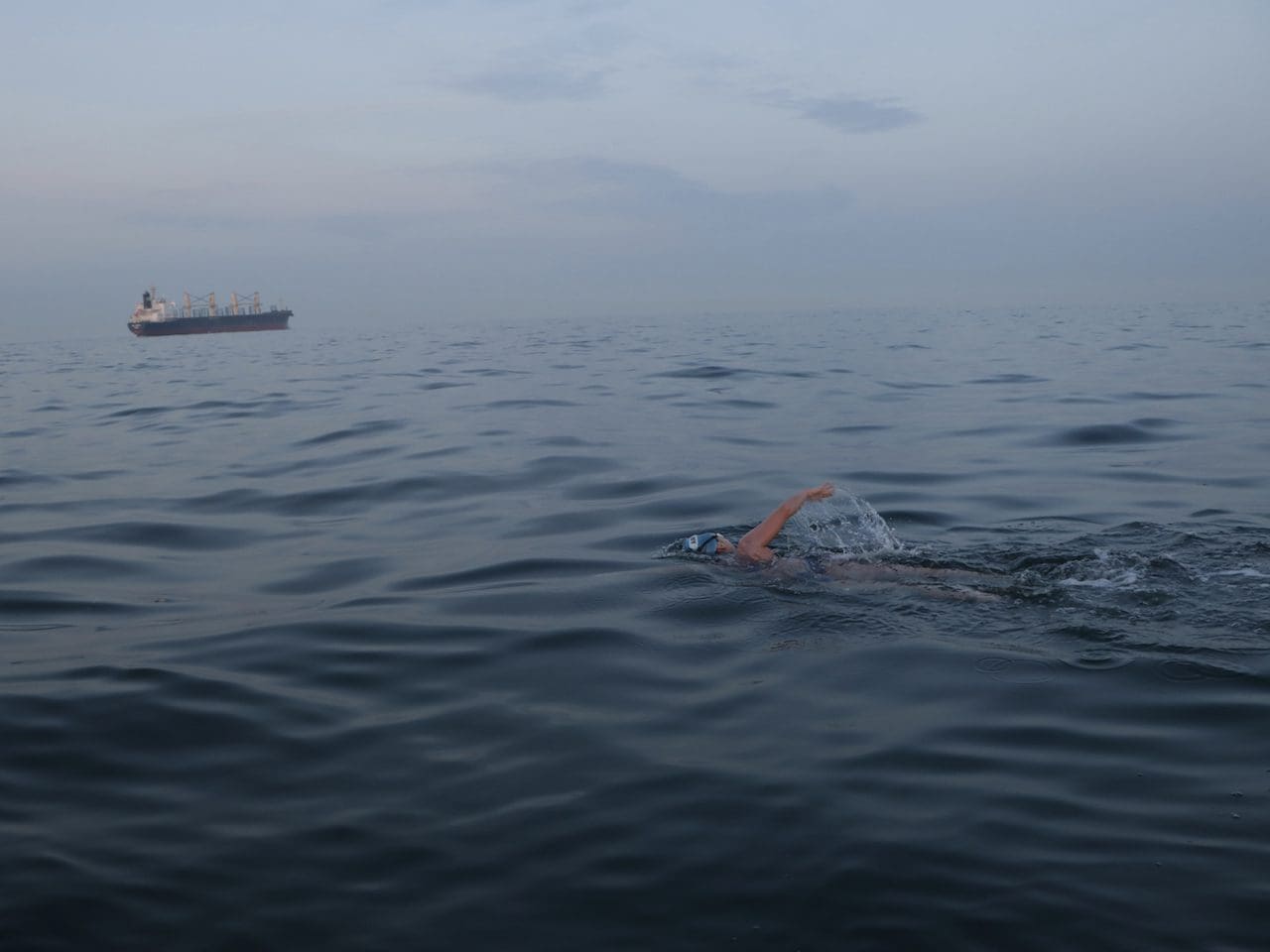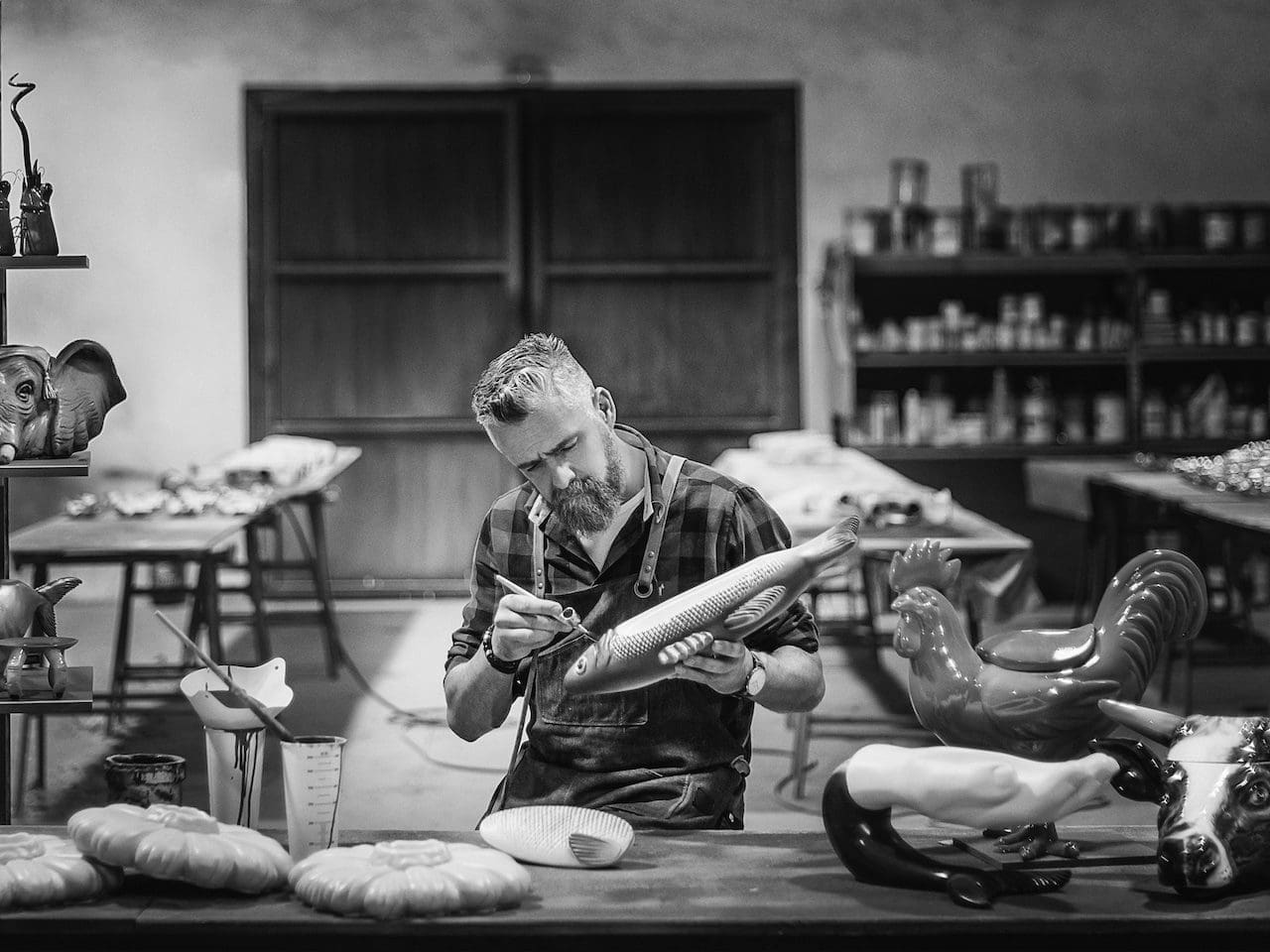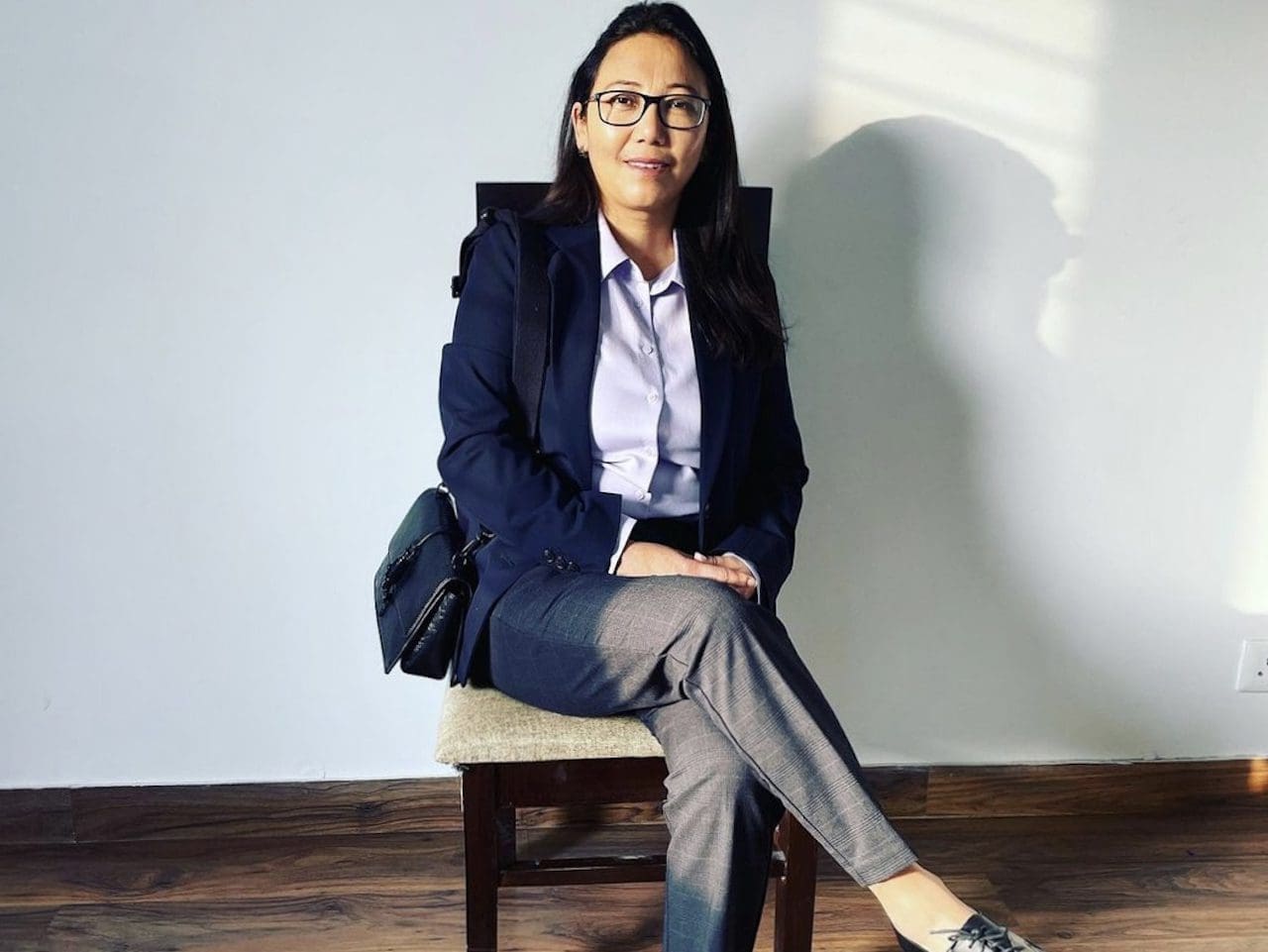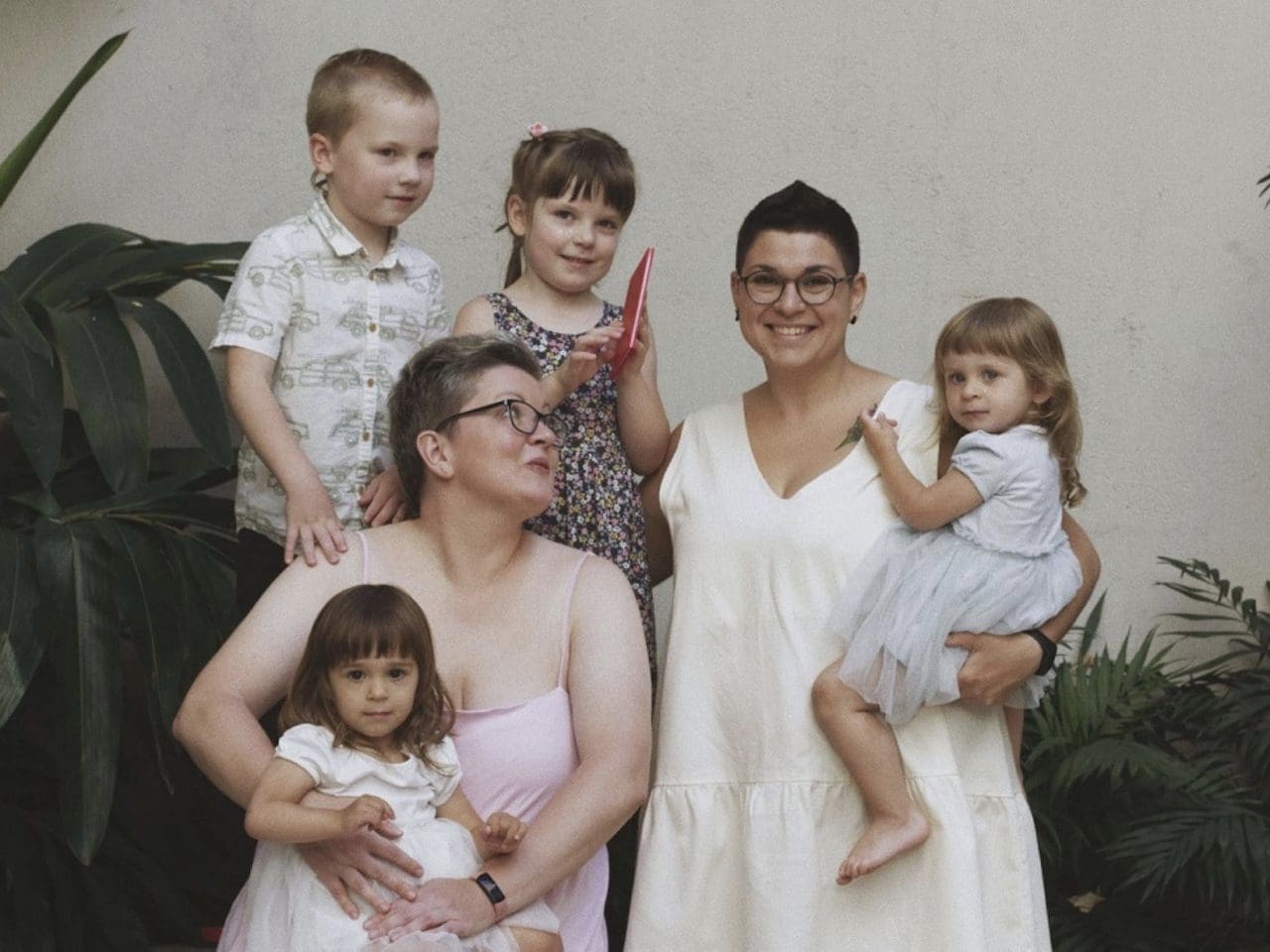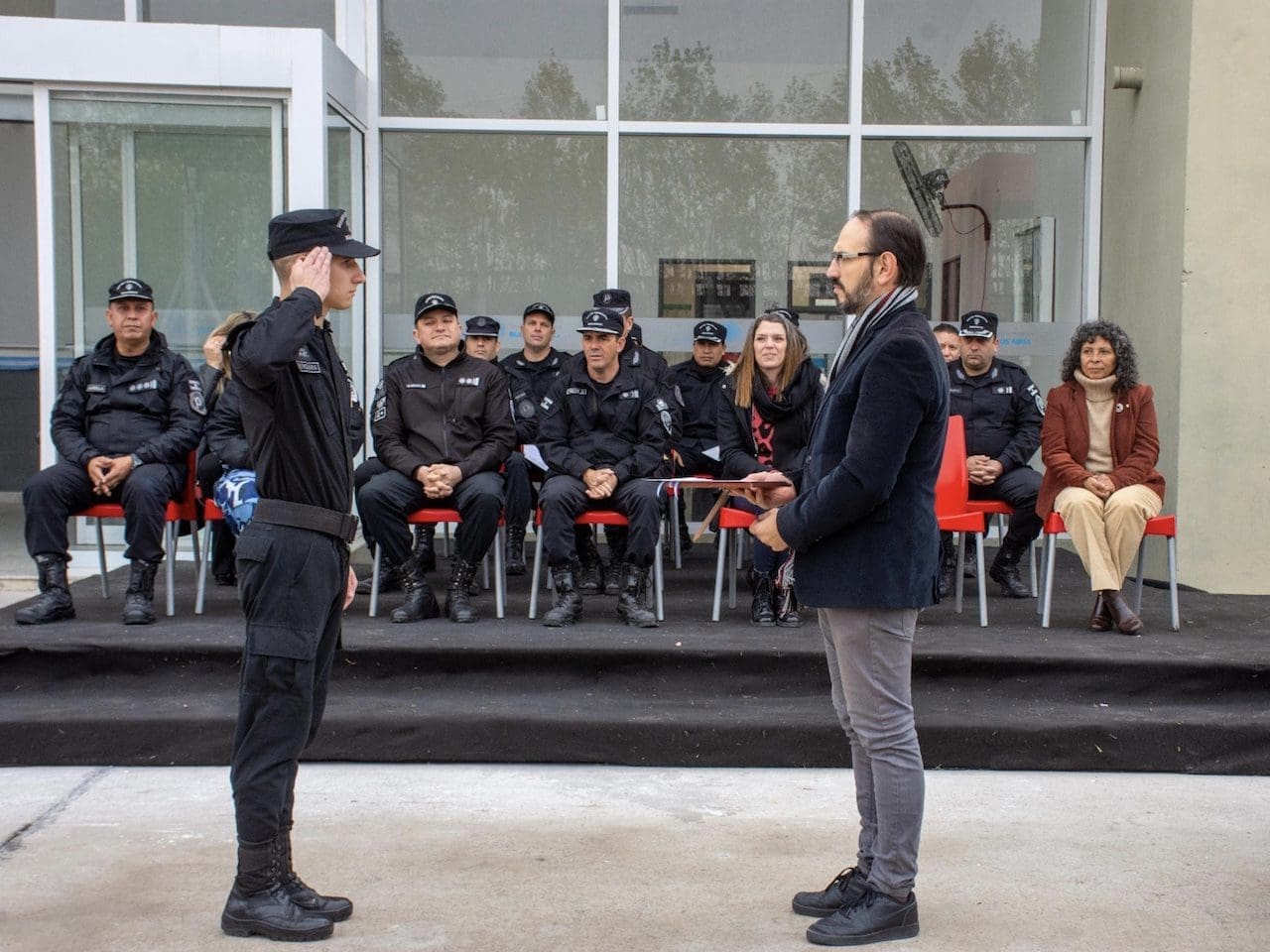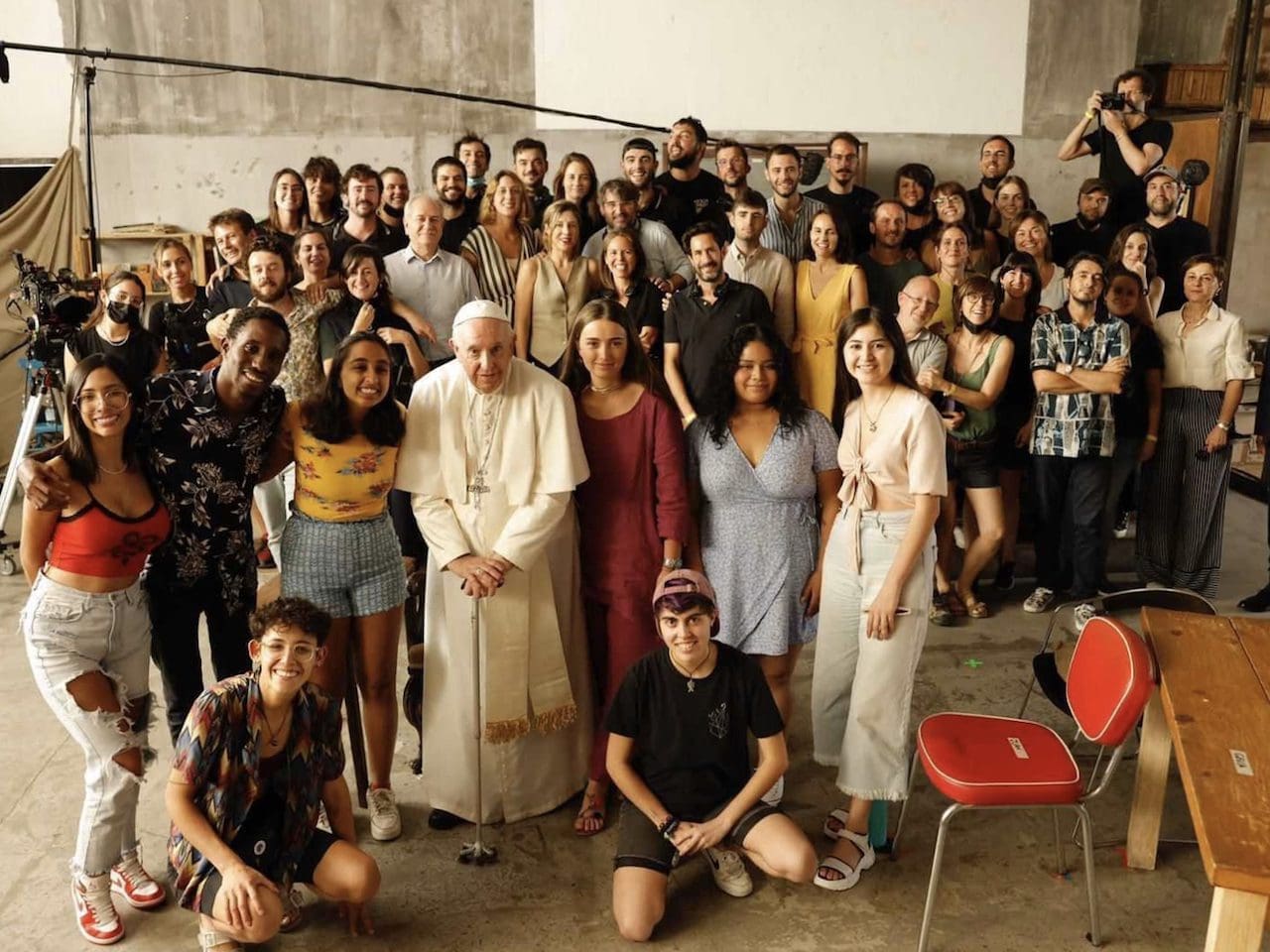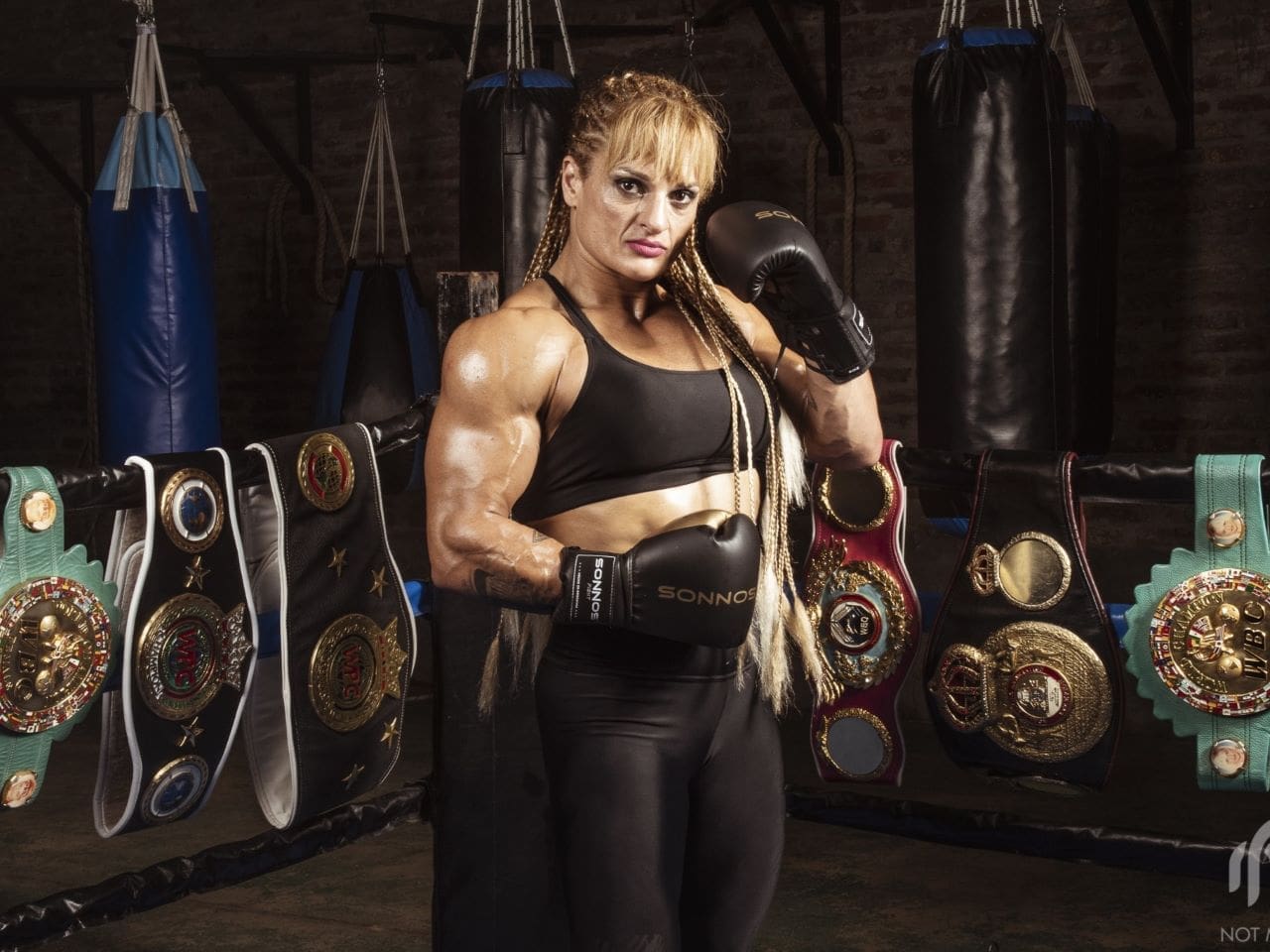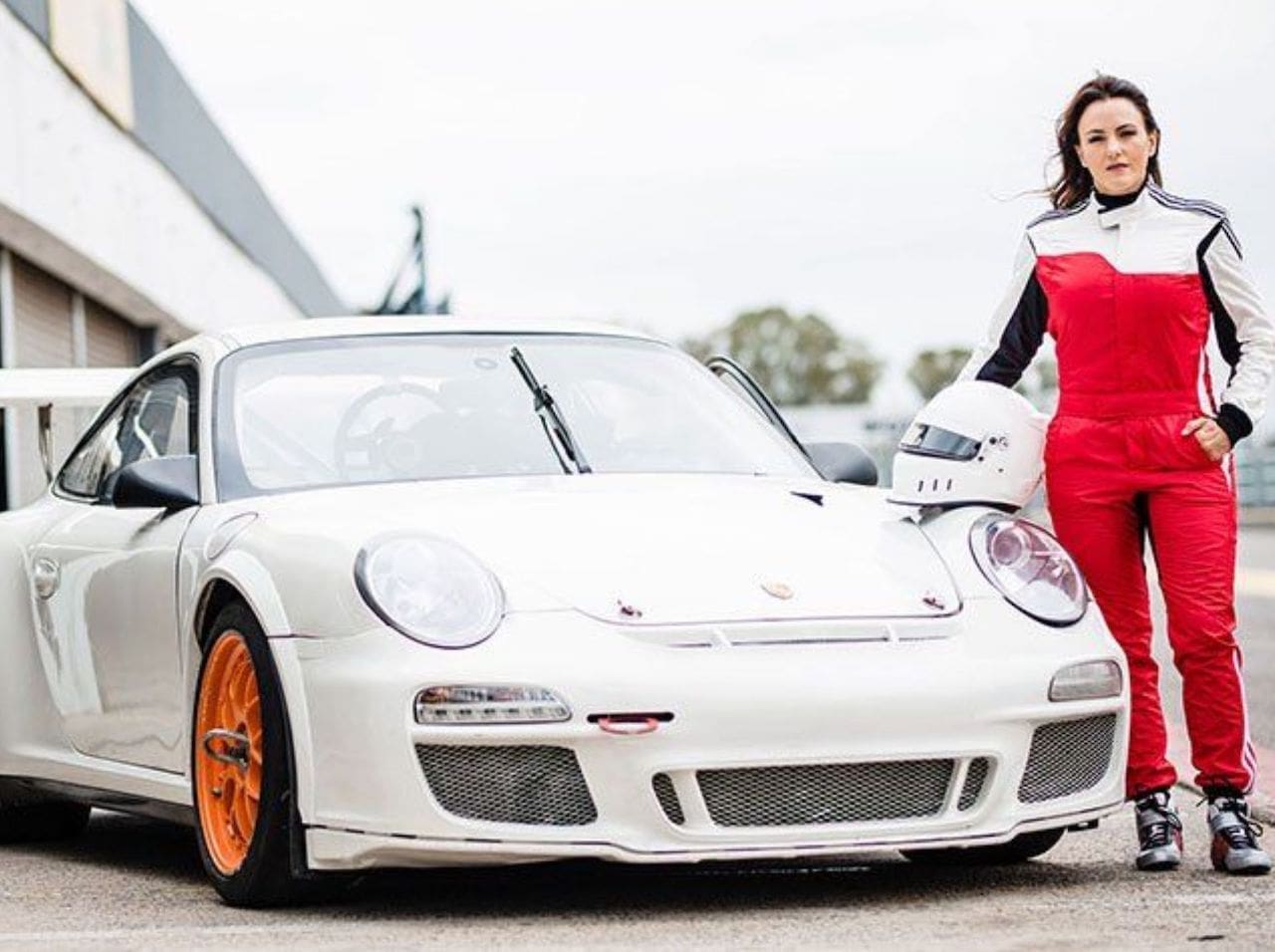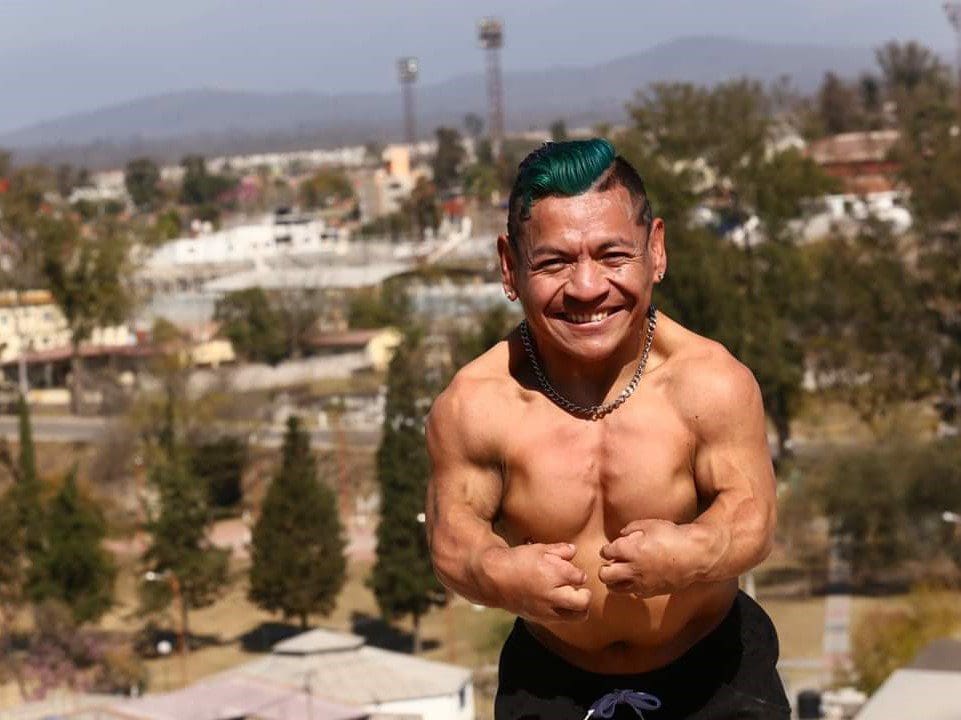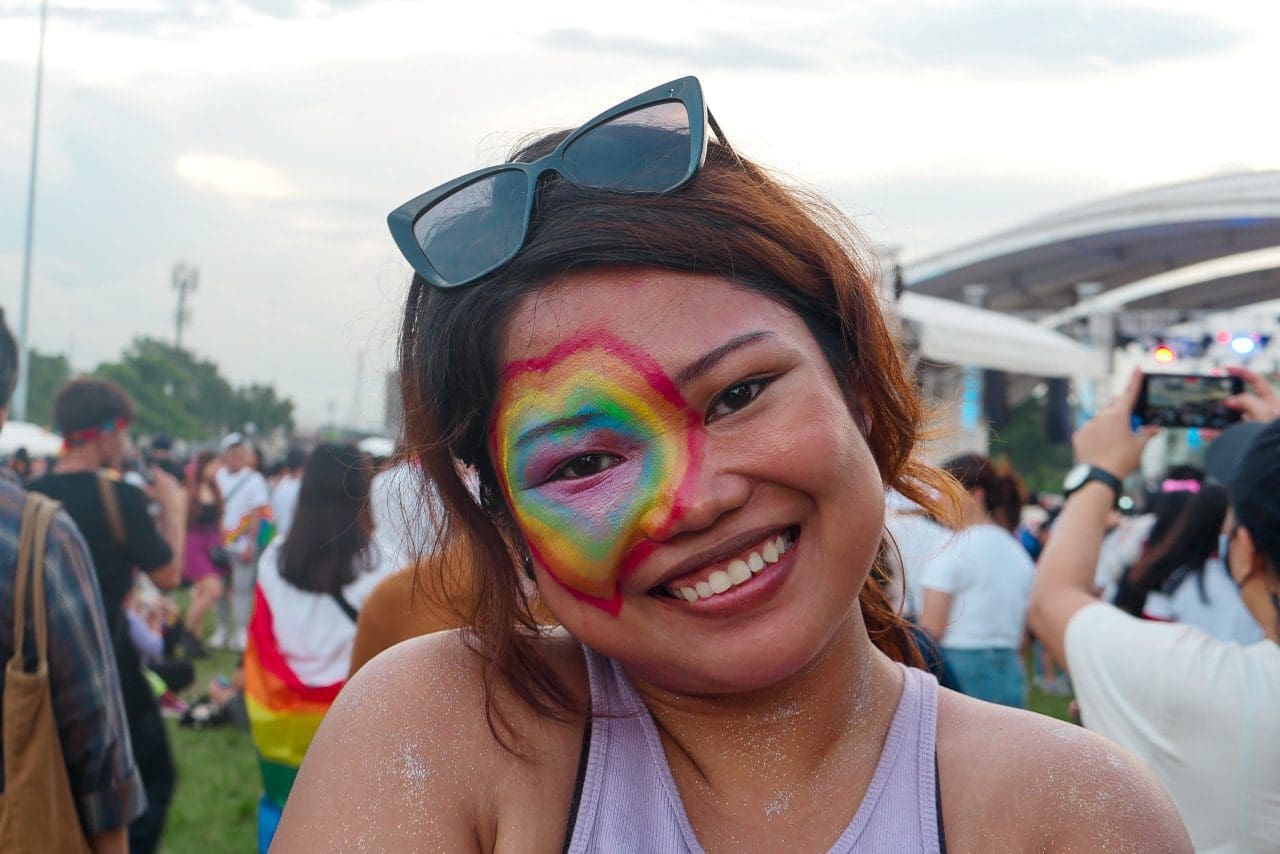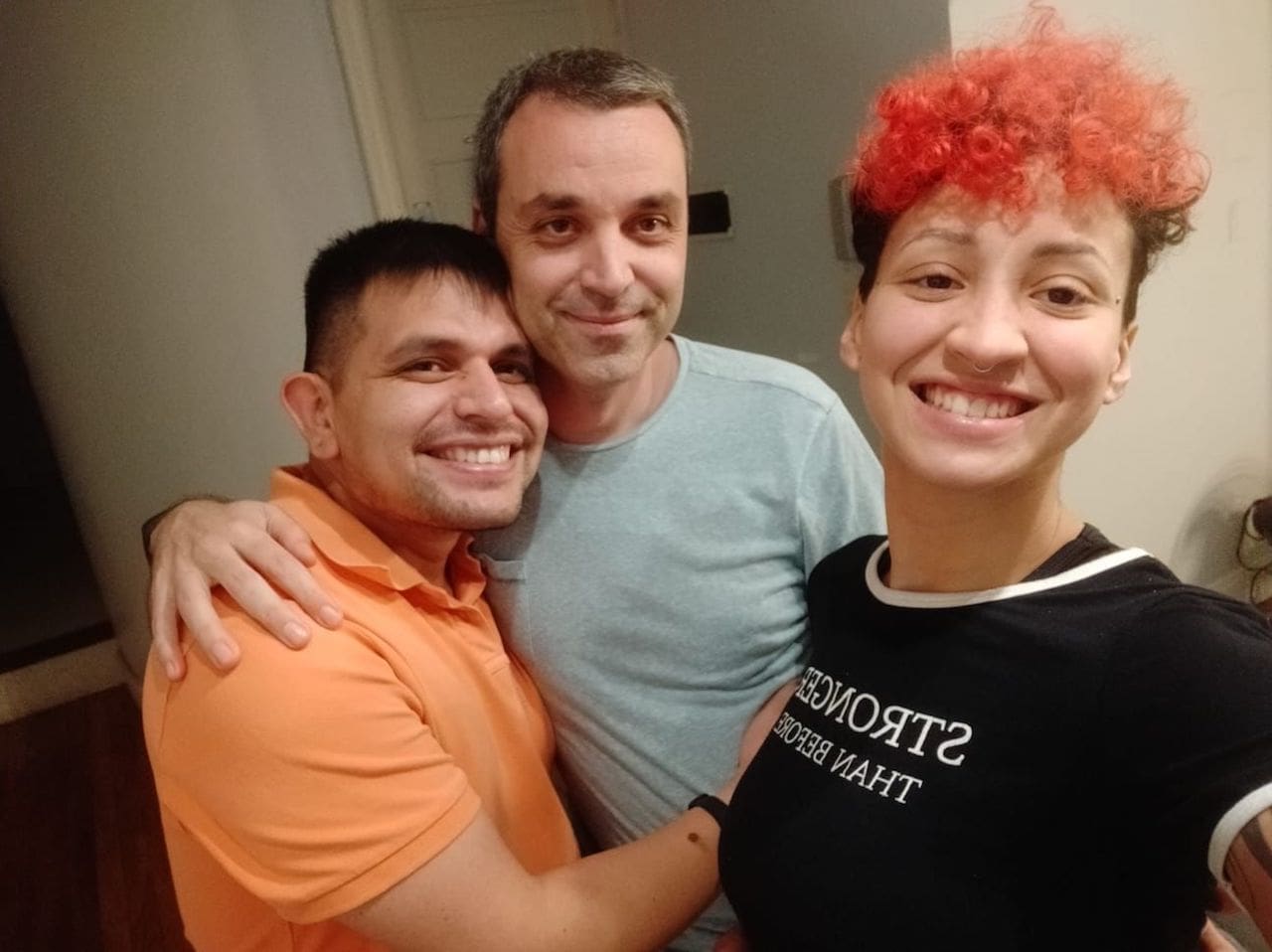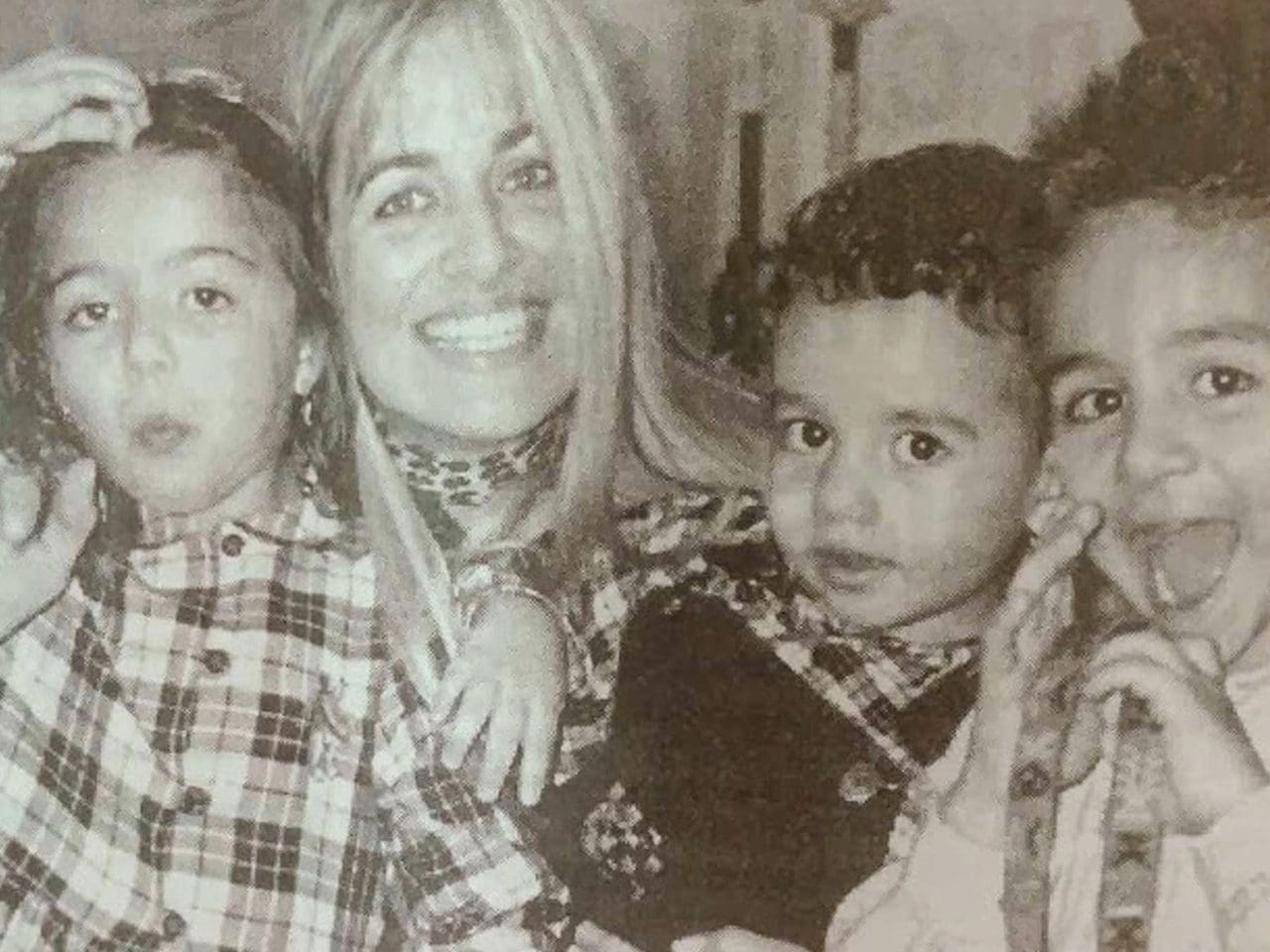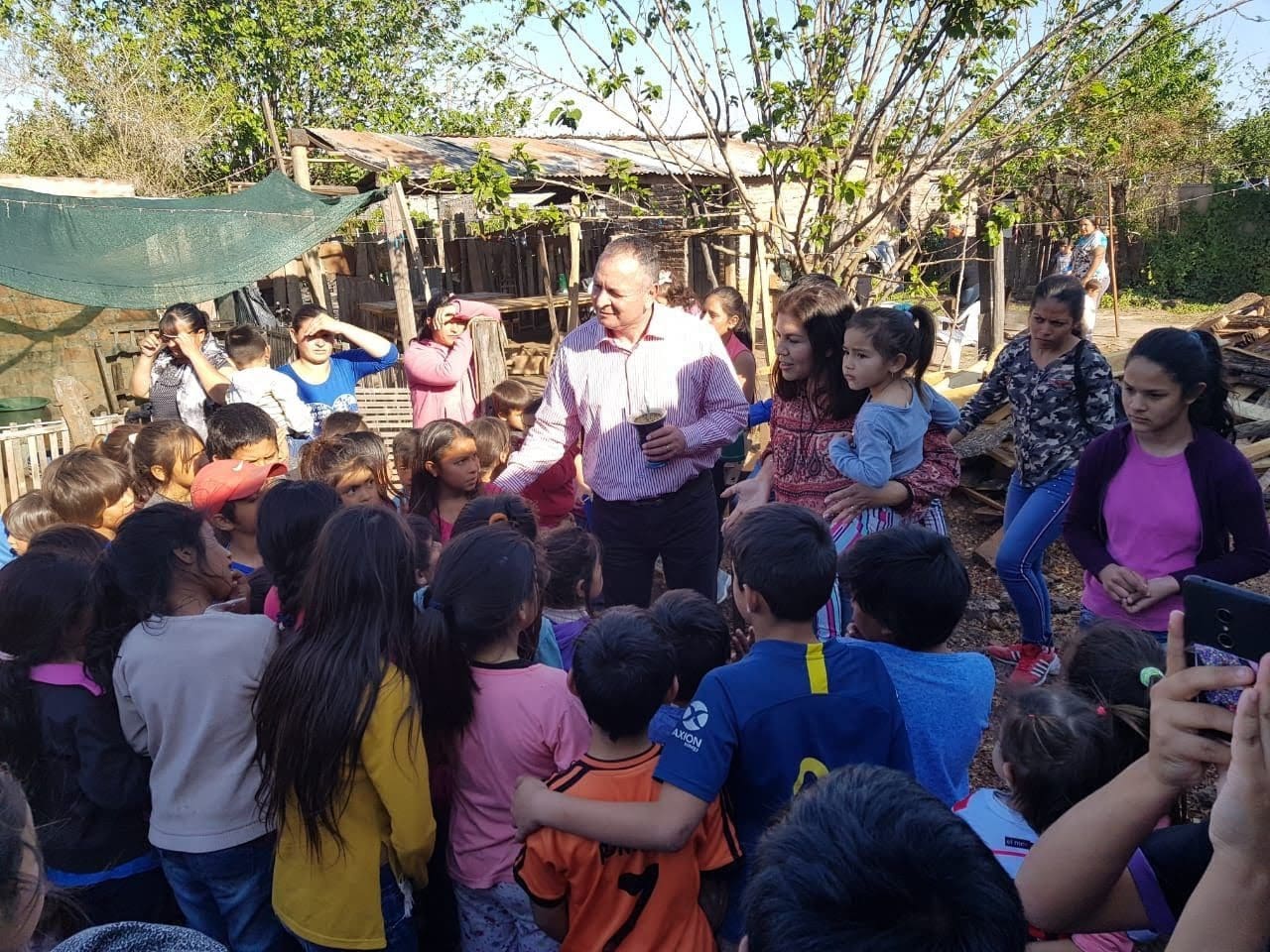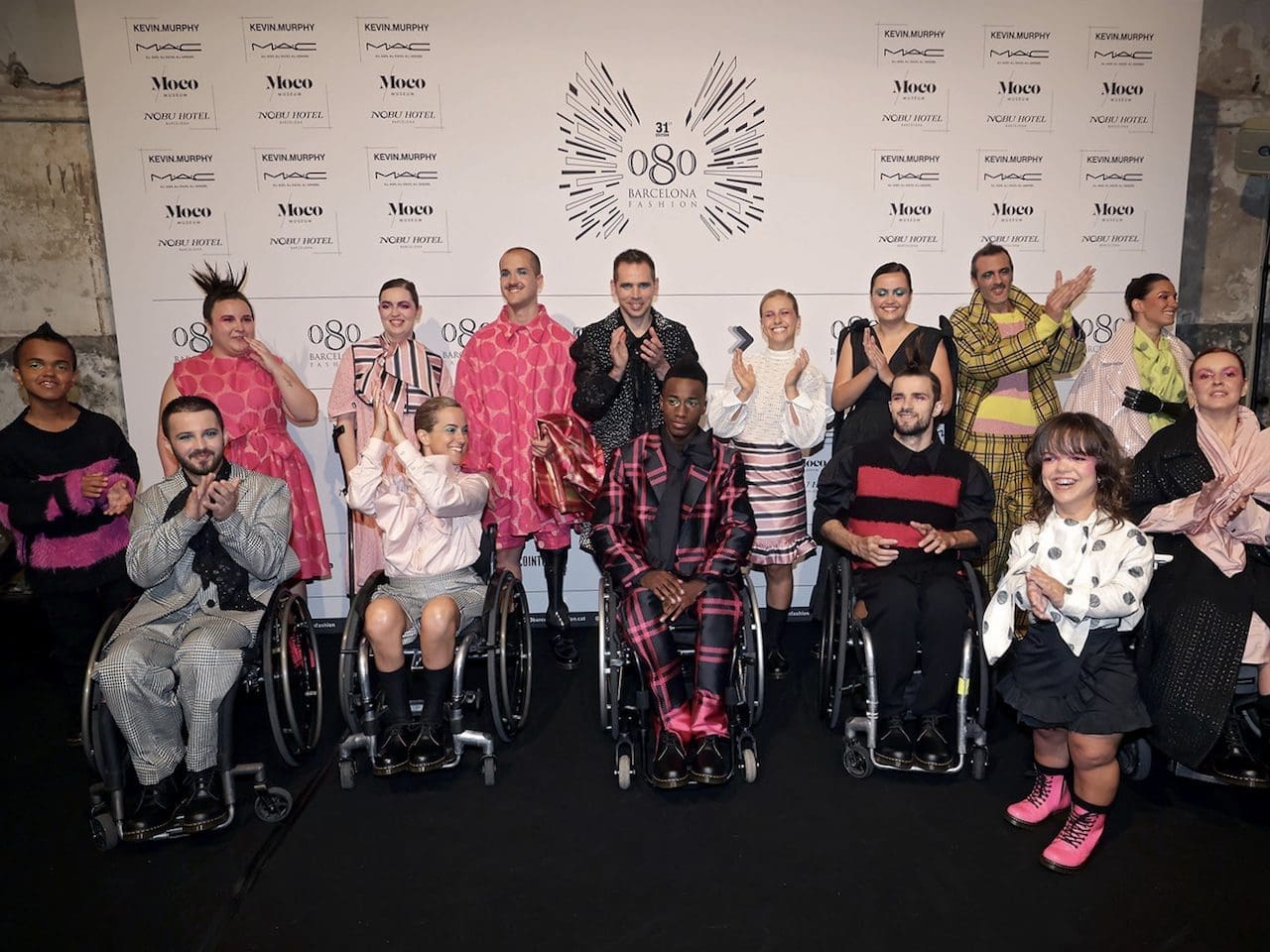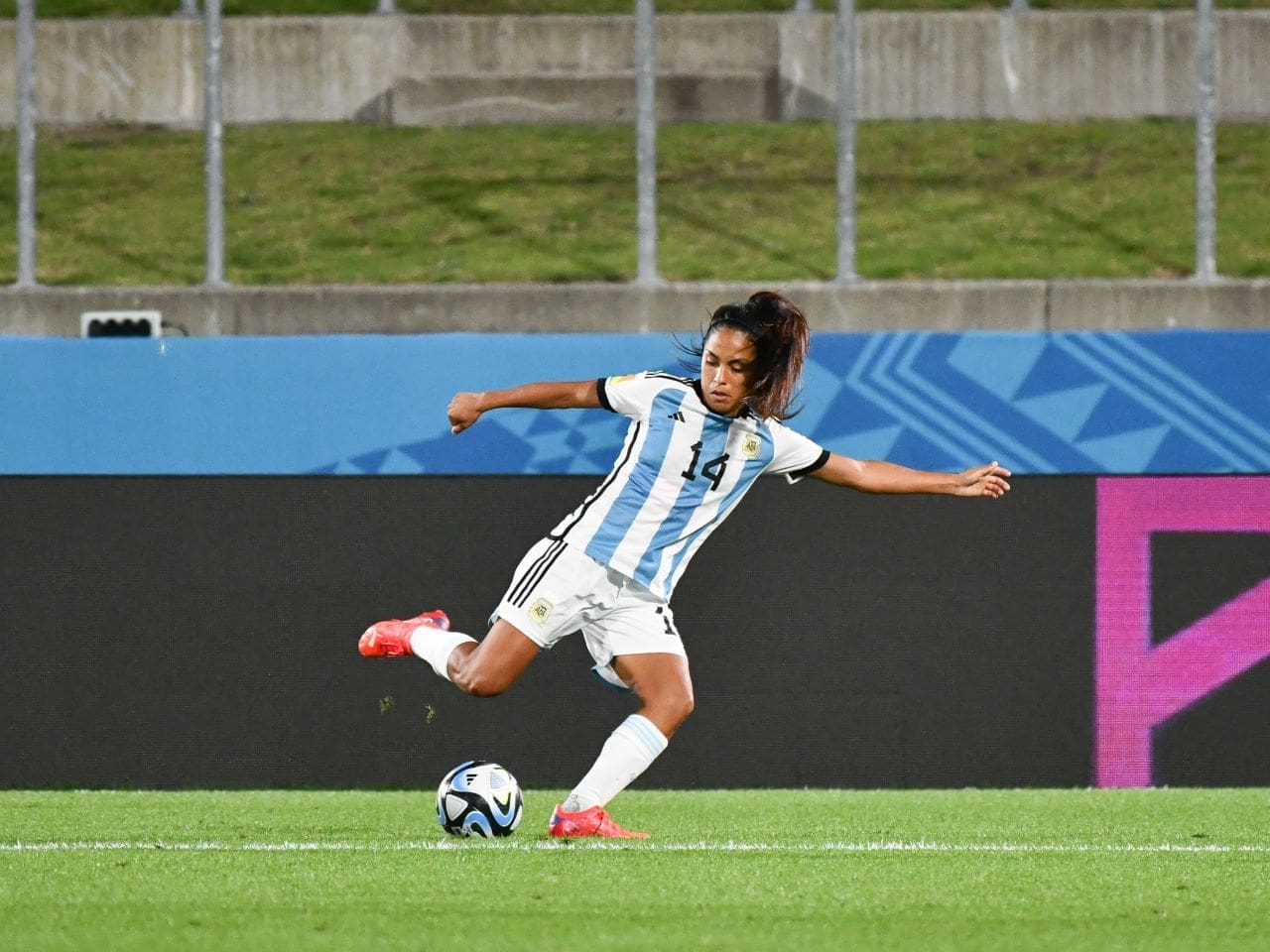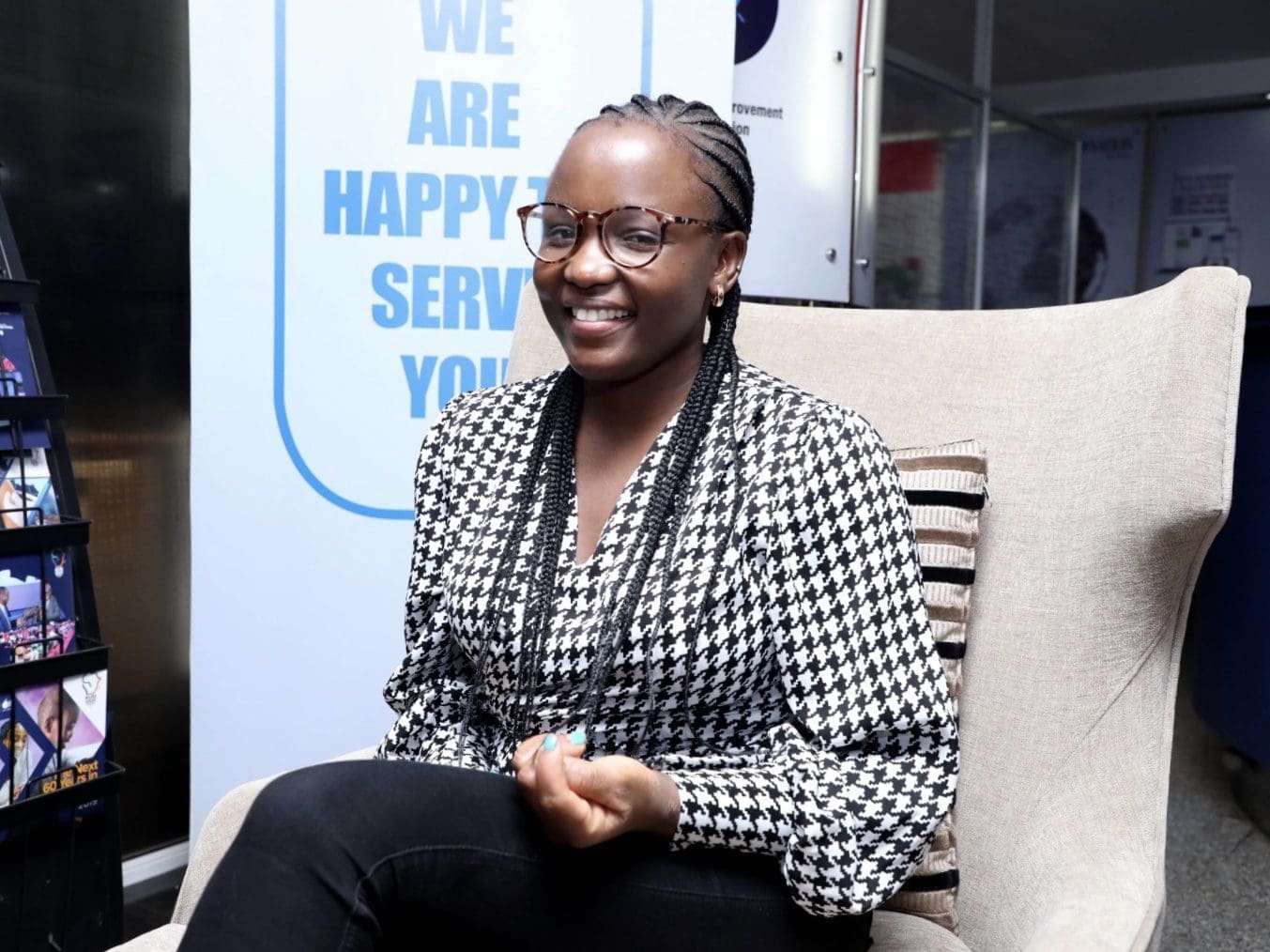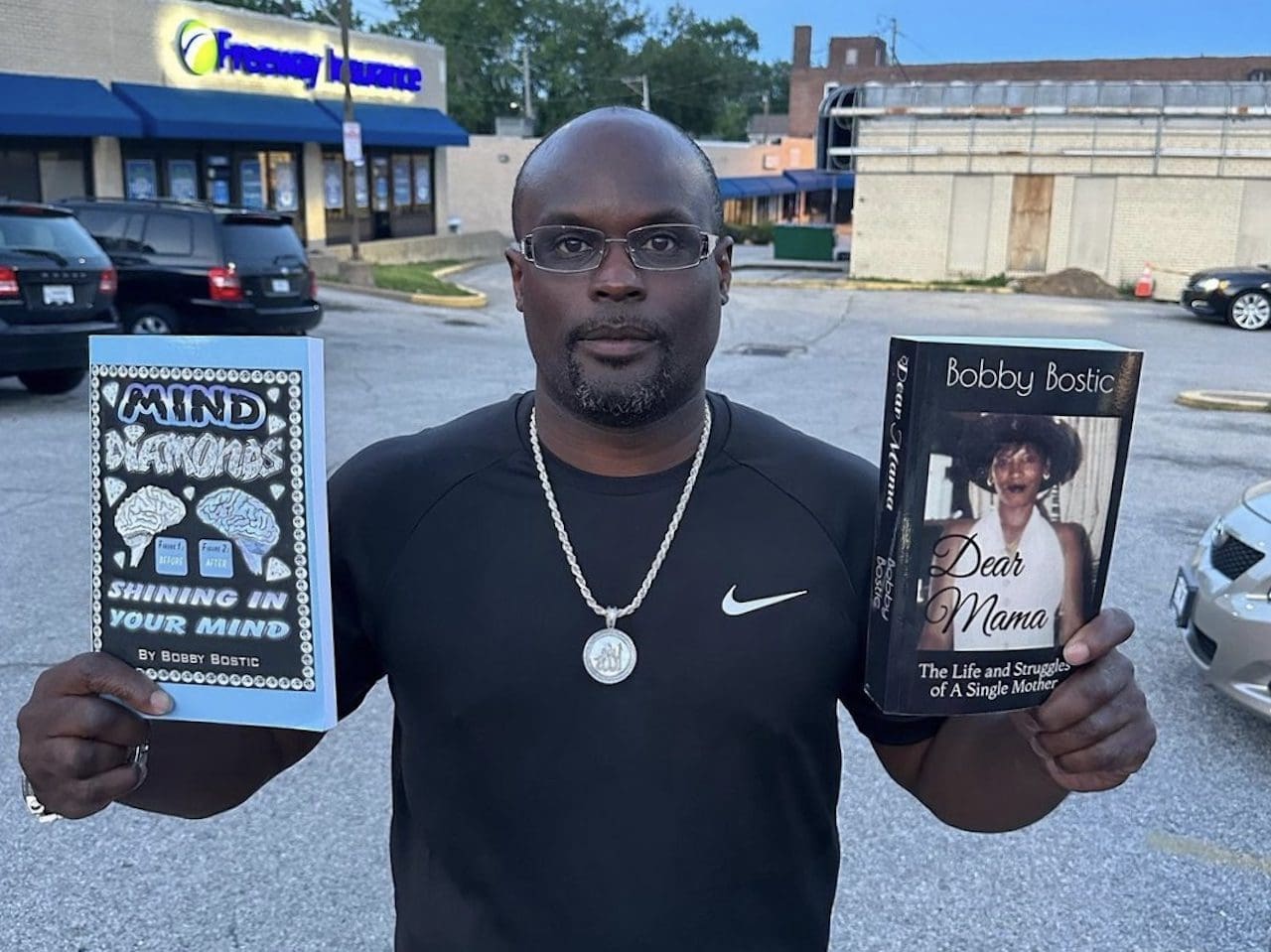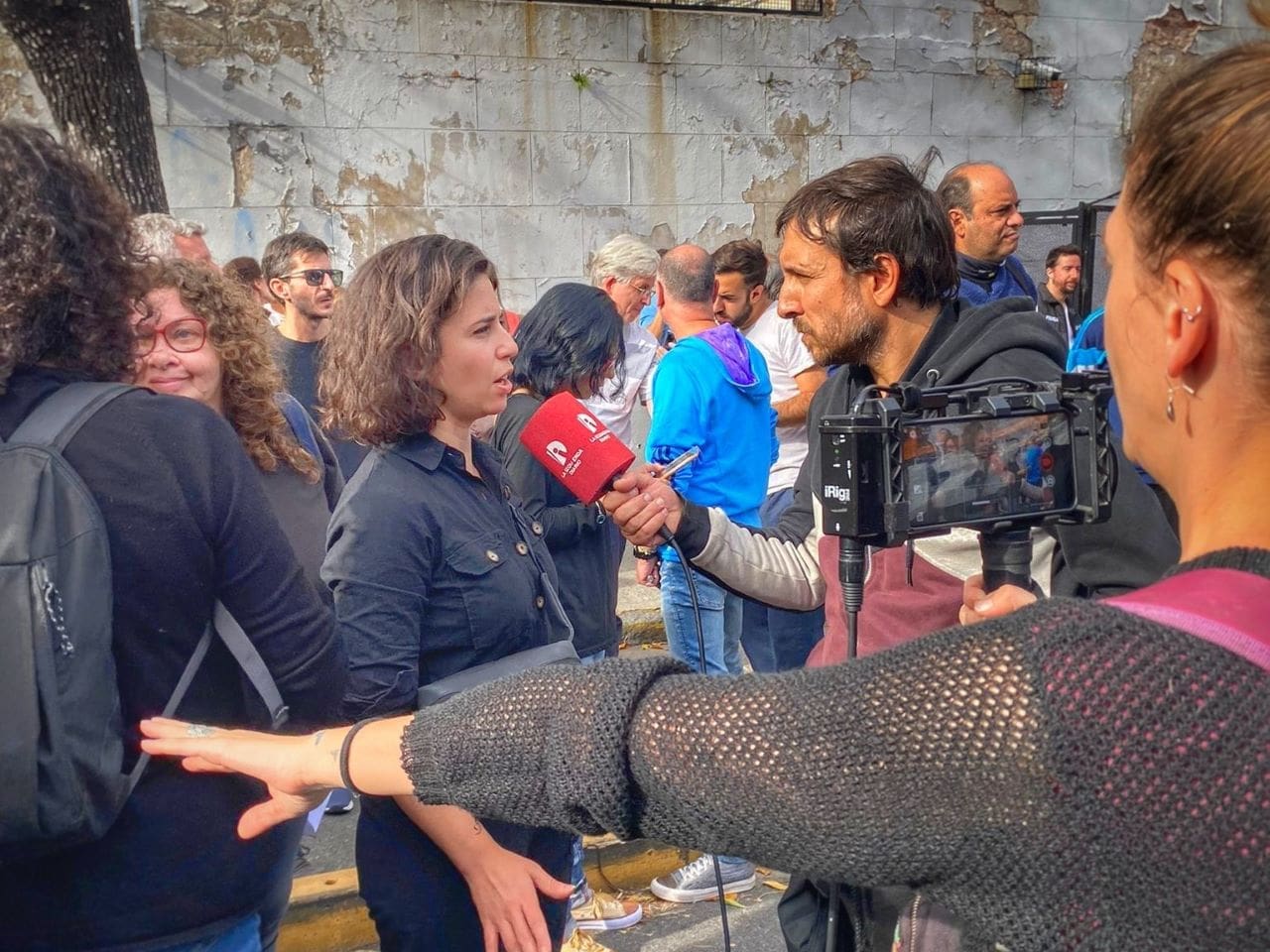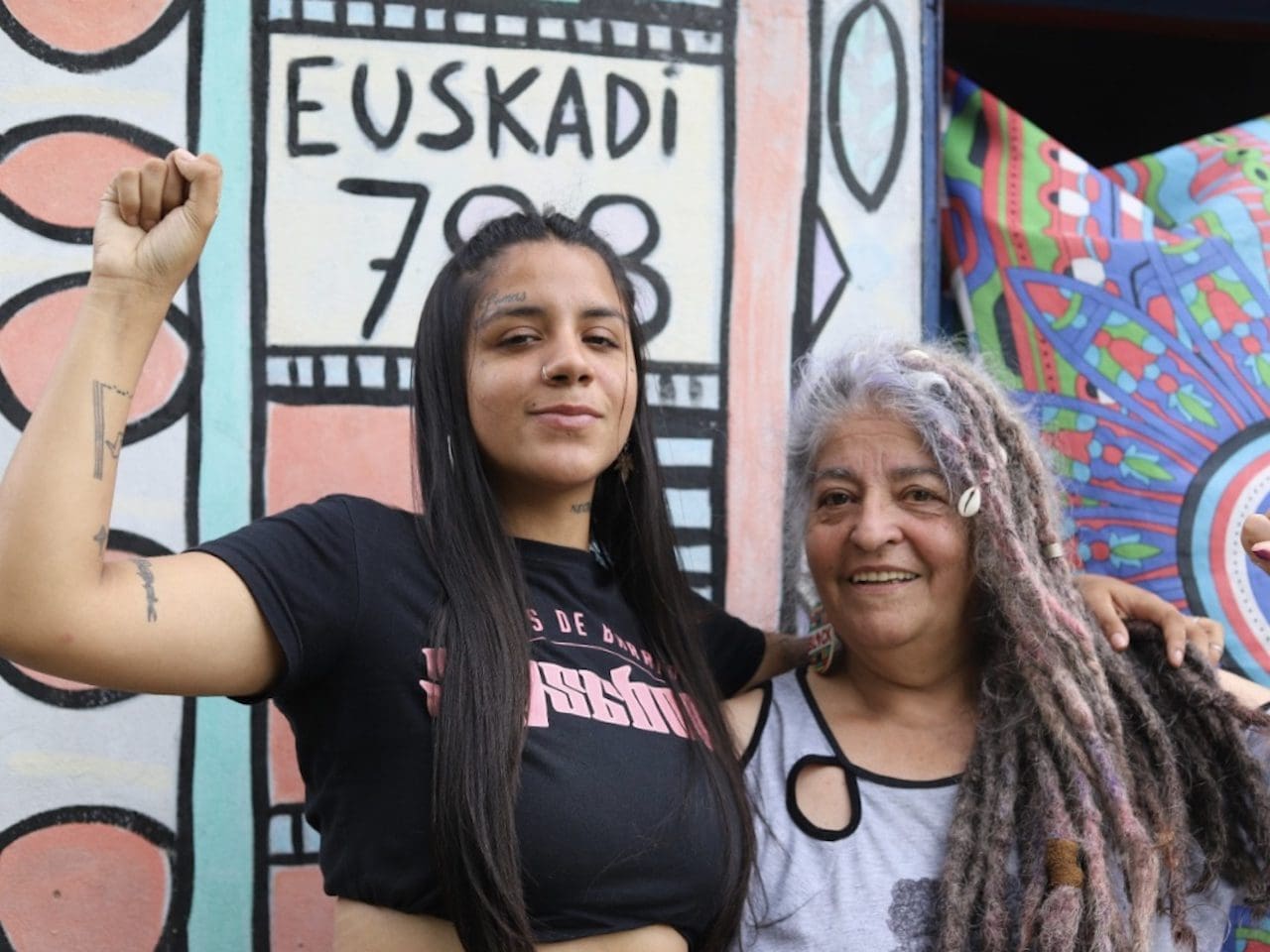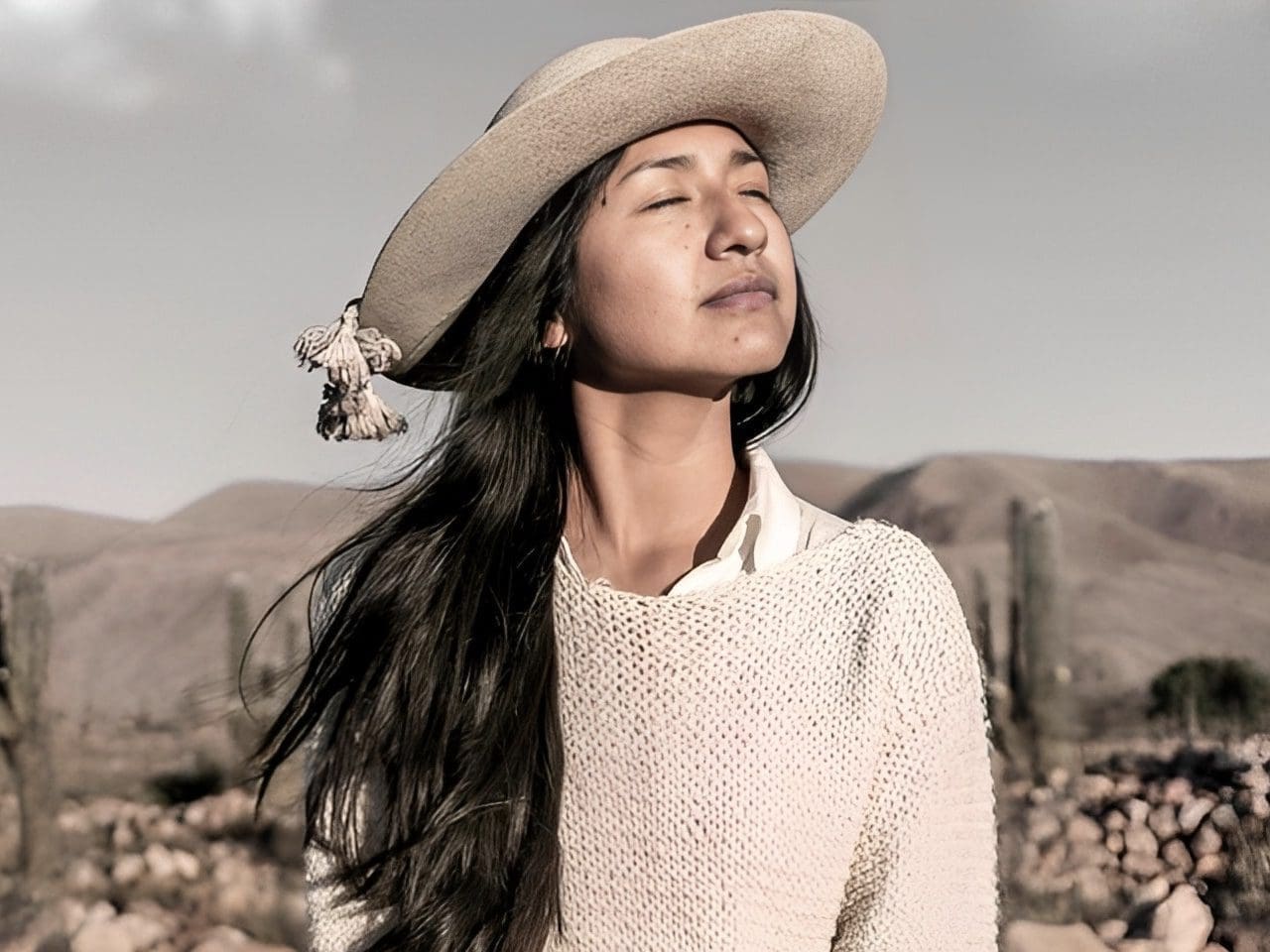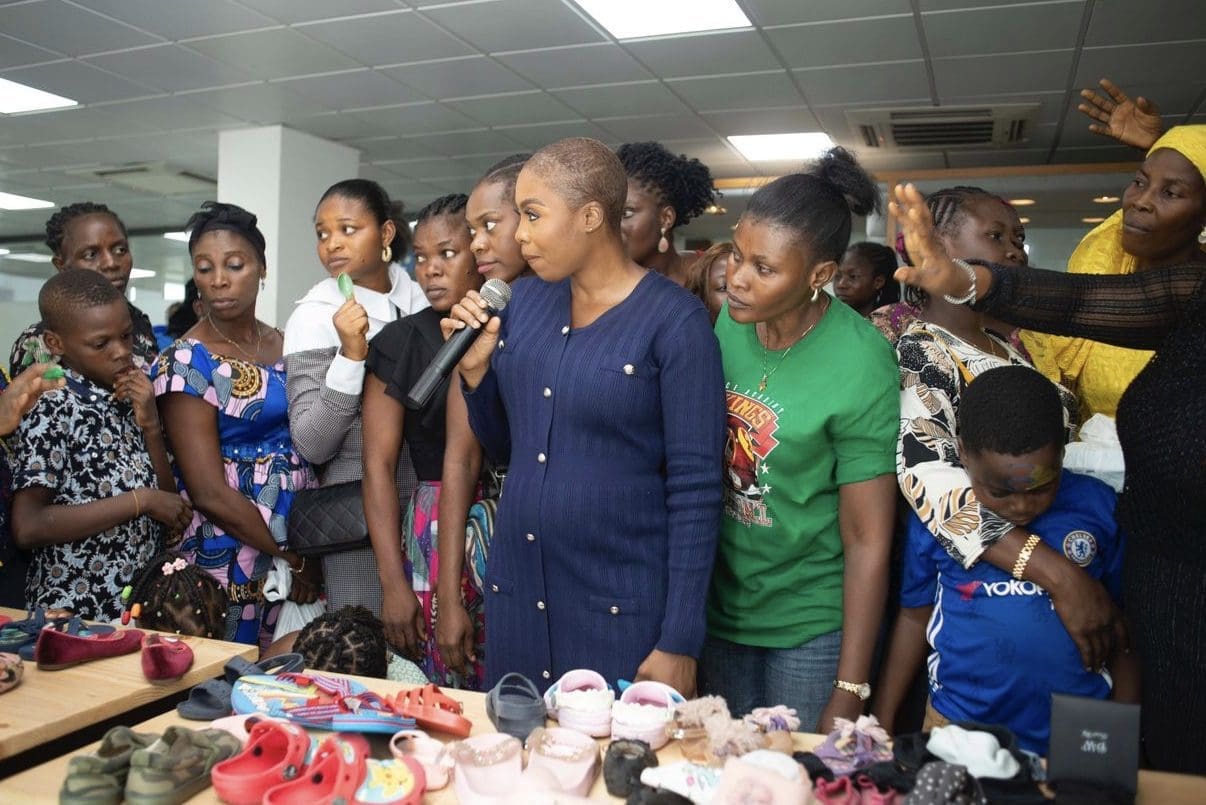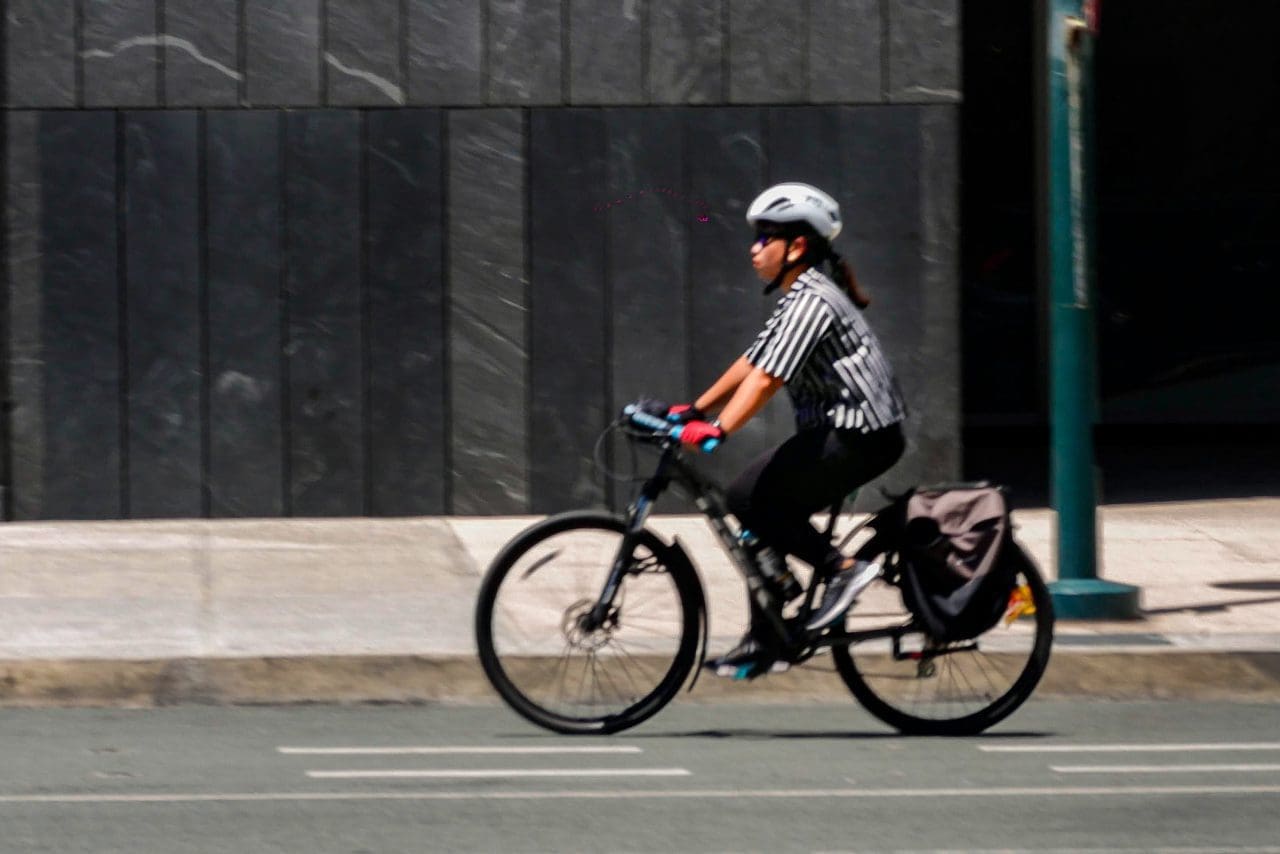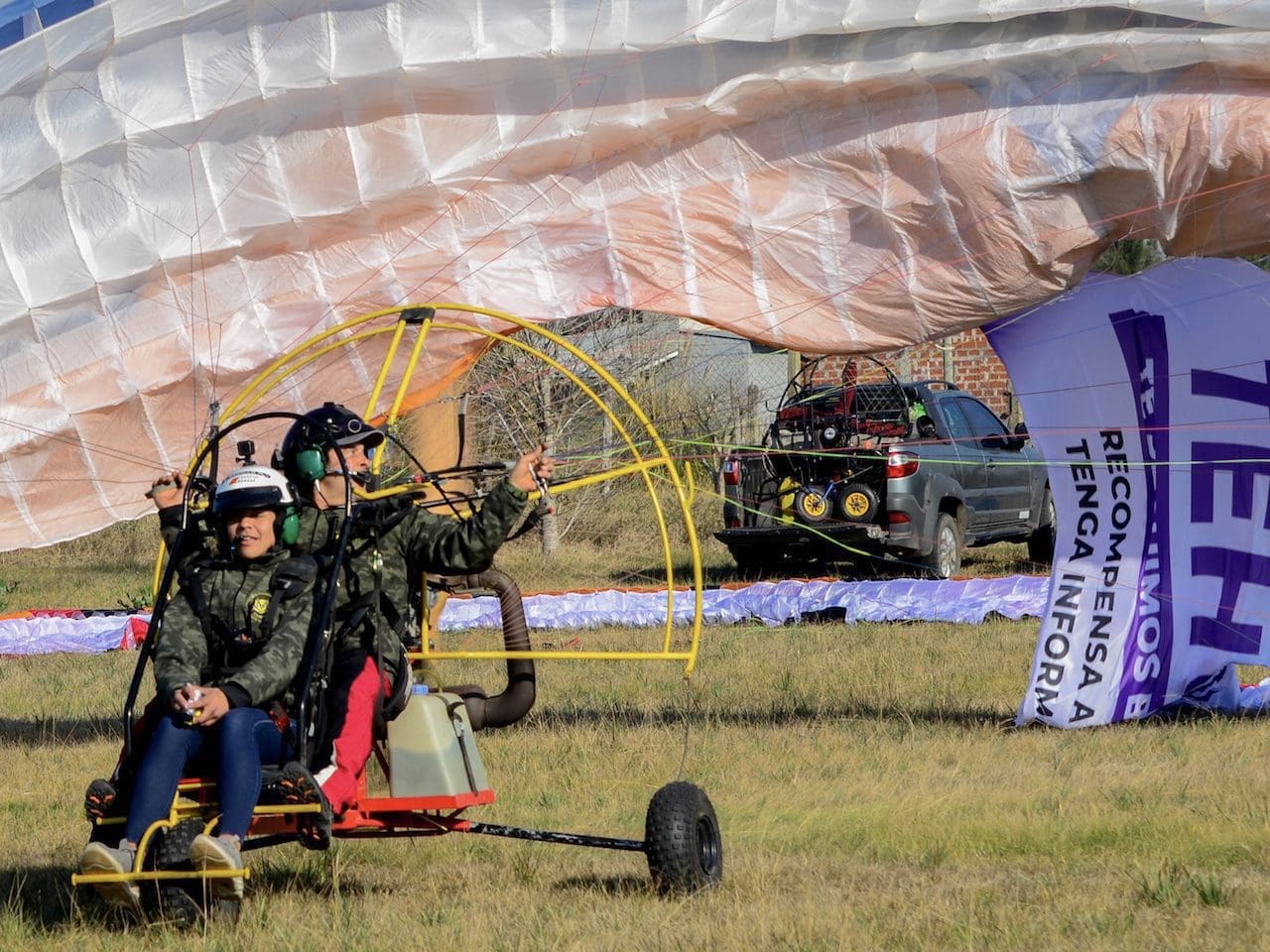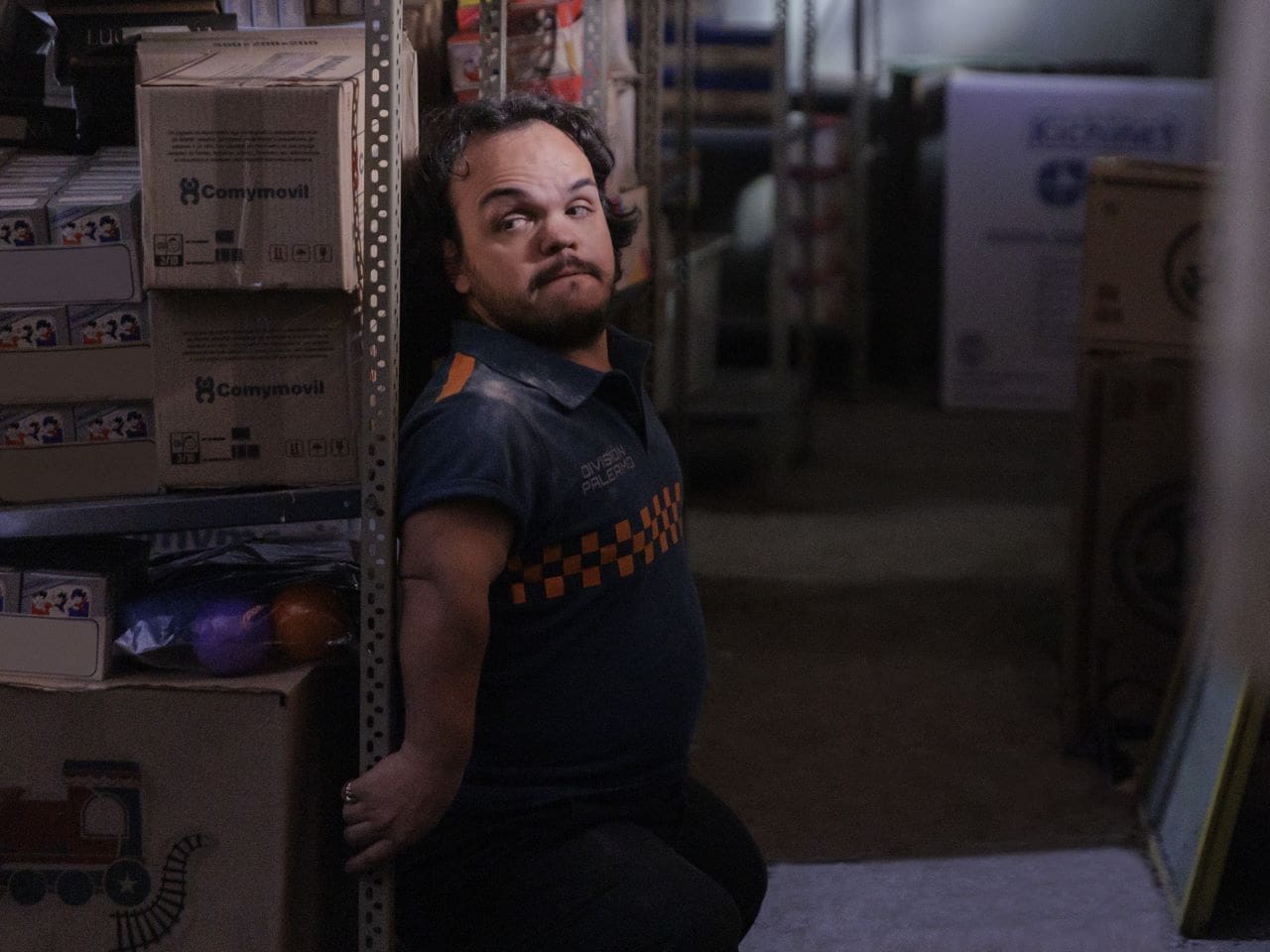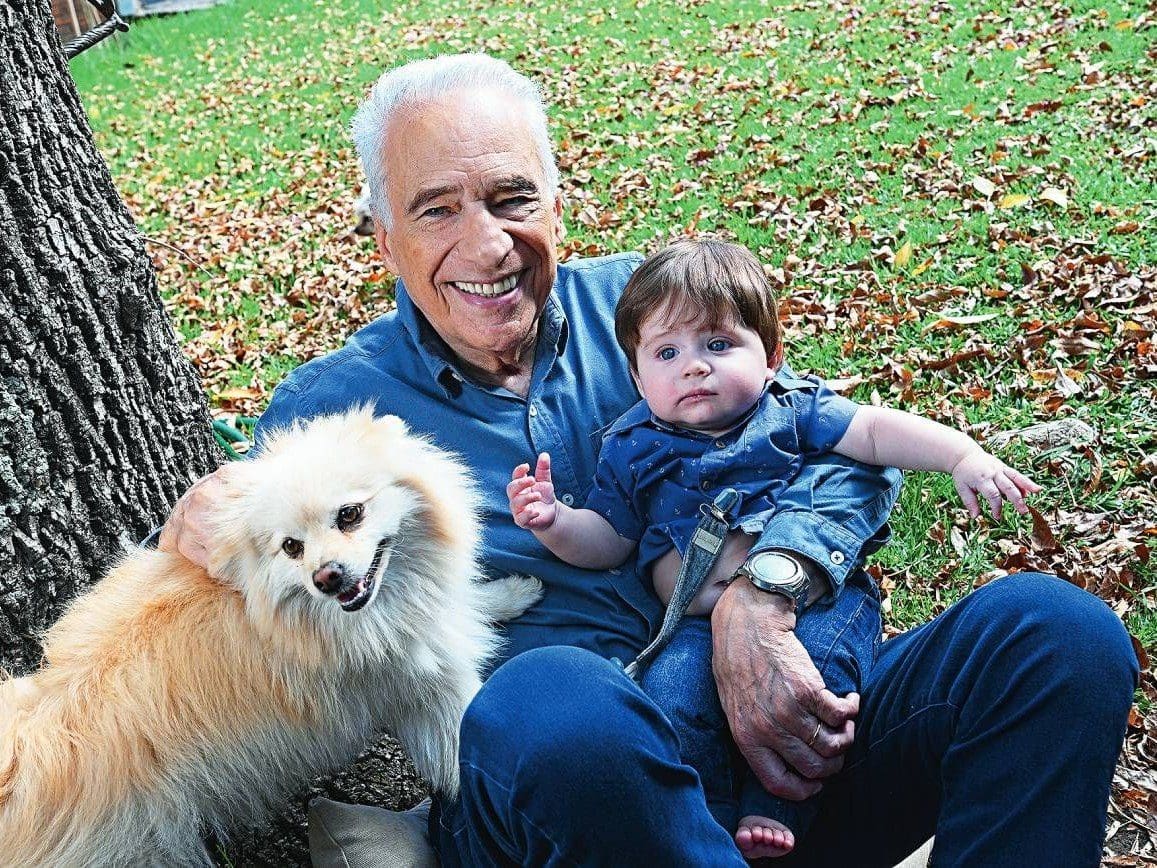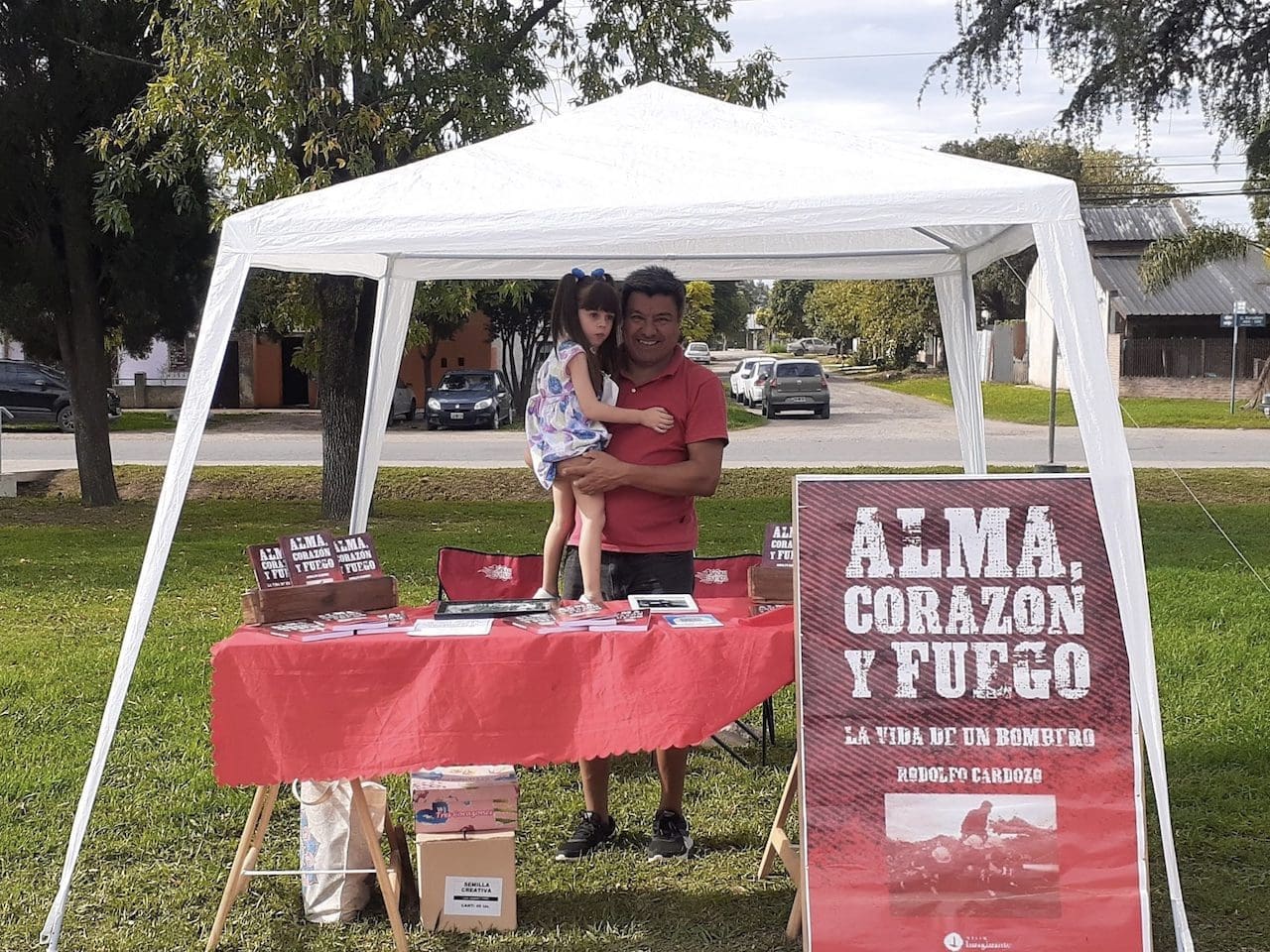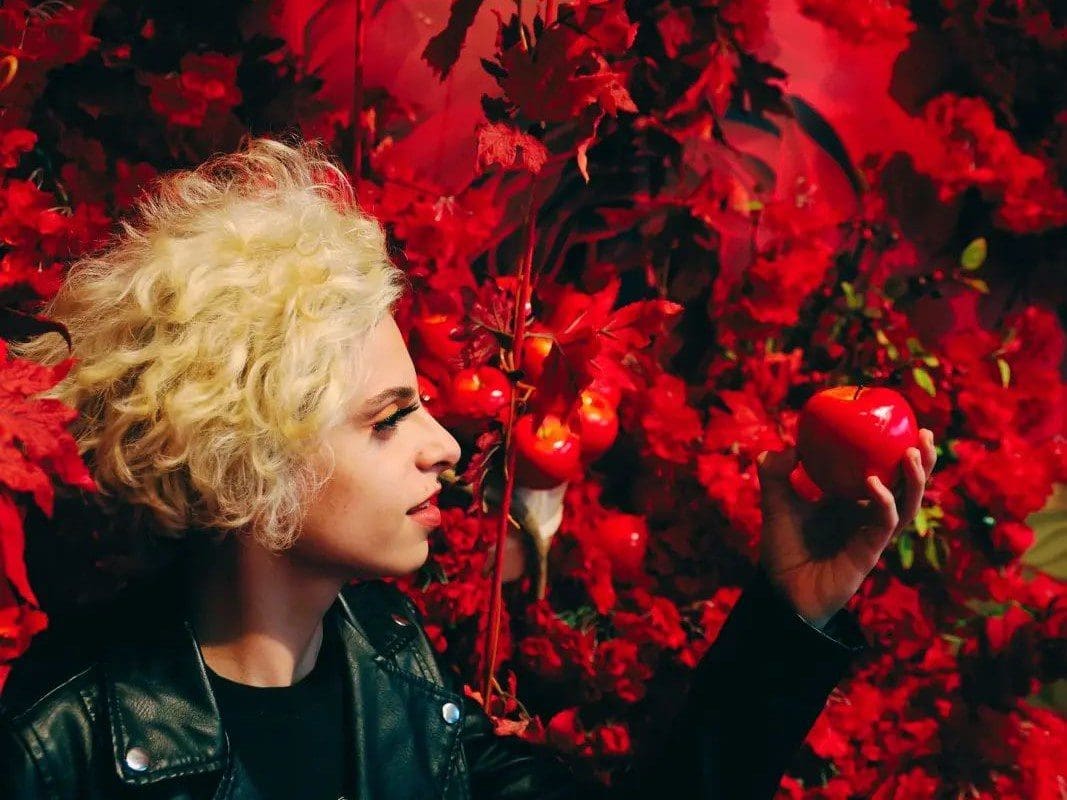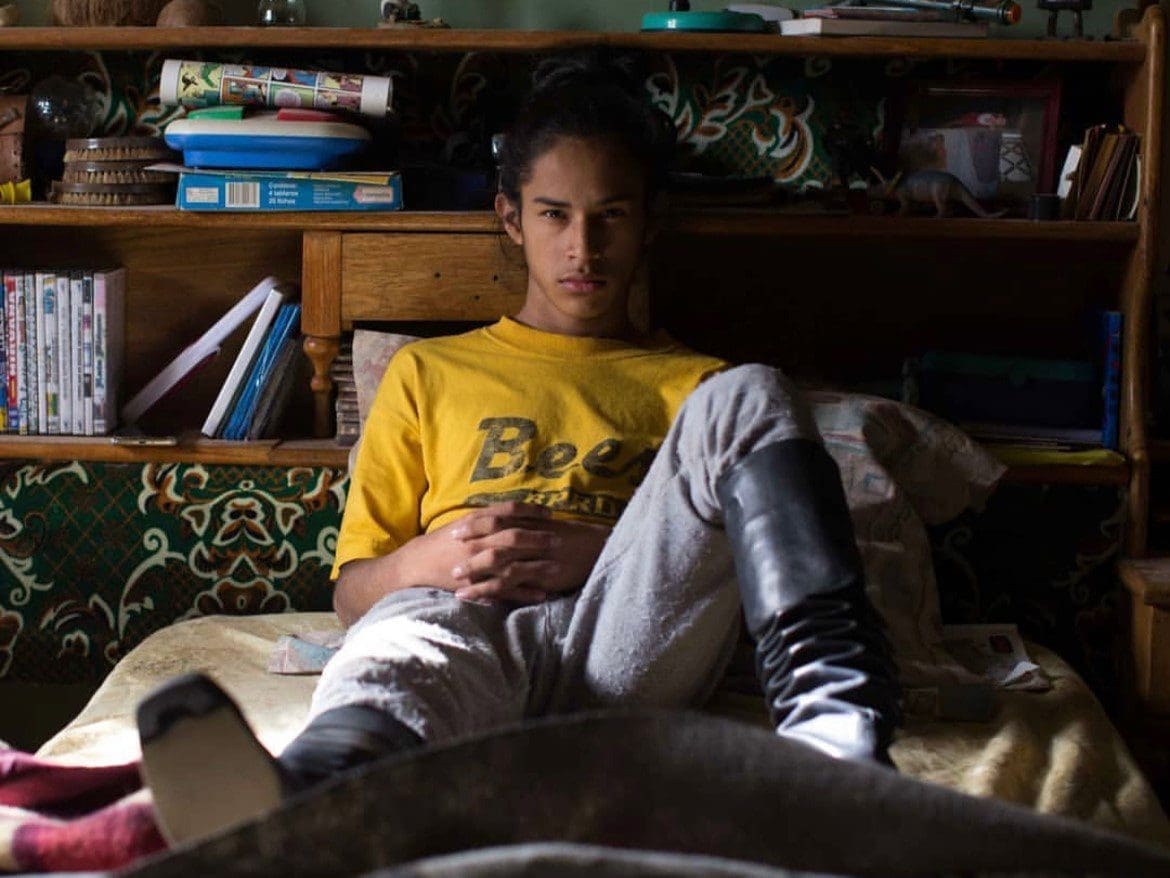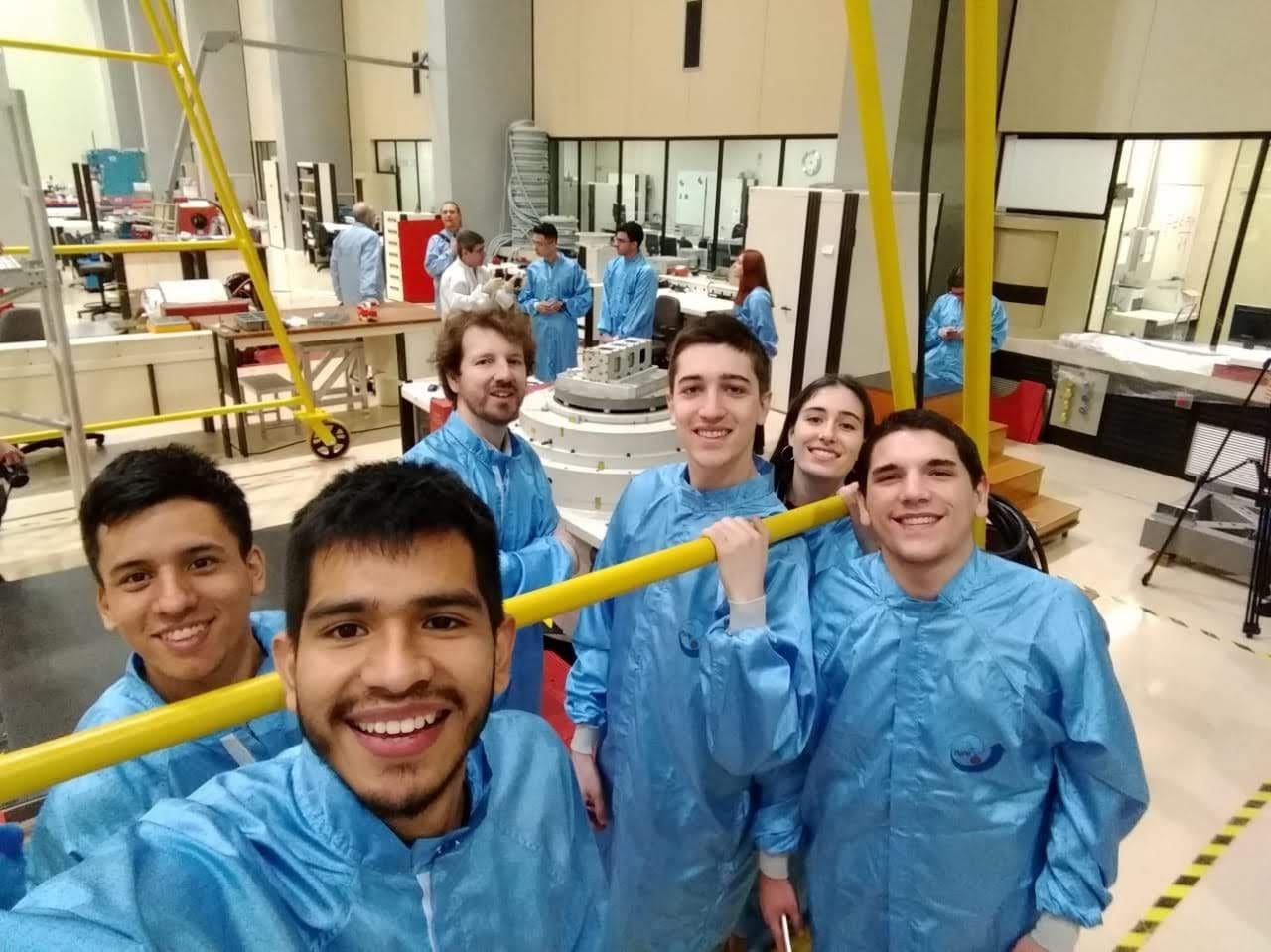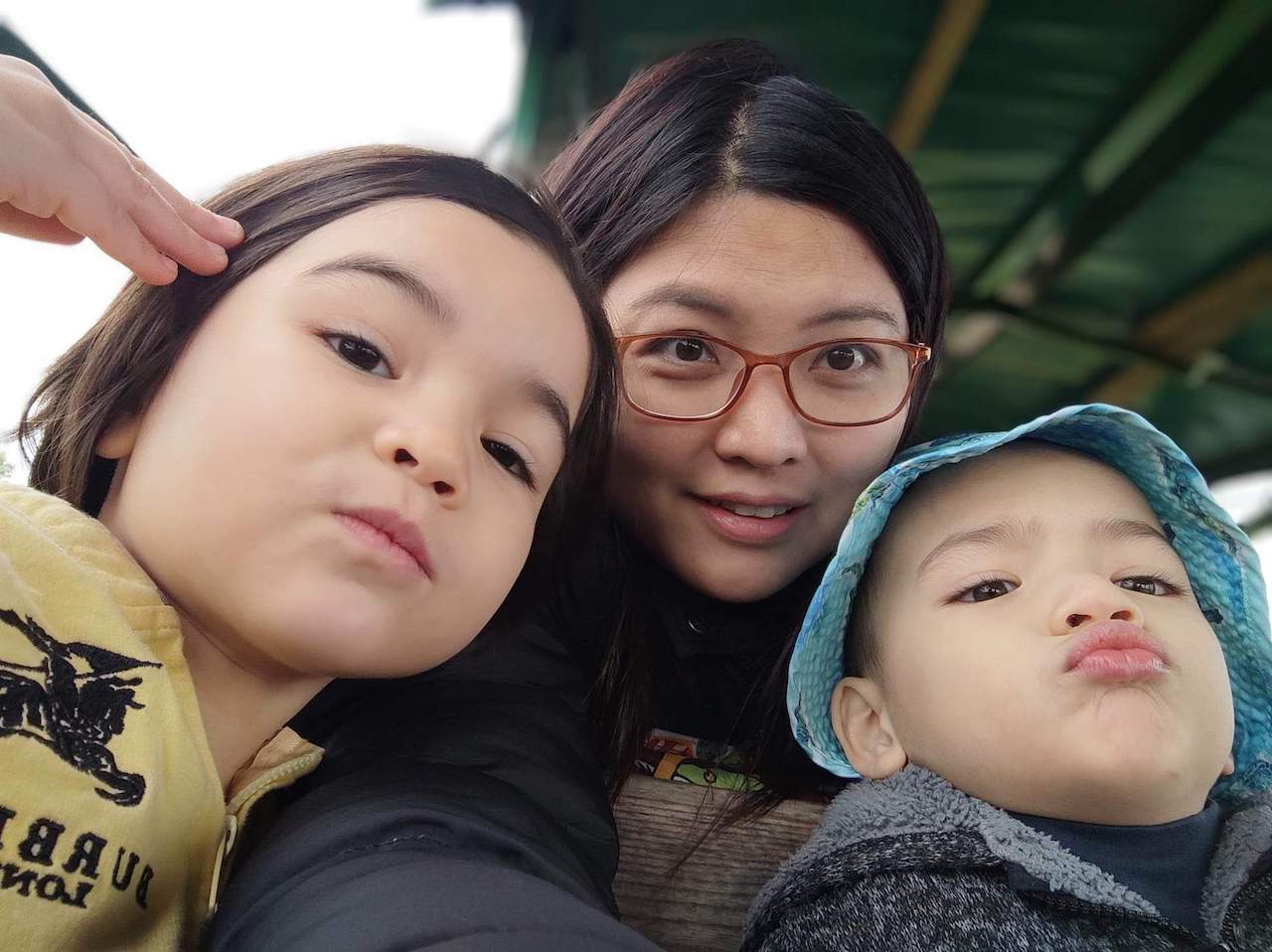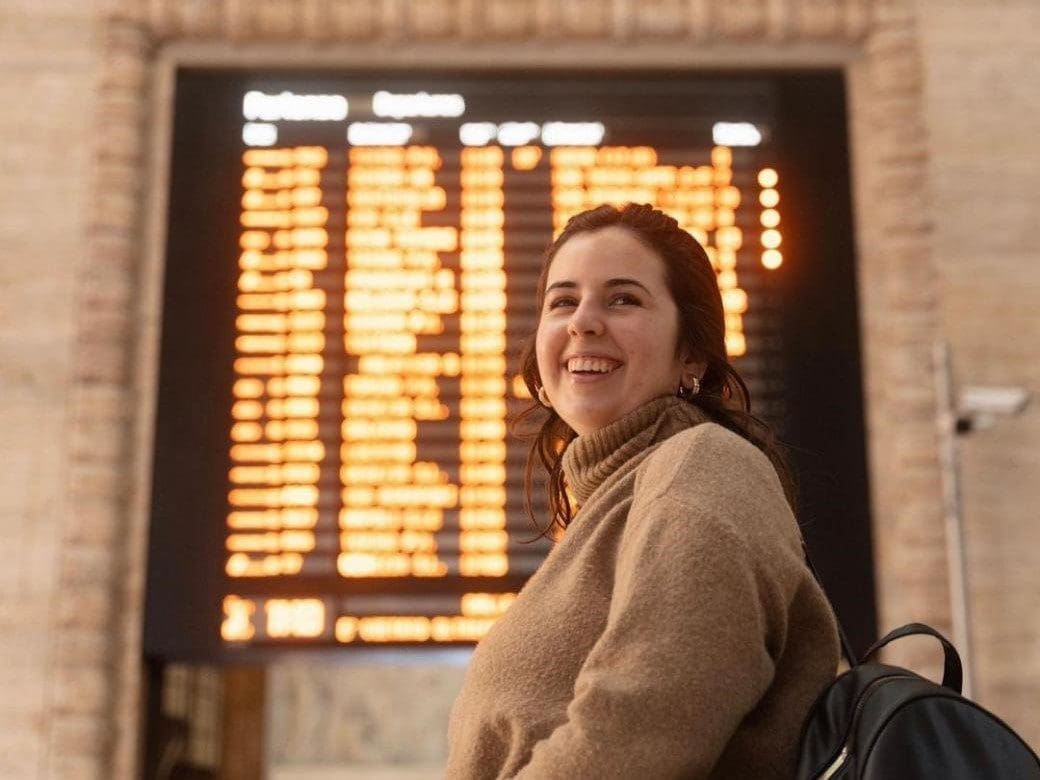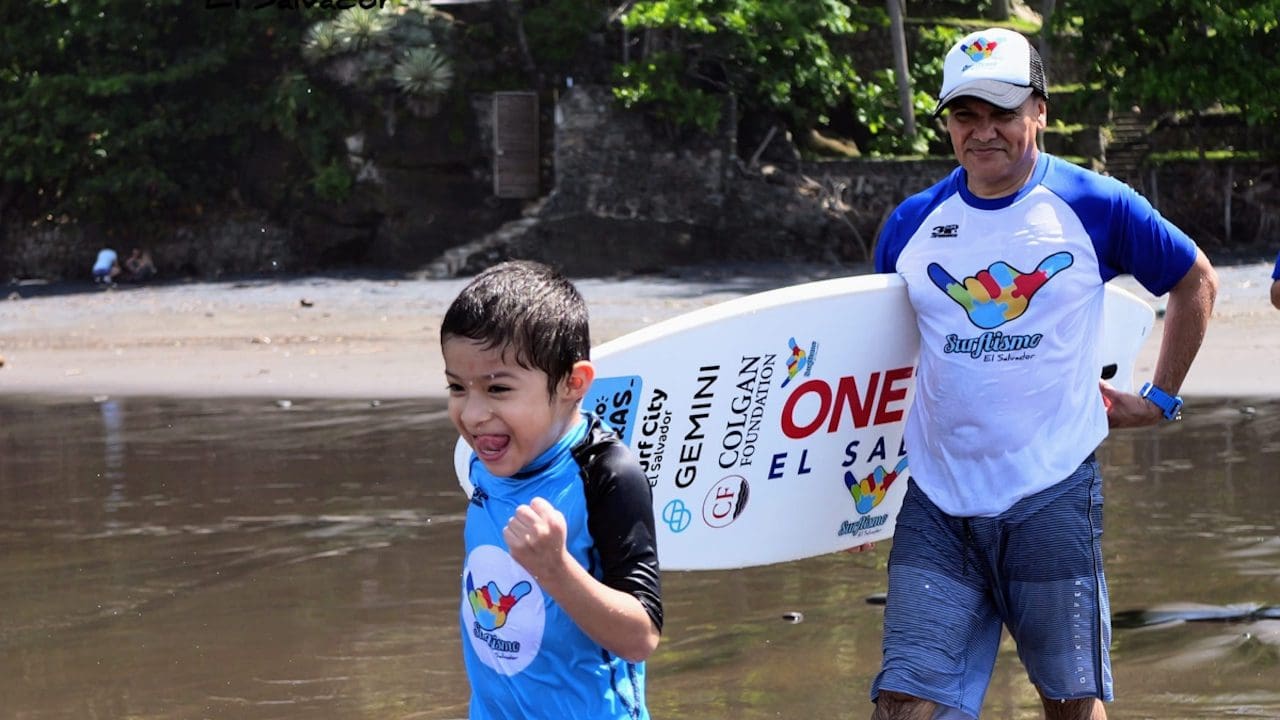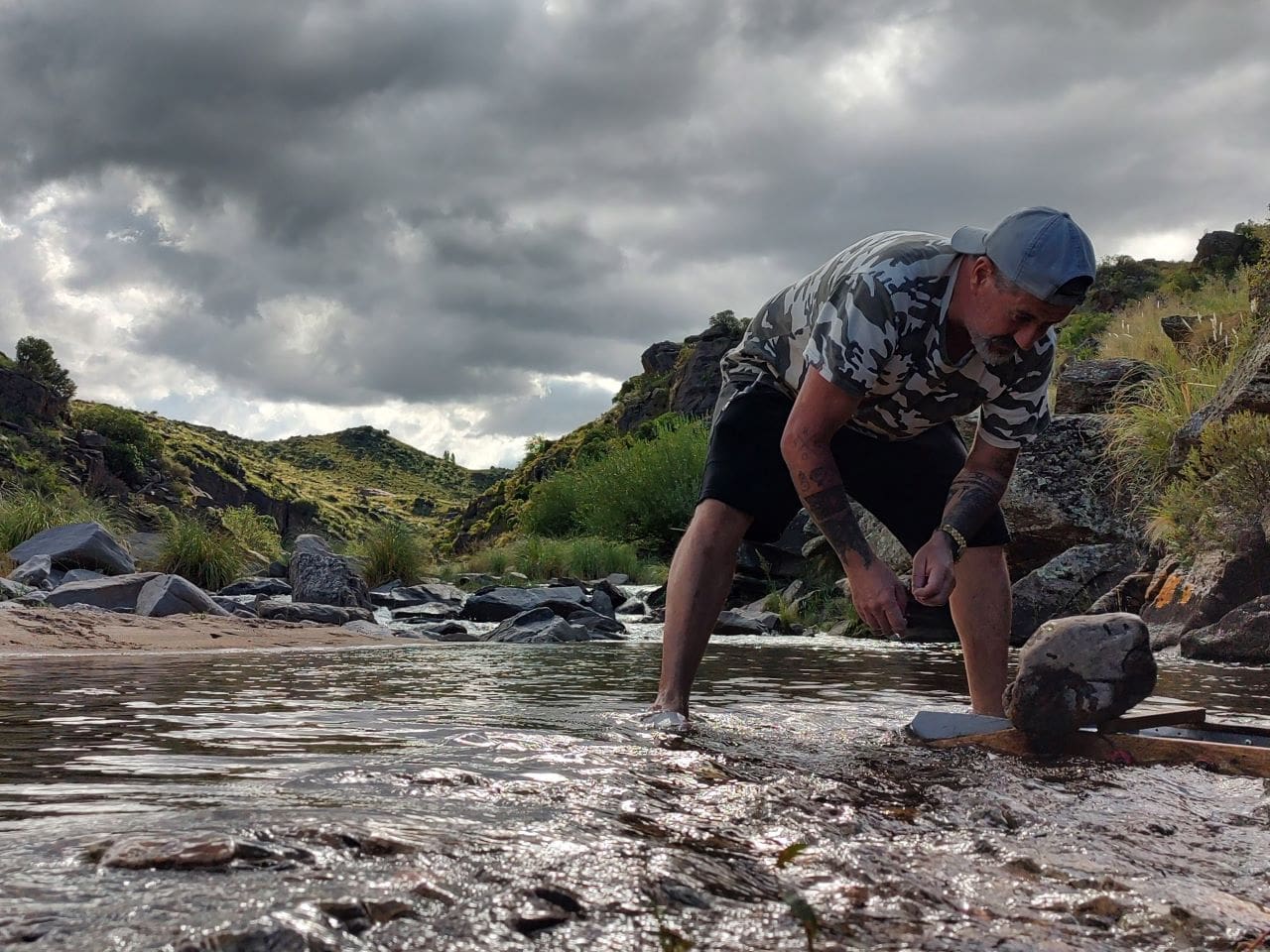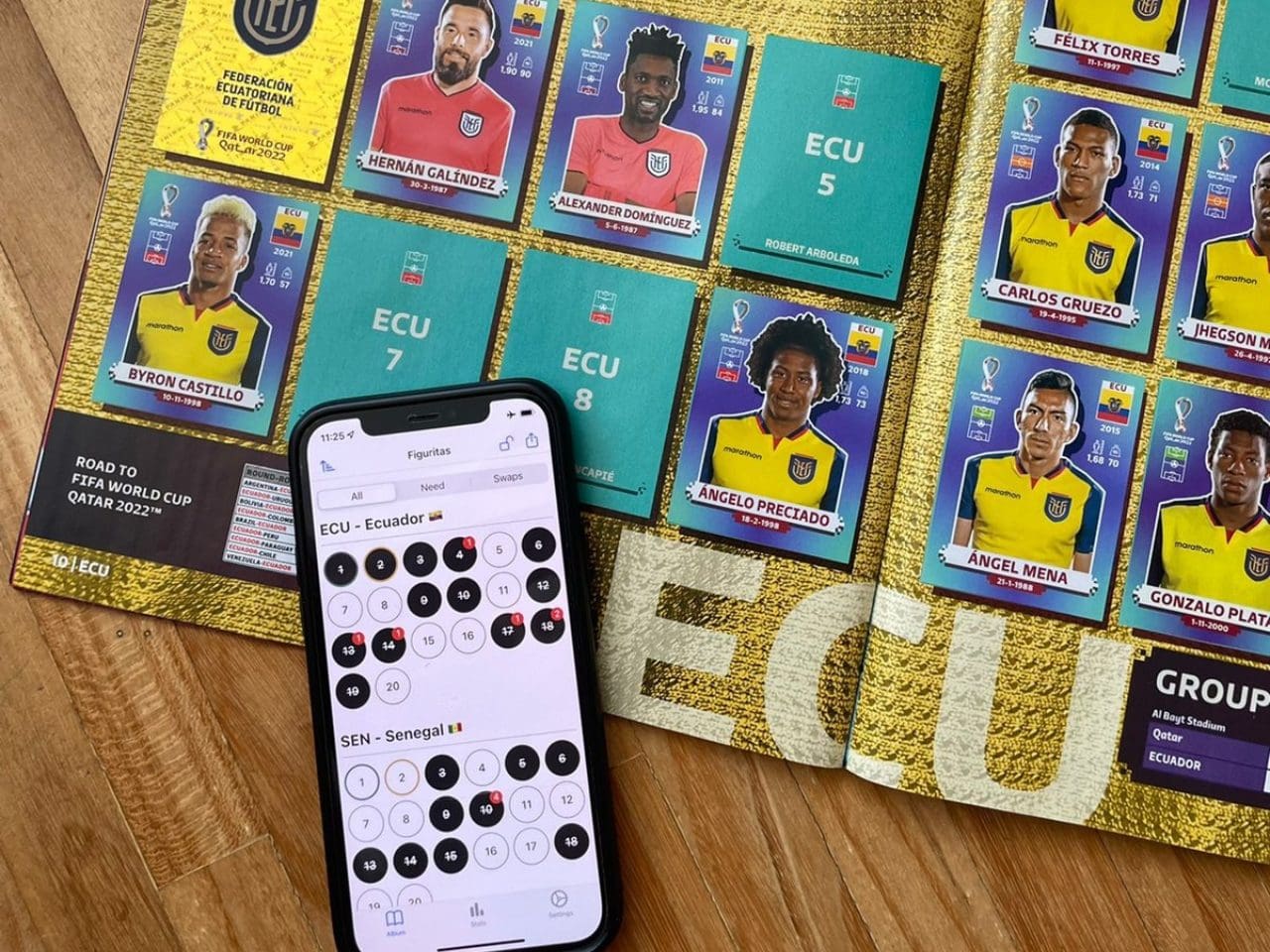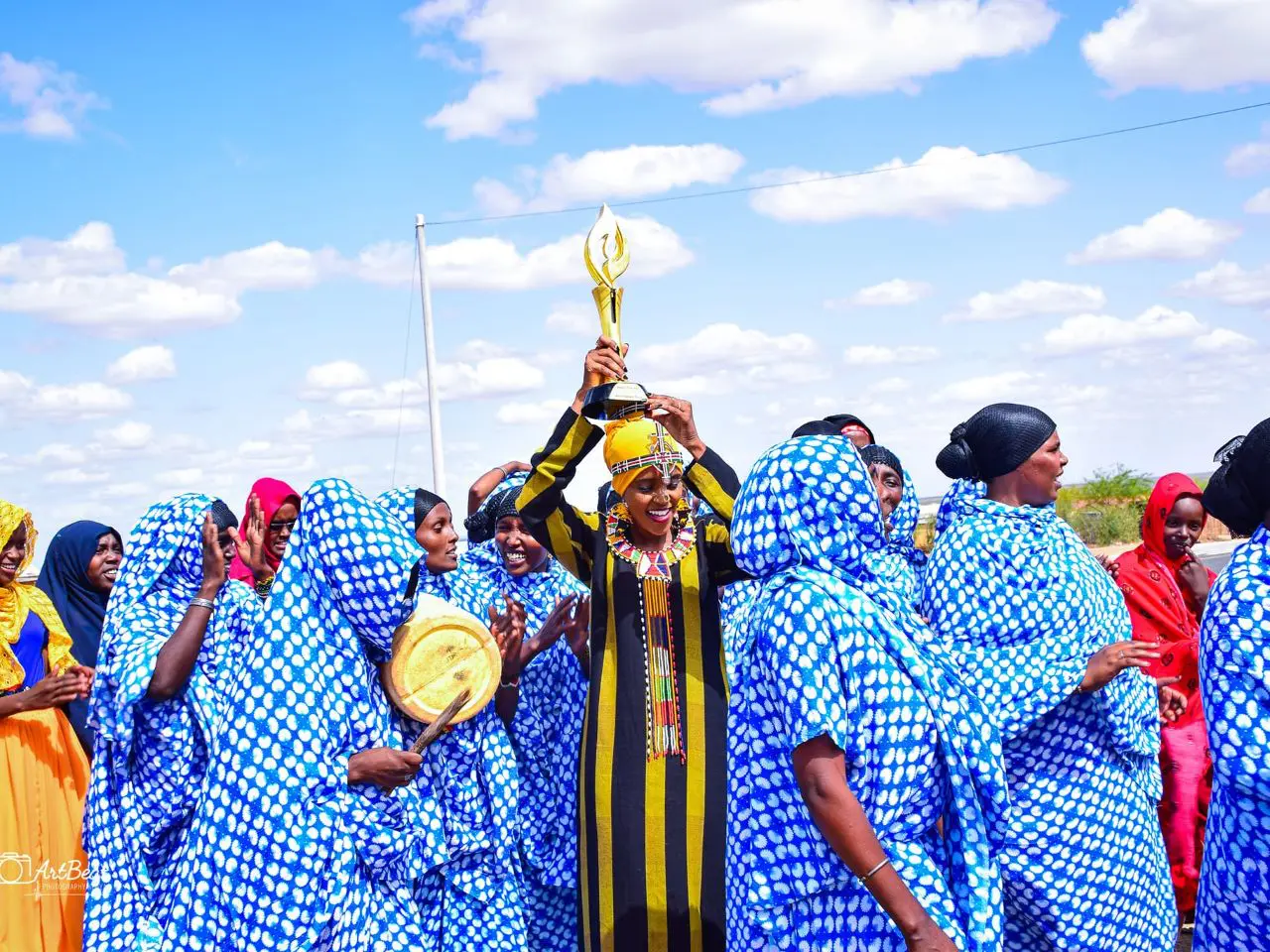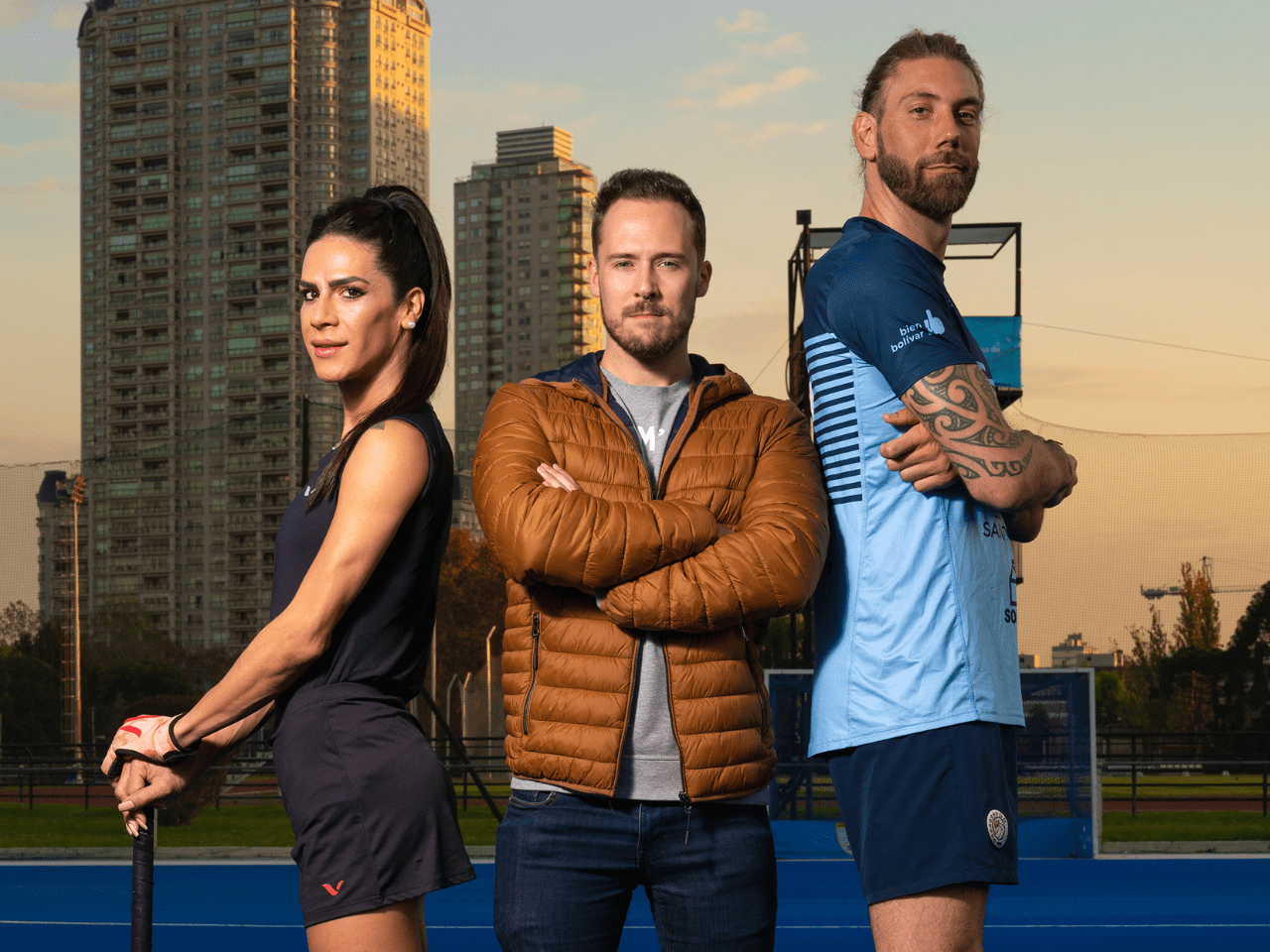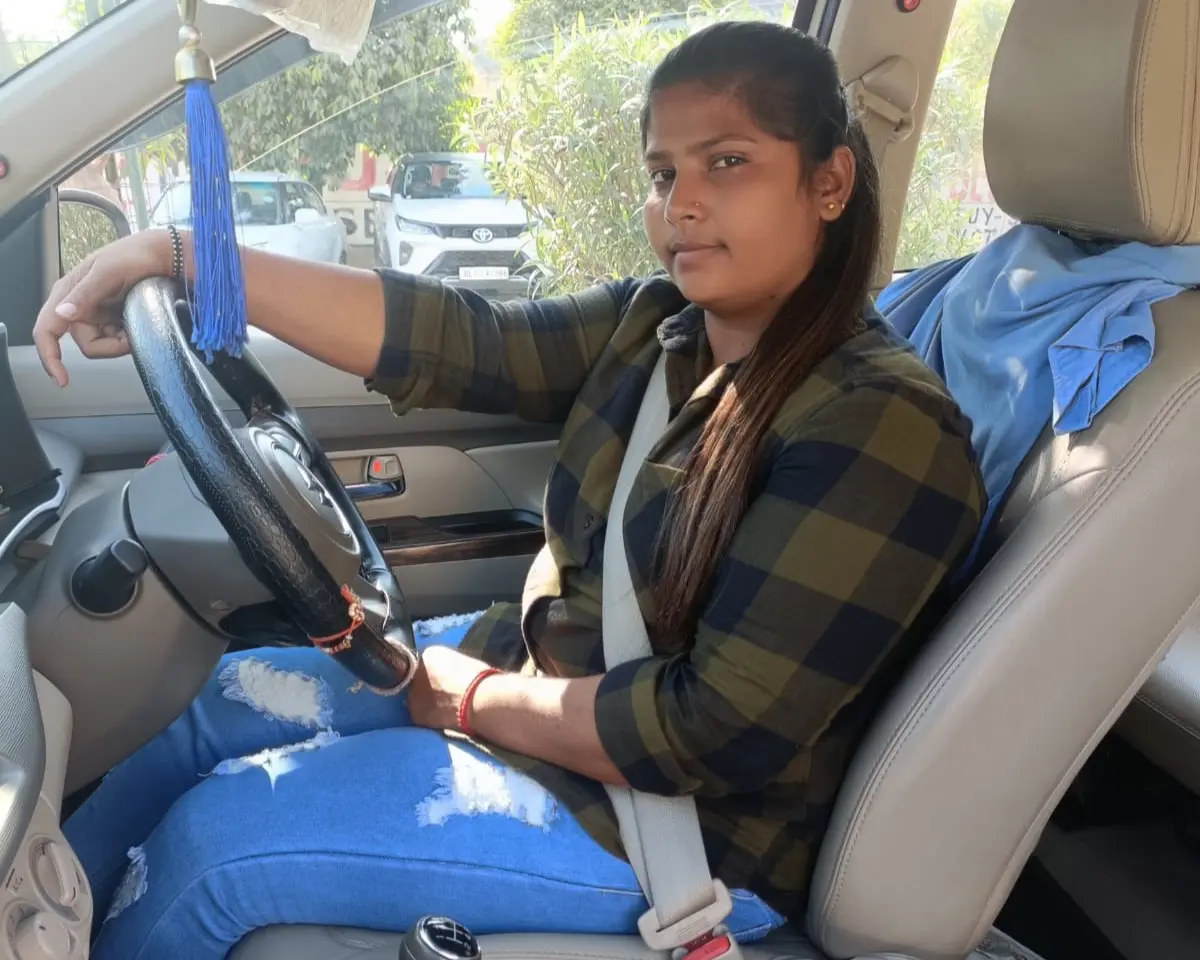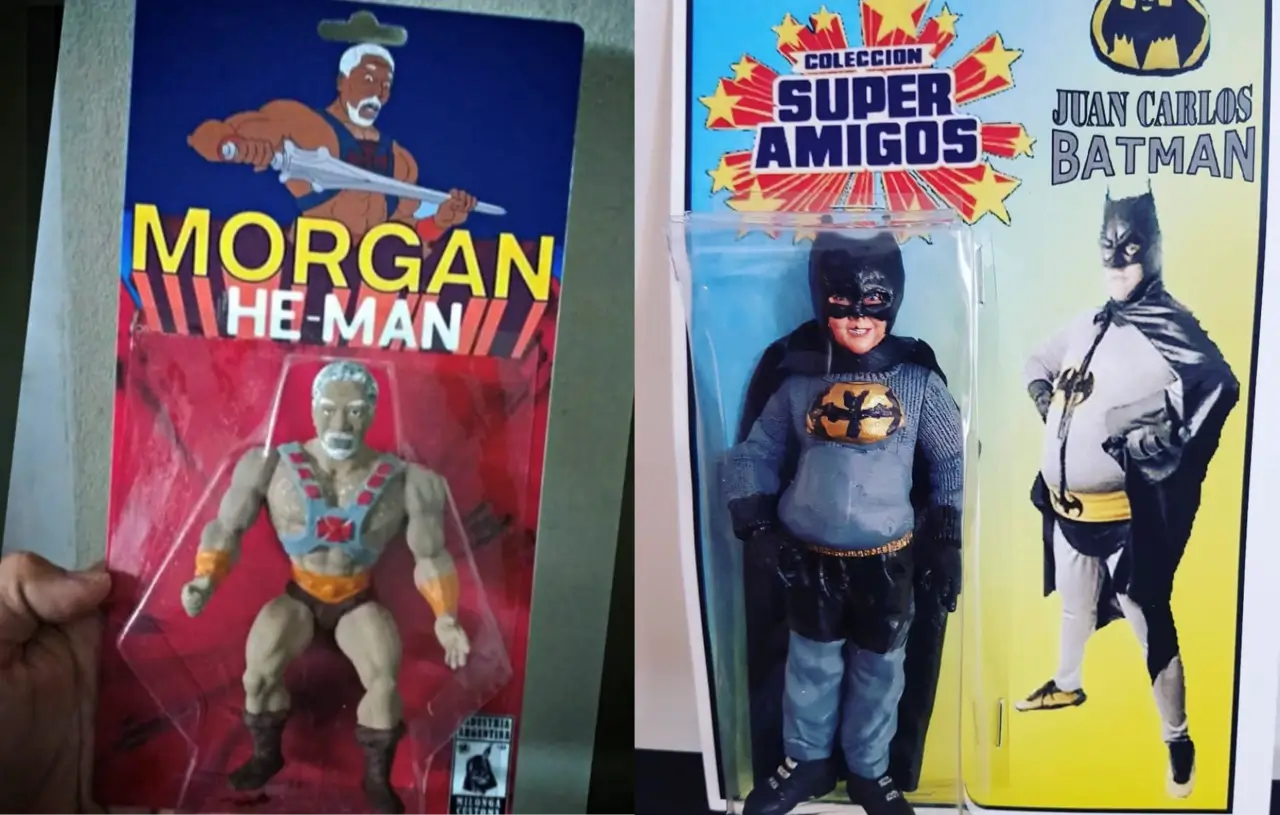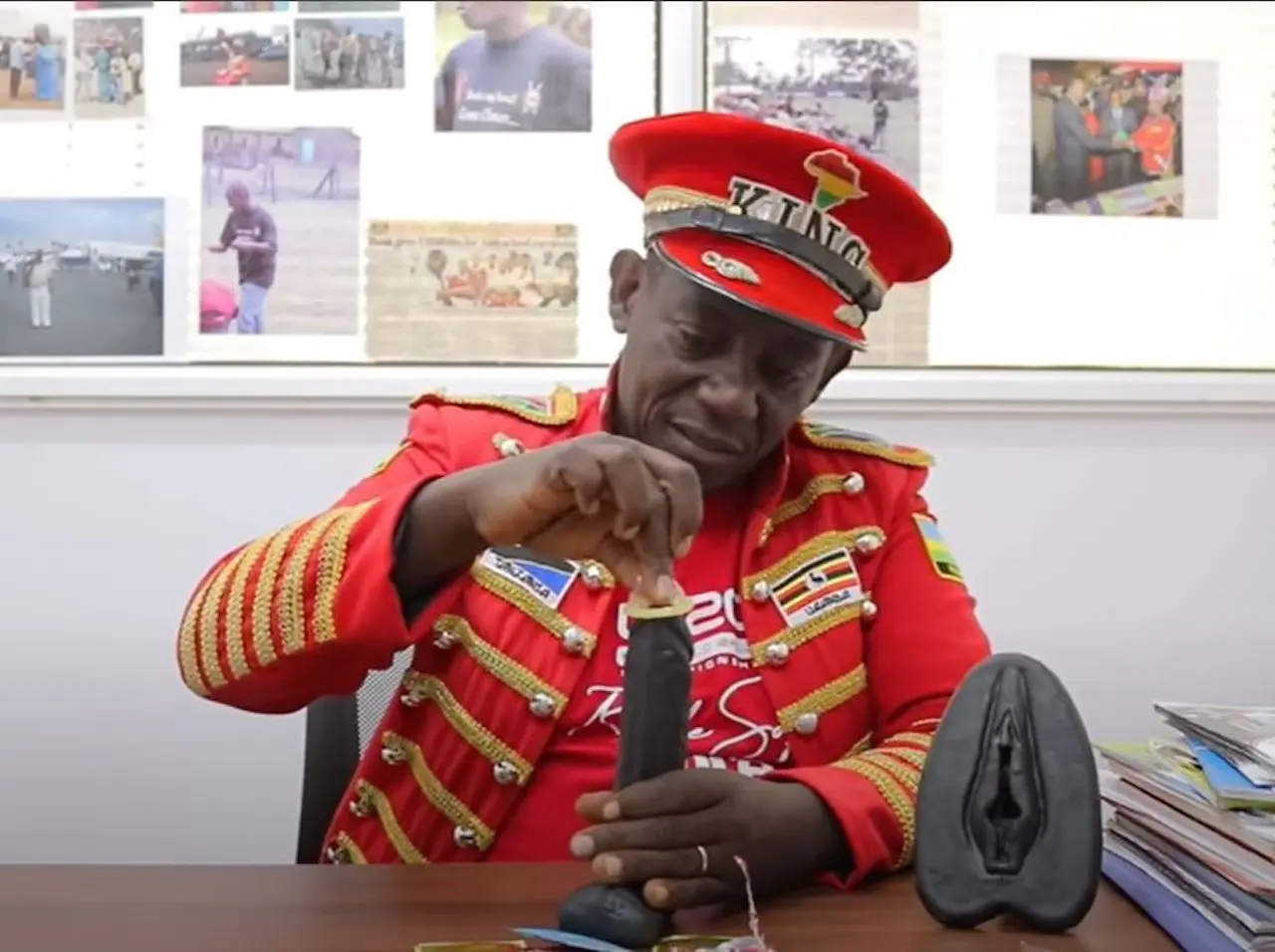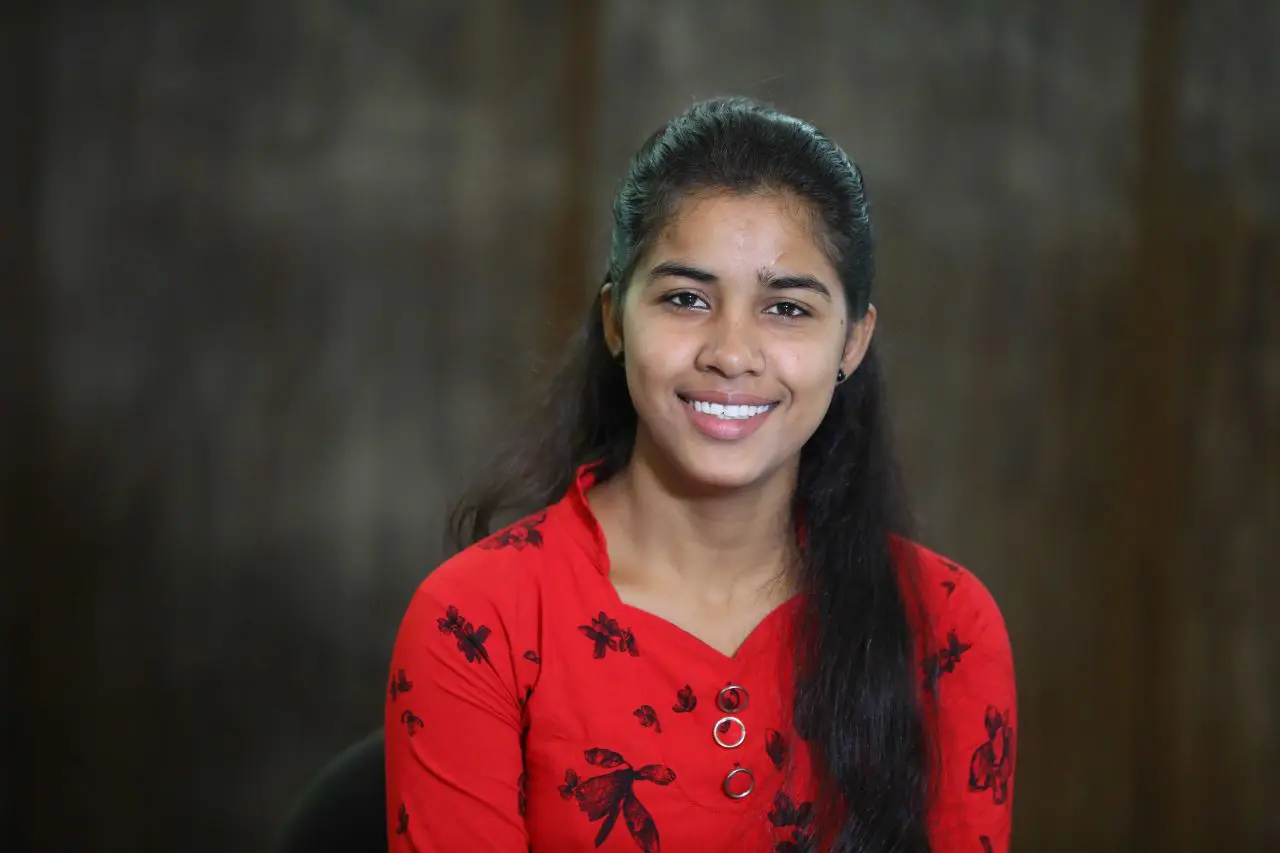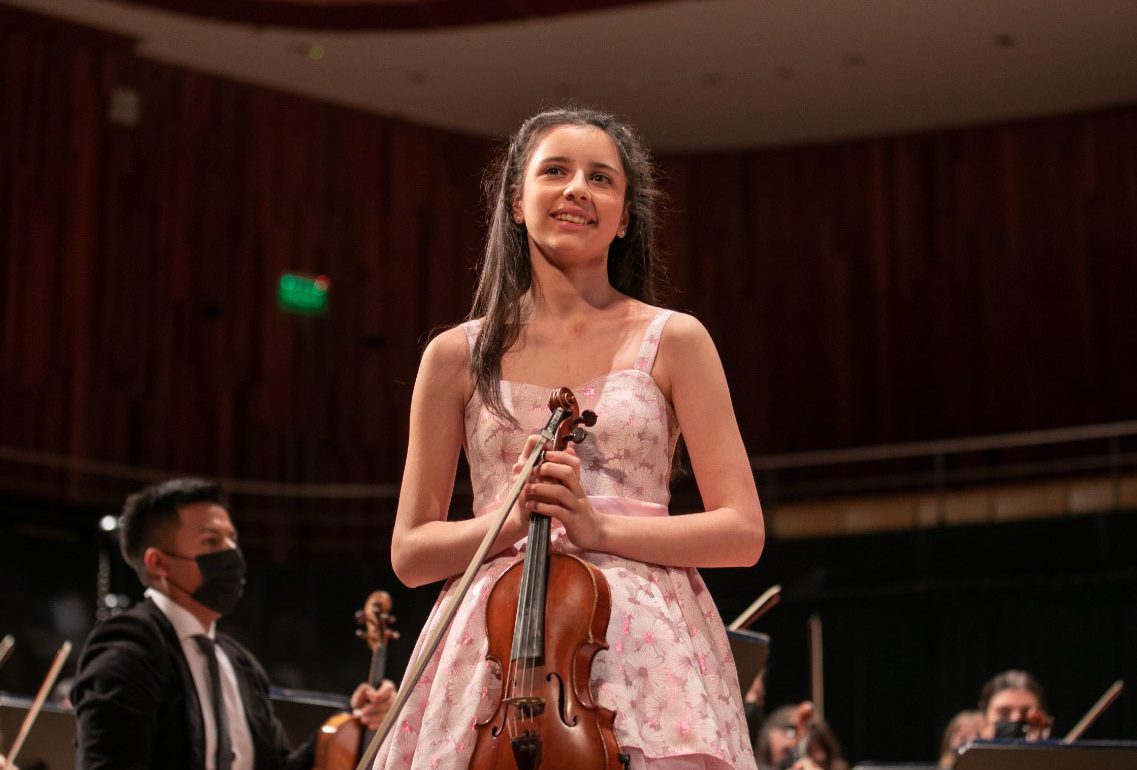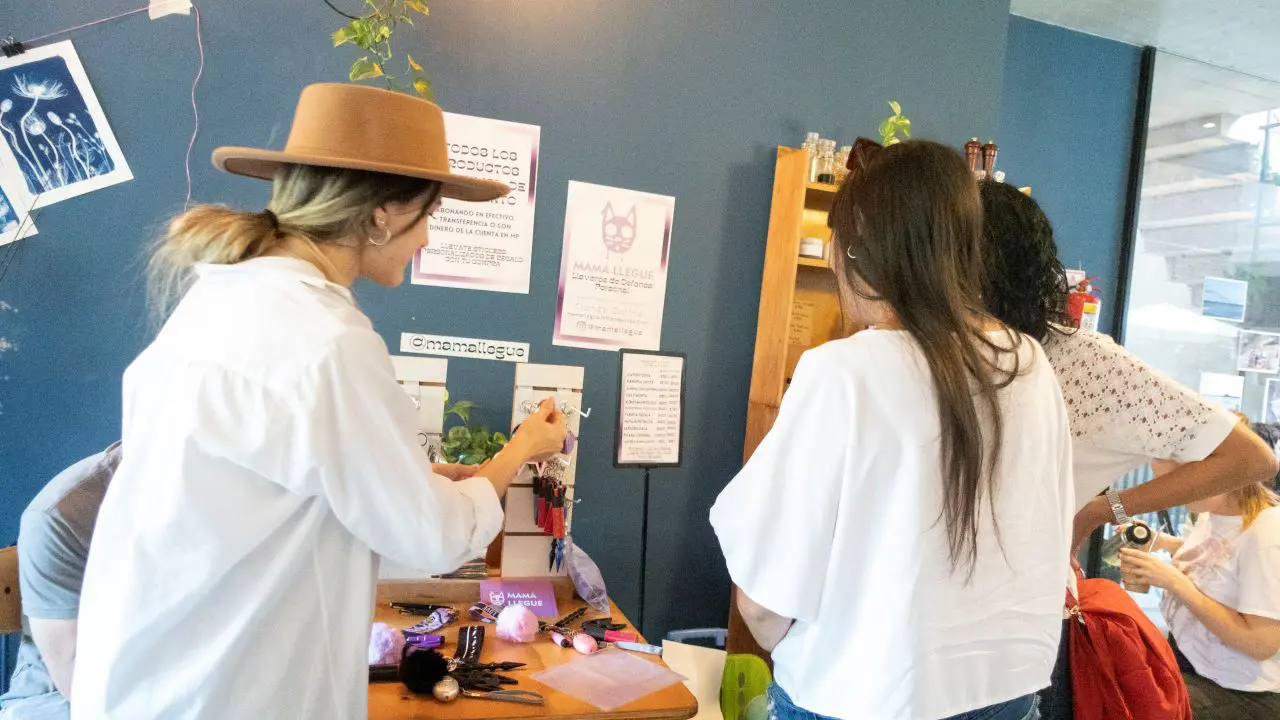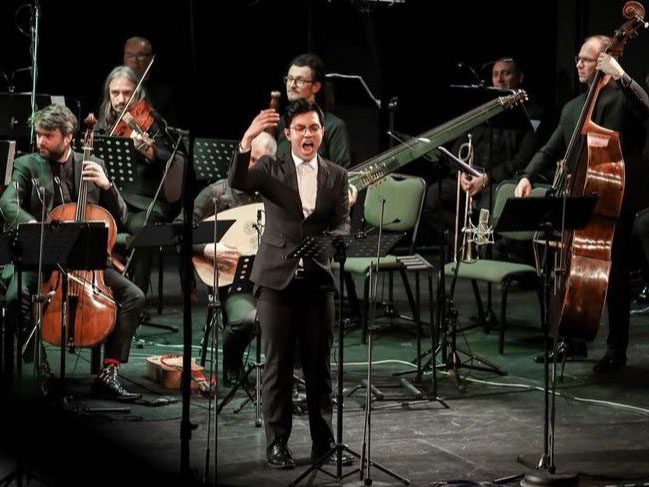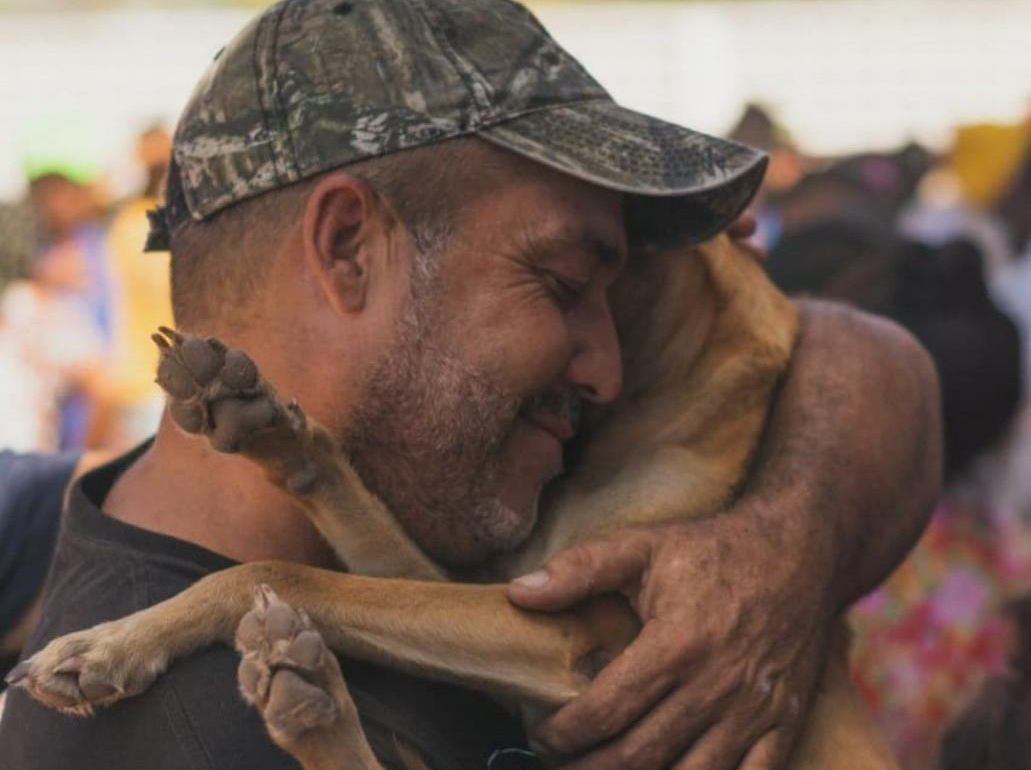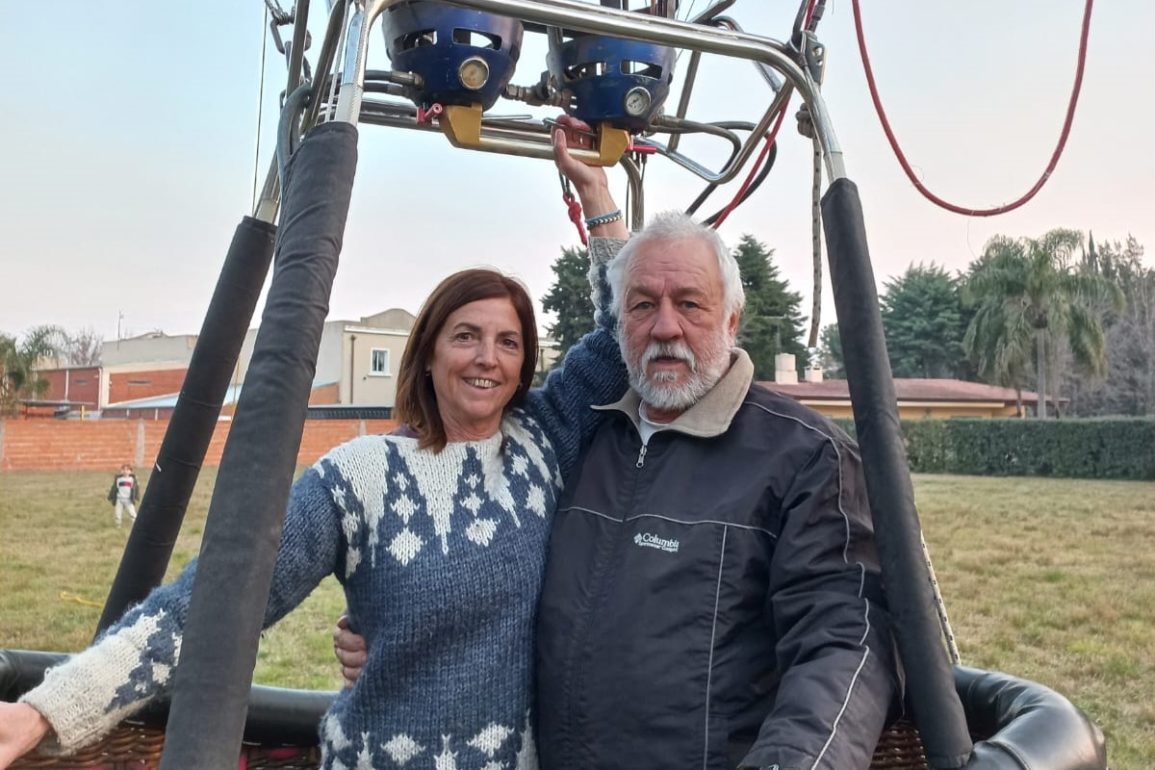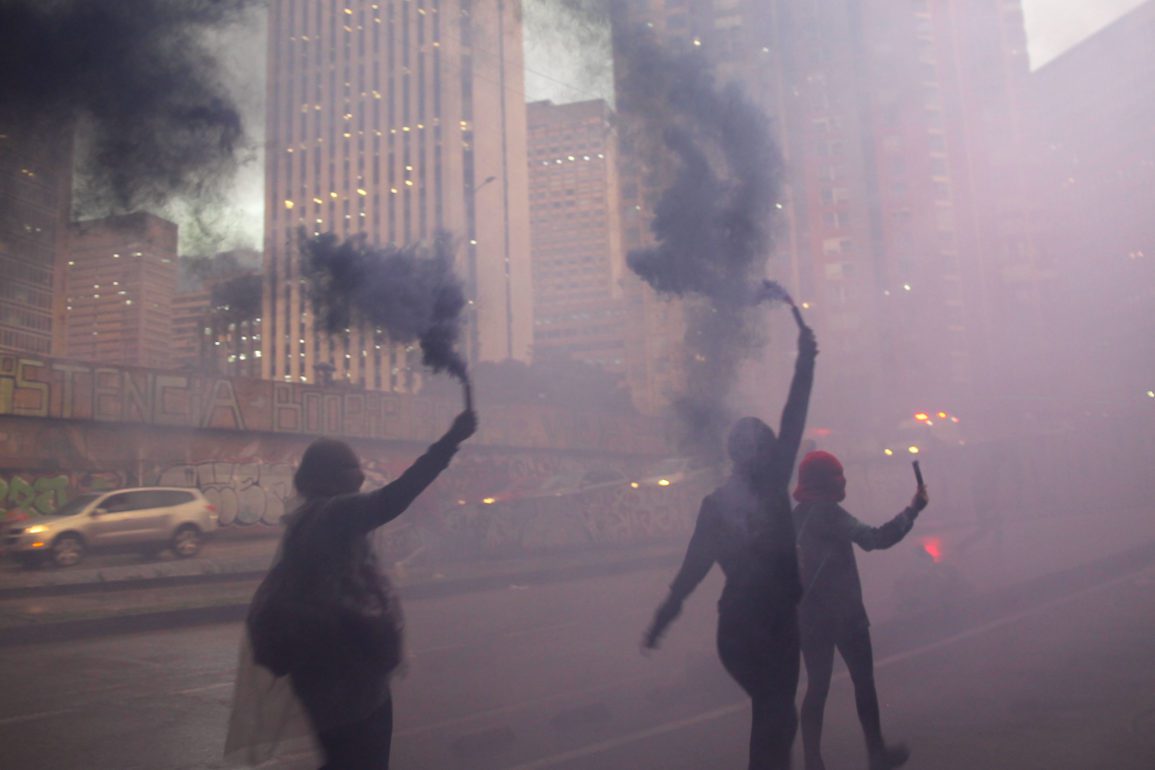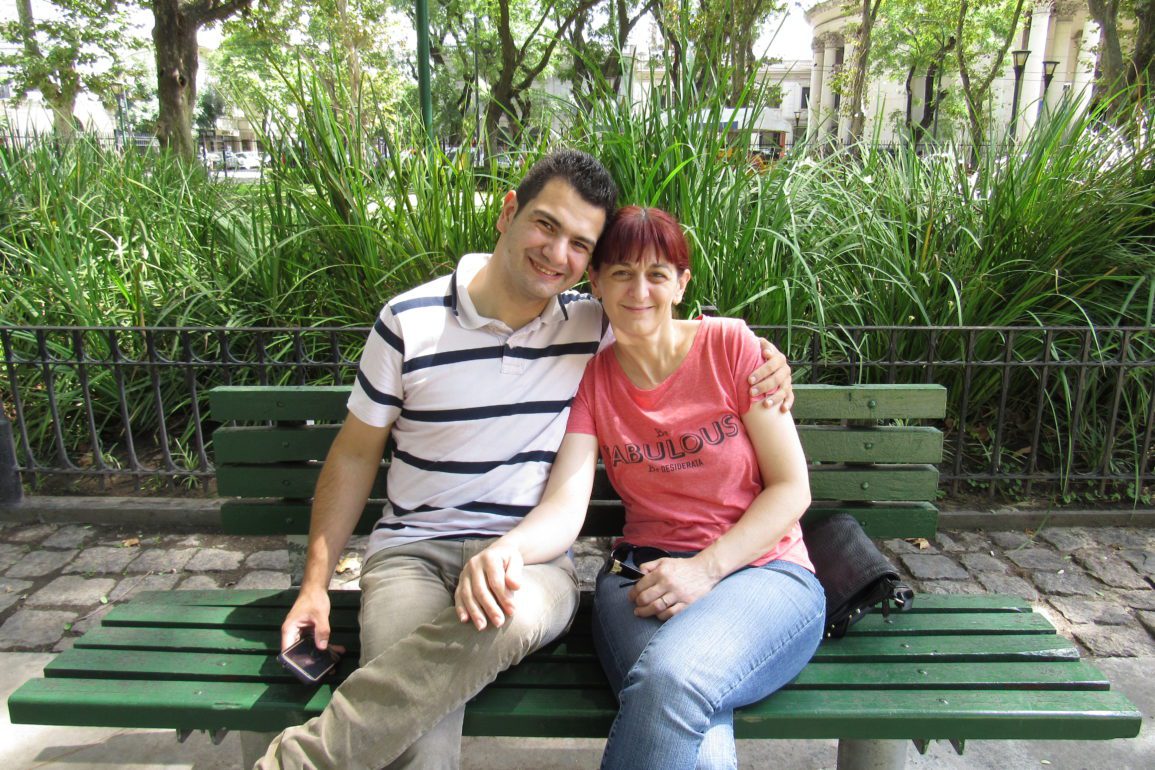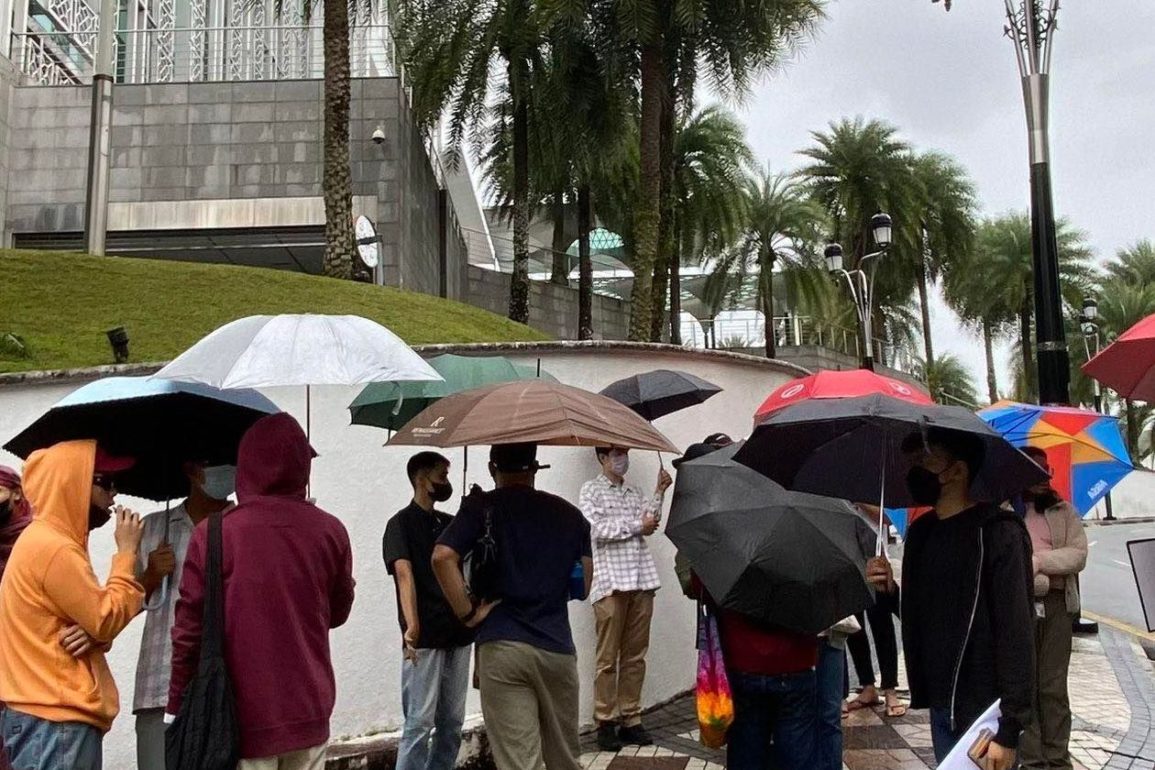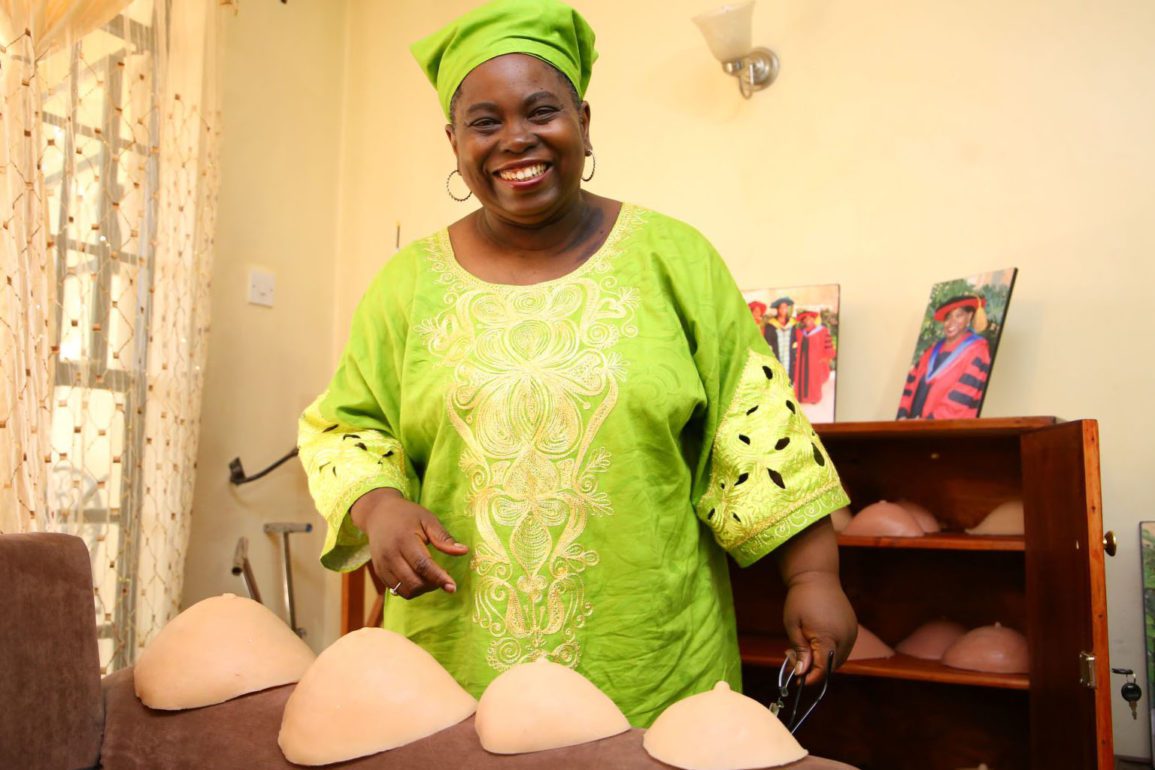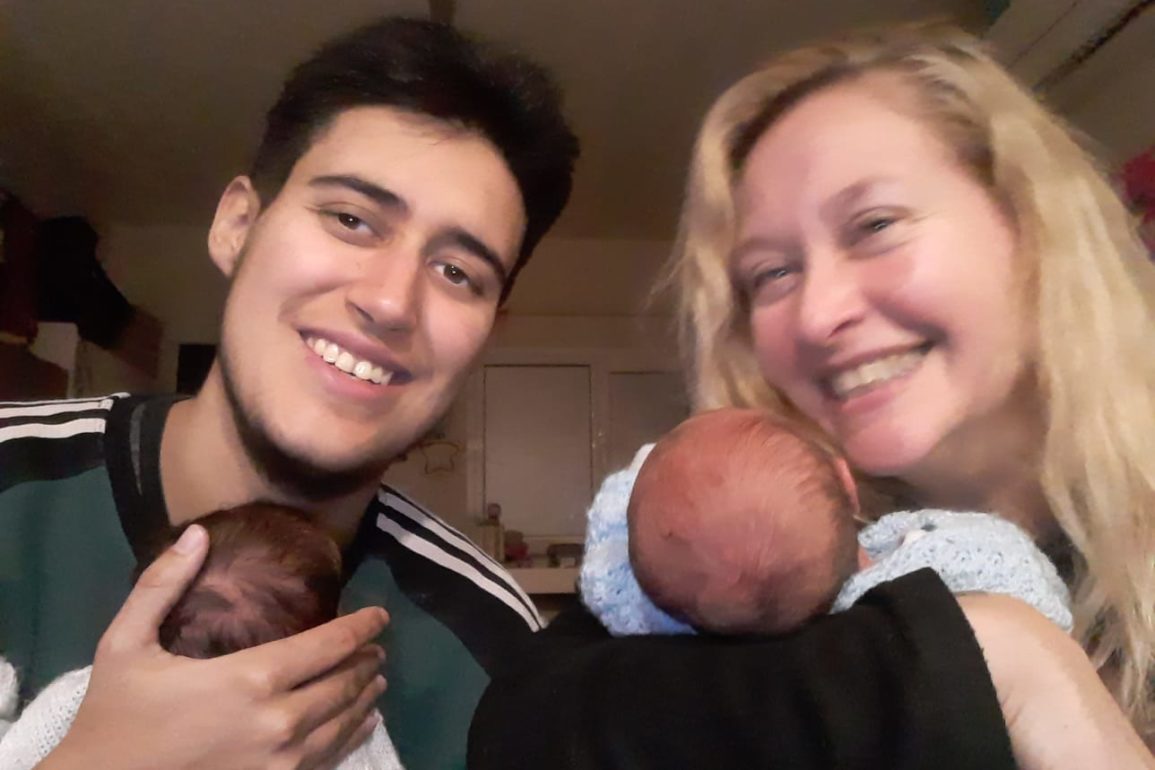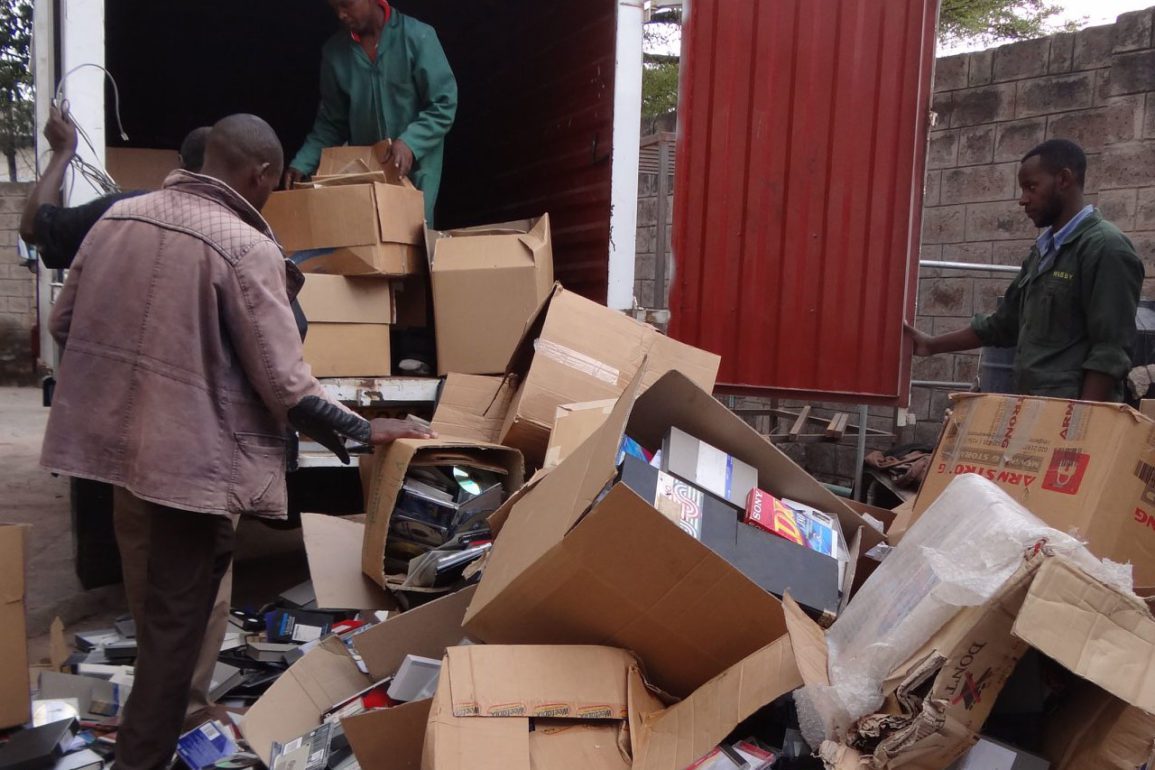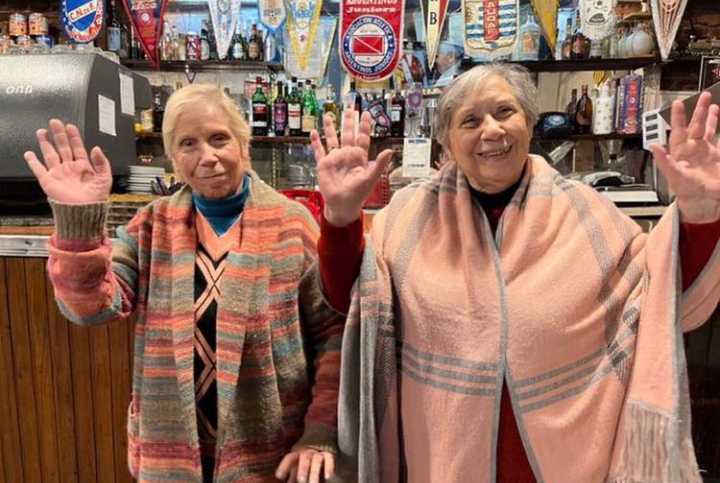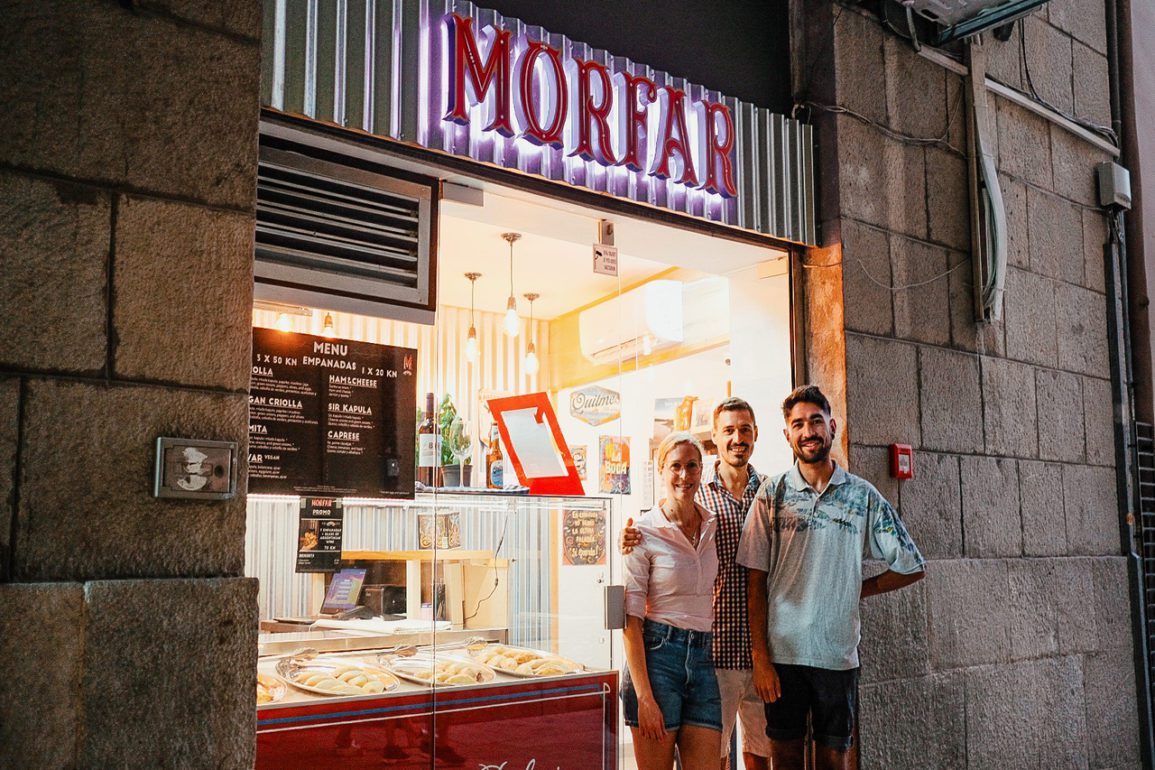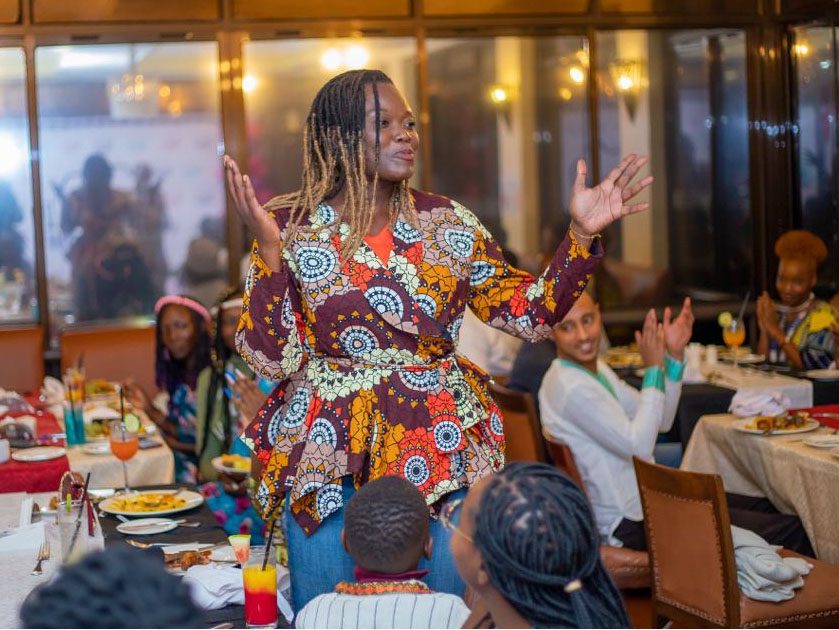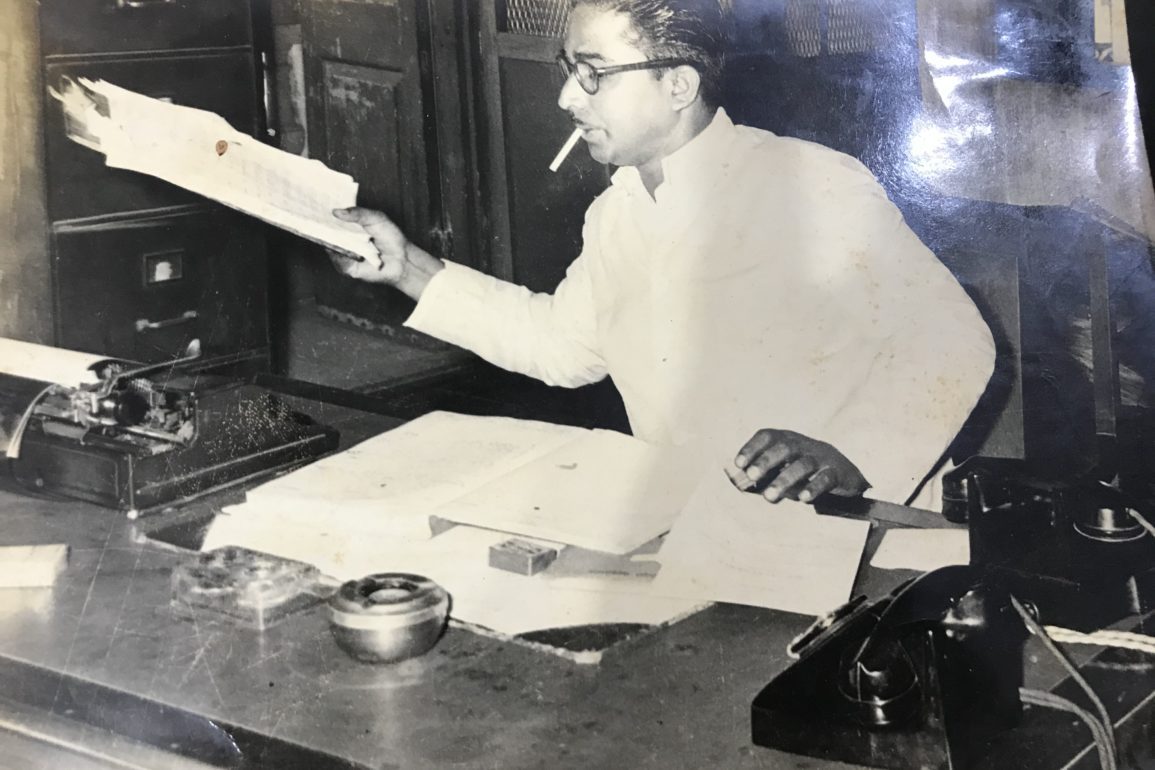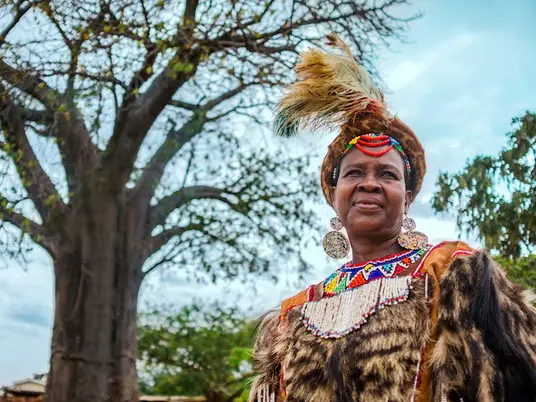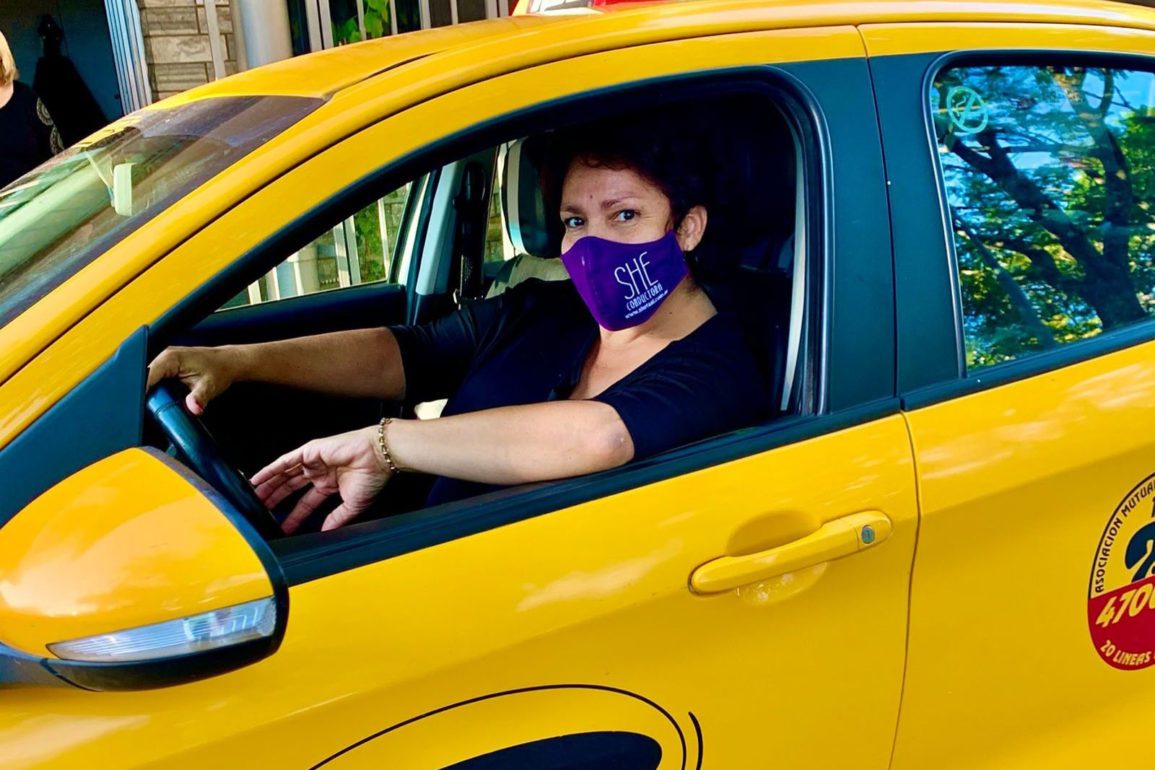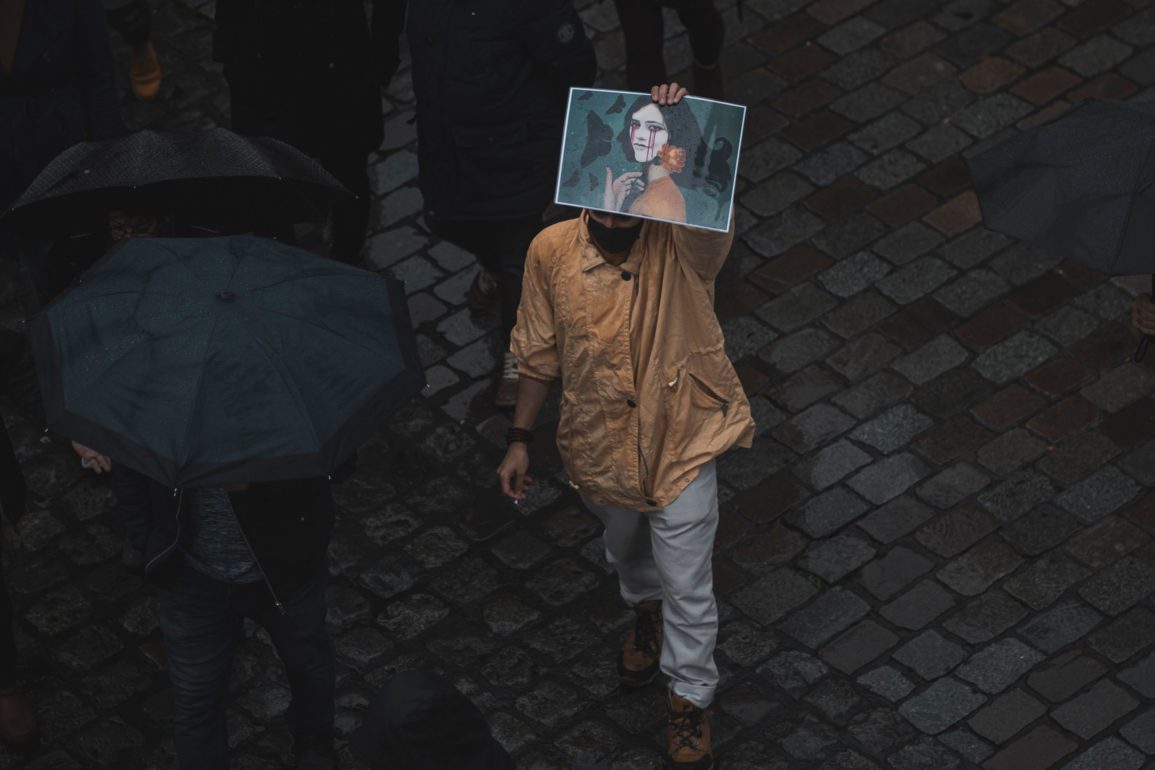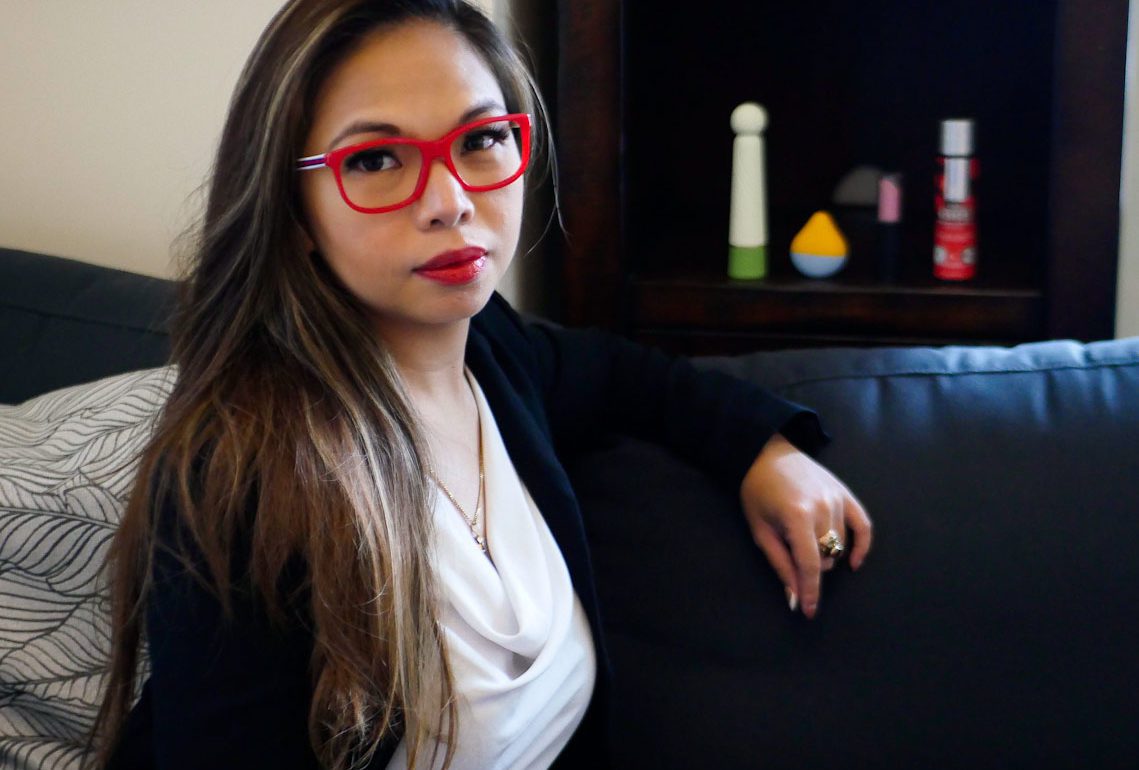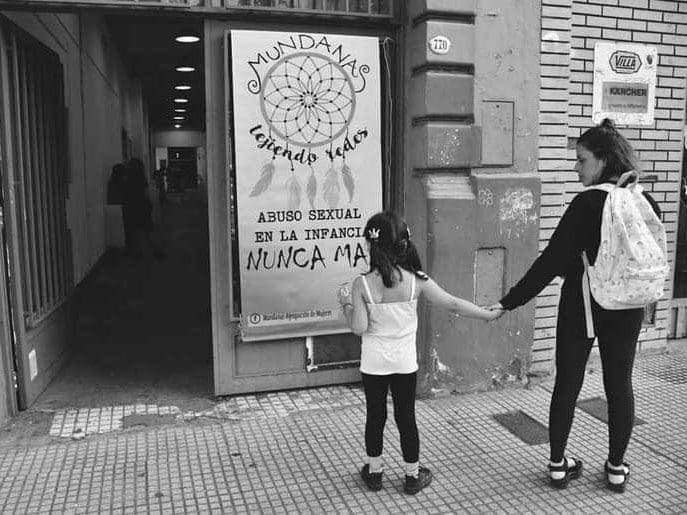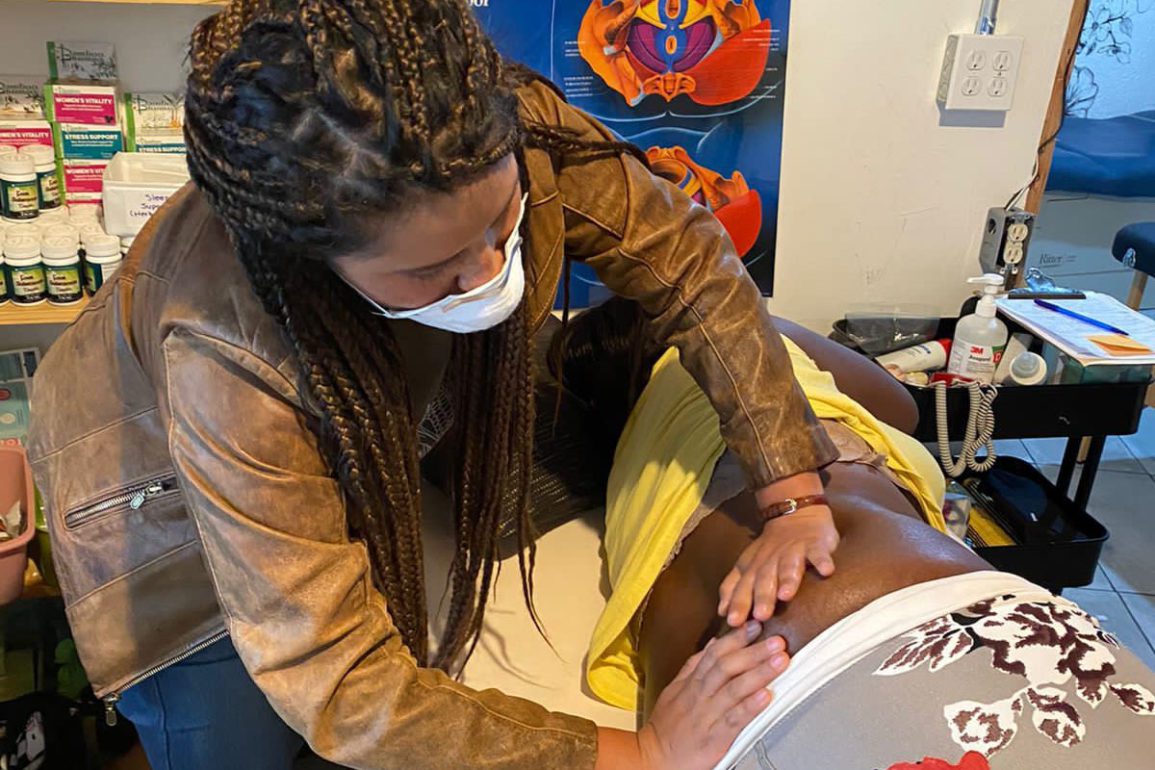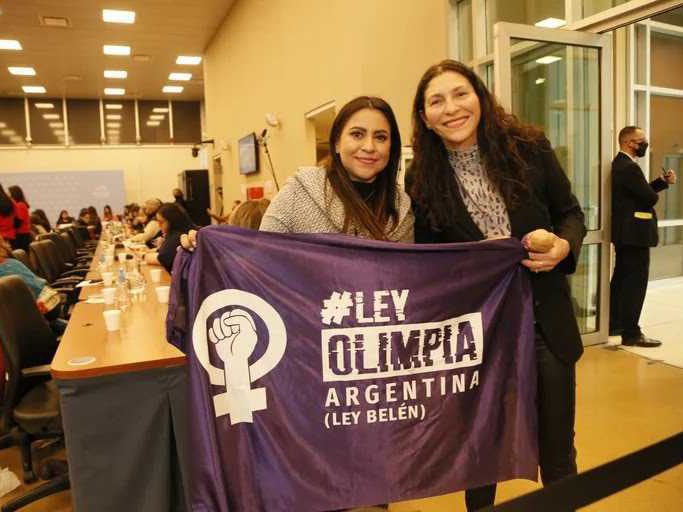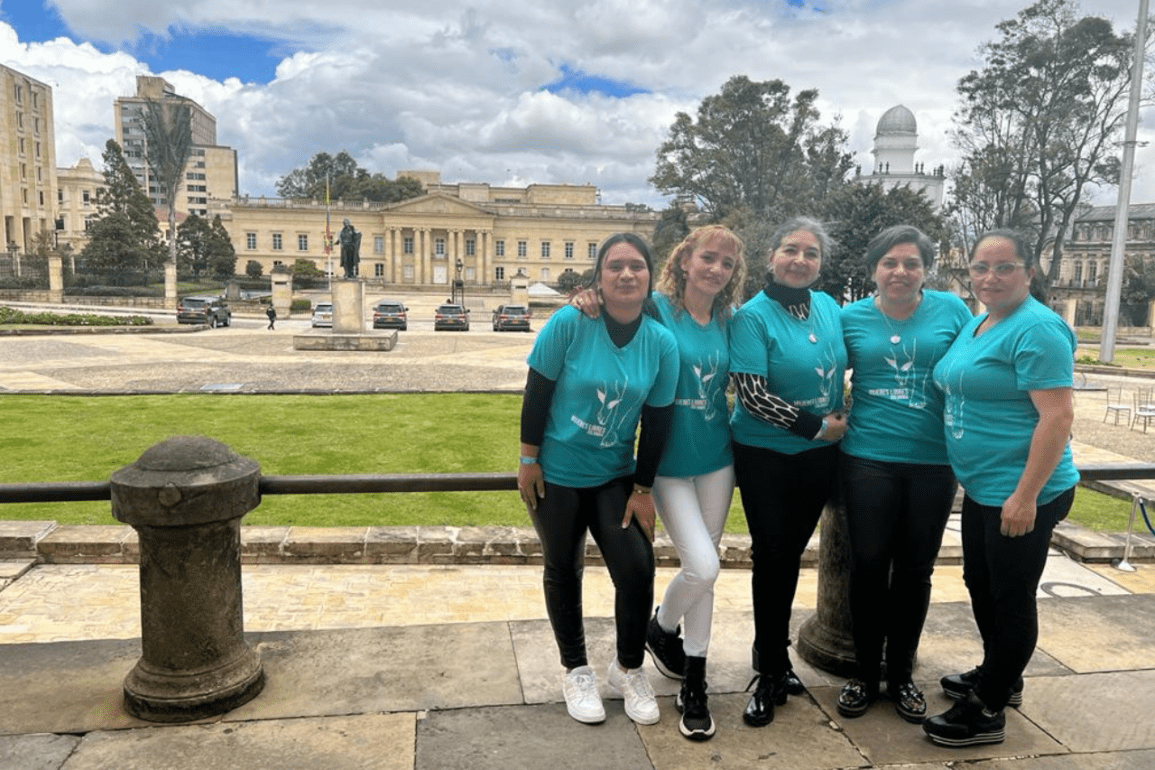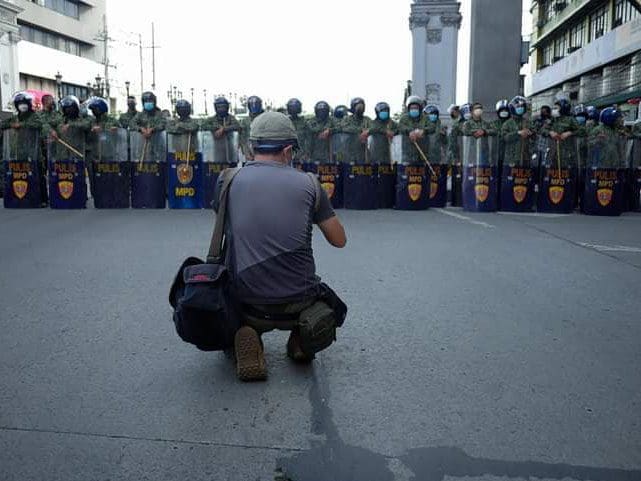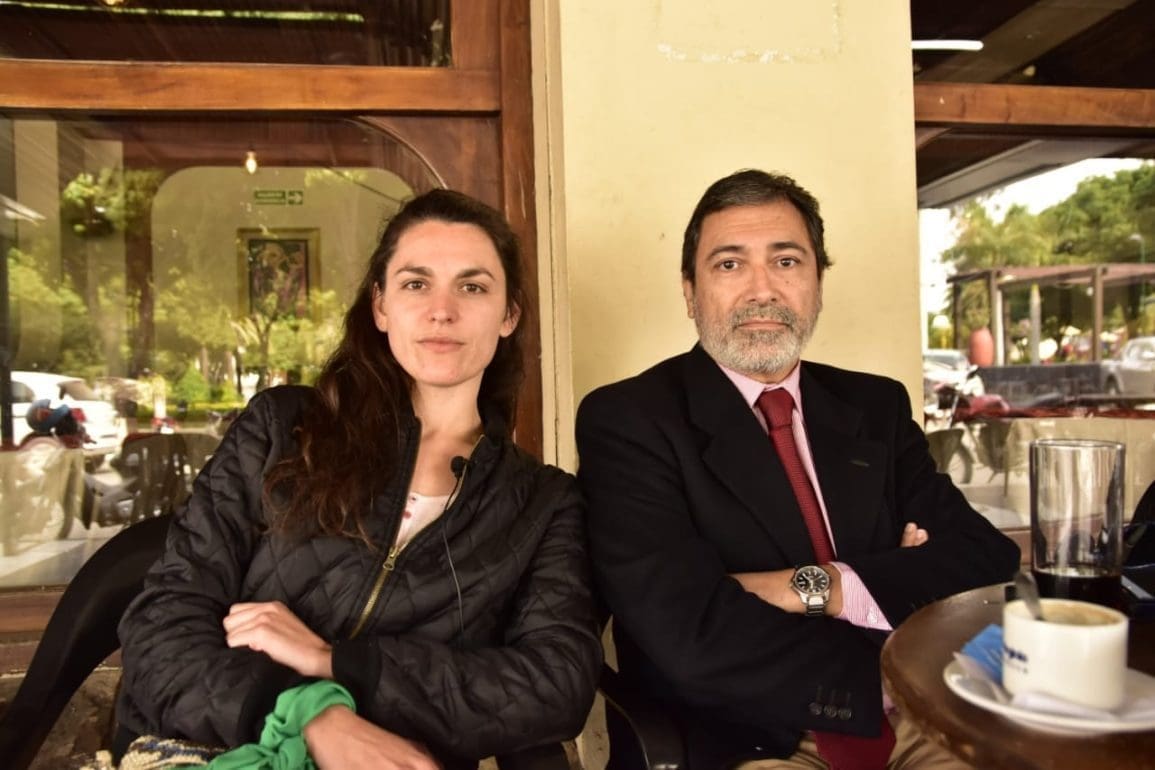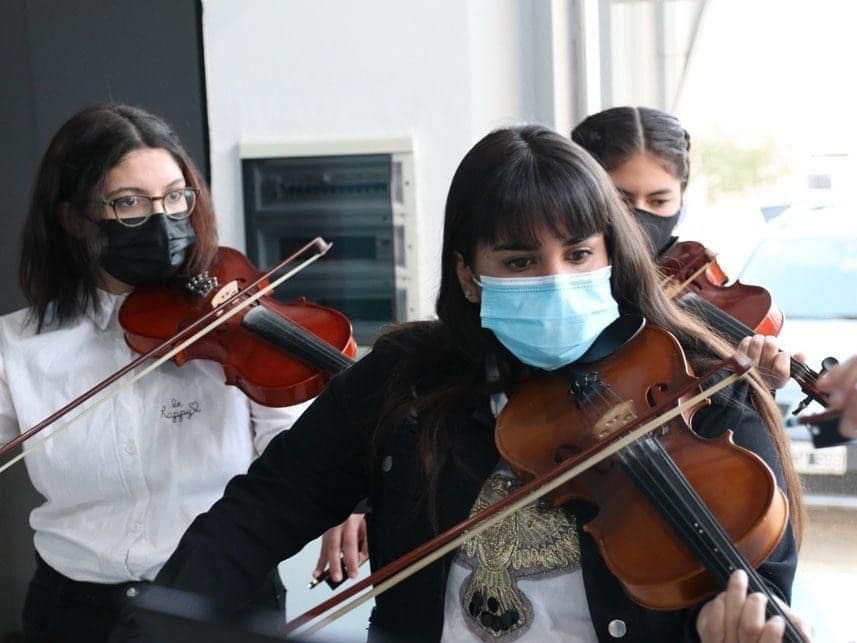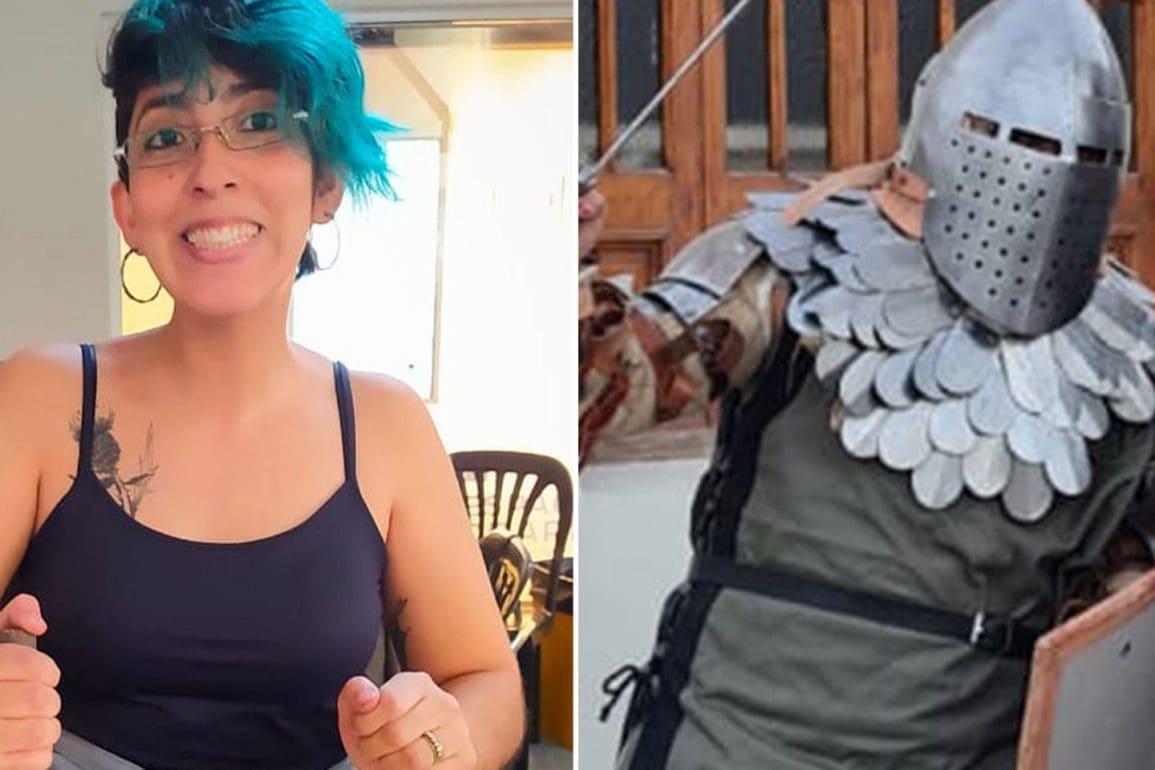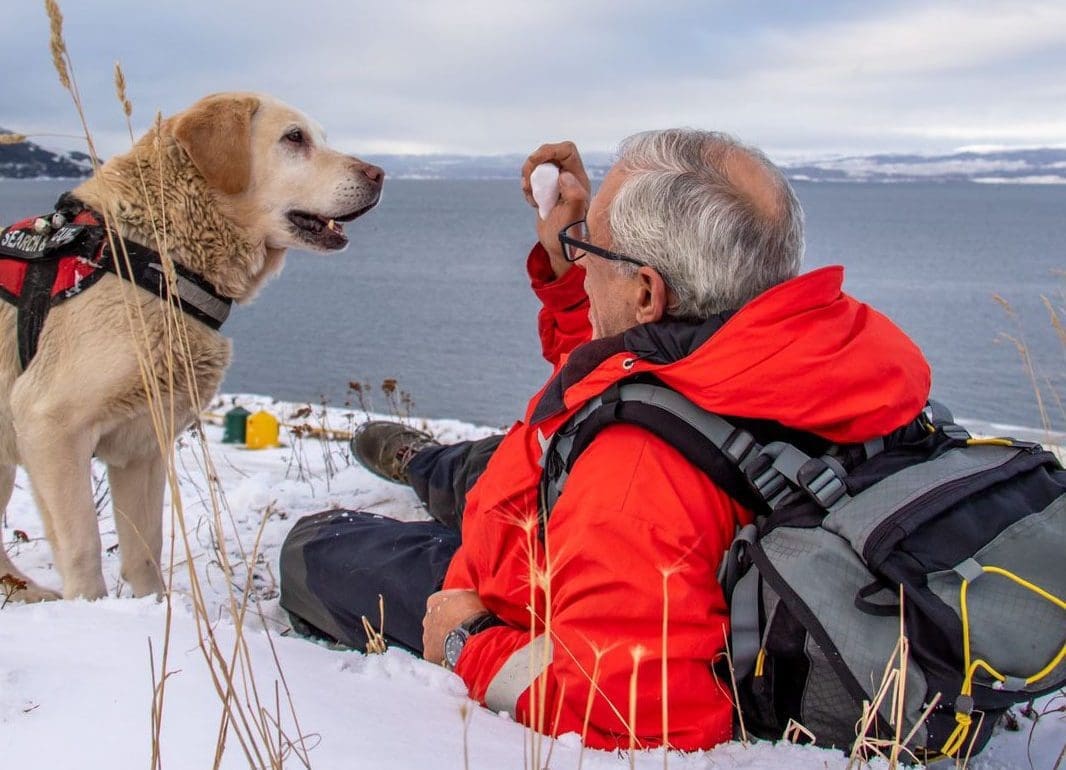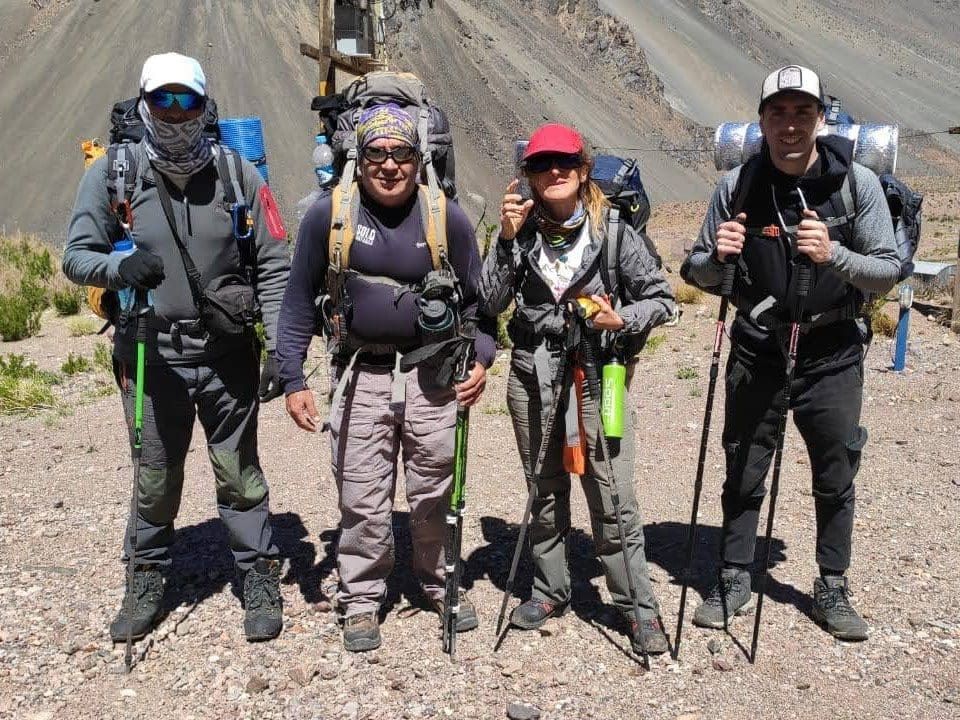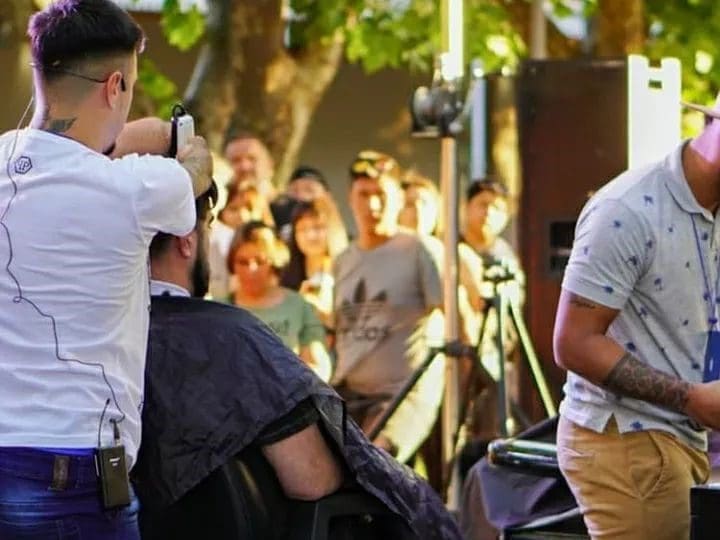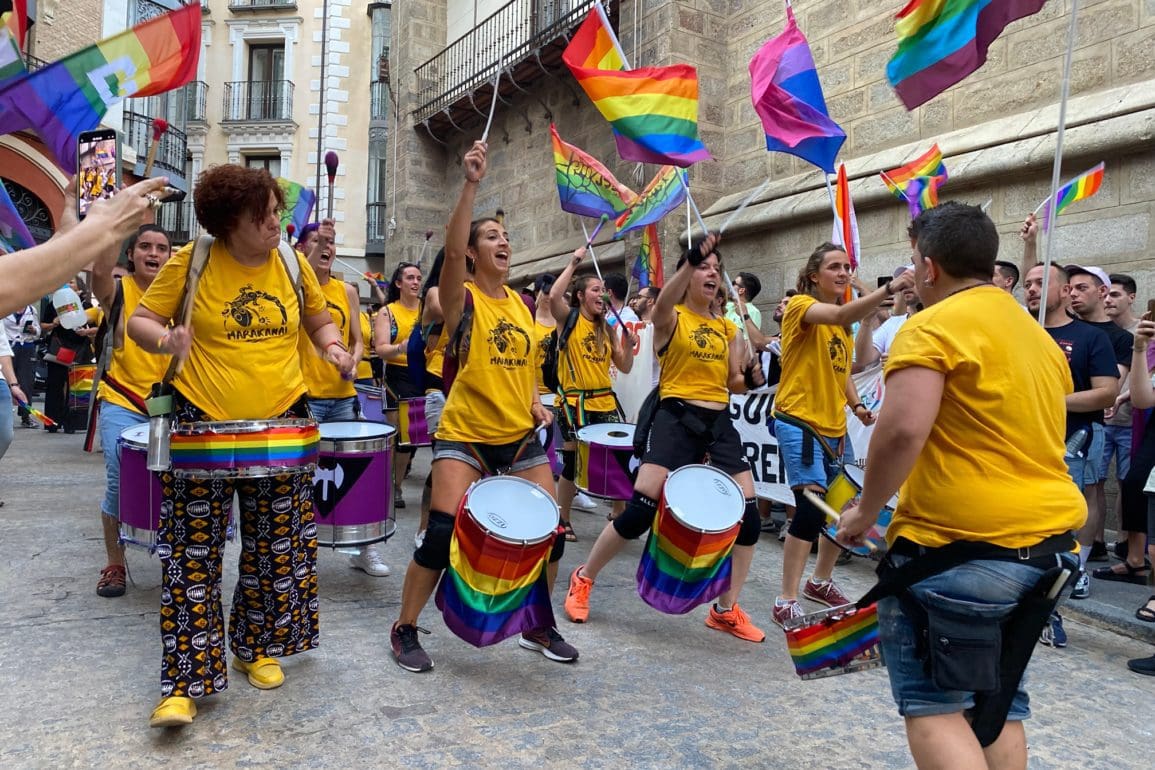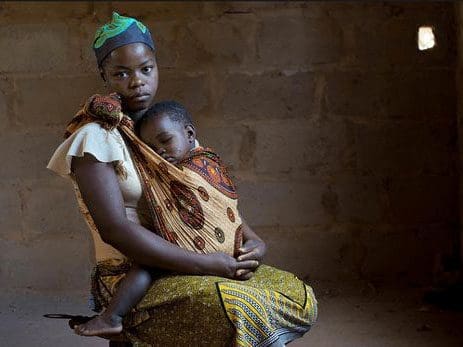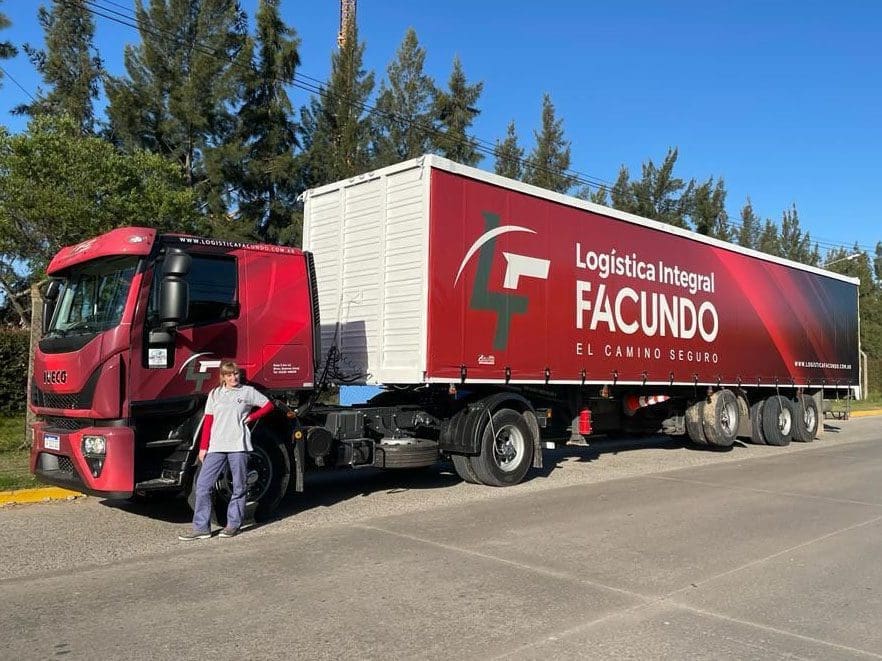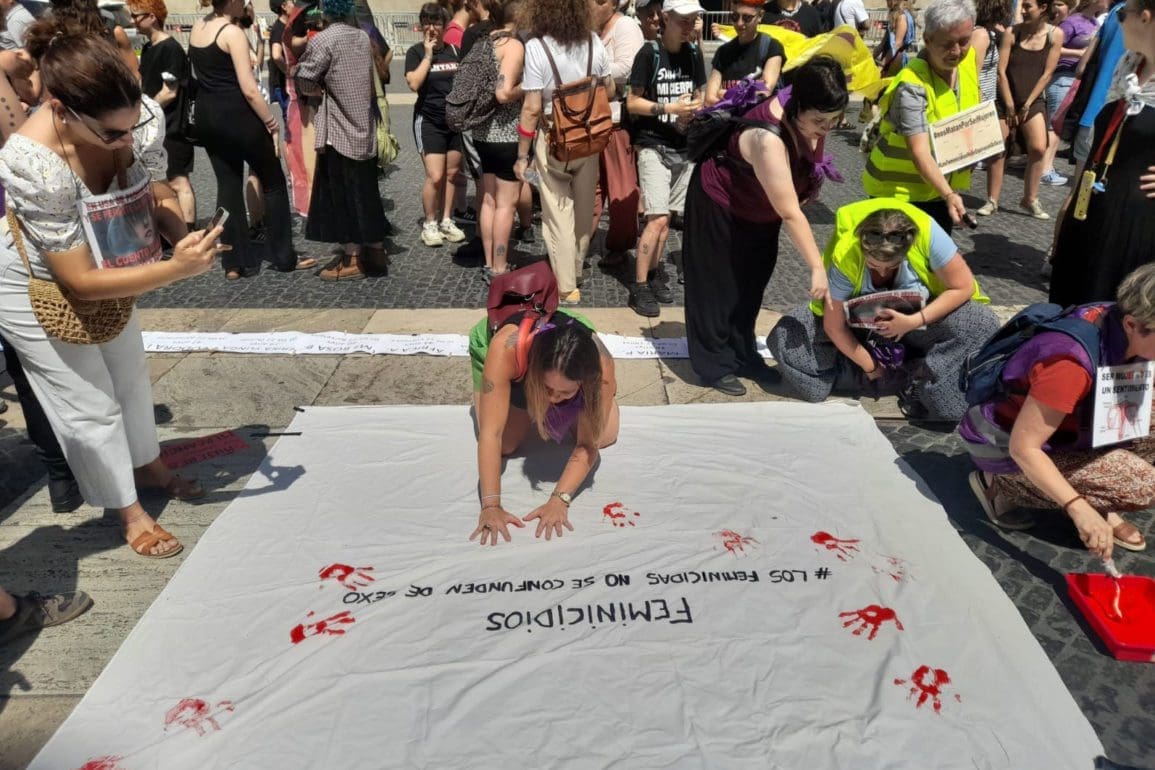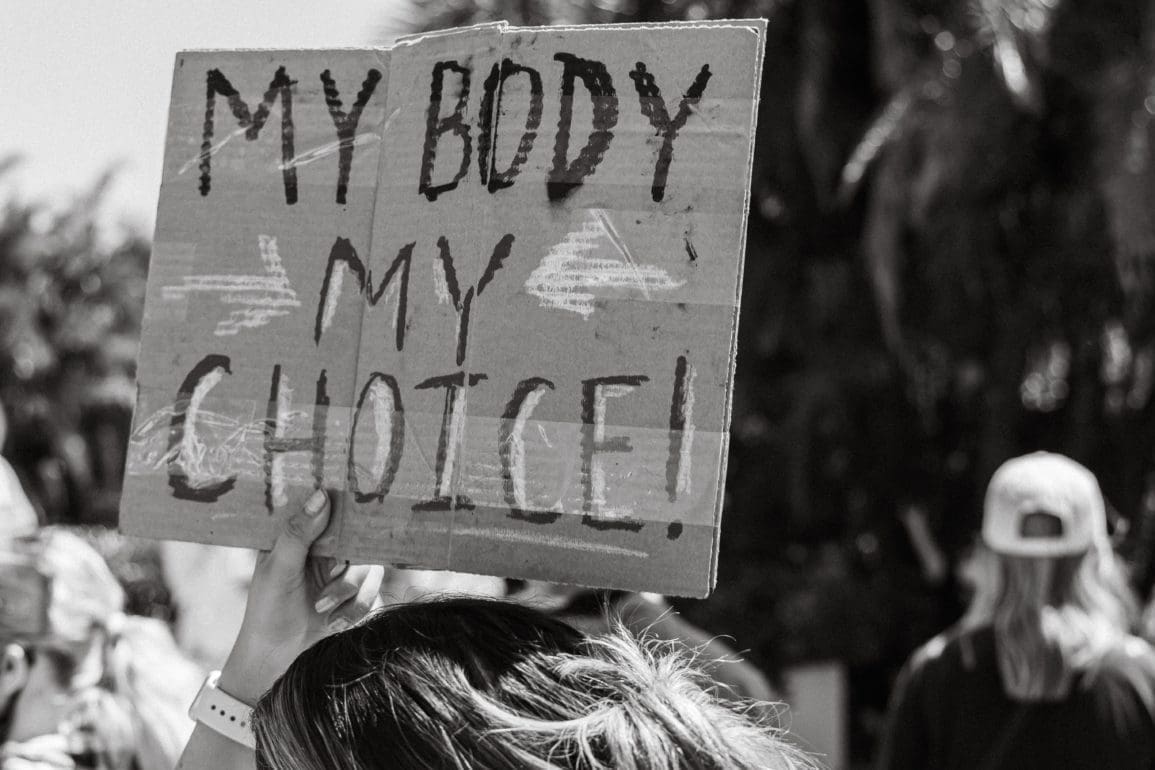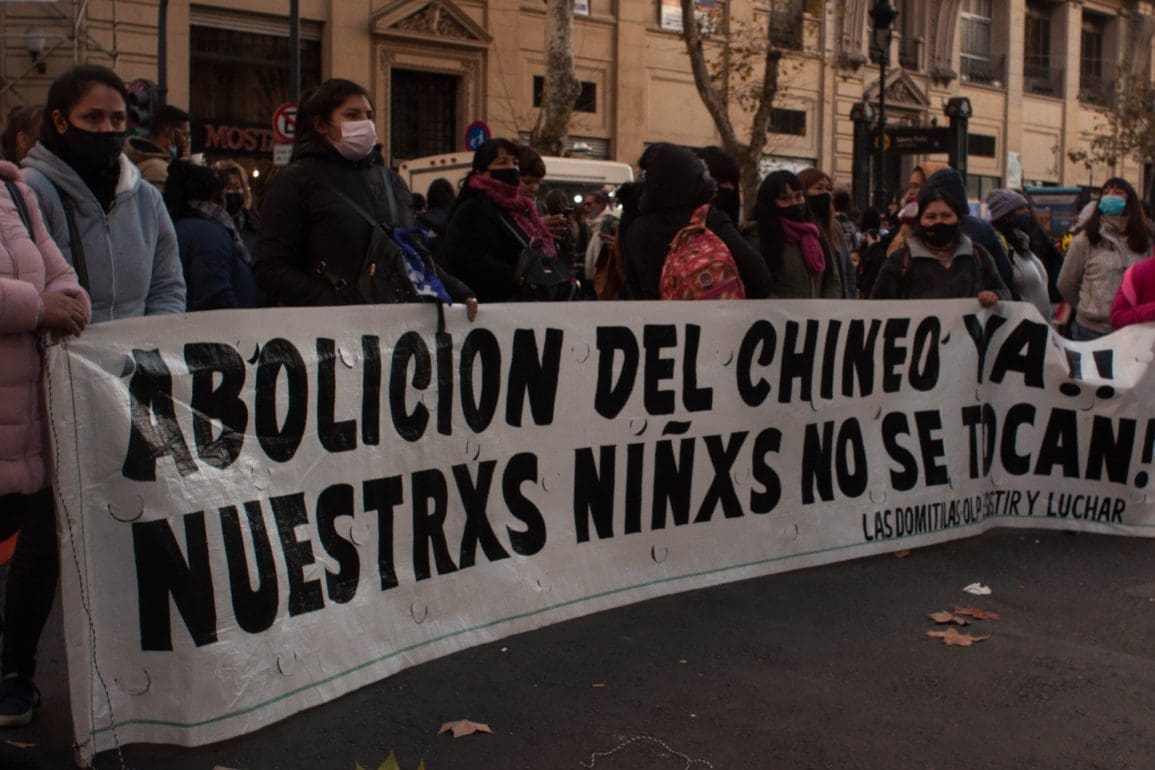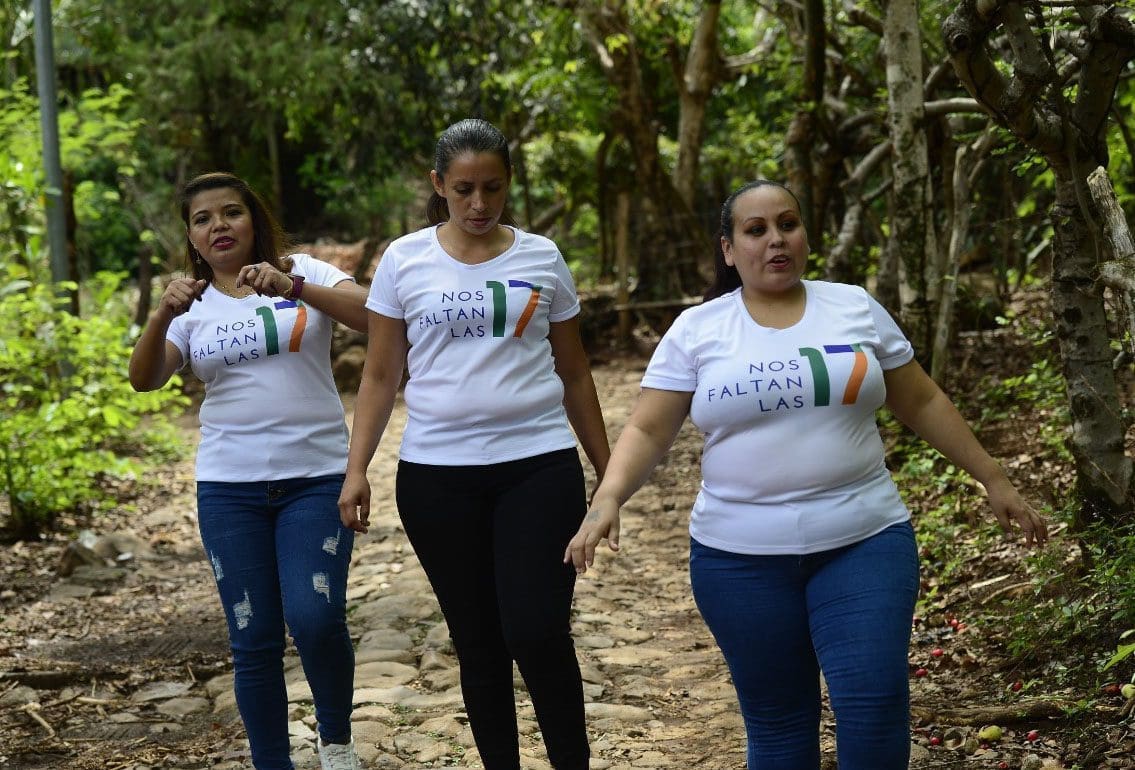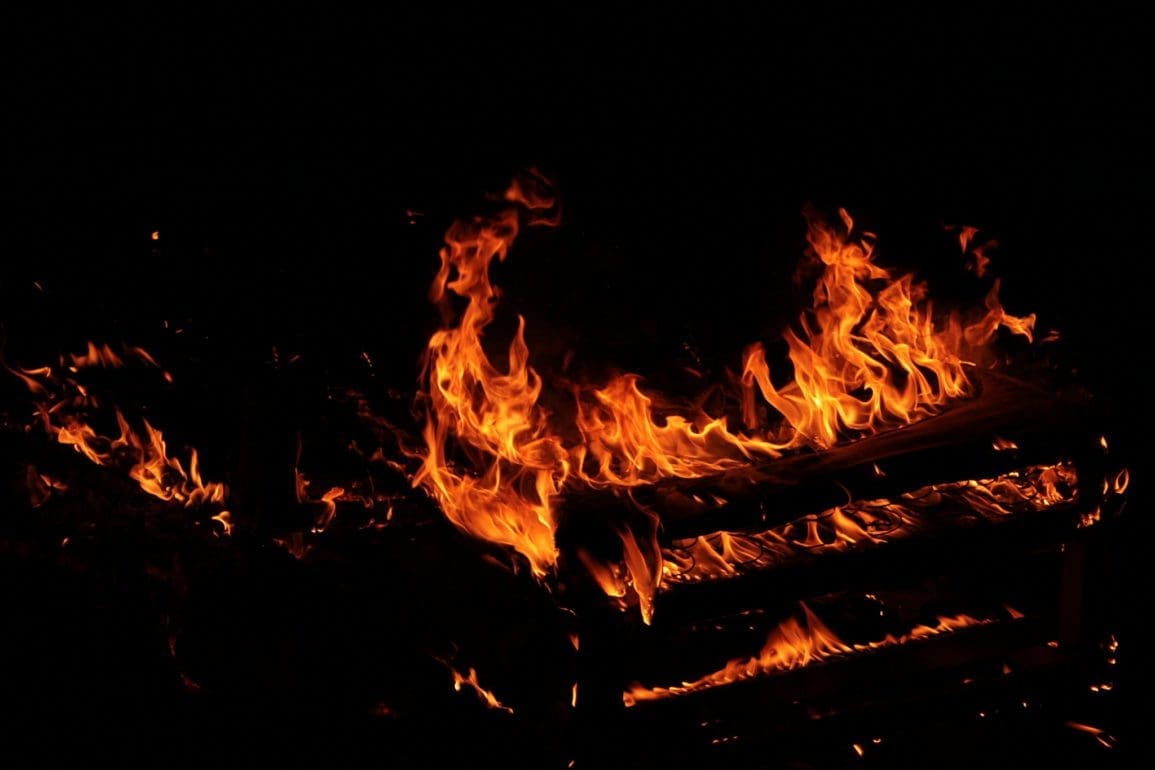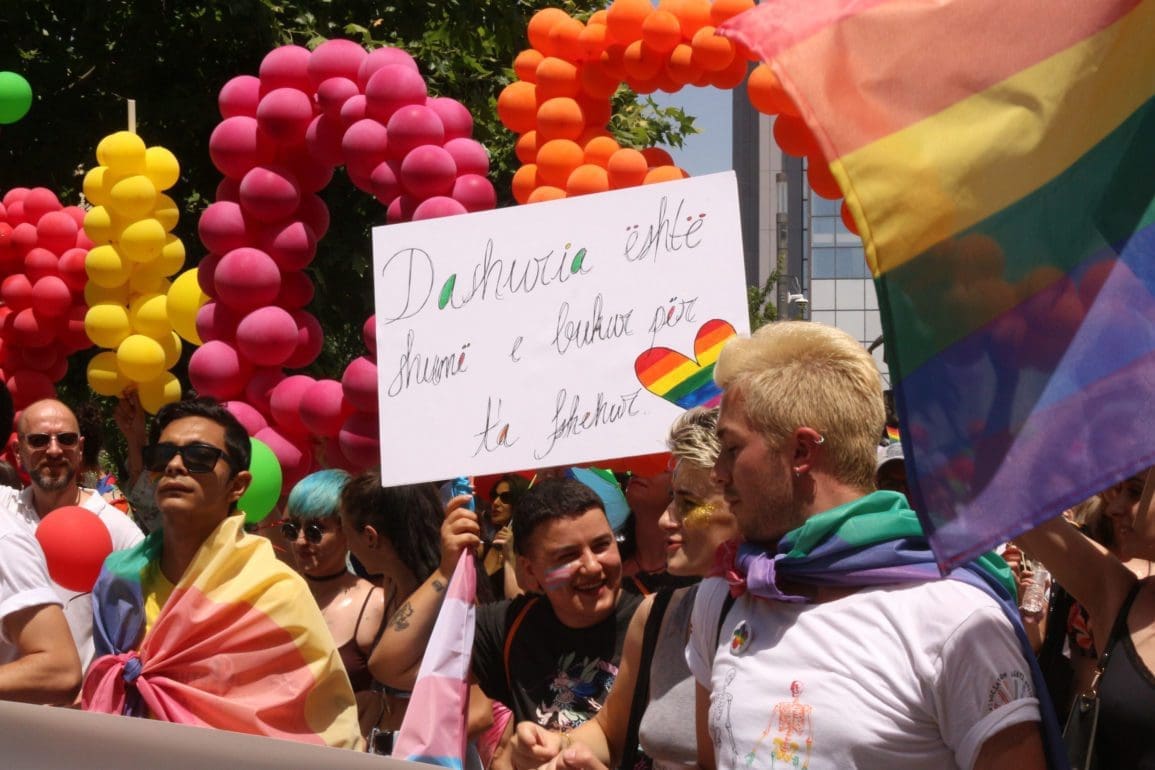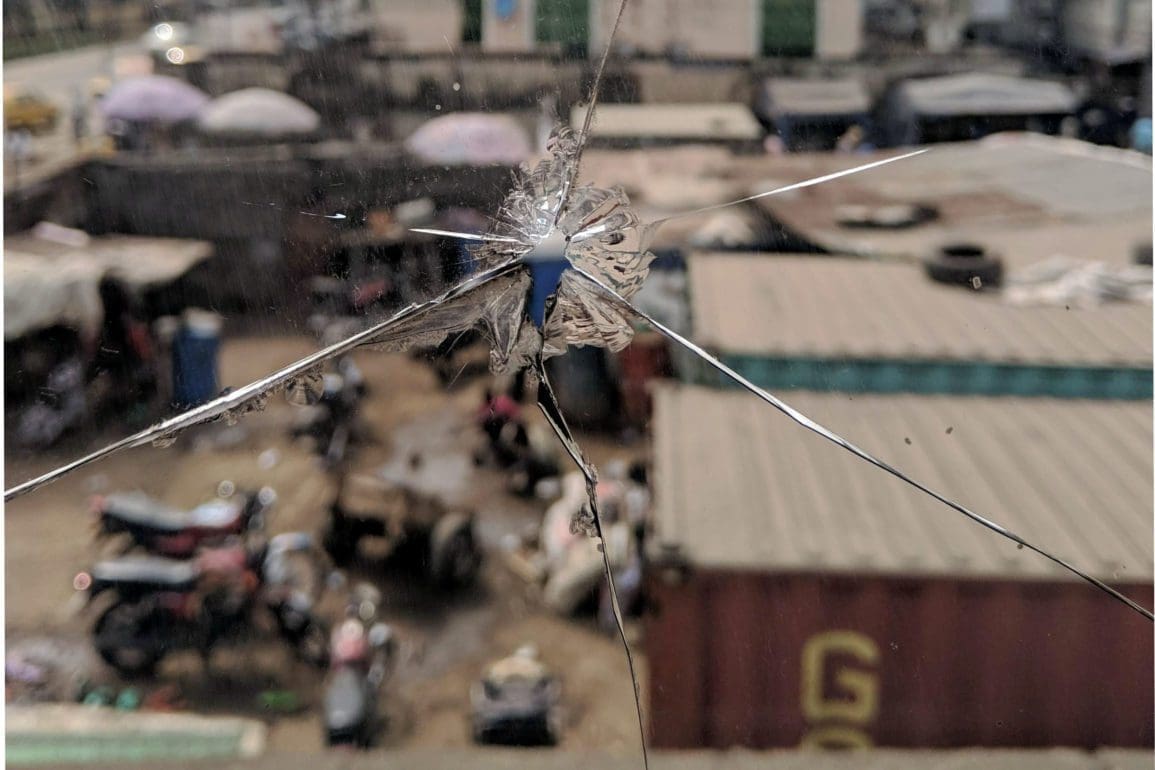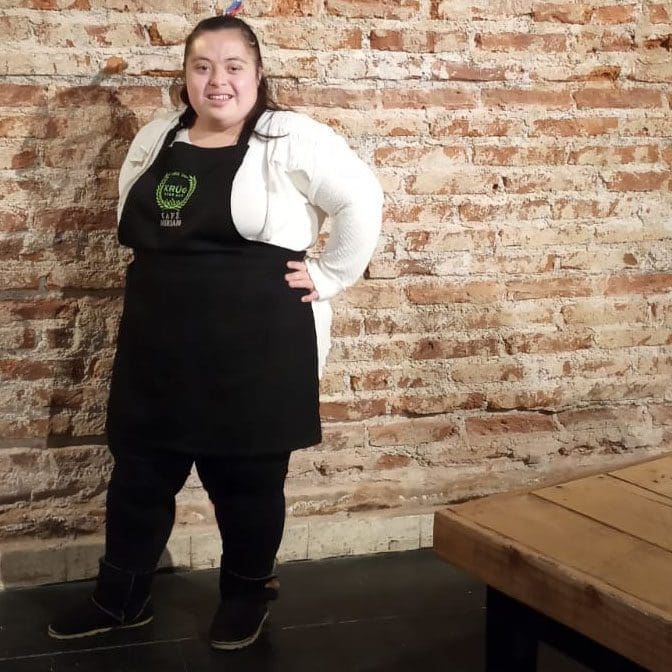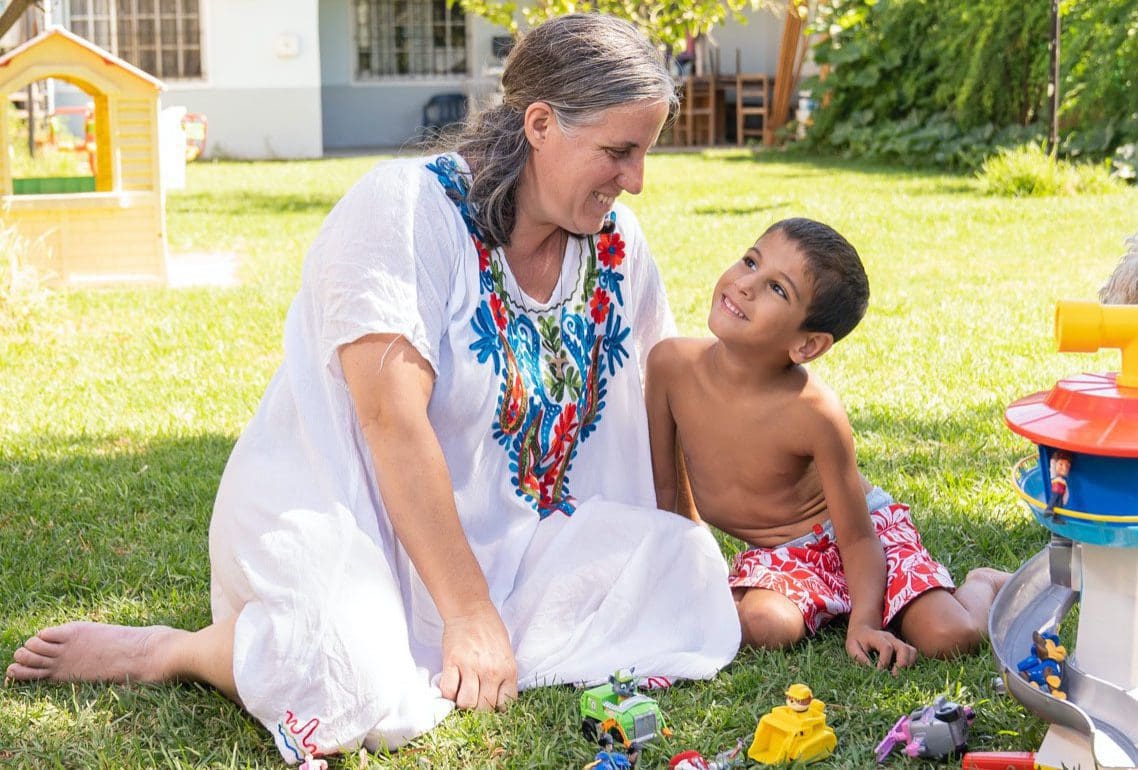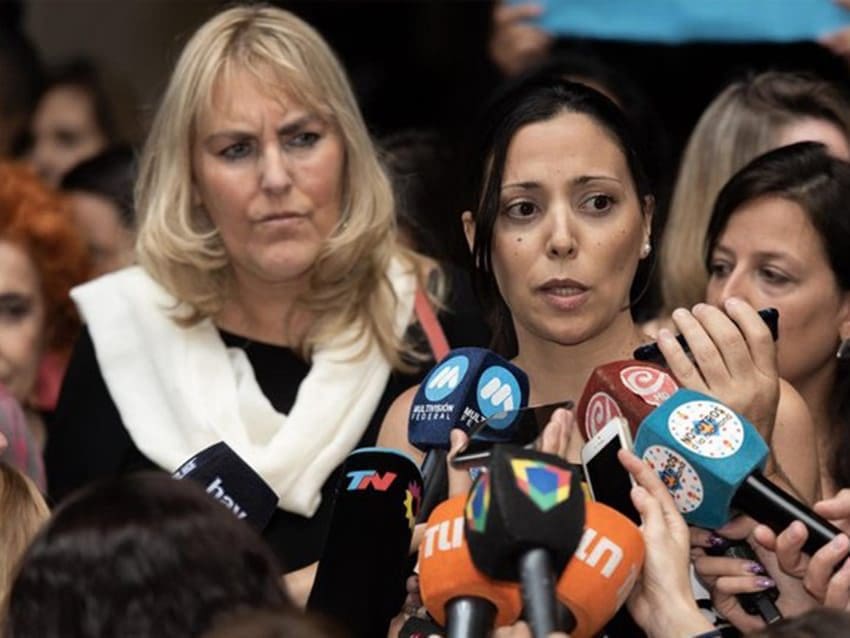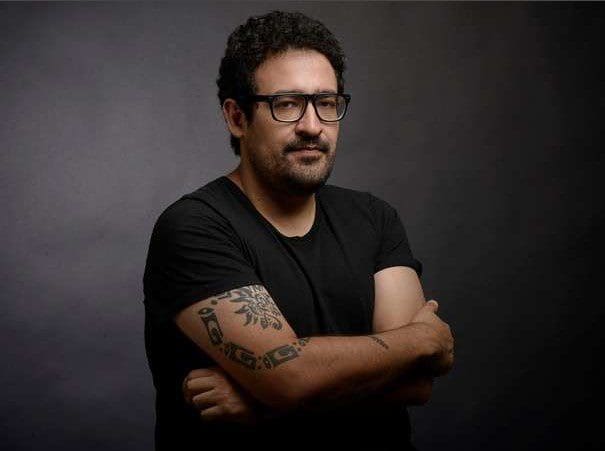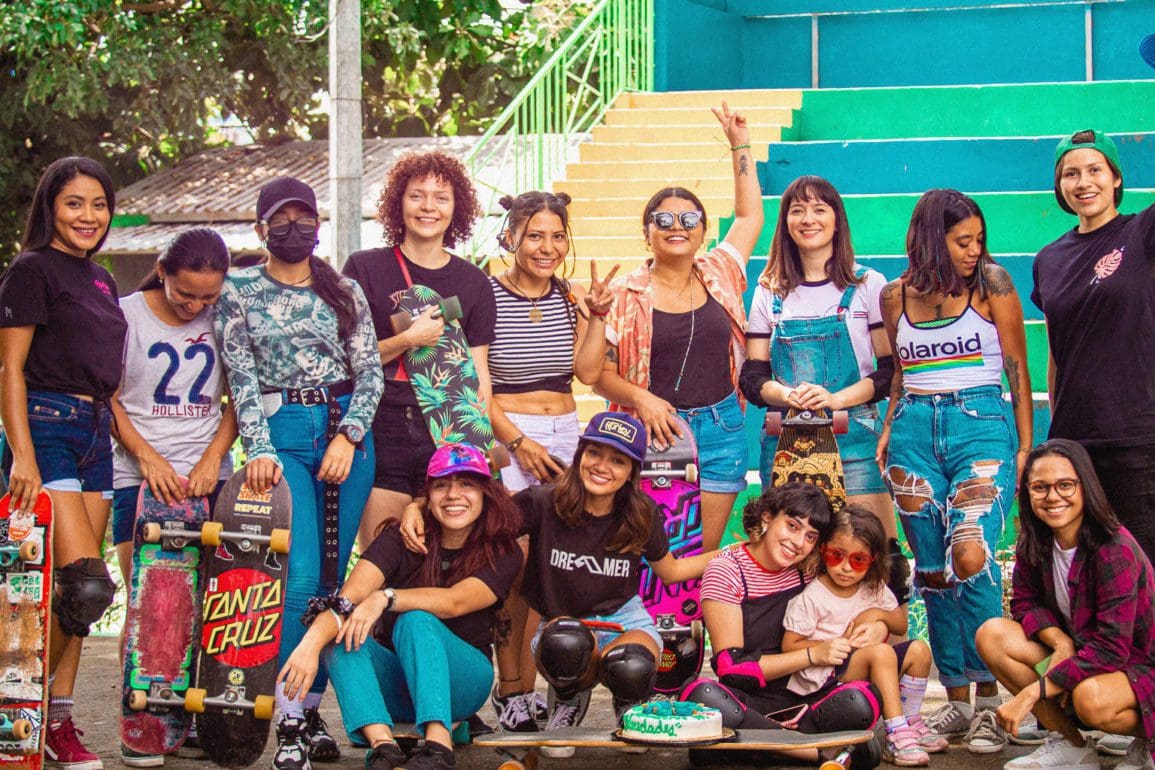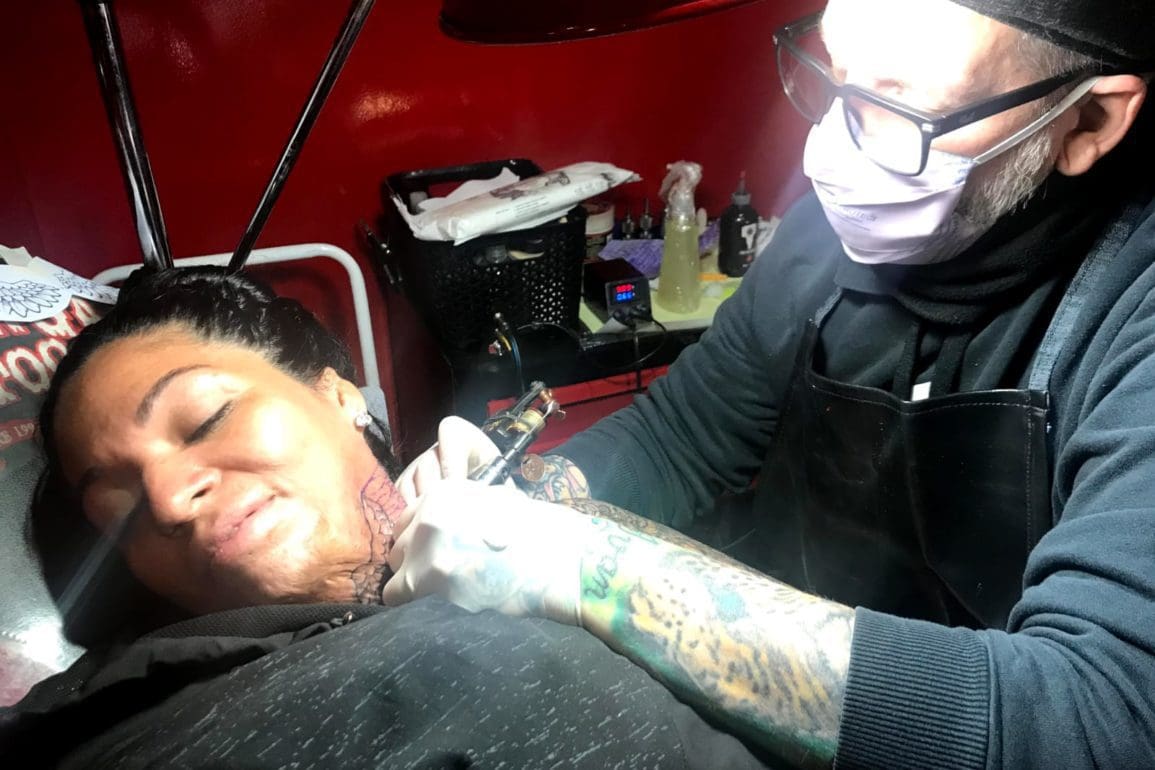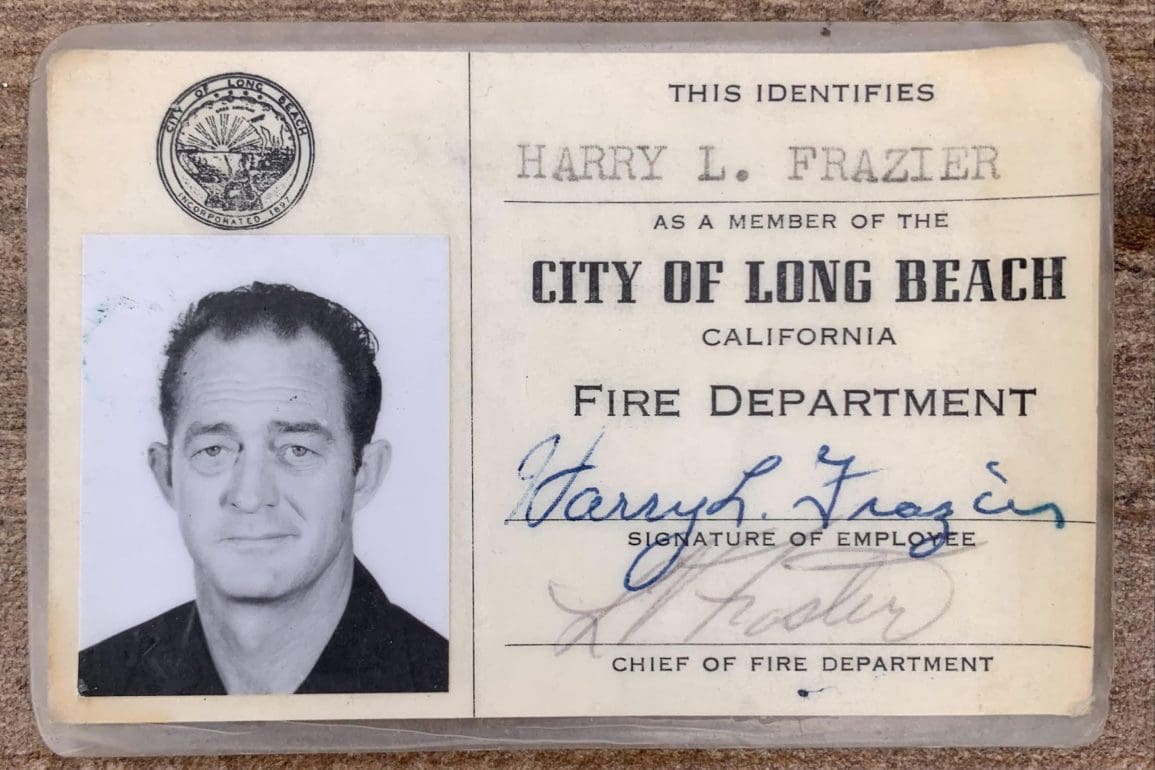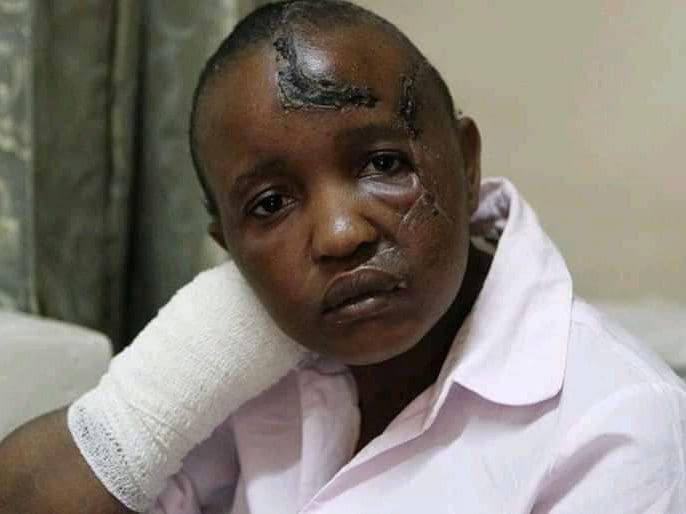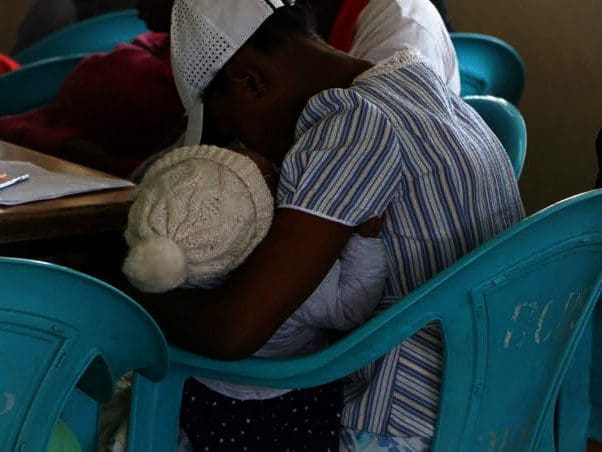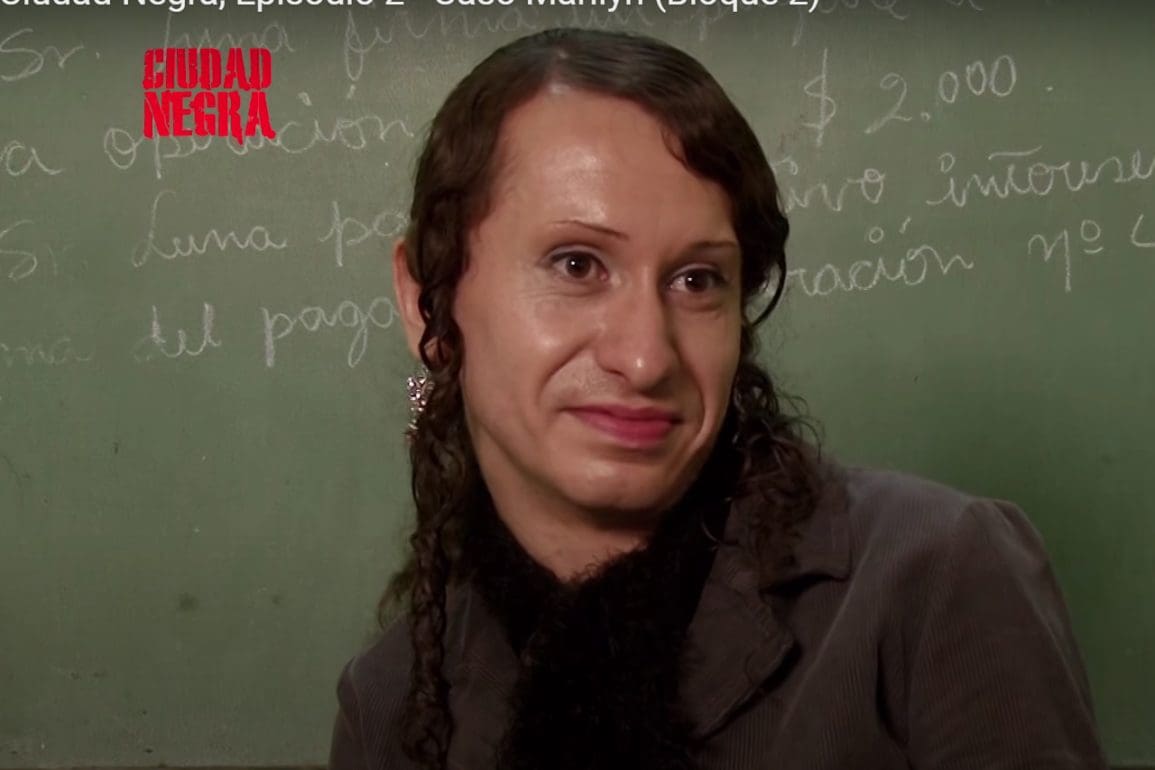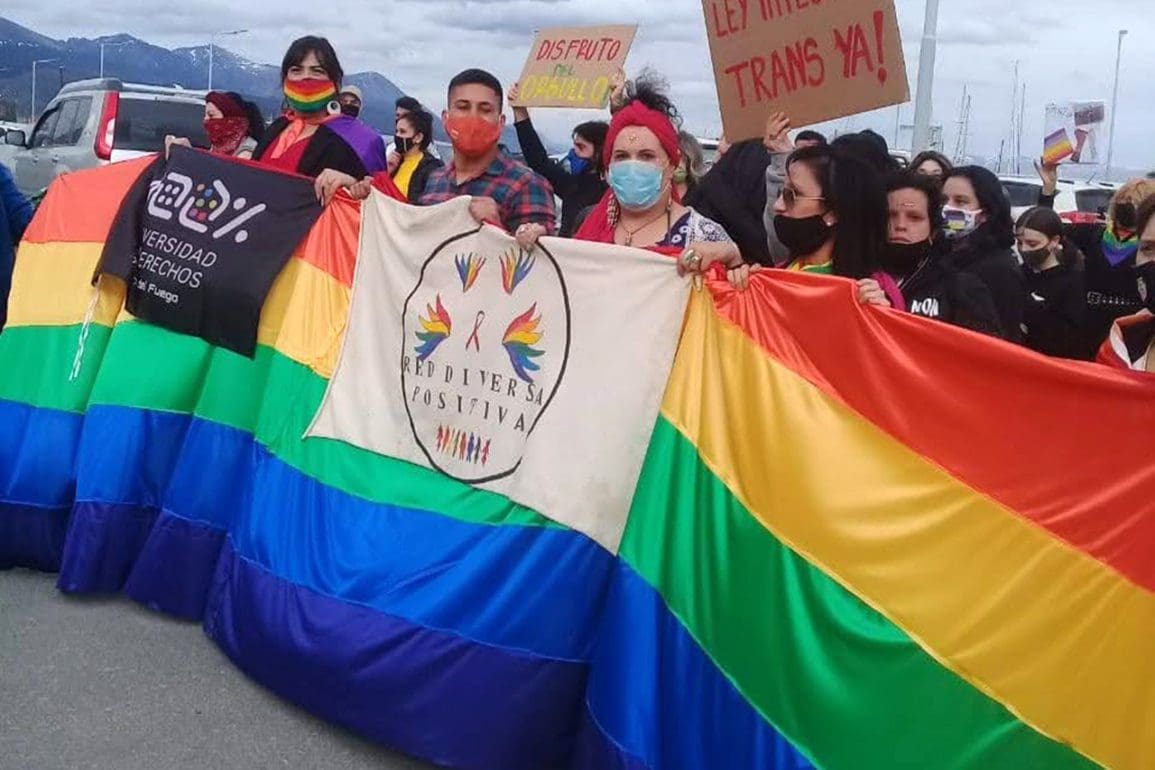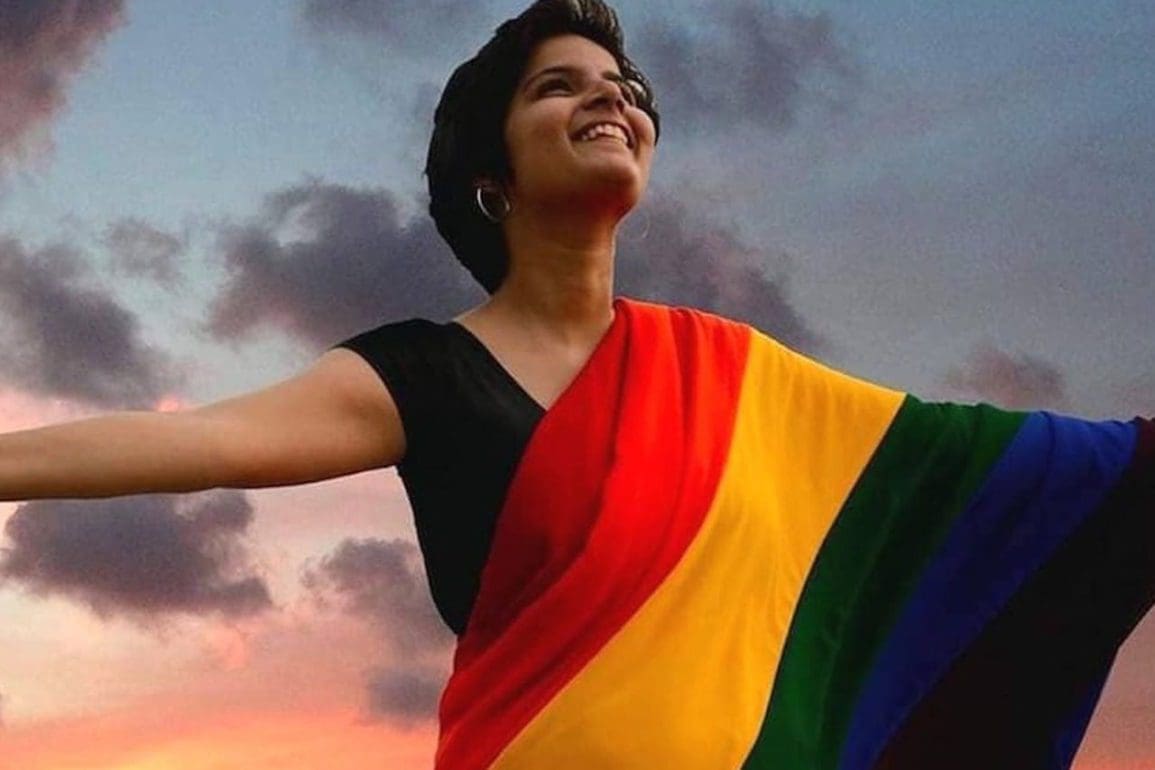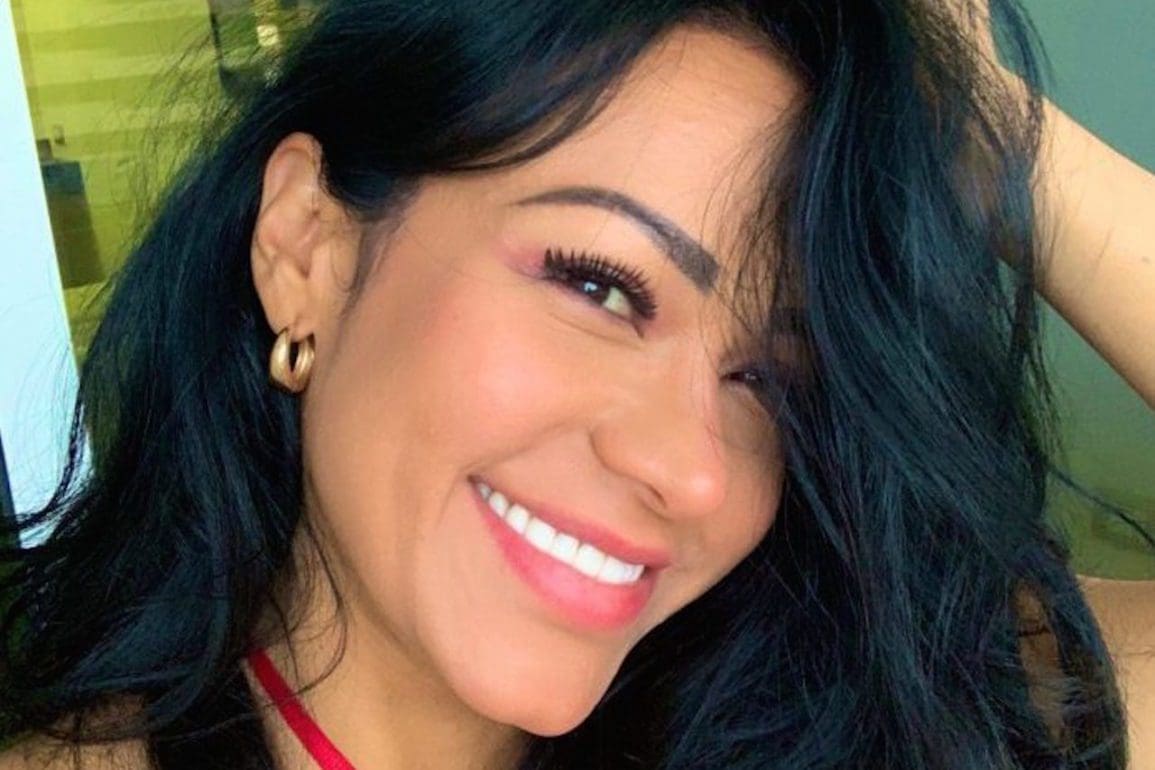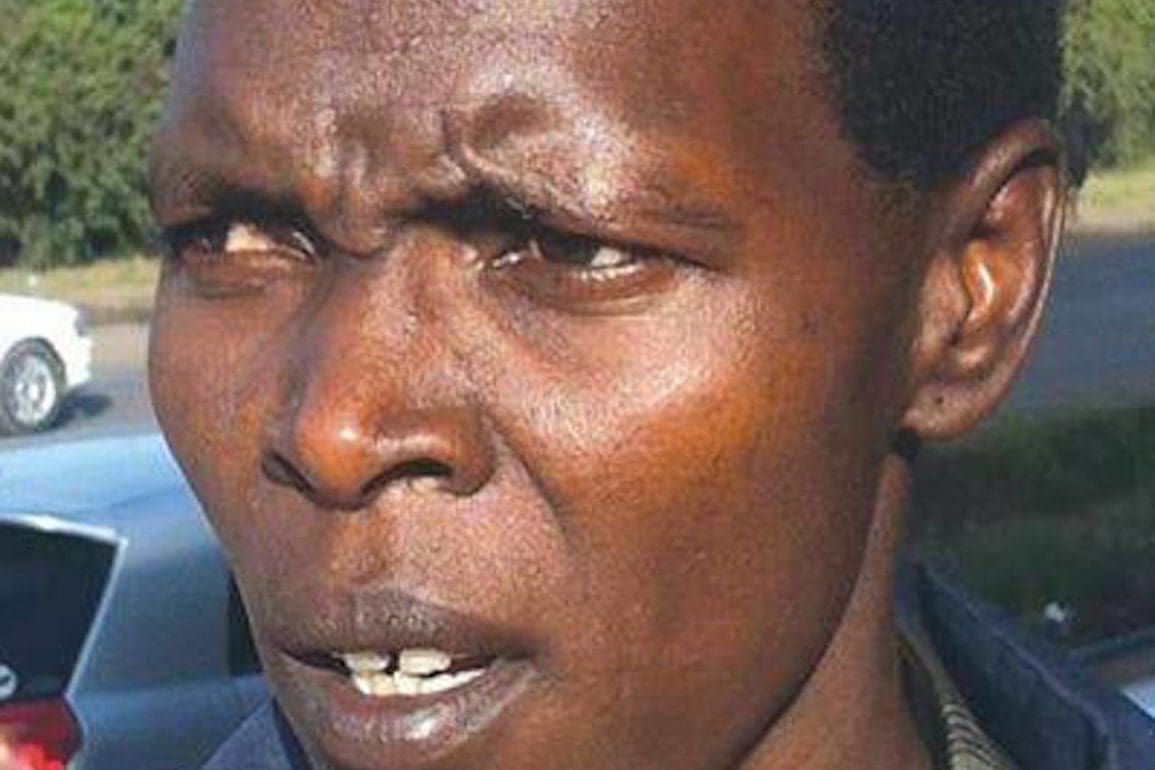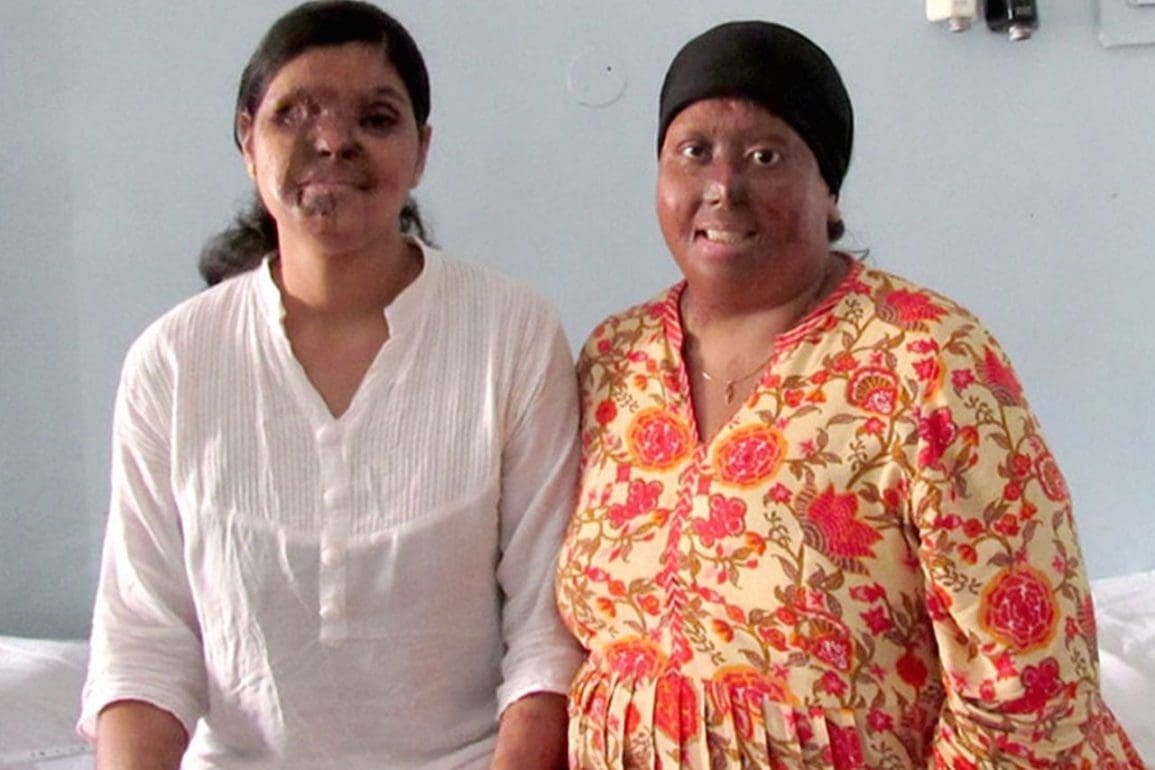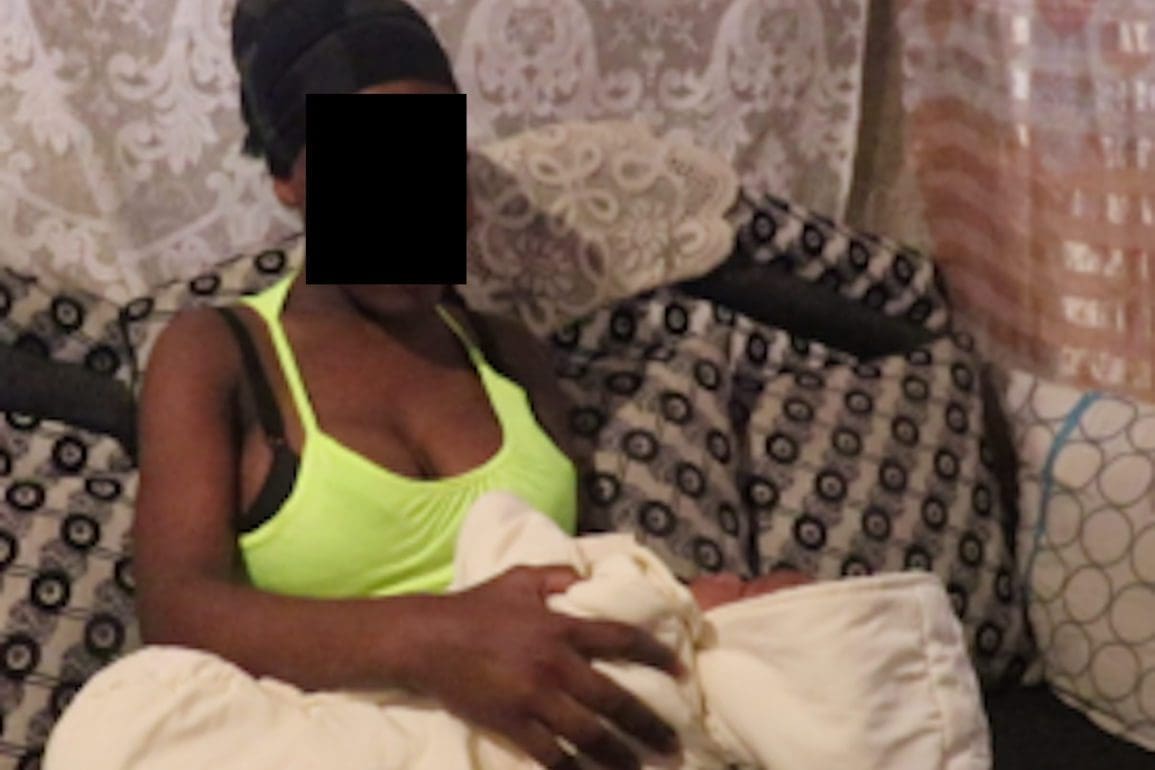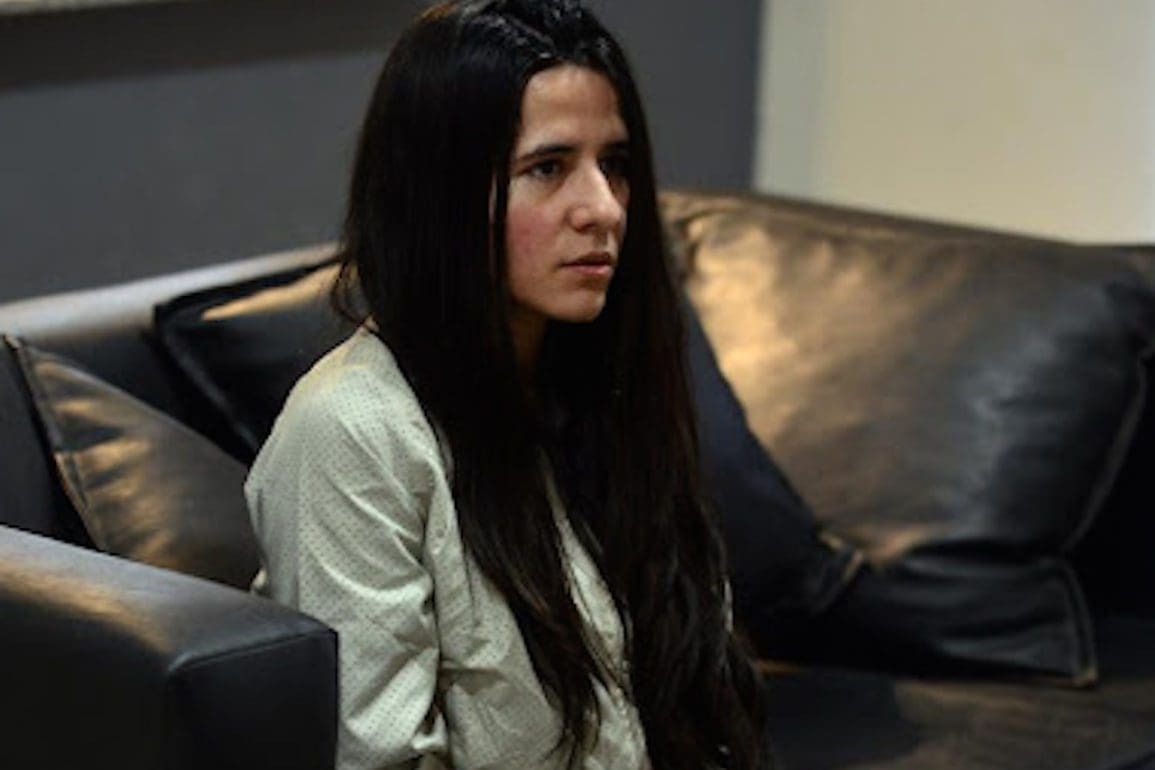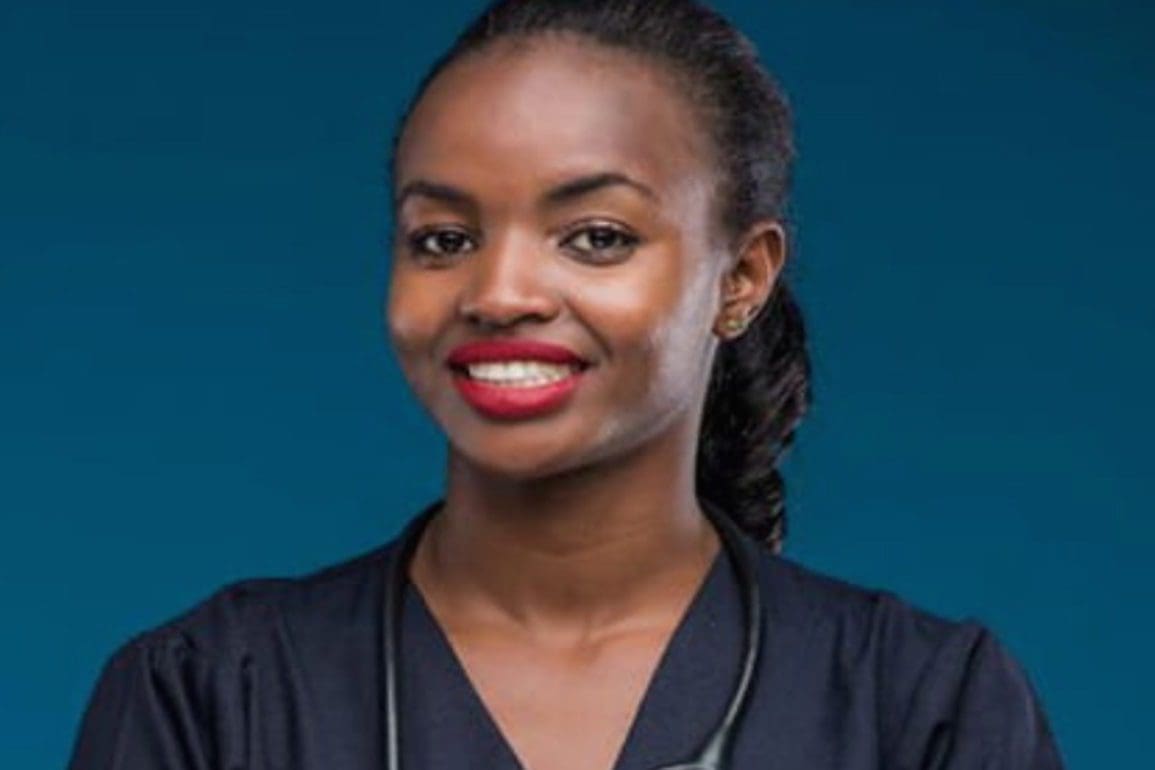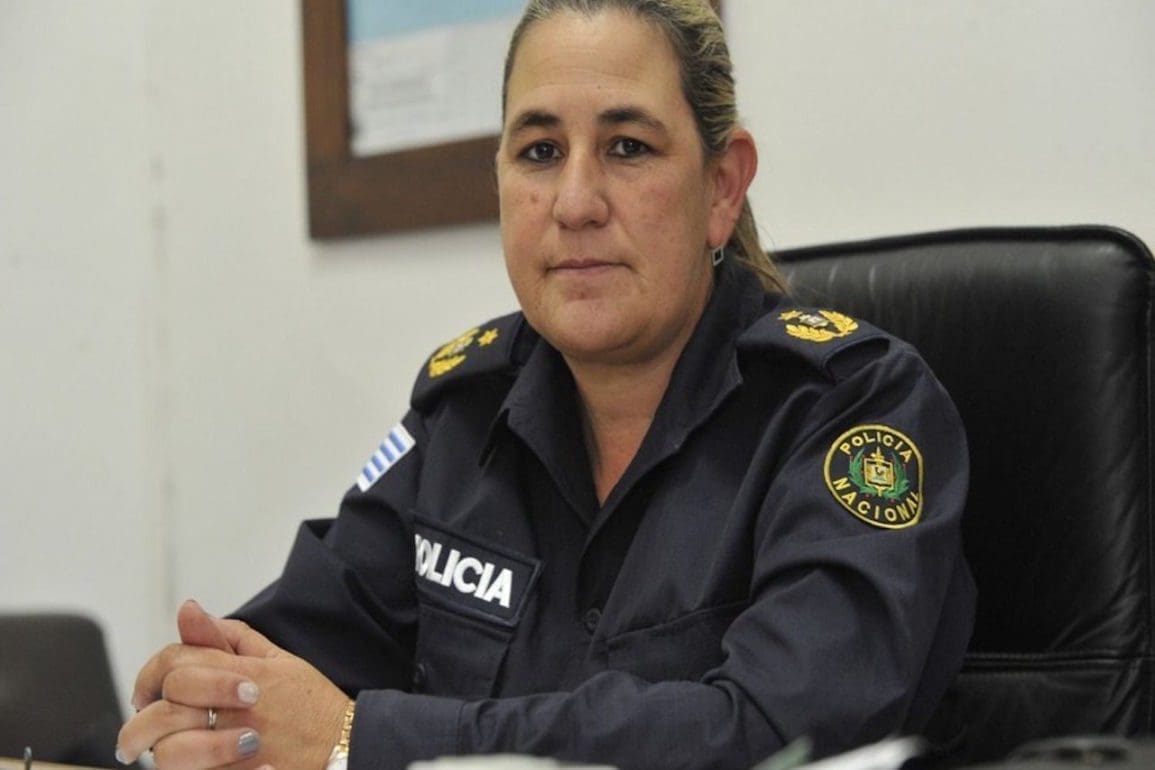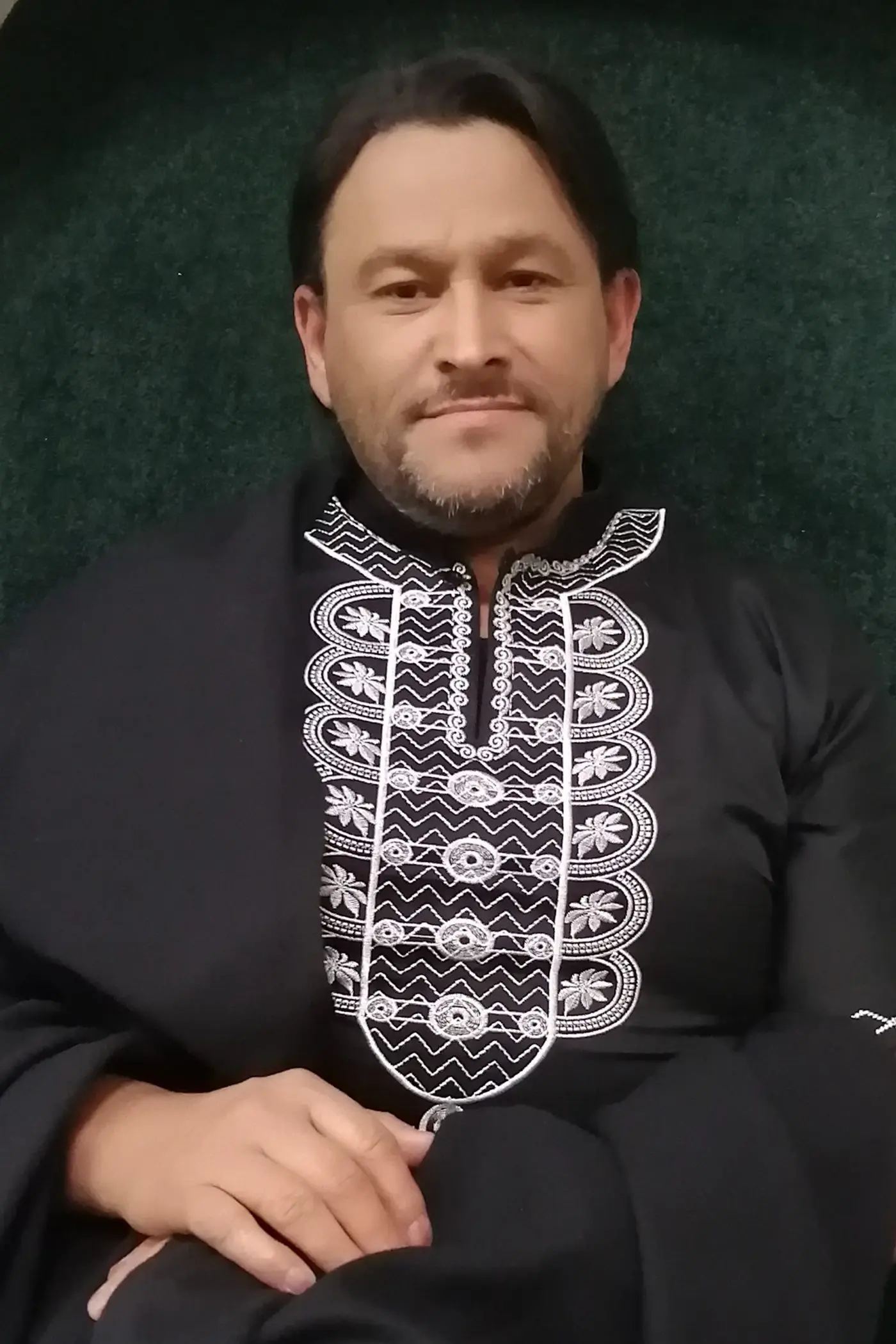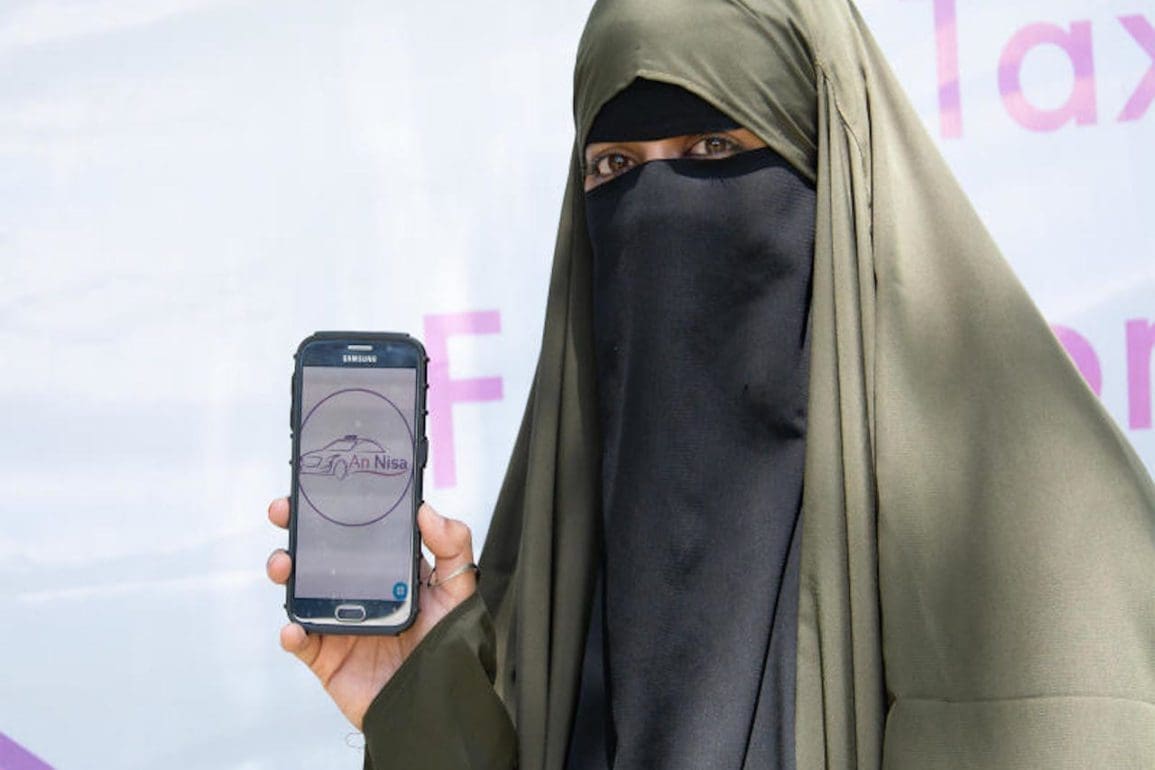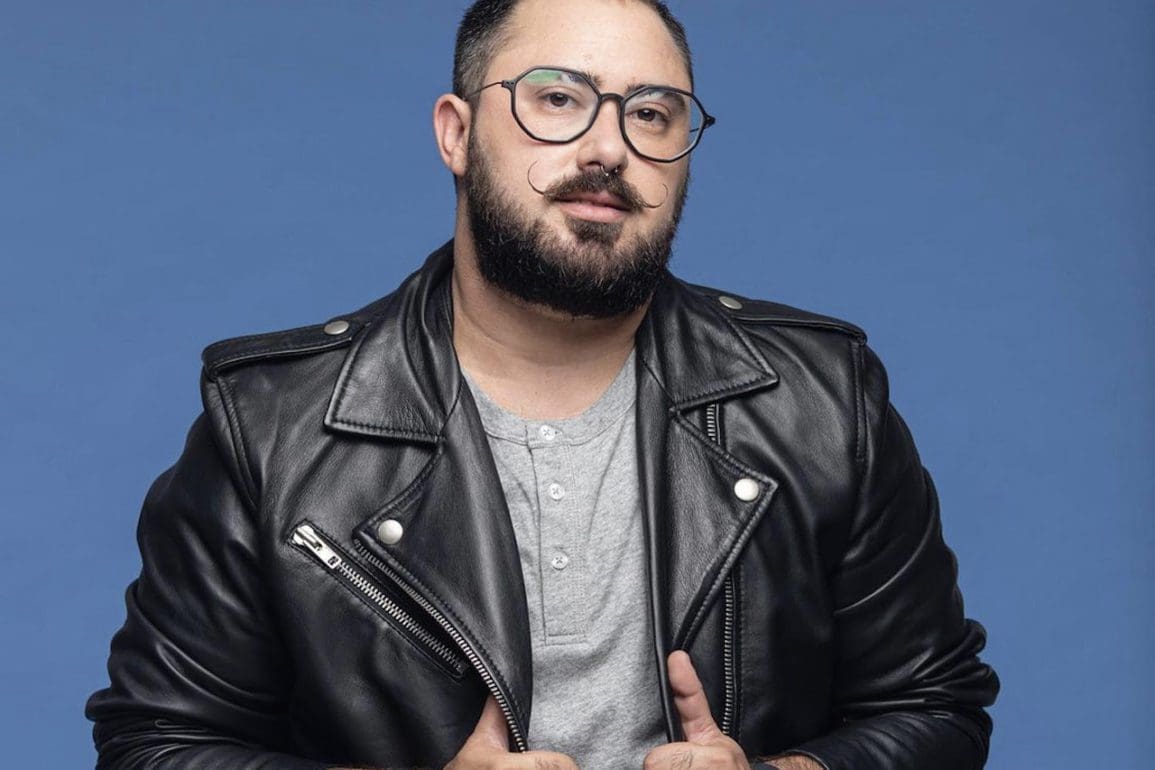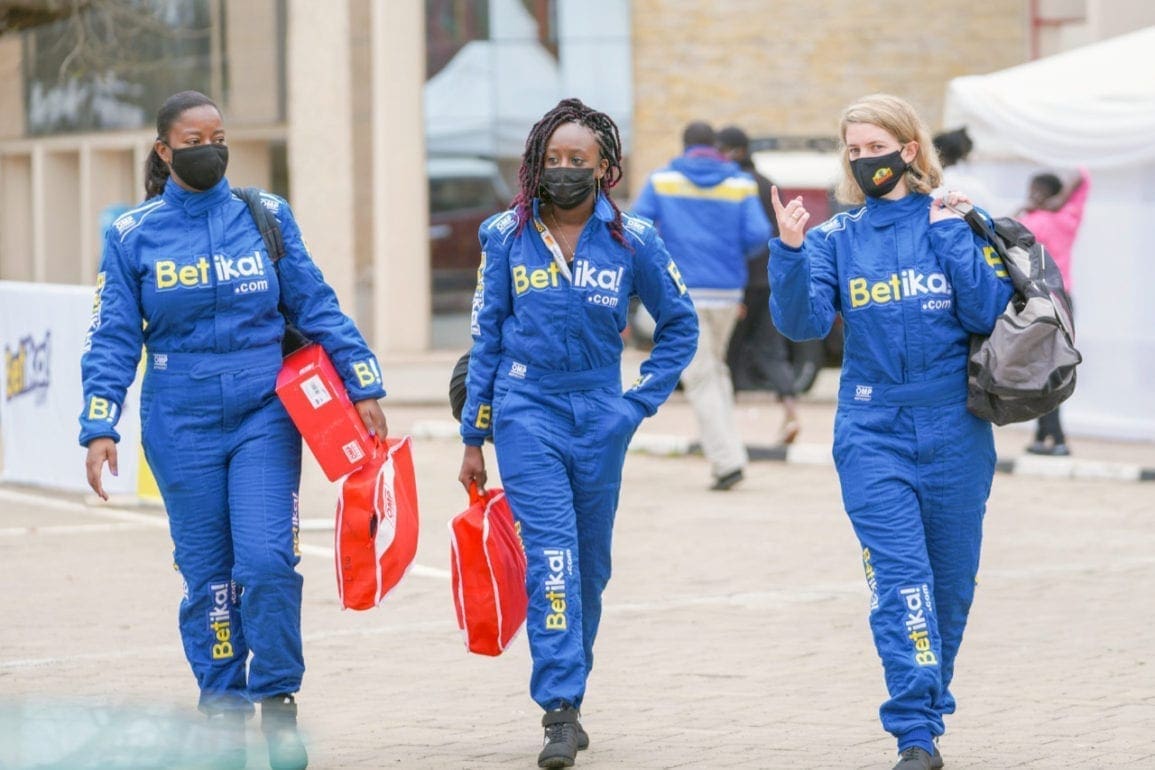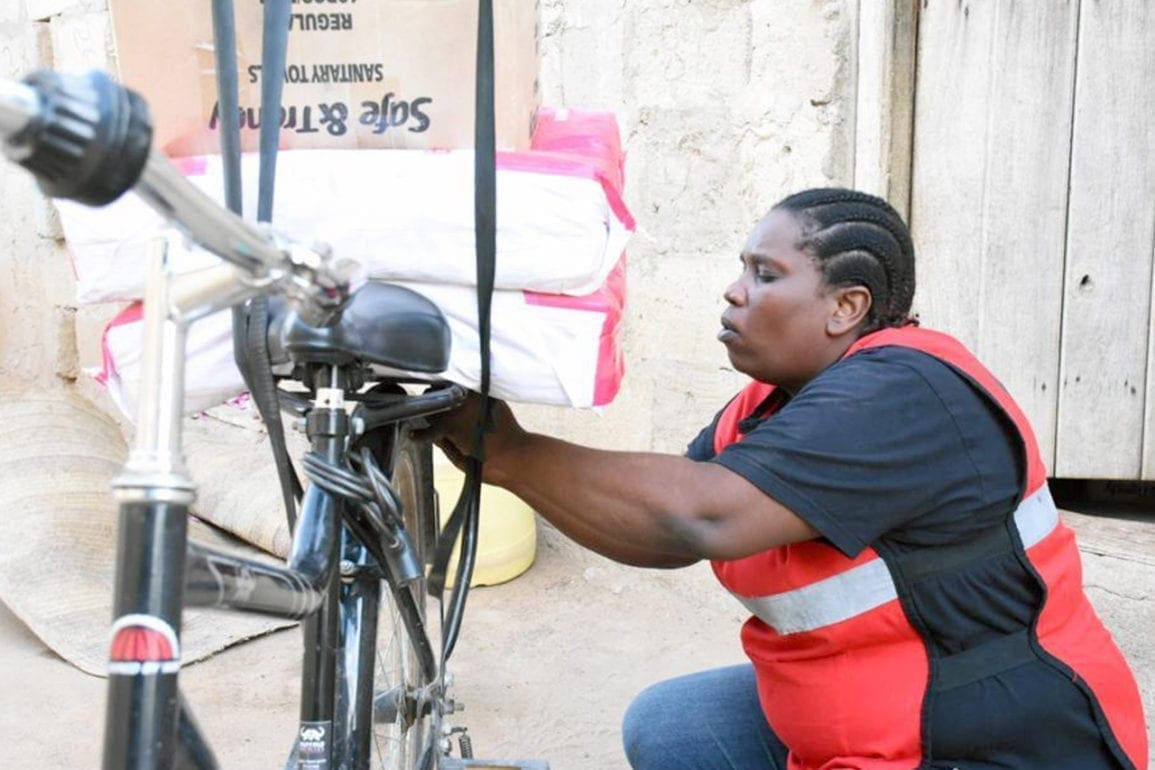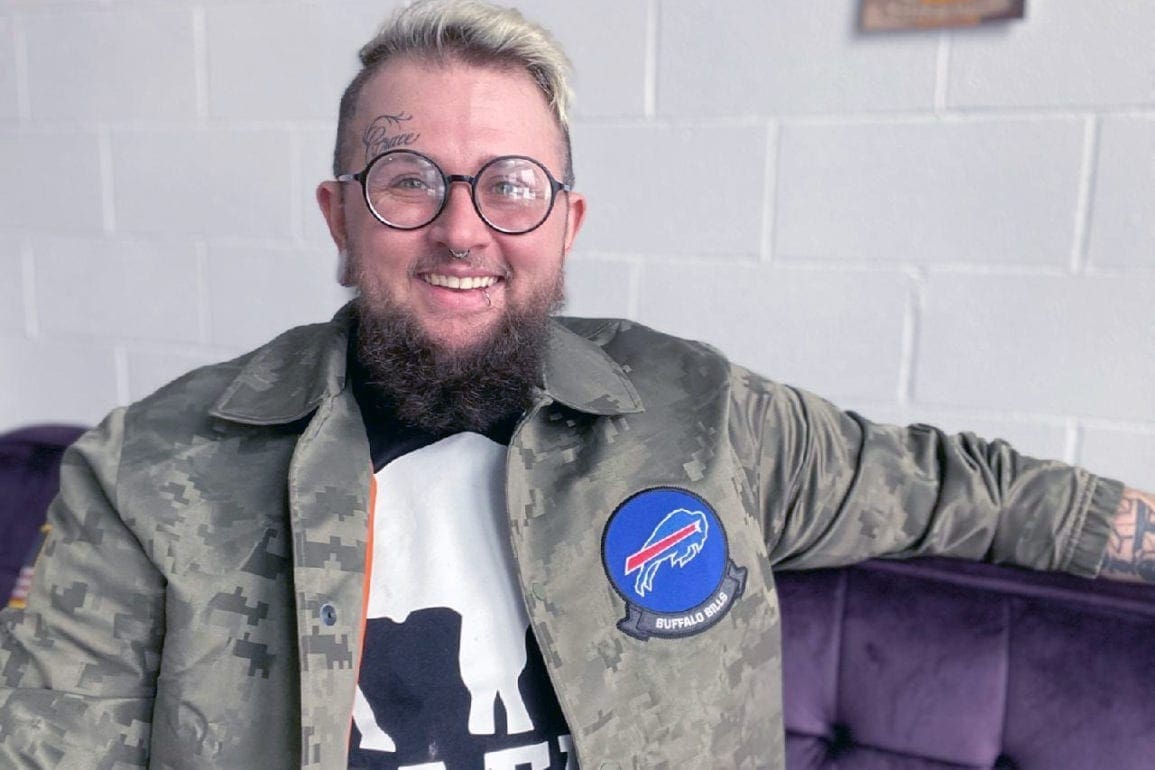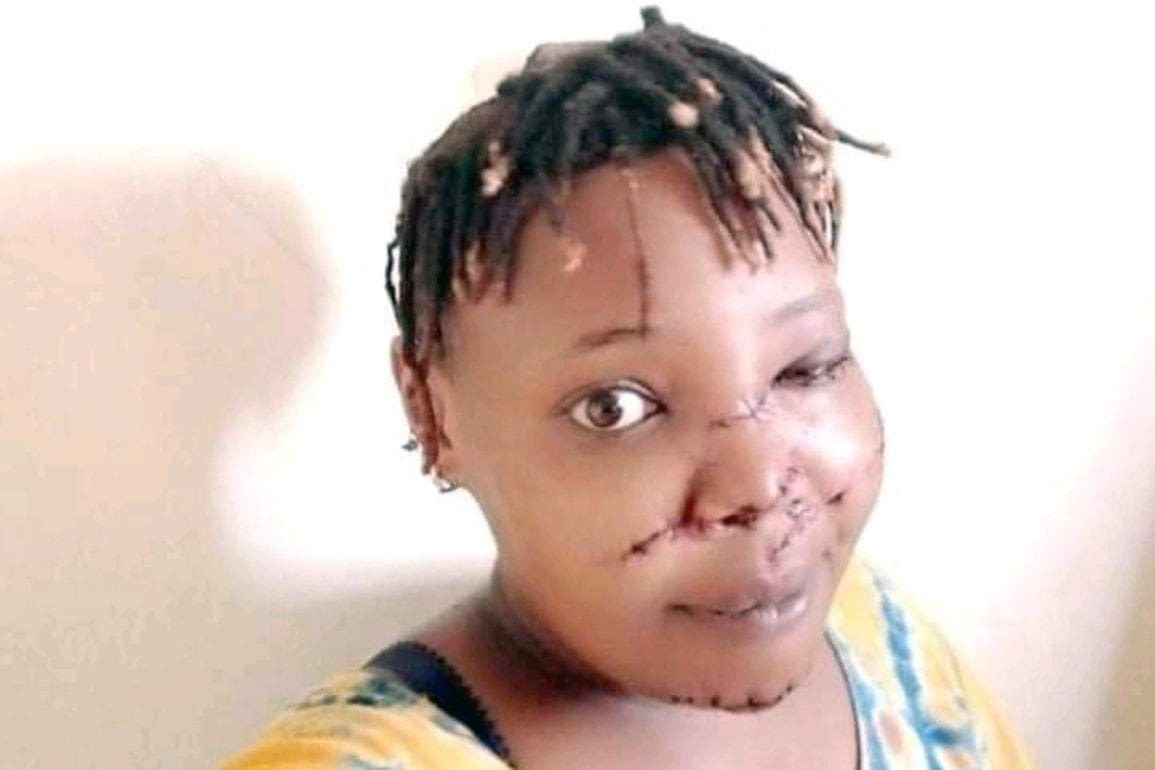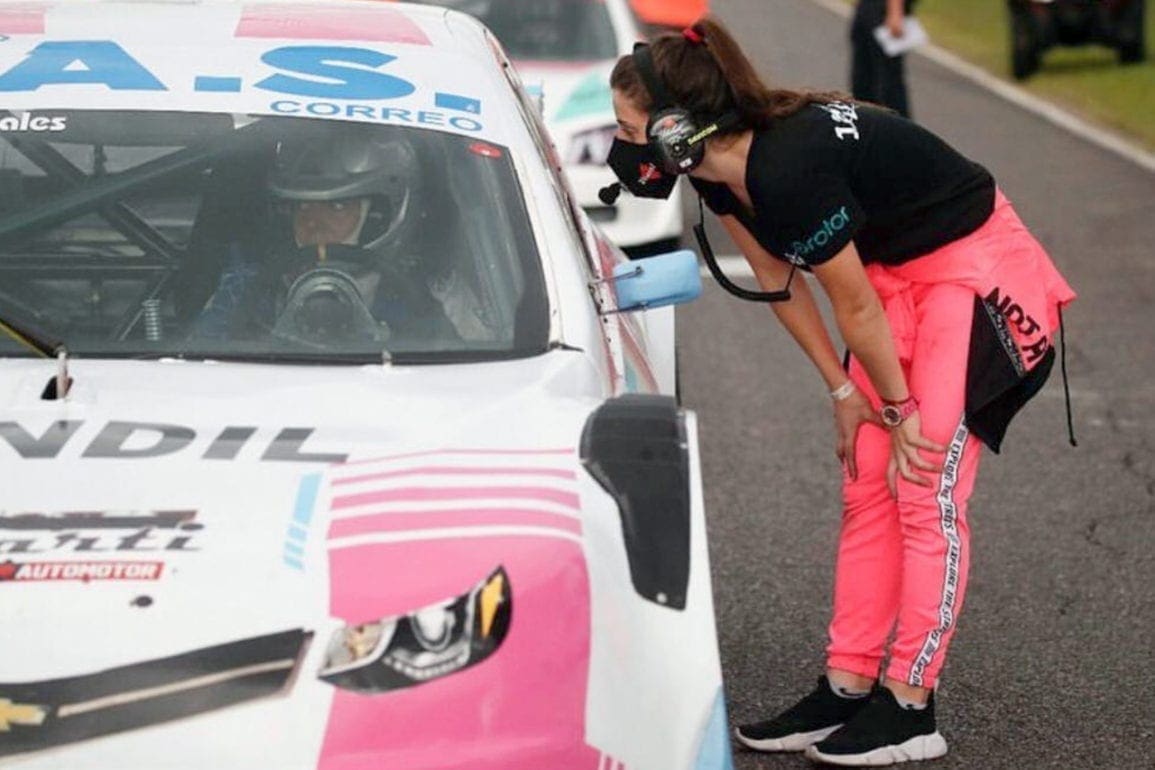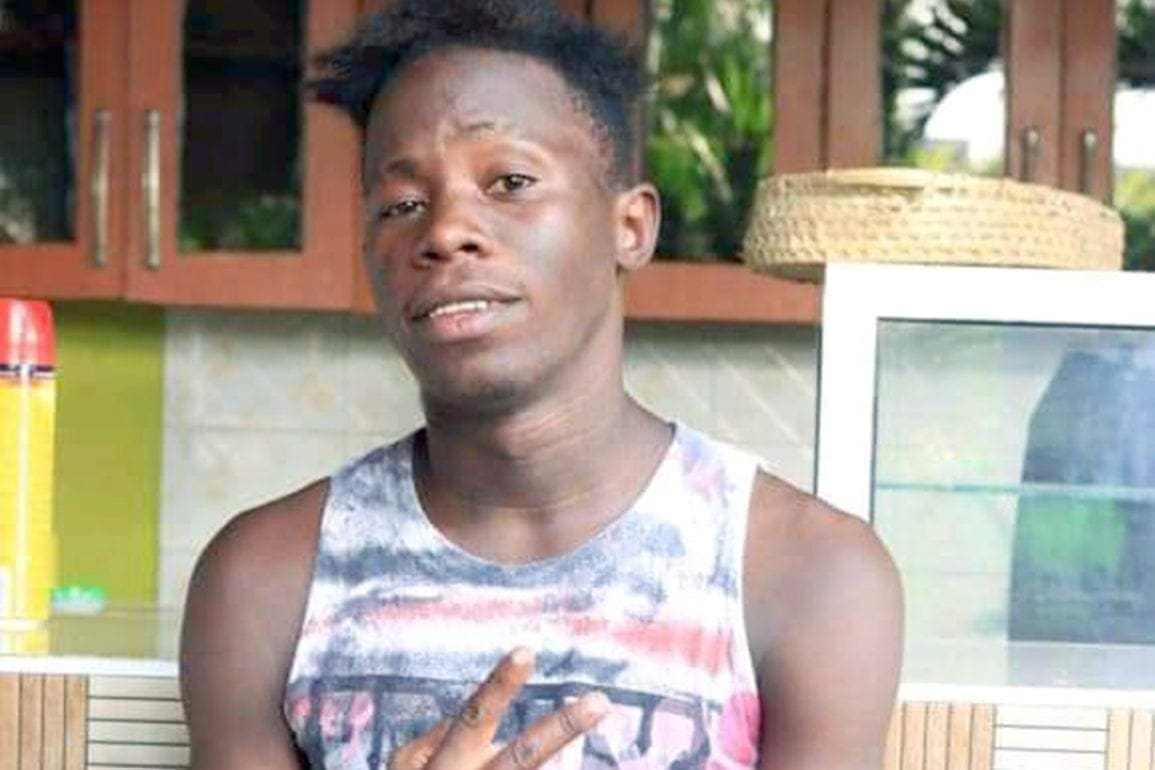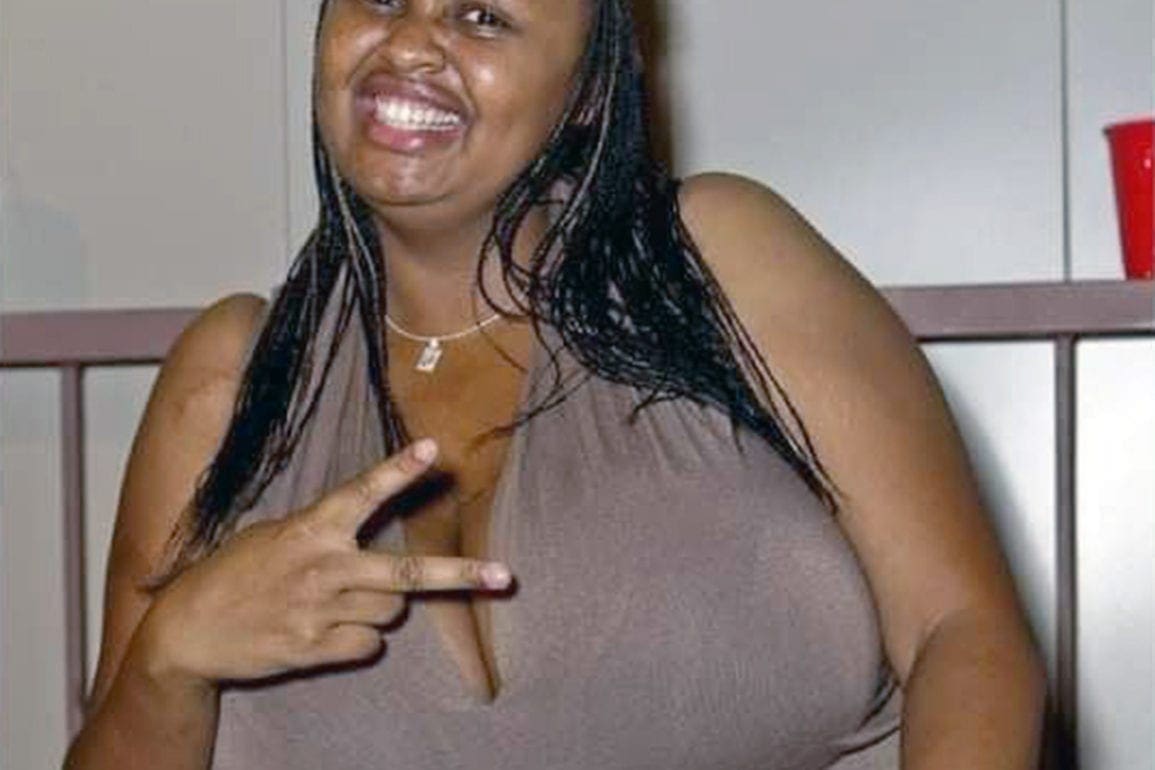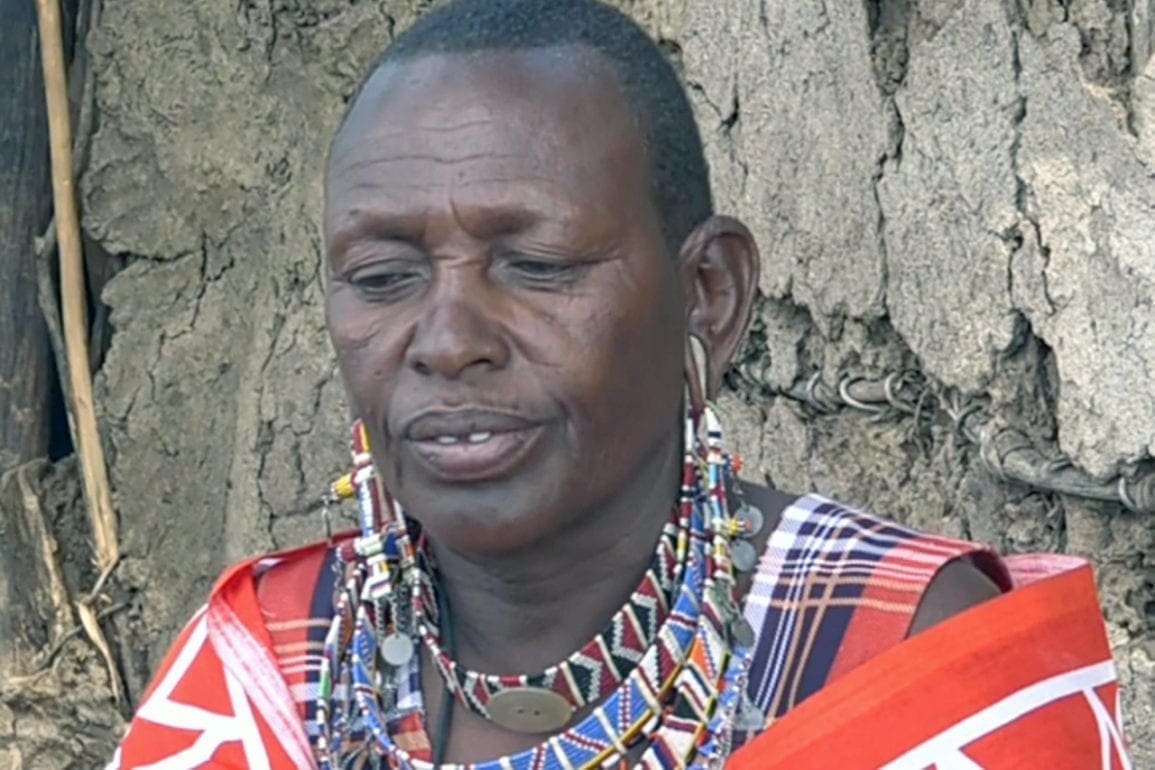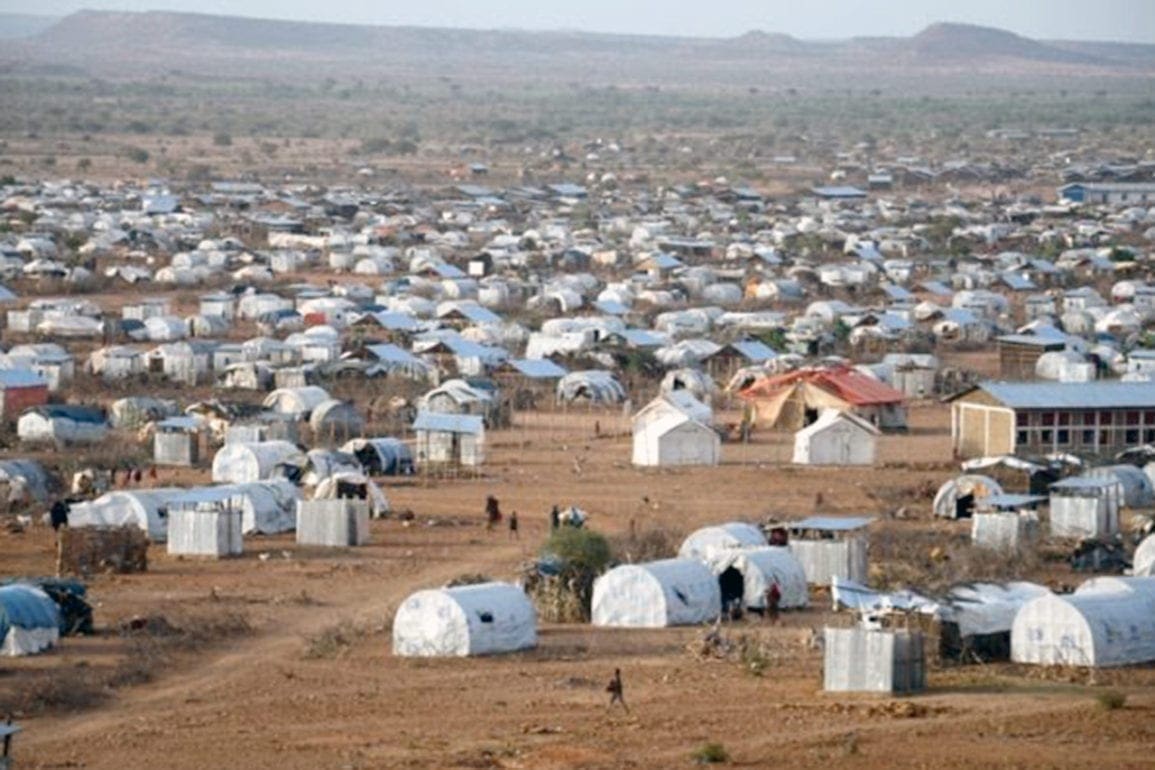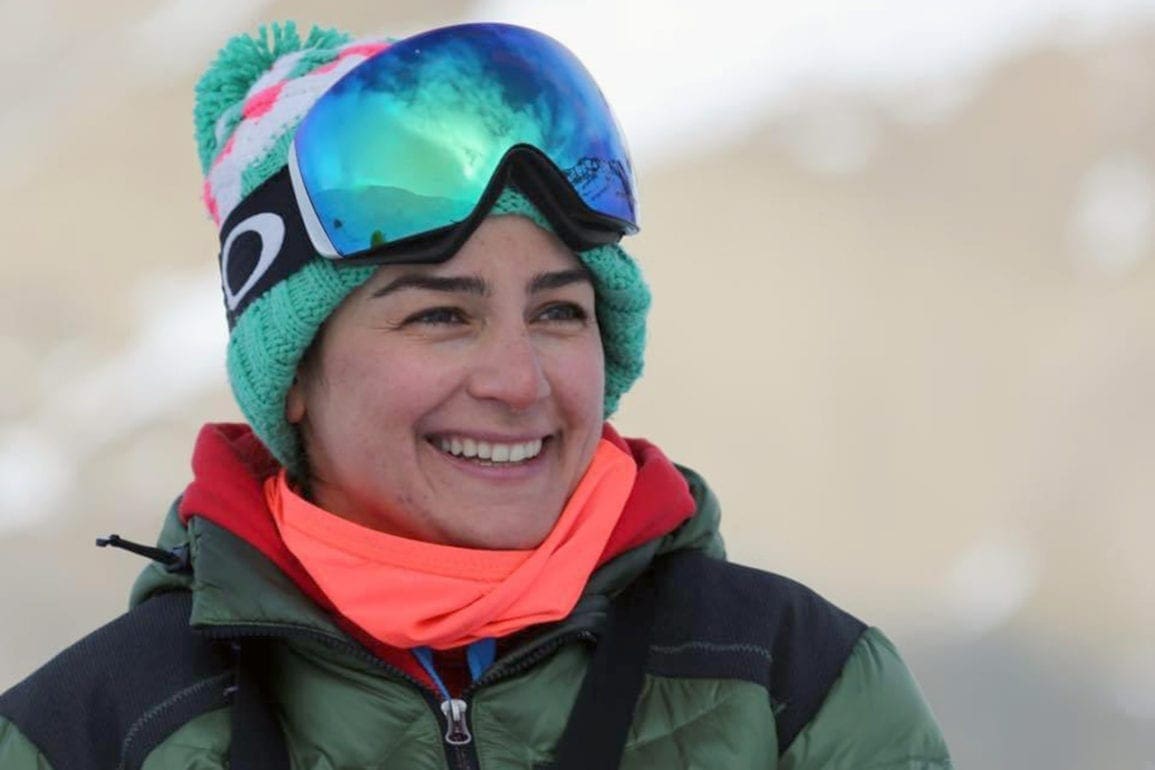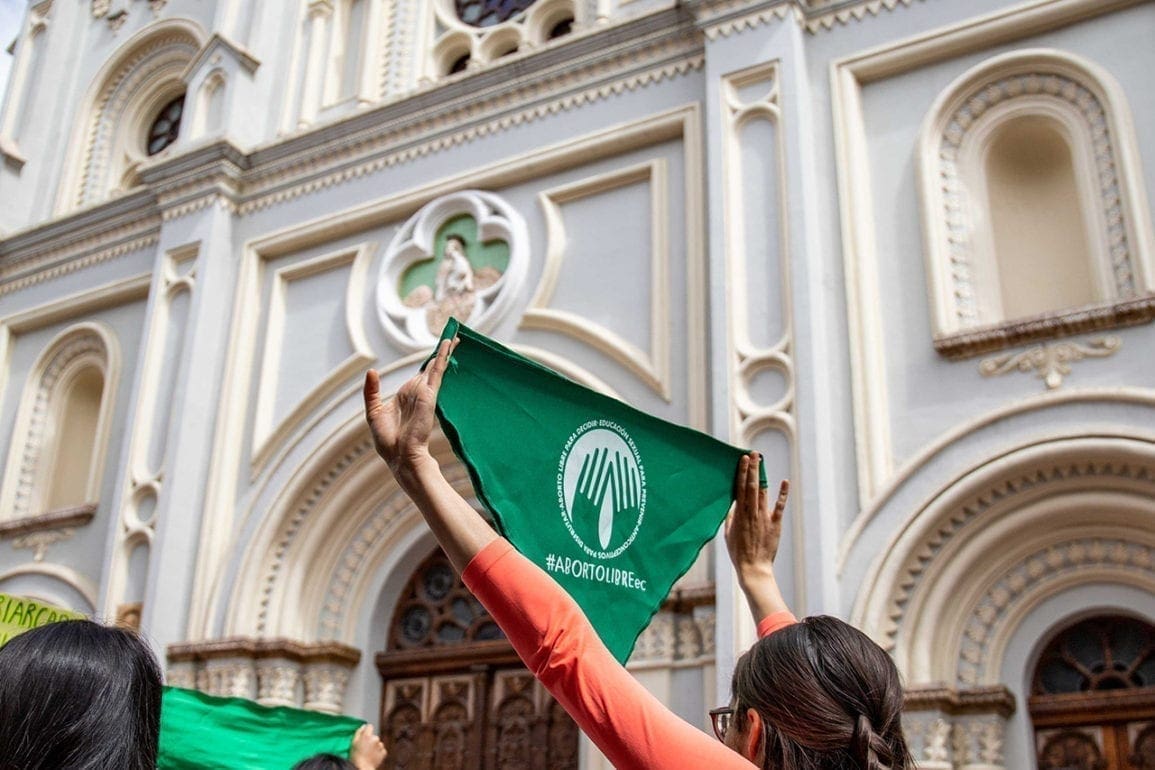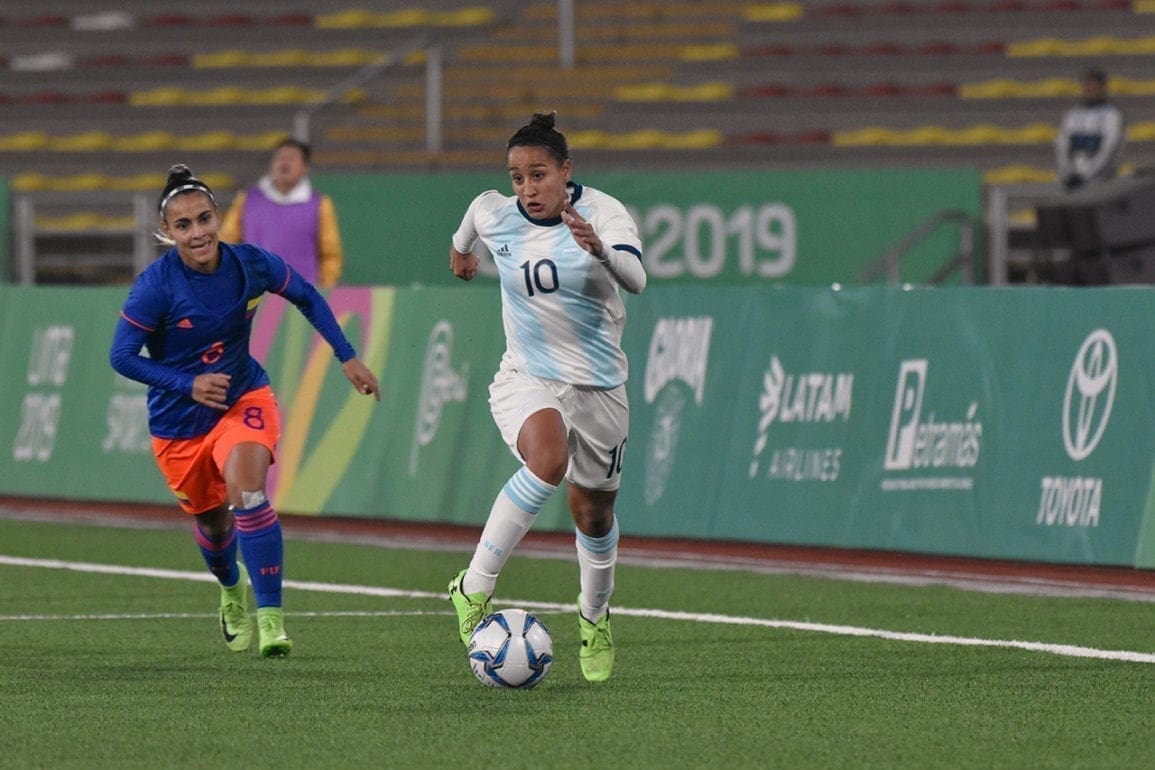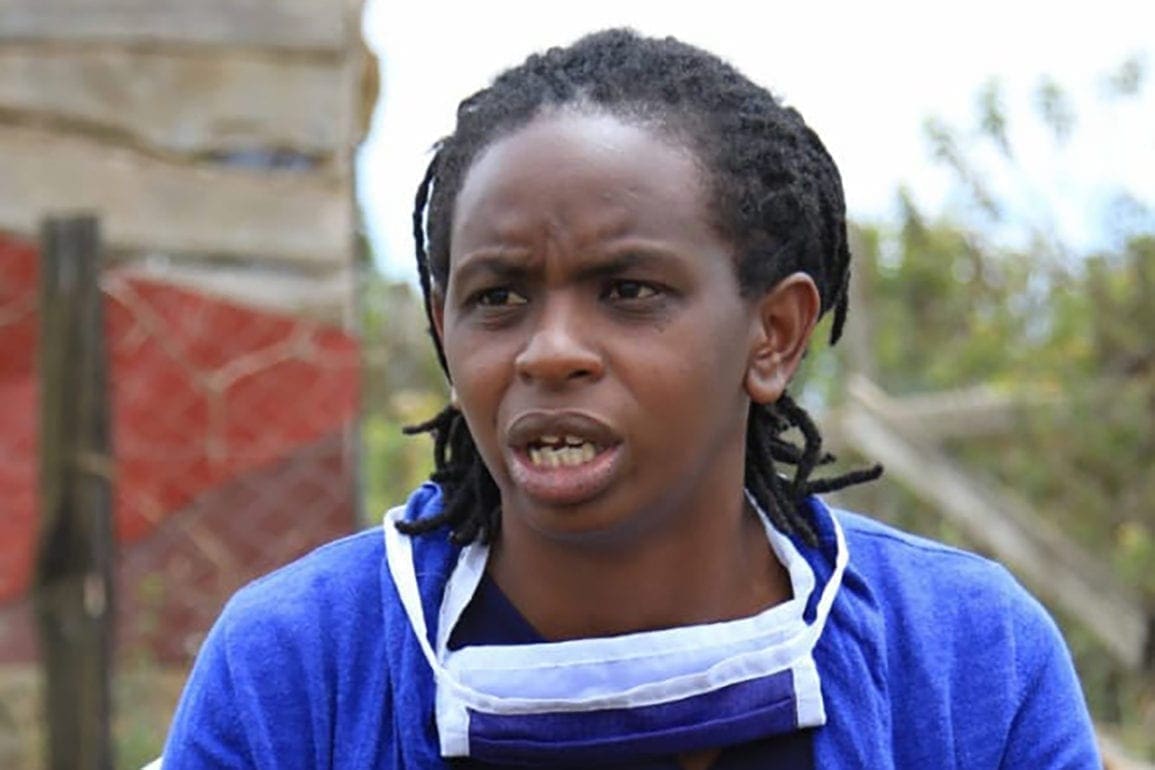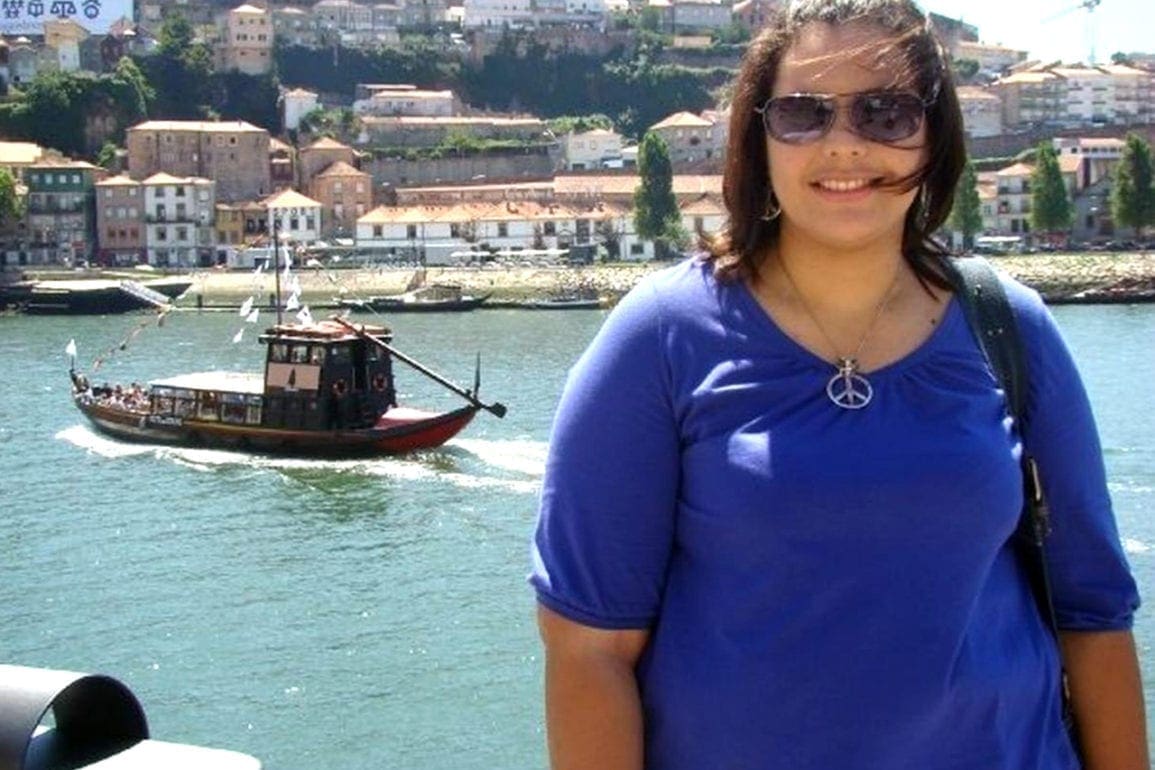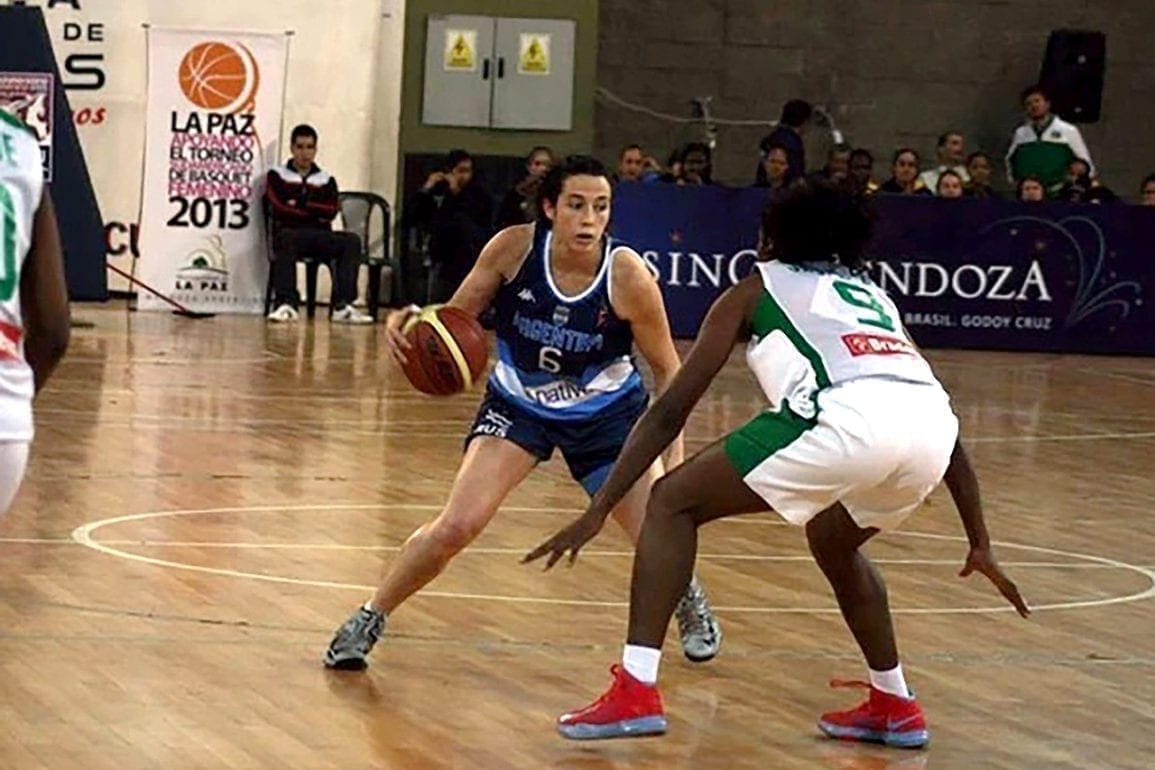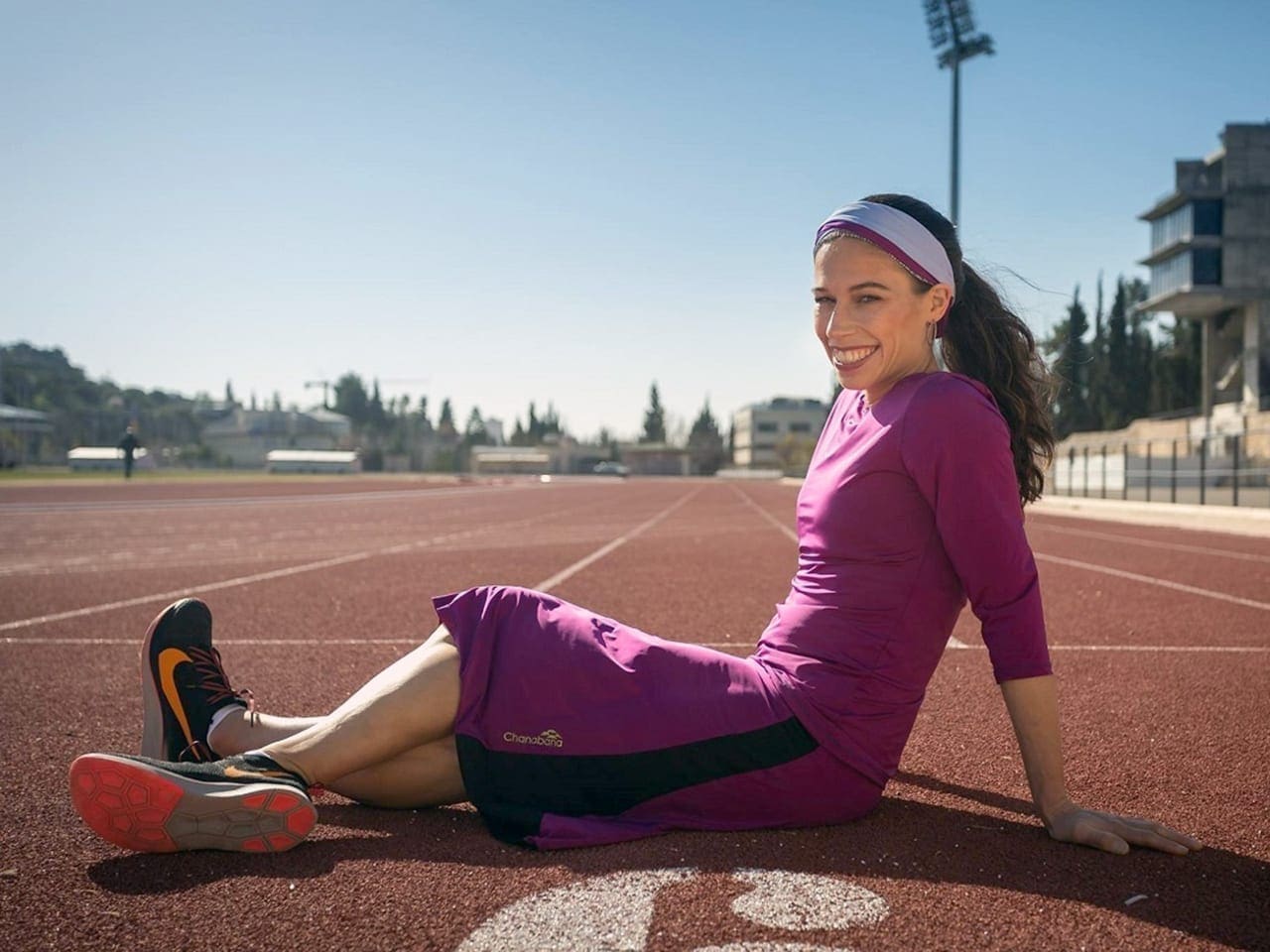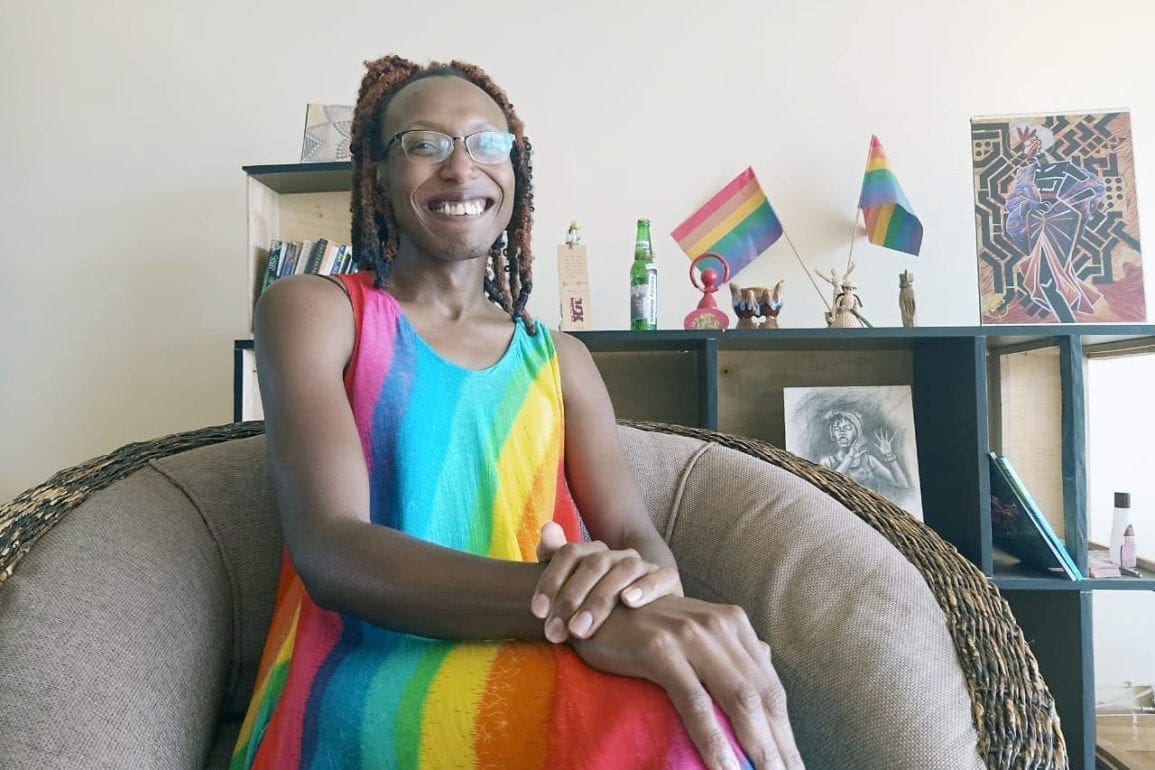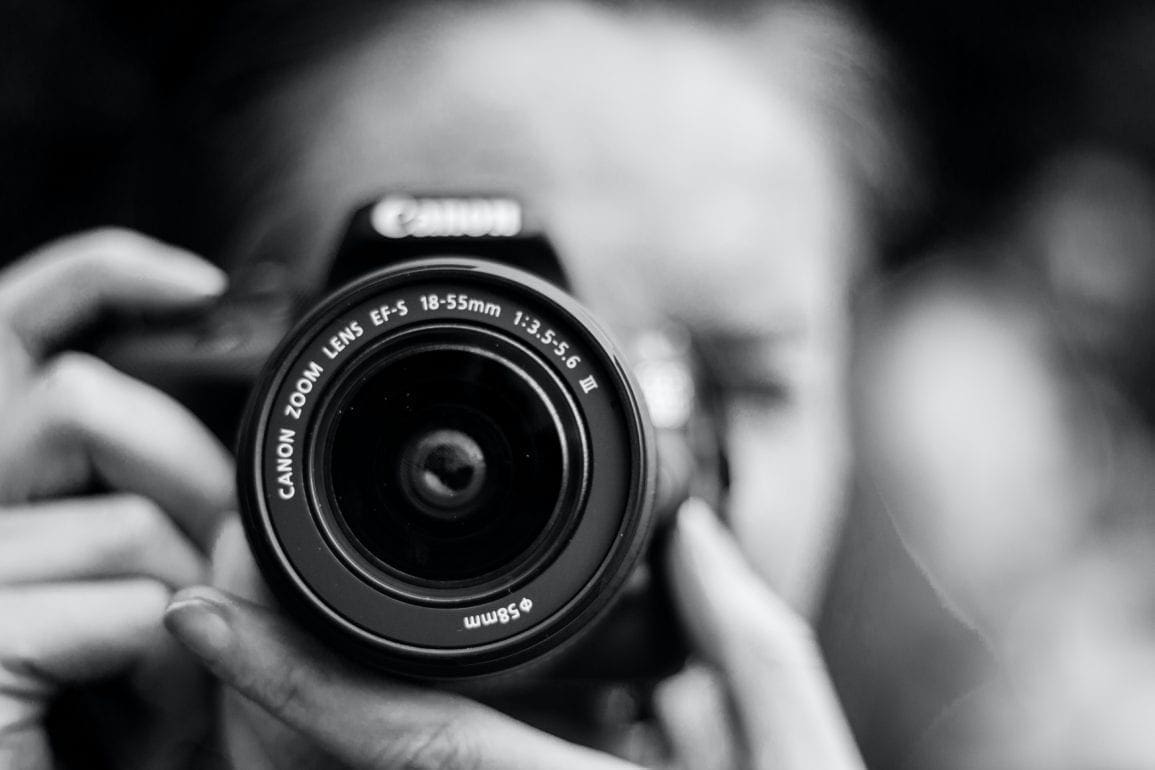Youngest captain in Latin America leads the country’s first all-female flight crew
The first time I entered the cabin of an airplane I was seven years old. It felt like going to an amusement park I always wanted to visit. There I stood, living my dream. I knew then and there, I wanted to spend my life there. I felt amazed by the action taking place before, during, and after takeoff. Seeing the entire team carry out a flight, I decided to become a pilot.
- 3 years ago
January 22, 2023
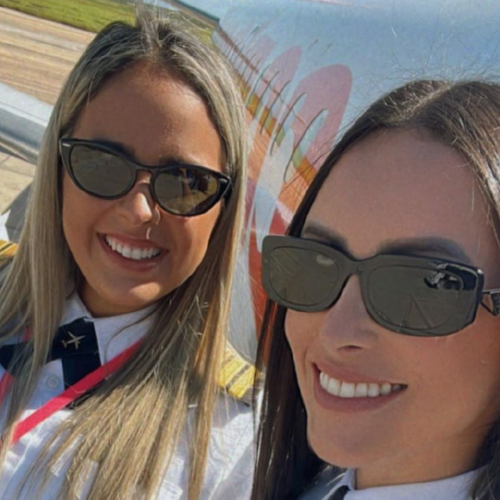
CARACAS, Venezuela ꟷ I became the youngest next-generation aircraft captain in Latin America at 27 years old. On September 16, 2022, I would make history again. For the first time in Venezuelan aviation, we comprised a flight team made up entirely of women – the cabin crew, the first officer, and me, their captain. When I shared the news with the passengers that day, I never imagined the impact my announcement would have.
Read more stories about visionaries making a difference at Orato World Media.
Venezuela’s Minister of Tourism intervenes, gives me a fair chance at becoming captain
I flew for Venezuelan airline Conviasa for six years as a first officer on an Embraer aircraft. I watched as colleagues who joined the company at the same time as me, earn the rank of captain. To become a captain in Venezuela you must have 1,500 hours of flight, and be over 21 years old. I exceeded the requirements. Time passed and the promotion never came.
I noticed something during that time. Many men acted like they supported women. They said they wanted to see us develop, but they practiced what I call “closet machismo.” [In Latin America, machismo is a form of strong or aggressive male pride.] When it came time to do something to support us, they refused. They hid their machismo behind a facade. Even worse, some would try to bring a woman down if they could.
By 2019, frustrated with the situation, I sought an intervention. General Ramón Velázquez Araujo arrived as the new Minister of Tourism. I had the opportunity to speak with him and explain my situation. He intervened.
The general requested my files and saw the results of my simulations and the lack of any negative feedback. He authorized me to be evaluated for captain status. Having waited so long for this moment, I put a lot of pressure on myself. They ran a new simulator, an oral test, and required me to complete another 25 hours of flight with an instructor.
On the day of the last test, I felt nervous. In addition to the instructor, an inspector from the National Institute of Aeronautics arrived. Despite all the challenges I faced, I passed and got what I hoped for! I became the youngest next-generation aircraft captain in Latin America at 27 years old.
An all-female flight crew, and a dream come true
For a long time, I served as the only female pilot at Conviasa. I wanted more women to come to work at the airline. A few years ago, my wish came true when two new colleagues arrived. First, I met Jasmín Acosta. We began talking about flying together. As the pilot of a caravan plane, she had to pass her simulations to fly an Embraer, and she did.
At the beginning of September 2022, I reviewed the flight schedule and realized I would be flying with Jasmín. I wrote to her immediately. Little did we know on September 16, 2022 we would make Venezuelan aviation history.
That day, a cabin crew member had to miss work. They assigned a replacement, and it was a woman. As the workday began, we realized the Maiquetía-Margarita flight team was comprised entirely of women. I decided to share the information with the passengers and my own social media networks. The reach of that announcement shocked me.
On that beautiful, sunny day, so many people, including men, celebrated this milestone in female aviation history in Venezuela. Their response reflected their pride in us. I felt incredibly happy. Since the age of two, I rode in airplanes. My parents served as soldiers in the Venezuelan Air Force and became experts in aviation safety. My dad went on to fly in the commercial industry. Uncles, cousins, and members of the family became engineers, pilots, and members of the cabin crew. At 17 years old, I knew exactly what I wanted to do.
Standing at a crossroads, I followed my childhood dream to be a pilot
The first time I entered the cabin of an airplane I was seven years old. It felt like going to an amusement park I always wanted to visit. There I stood, living my dream. I knew then and there, I wanted to spend my life there. I felt amazed by the action taking place before, during, and after takeoff. Seeing the entire team carry out a flight, I decided to become a pilot.
While my parents supported me, my mother encouraged me to study for something other than flying., so I took on a degree in Political Science at the Central University of Venezuelan in Caracas. Simultaneously, I started studying aviation at the PAC Aeronautical Center.
Around the world, studying aviation takes an enormous number of hours and remains very expensive. I took the ground course at a school owned by the parents of my friends. Still, I could not afford it. When I heard about a scholarship offered by the National Institute of Civil Aeronautics (INAC), I decided to apply. I underwent technical, psychological, and medical exams. Out of a hundred people, only 20 passed. I won the scholarship to study at the Miguel Rodríguez School in Maracay an hour away.
Every day, I woke up at 4:30 a.m. to attend flight school in Maracay, then returned to Caracas for my Political Science courses. My day ended at 11:00 p.m. I grew tired and my performance suffered. At that point, I had to decide. Do I continue to study aviation or pursue my university degree? I thought back to the seven-year-old standing in the cabin of the airplane, dreaming of being a pilot. Thank God, I listened to that inner voice.
Rather than reflect the macho culture surrounding us, women should support women
Starting my training at the Civil Aeronautics Instruction Center (CIAC) proved very different from private aviation schools. I studied under retired military personnel. In addition to studying, I had to cut grass, clean the classroom, and take on a variety of work activities. I focused on the goal and keeping my scholarship.
When I graduated in 2012, as part of the scholarship requirements, I went to work at Conviasa. The company president General César Martínez began bringing in Embraer aircraft from Brazil. While many people in the company opposed the idea, General Martínez wanted the new pilots to learn the Embraer simulations.
These next generation airplanes boasted advanced technology including computer-based, automation equipment. He believed as newer pilots, we would not be tainted by experience with other systems and would learn faster. He was right.
From that moment on, I worked hard to further my career. It never felt easy, but I persevered. Today, I believe a main obstacle for working women remains other women. Instead of lifting one another up, too often, women see other women as competition.
We should believe in one another and support other women instead of in-fighting. If you do not have women on your team, create a team. The very same culture of machismo that sought to hold us back, pits us against one another. We should do something different, and grow together.
When I first stepped into the cockpit of an airplane at the age of seven, I knew exactly what I wanted to do. Today, I feel proud to have been the captain on Venezuela’s first all-female flight crew.

